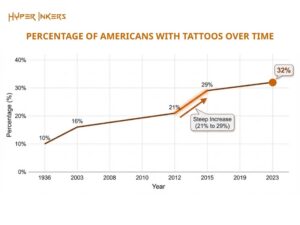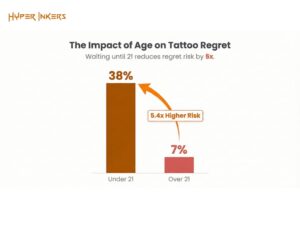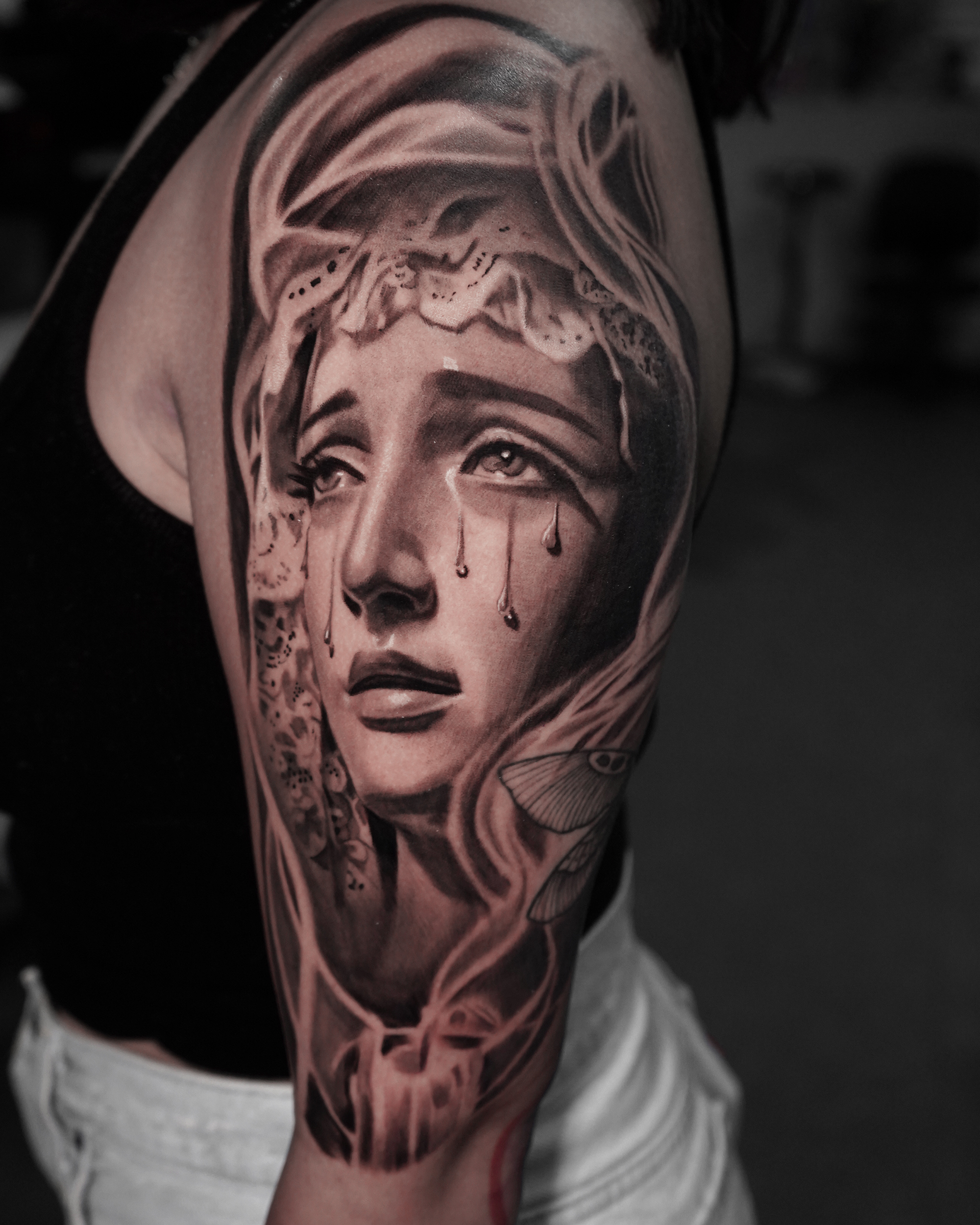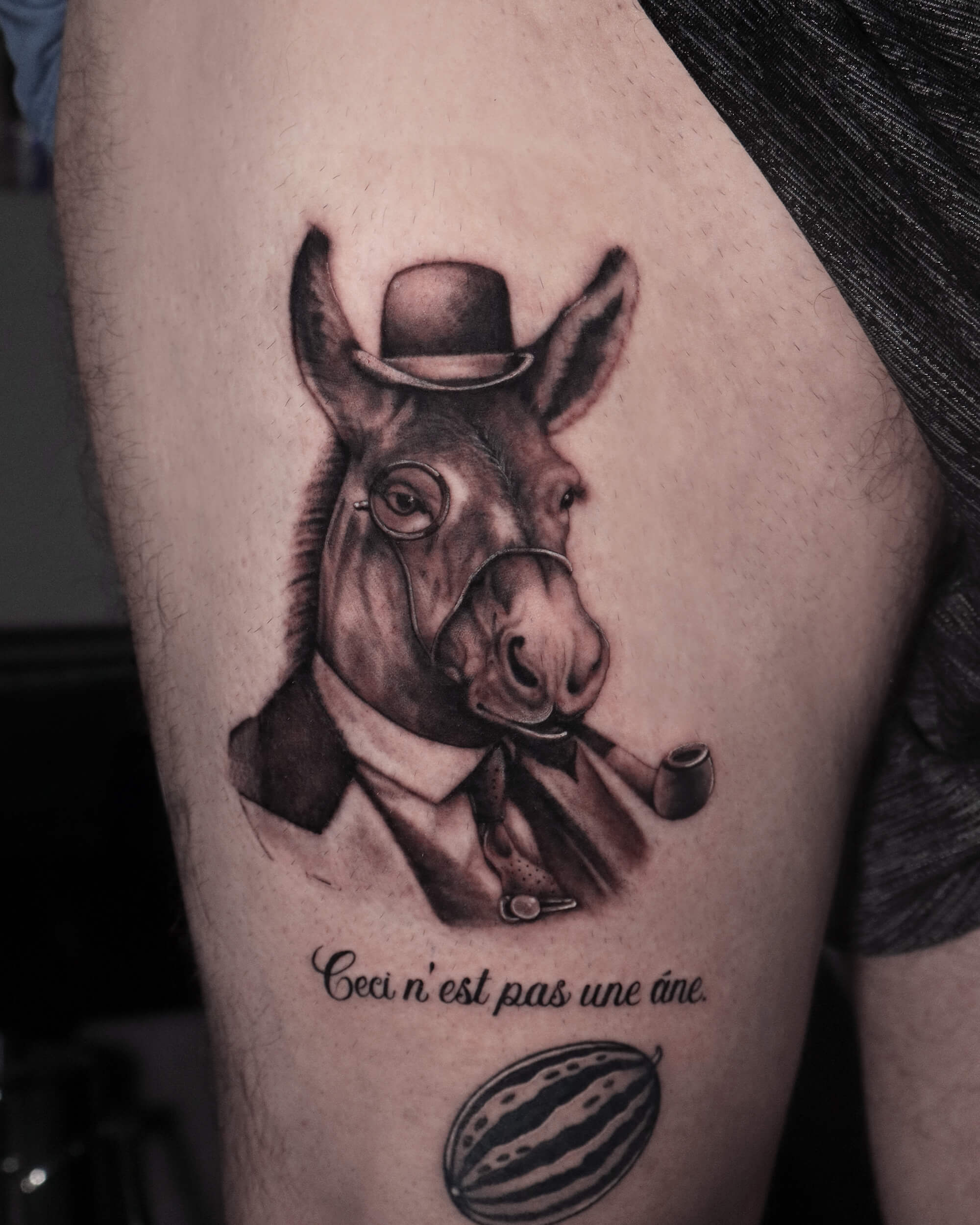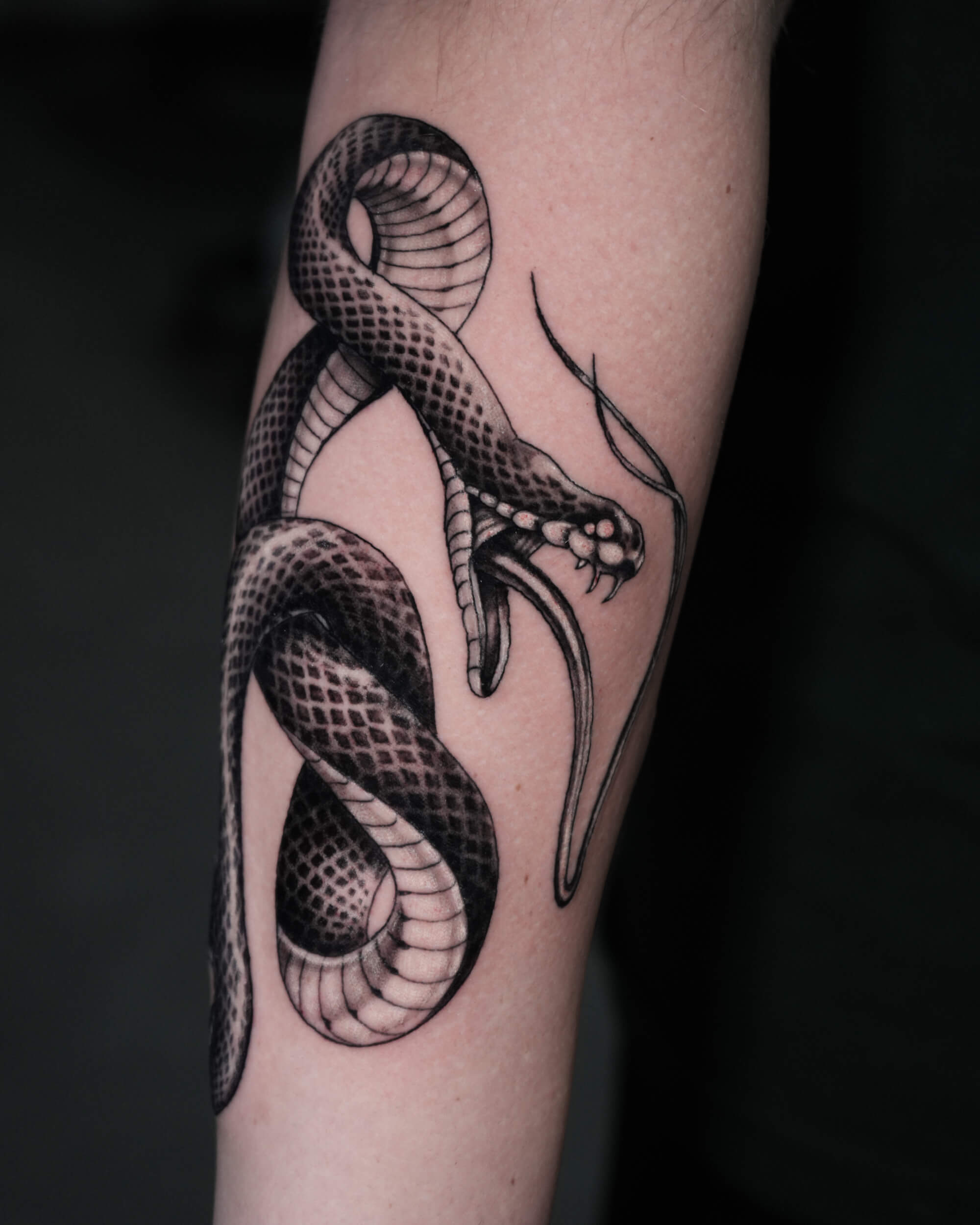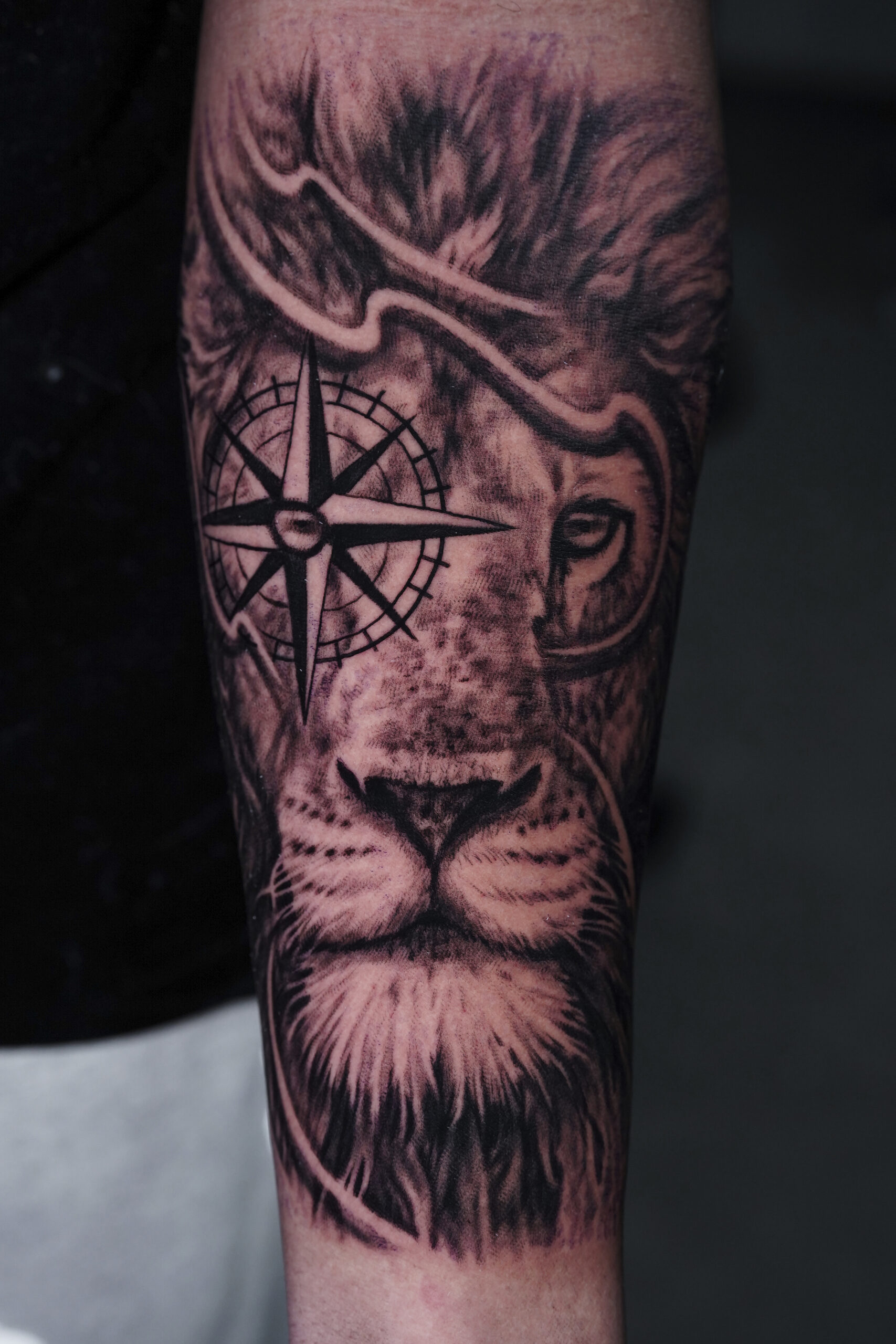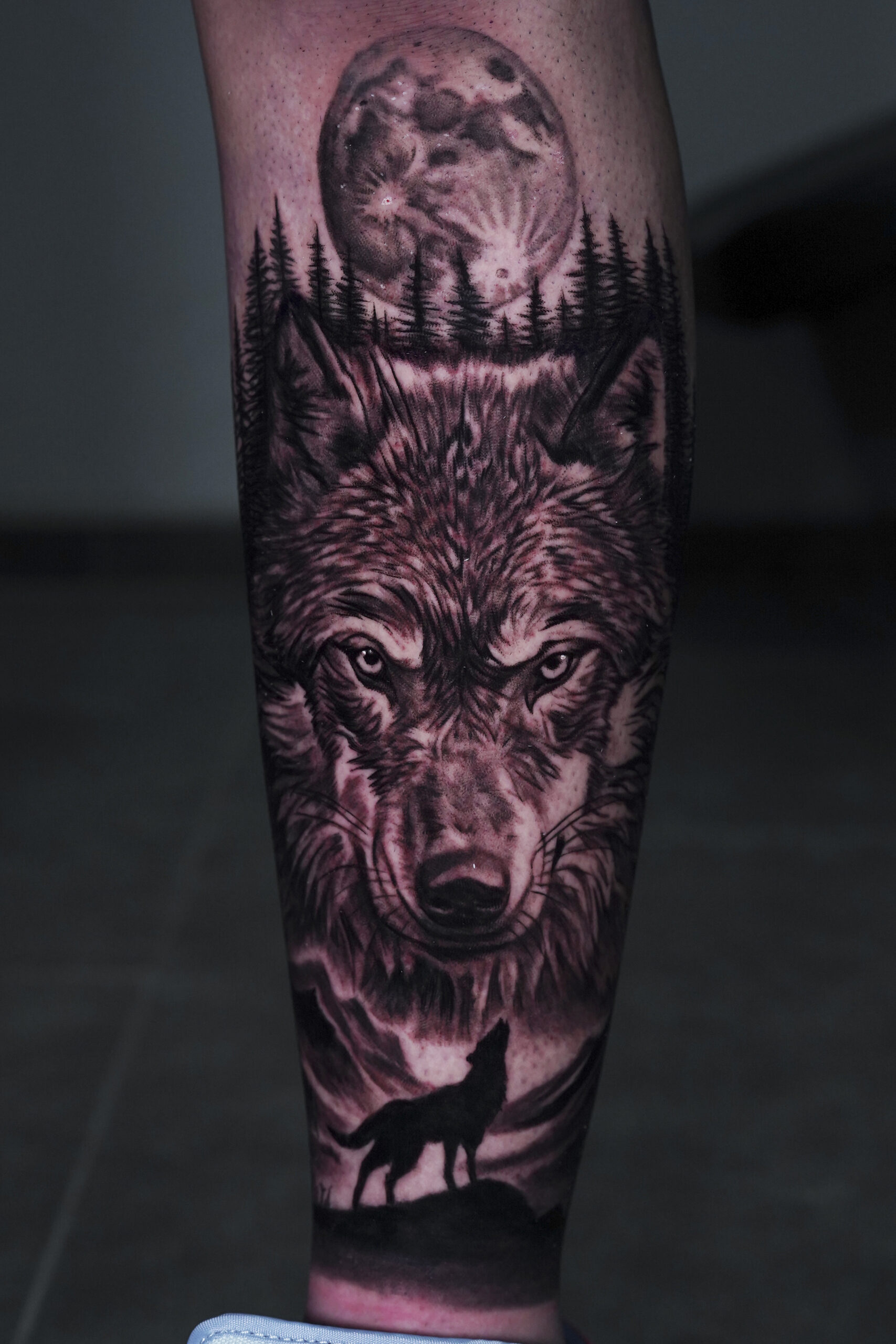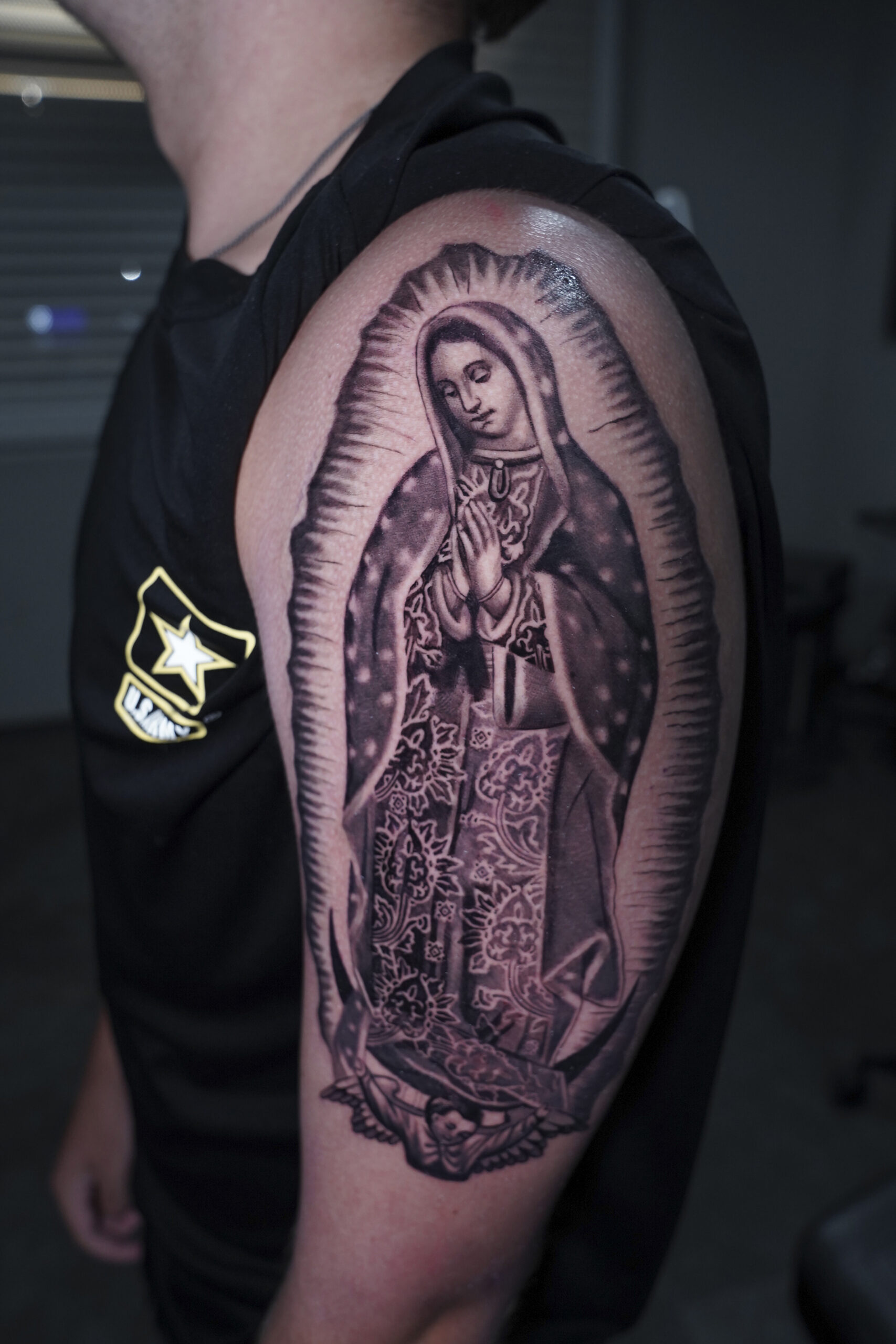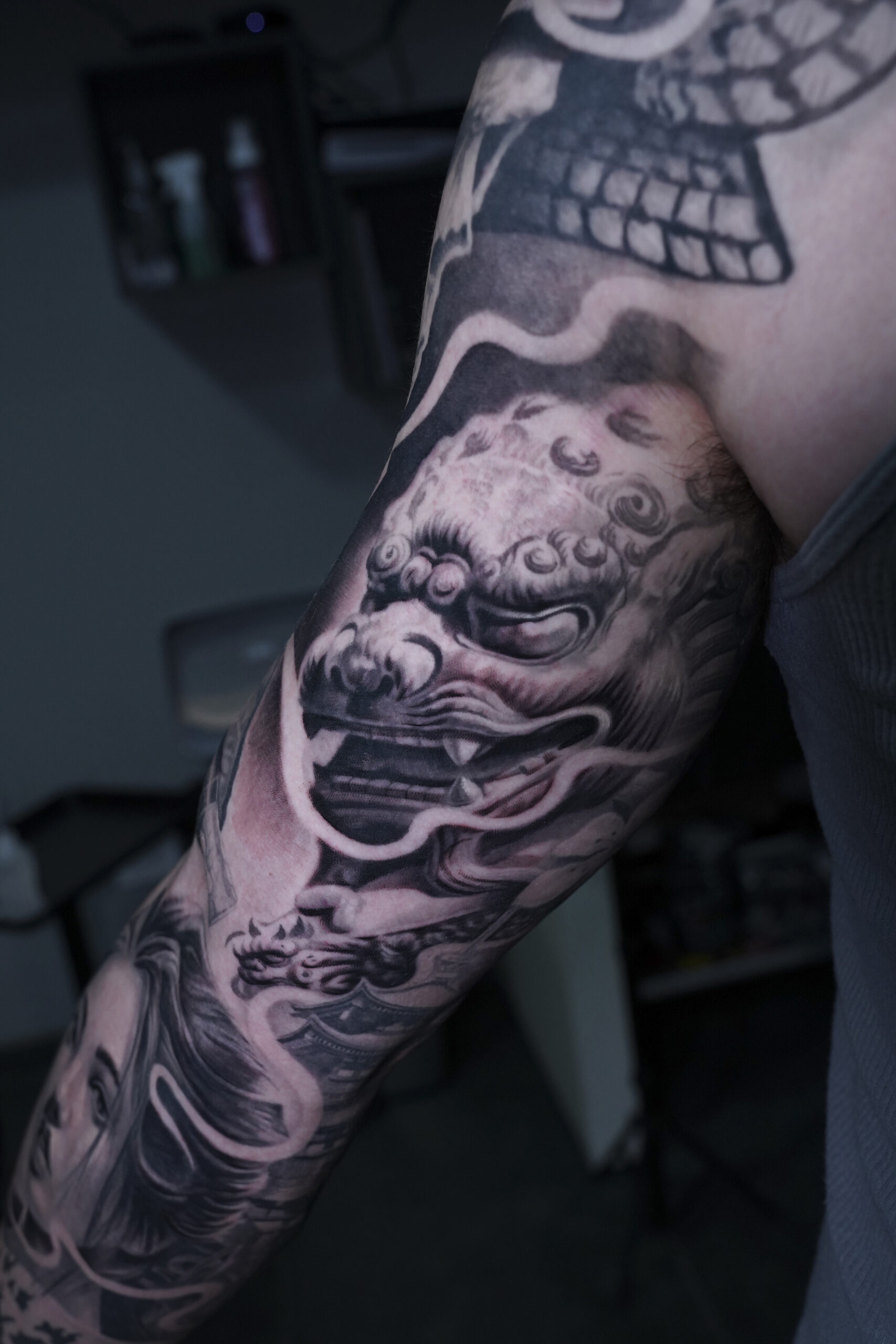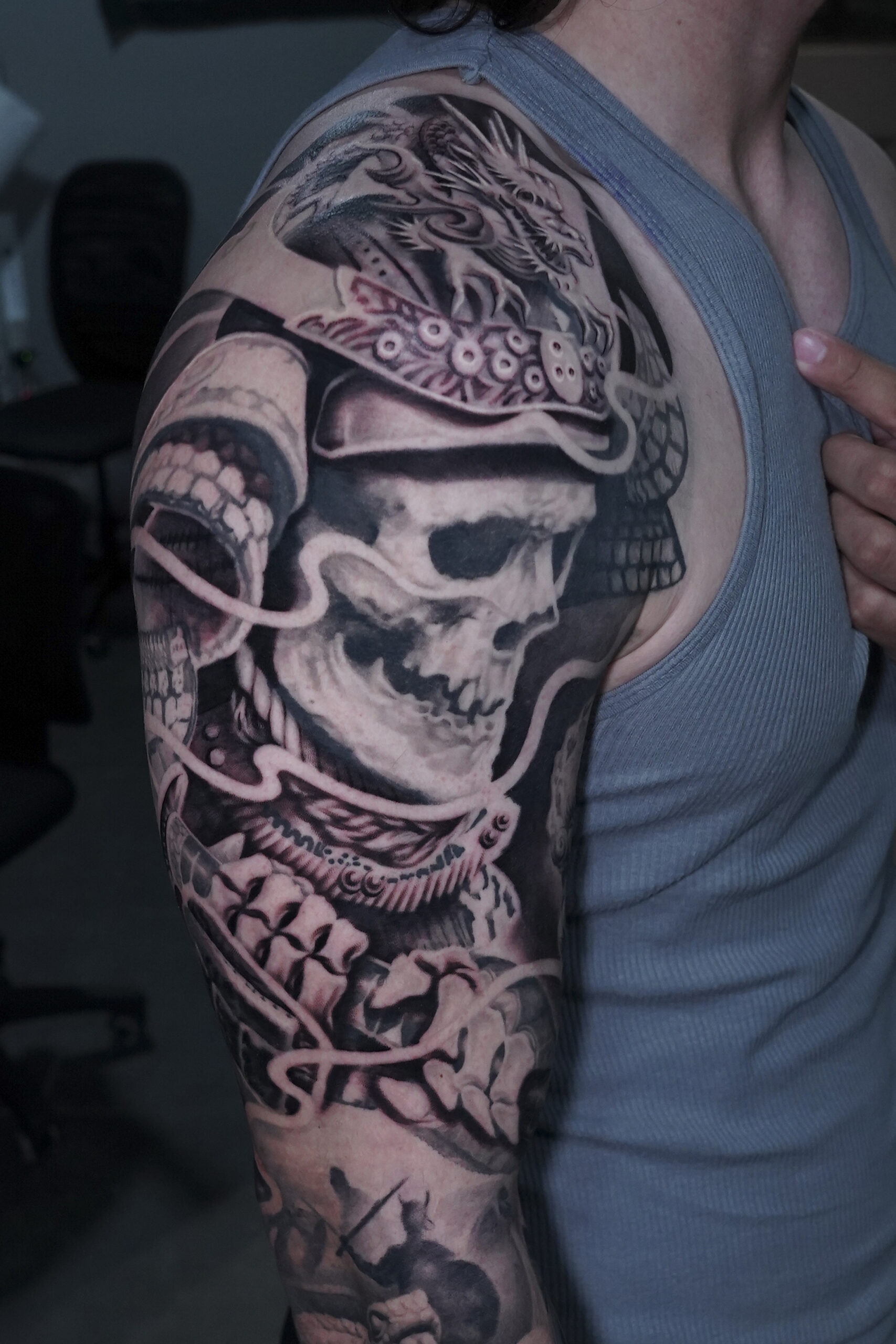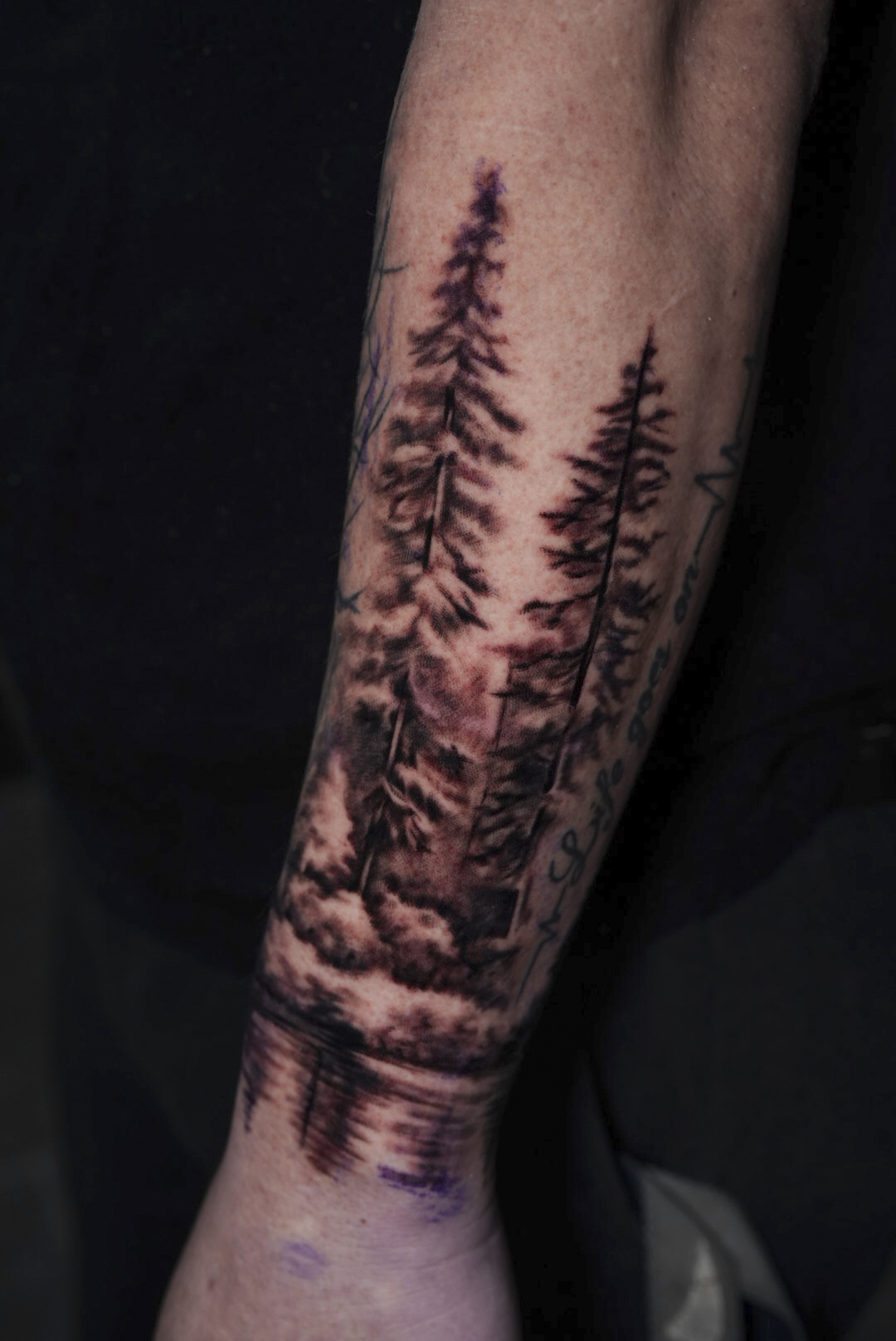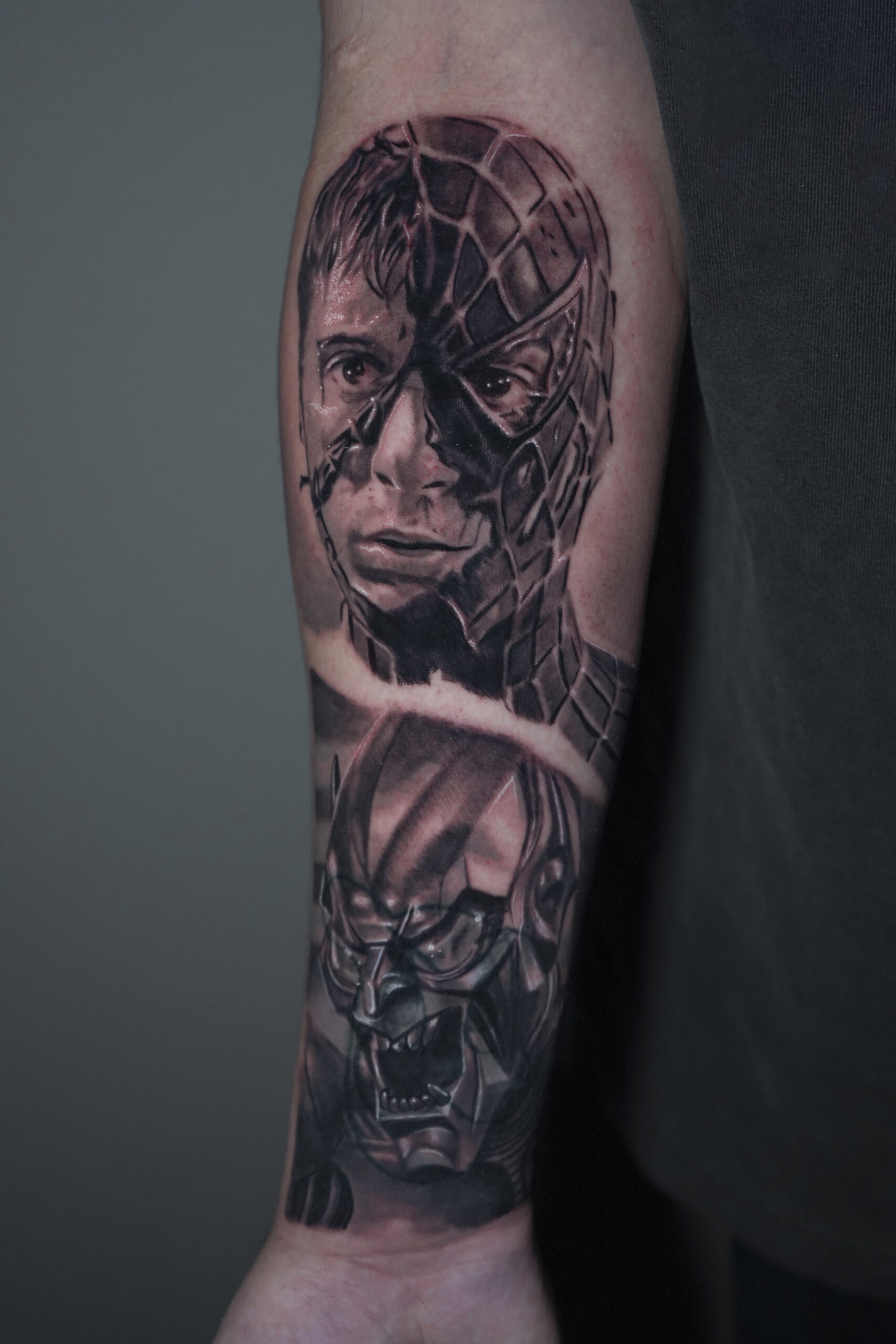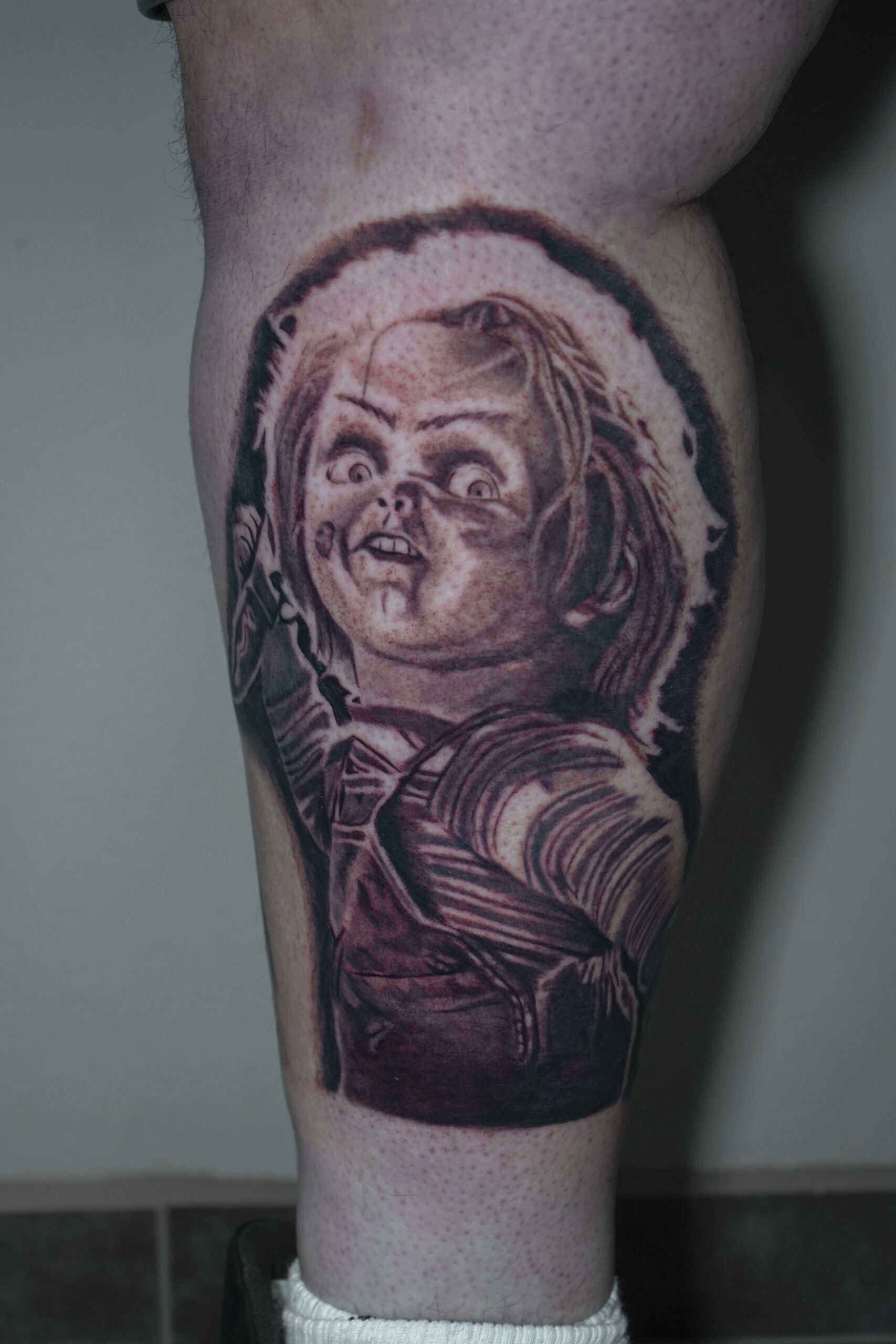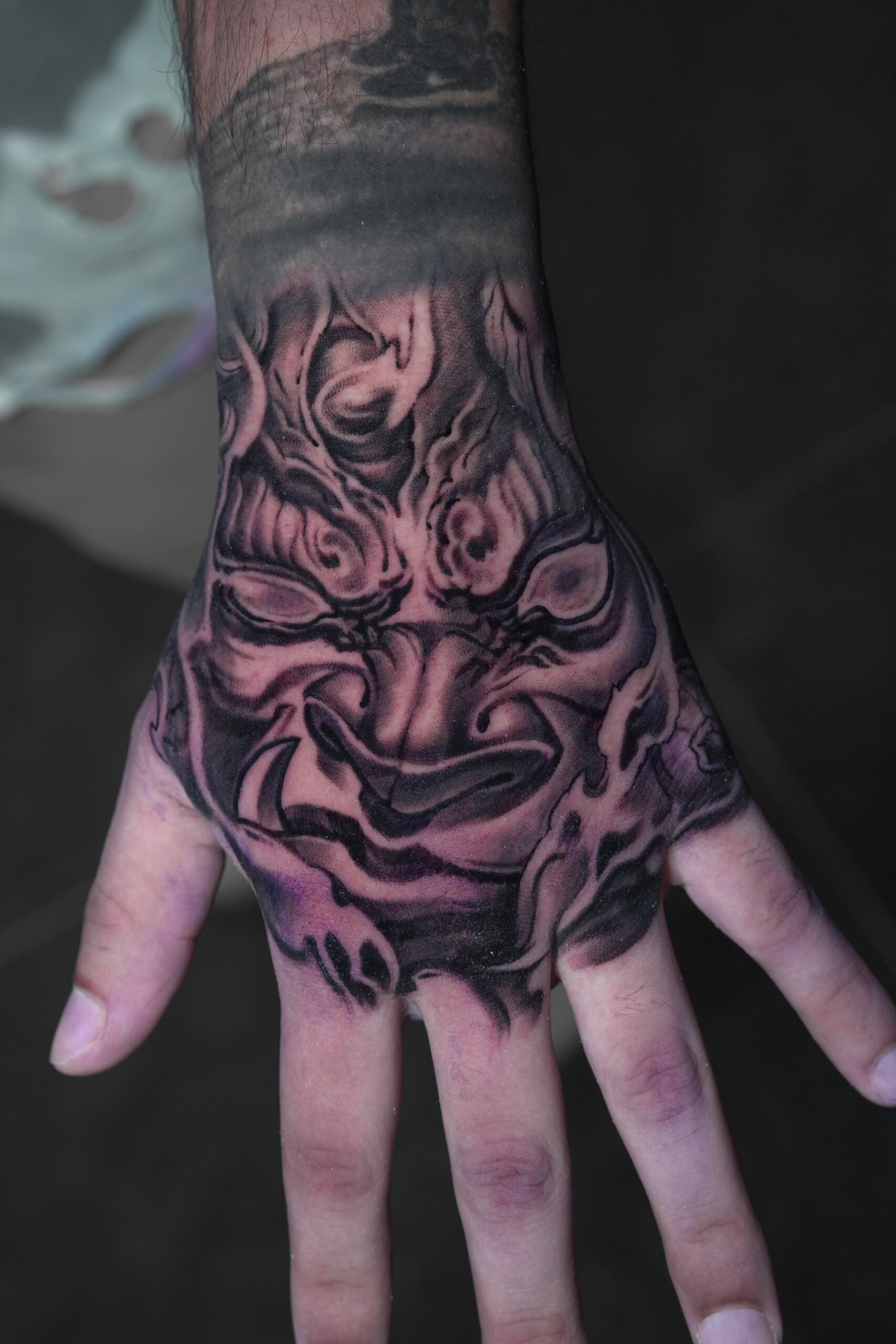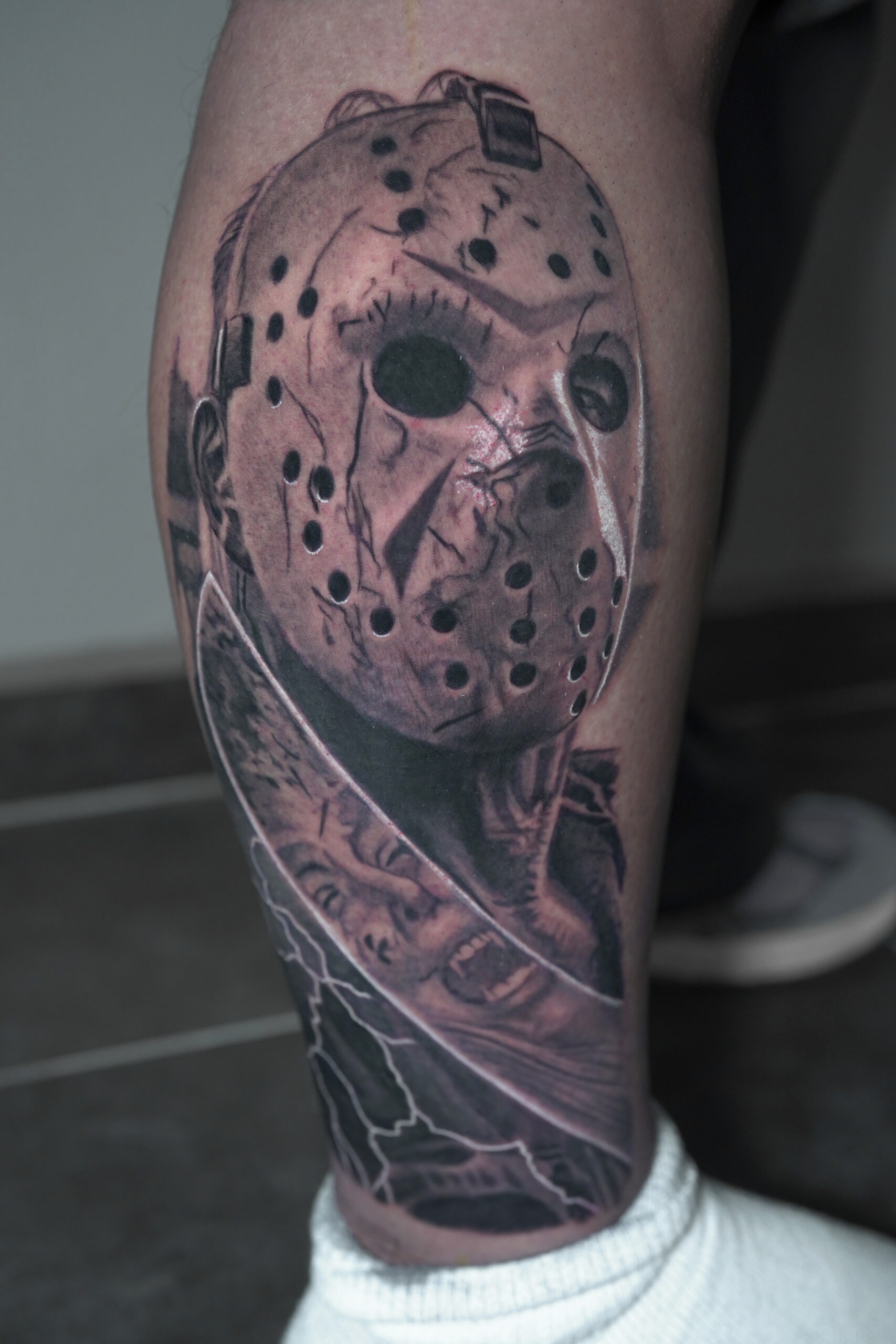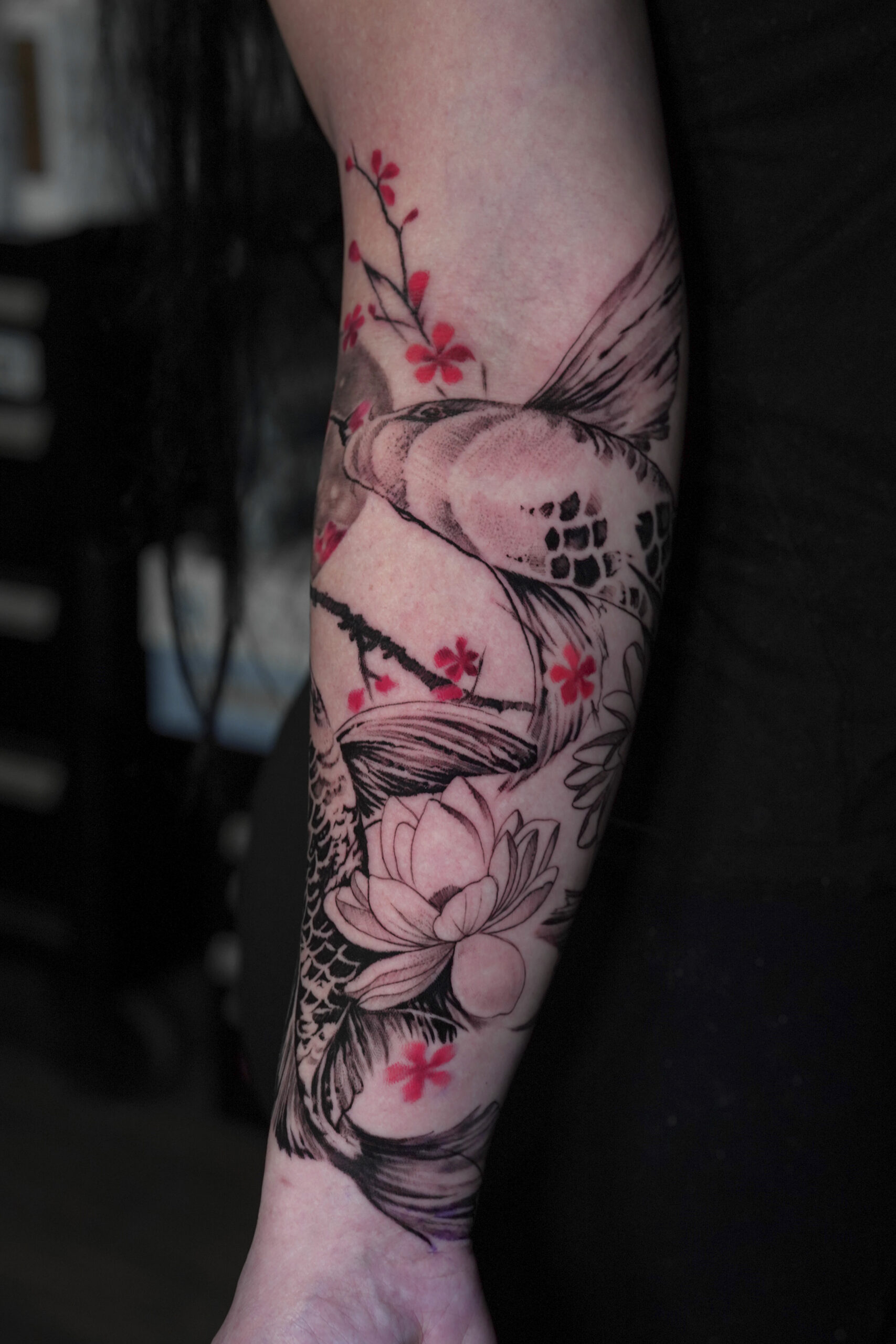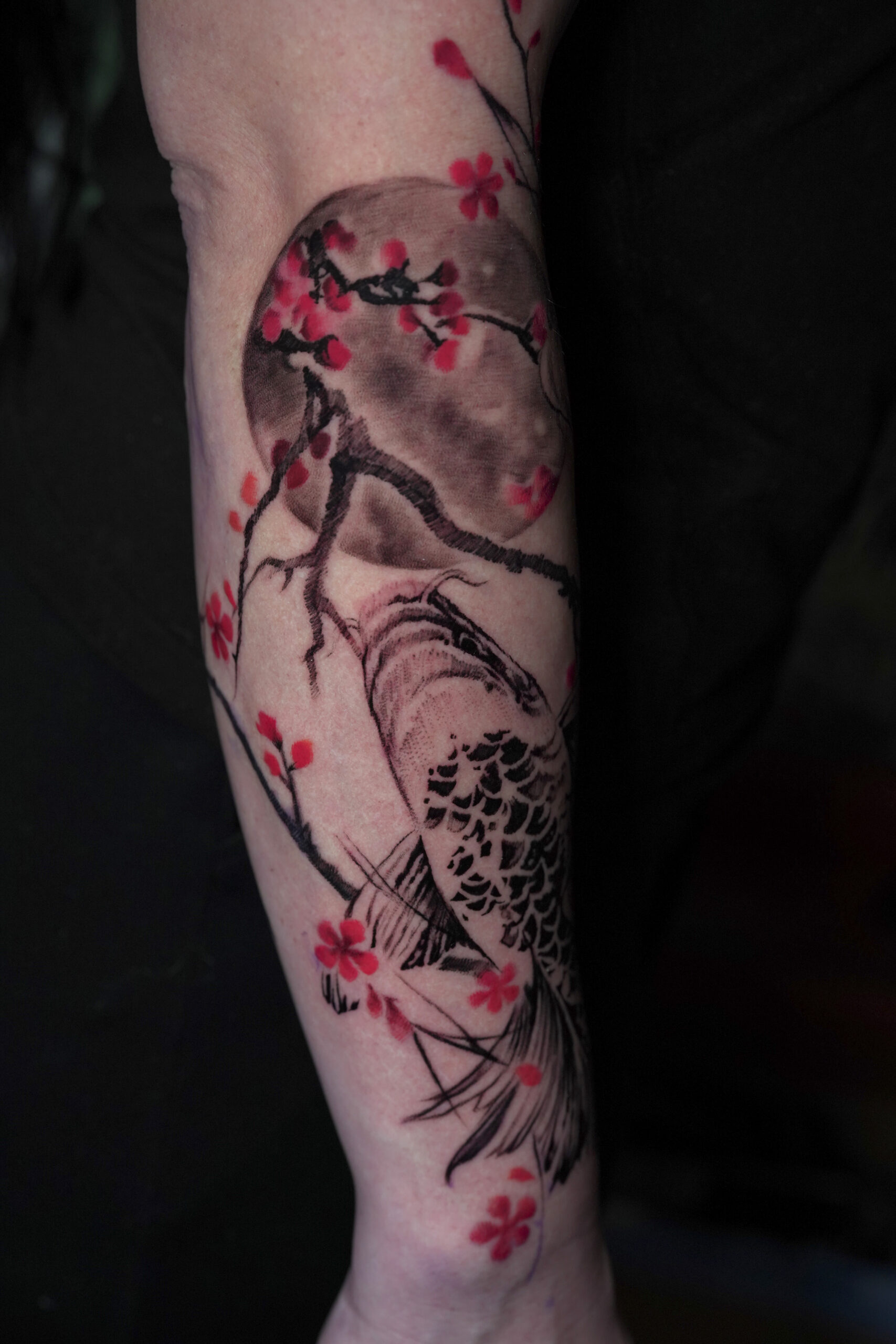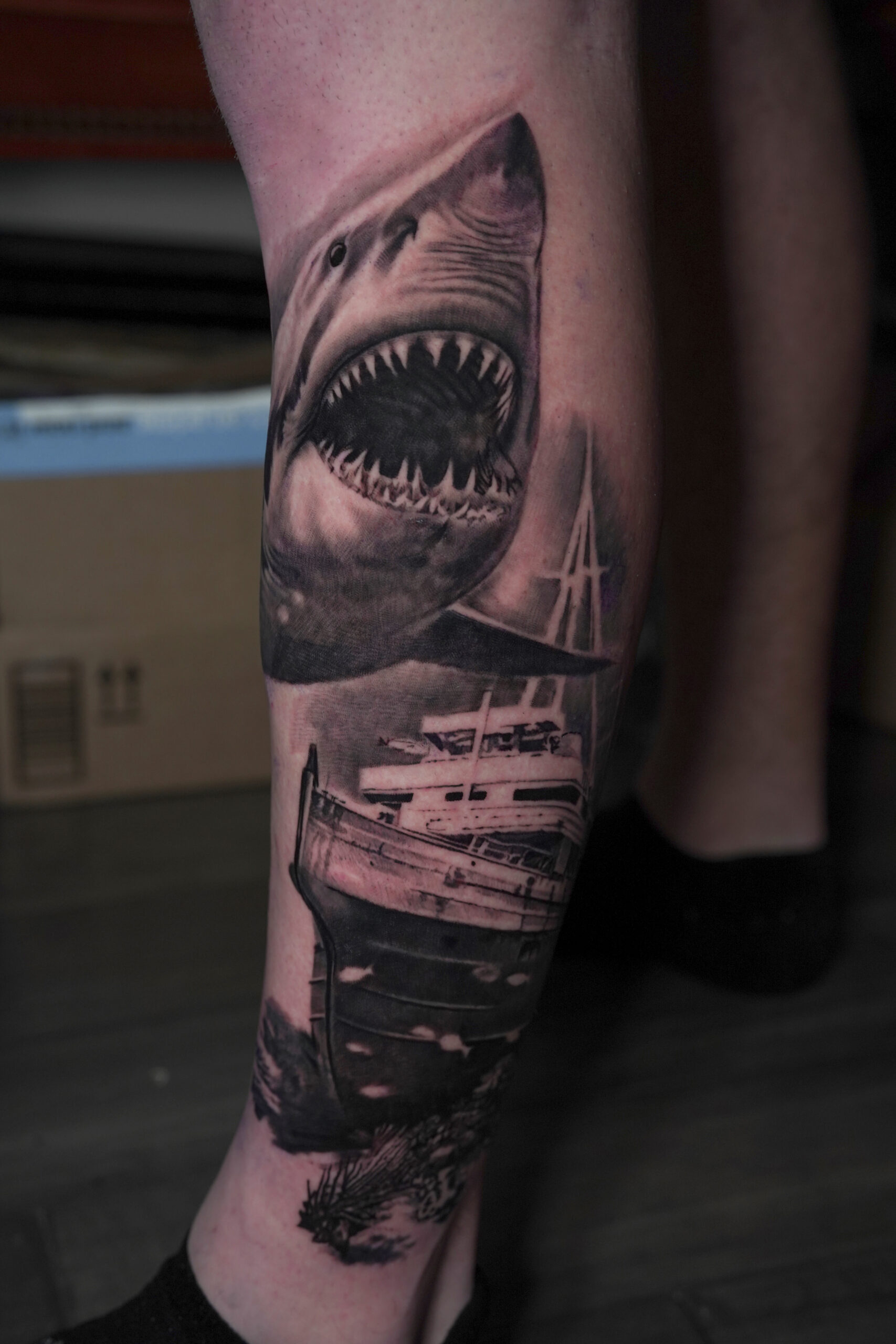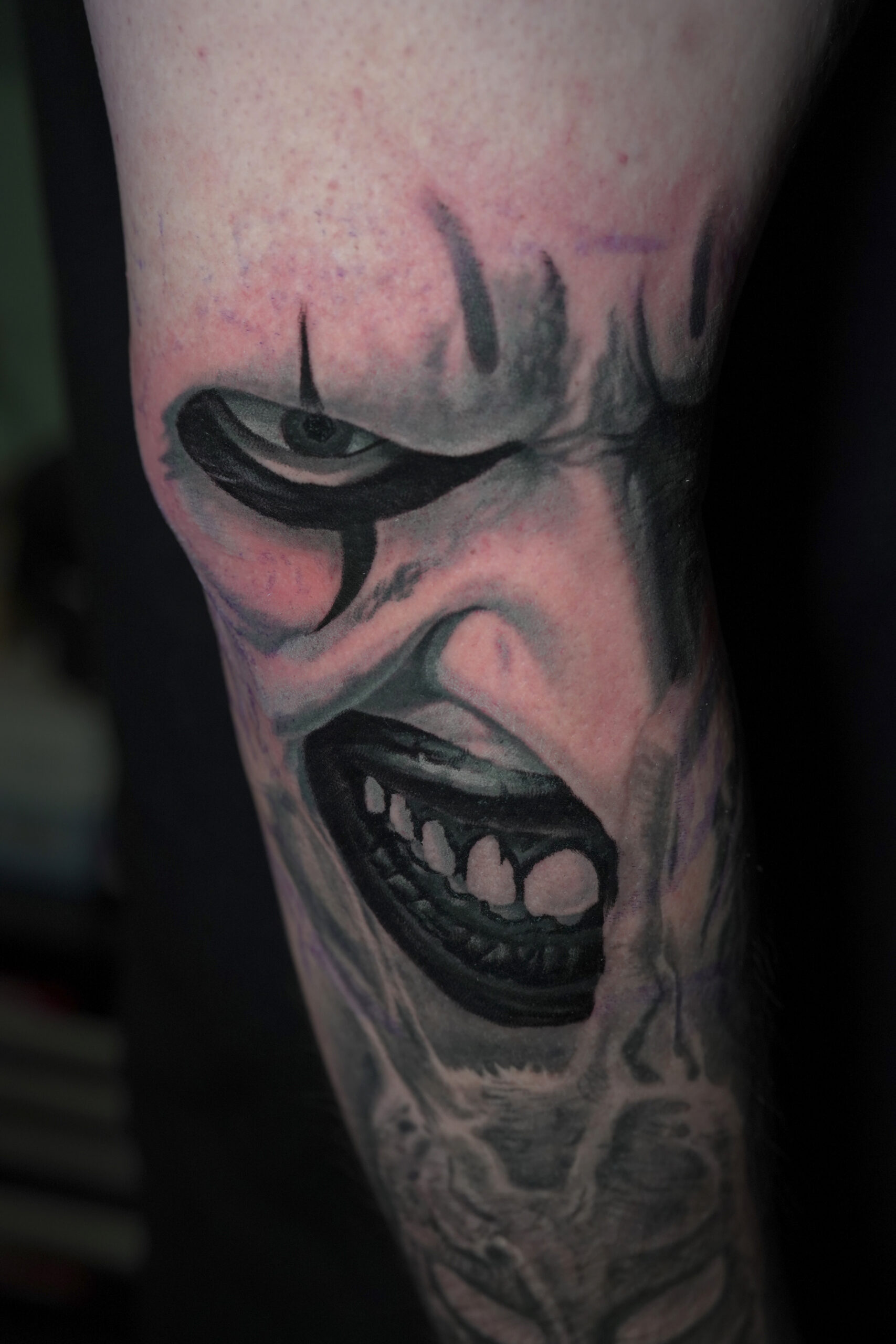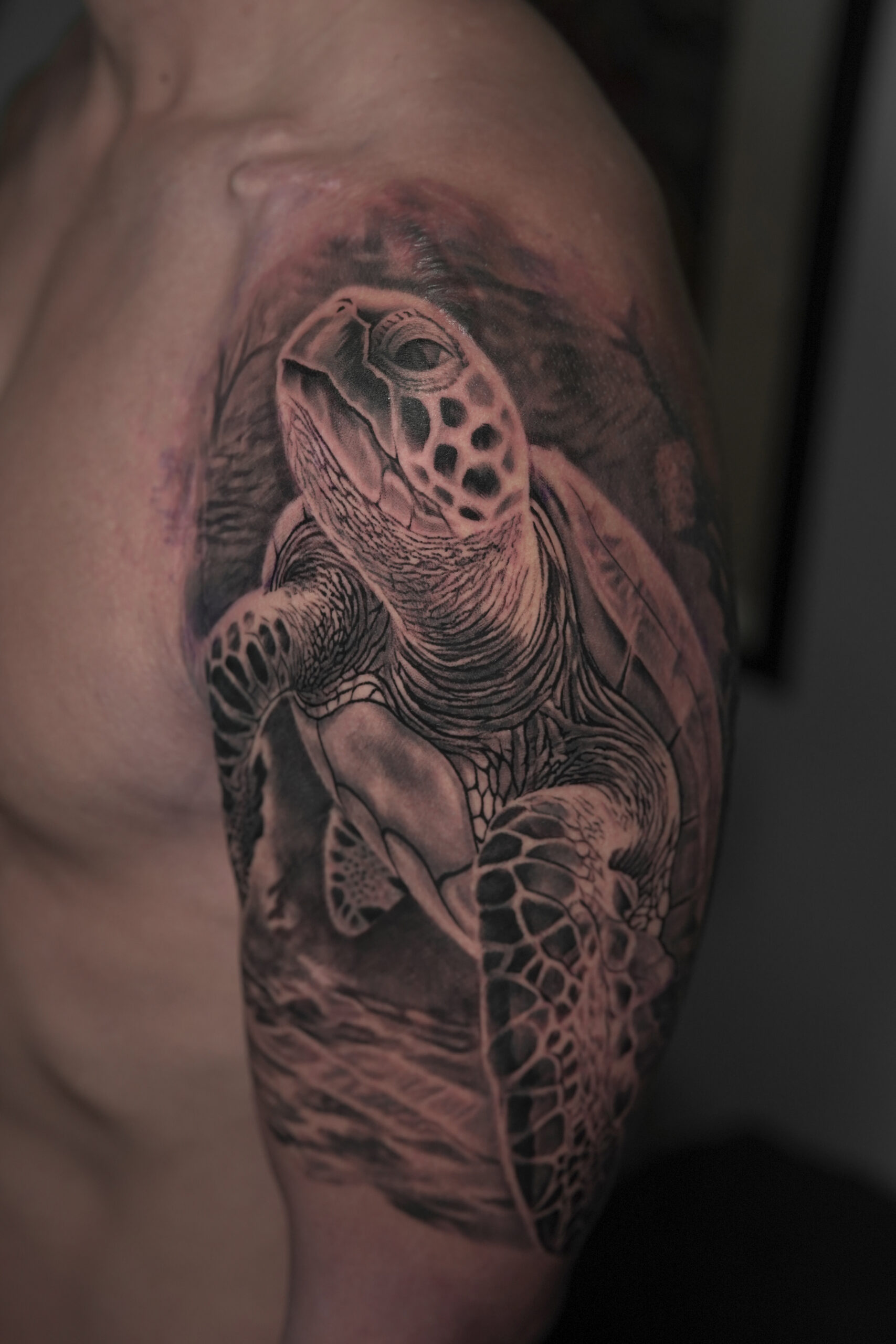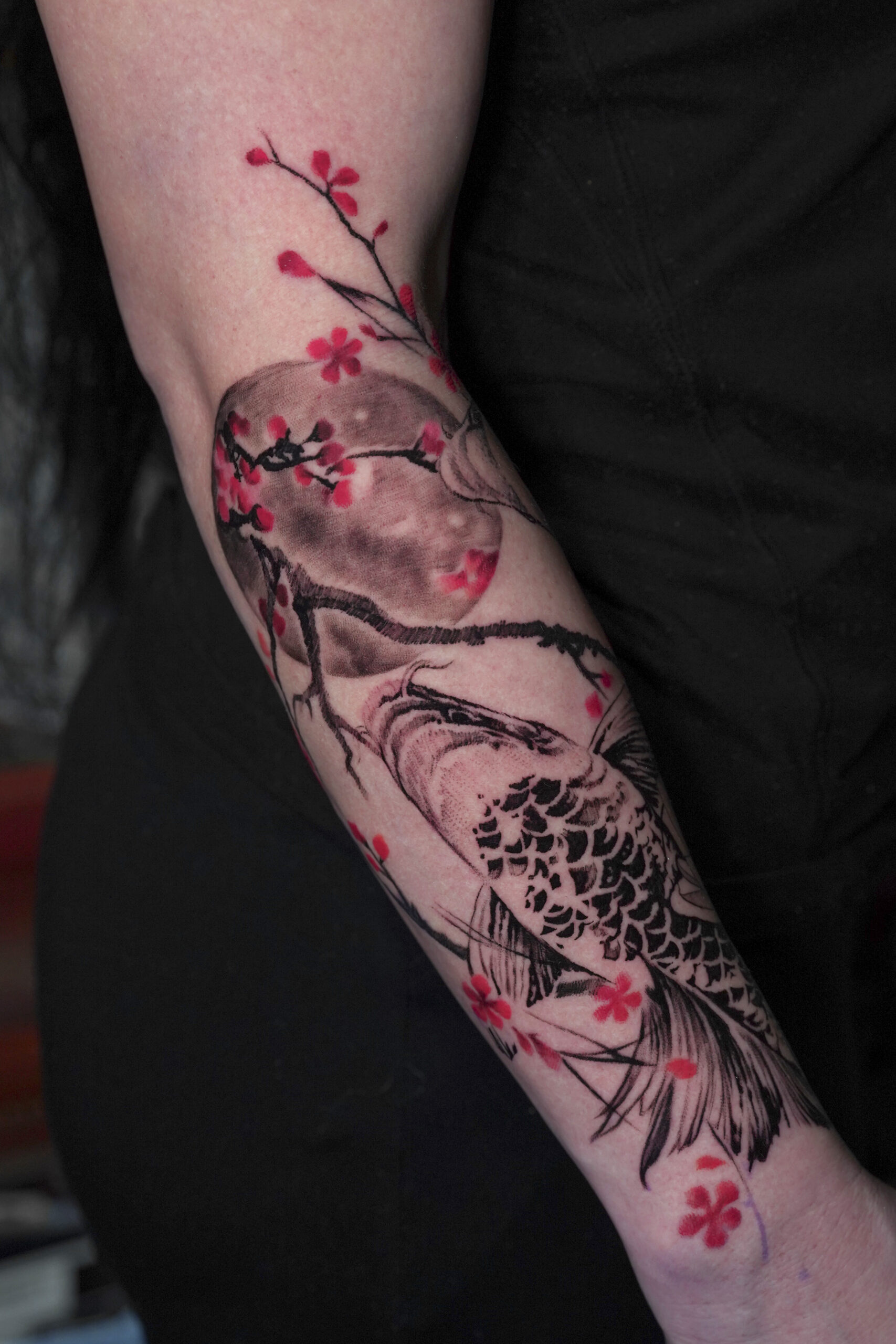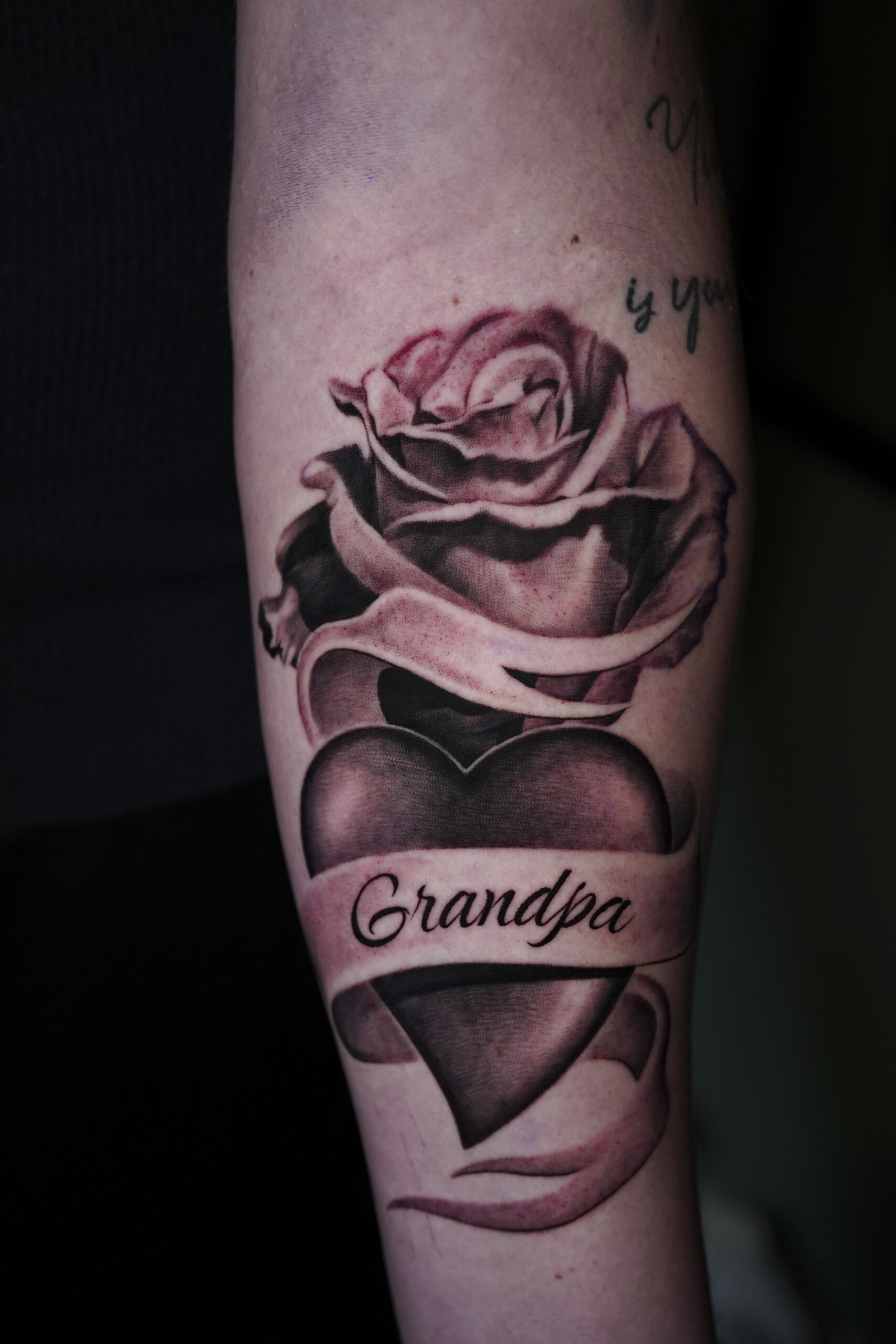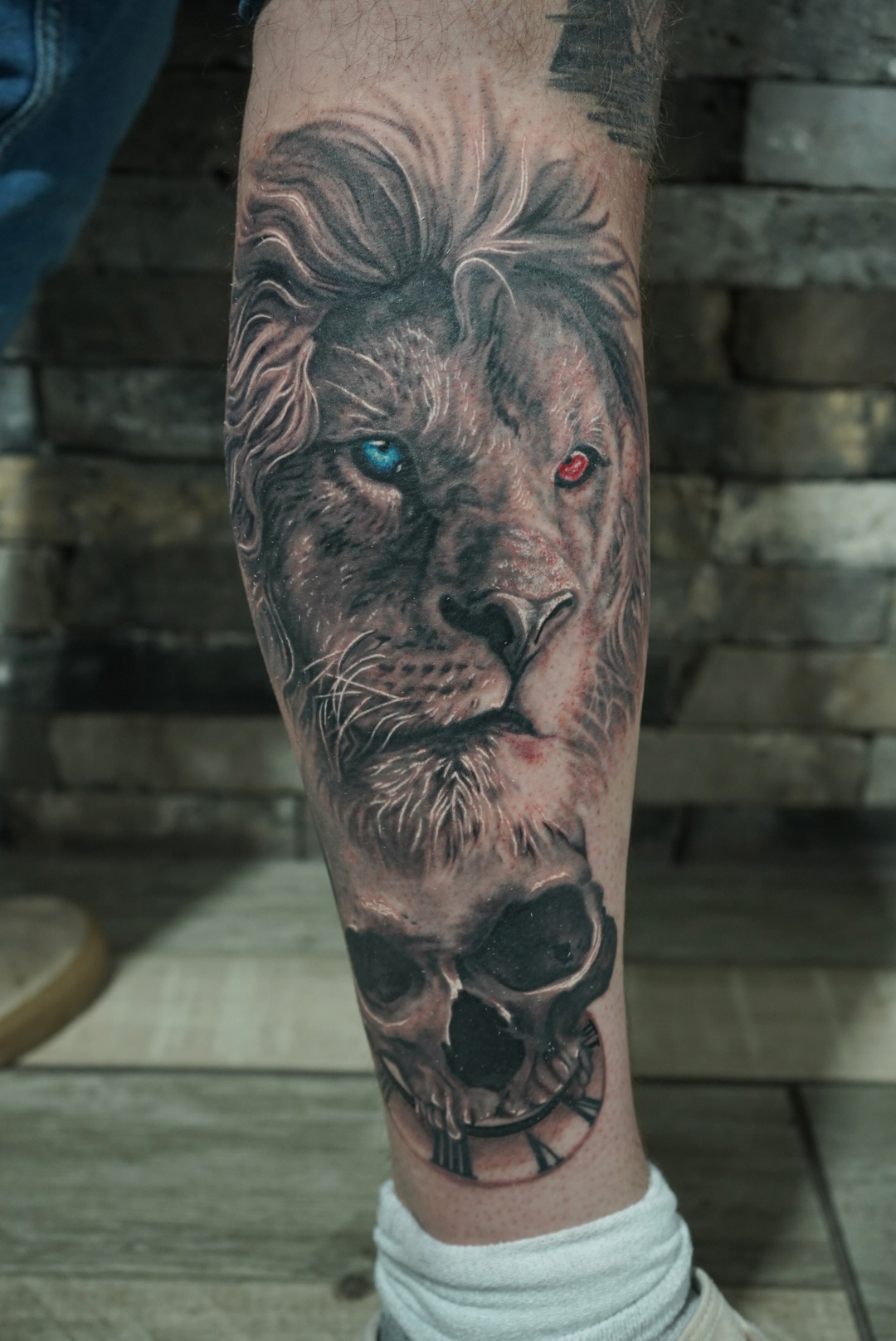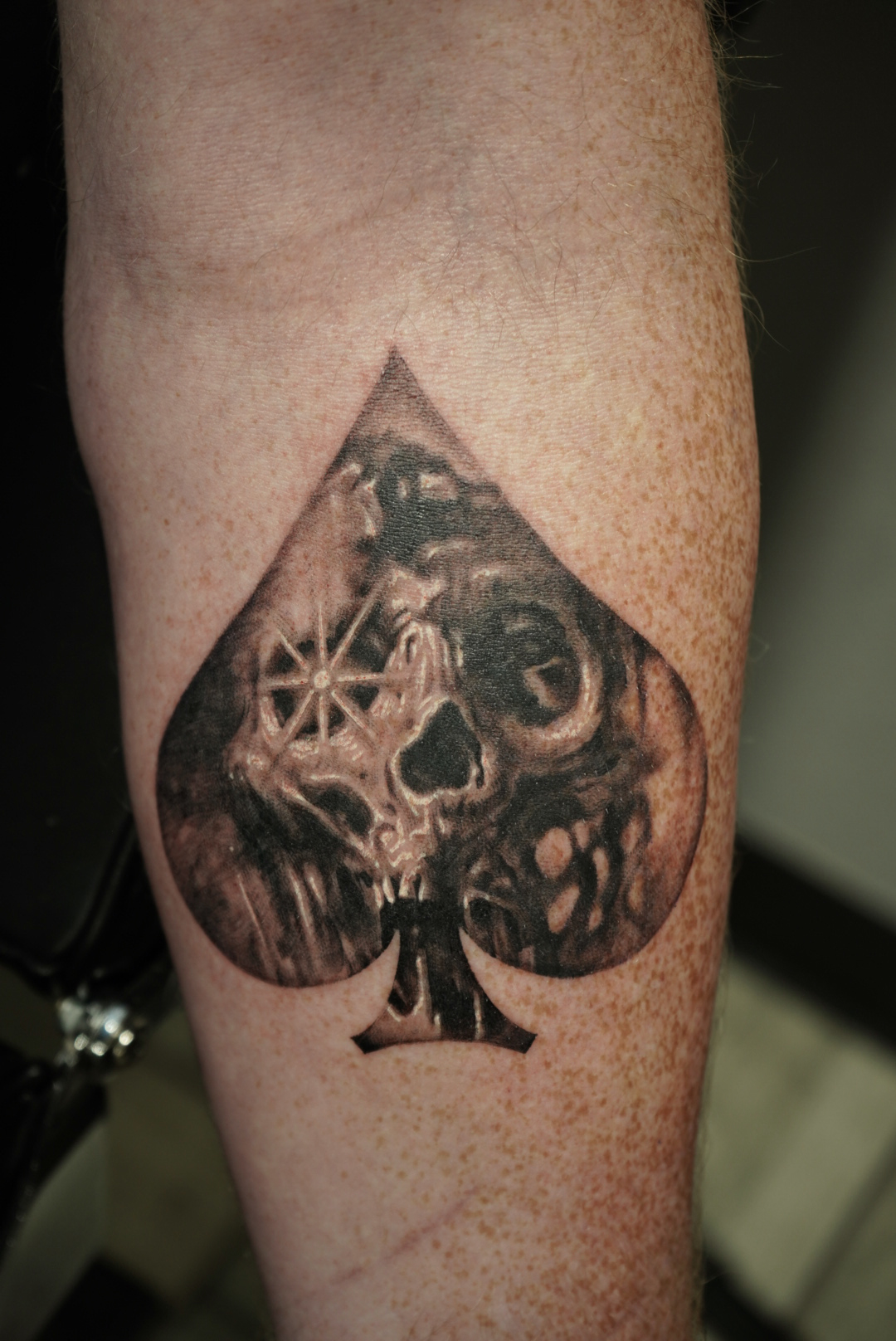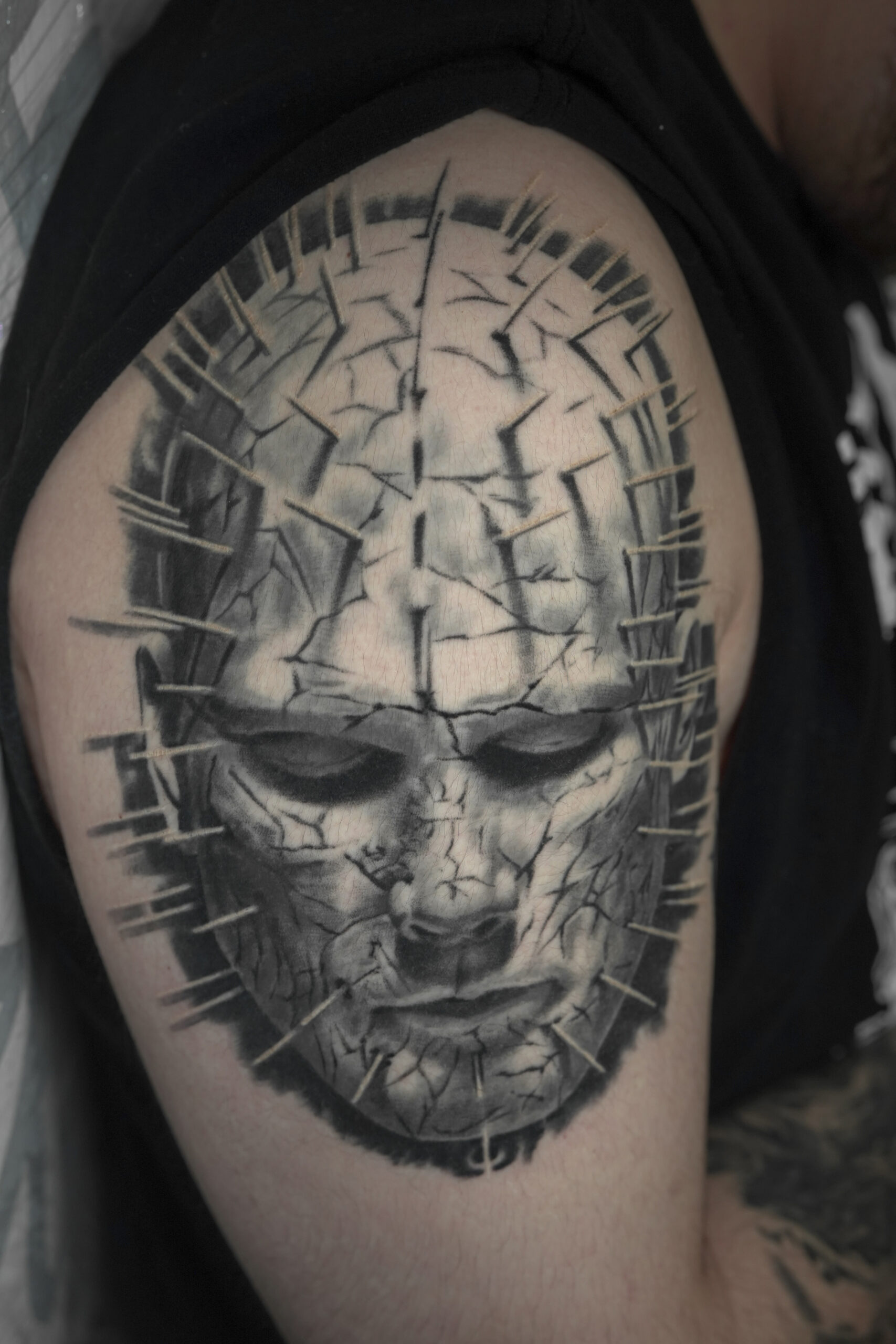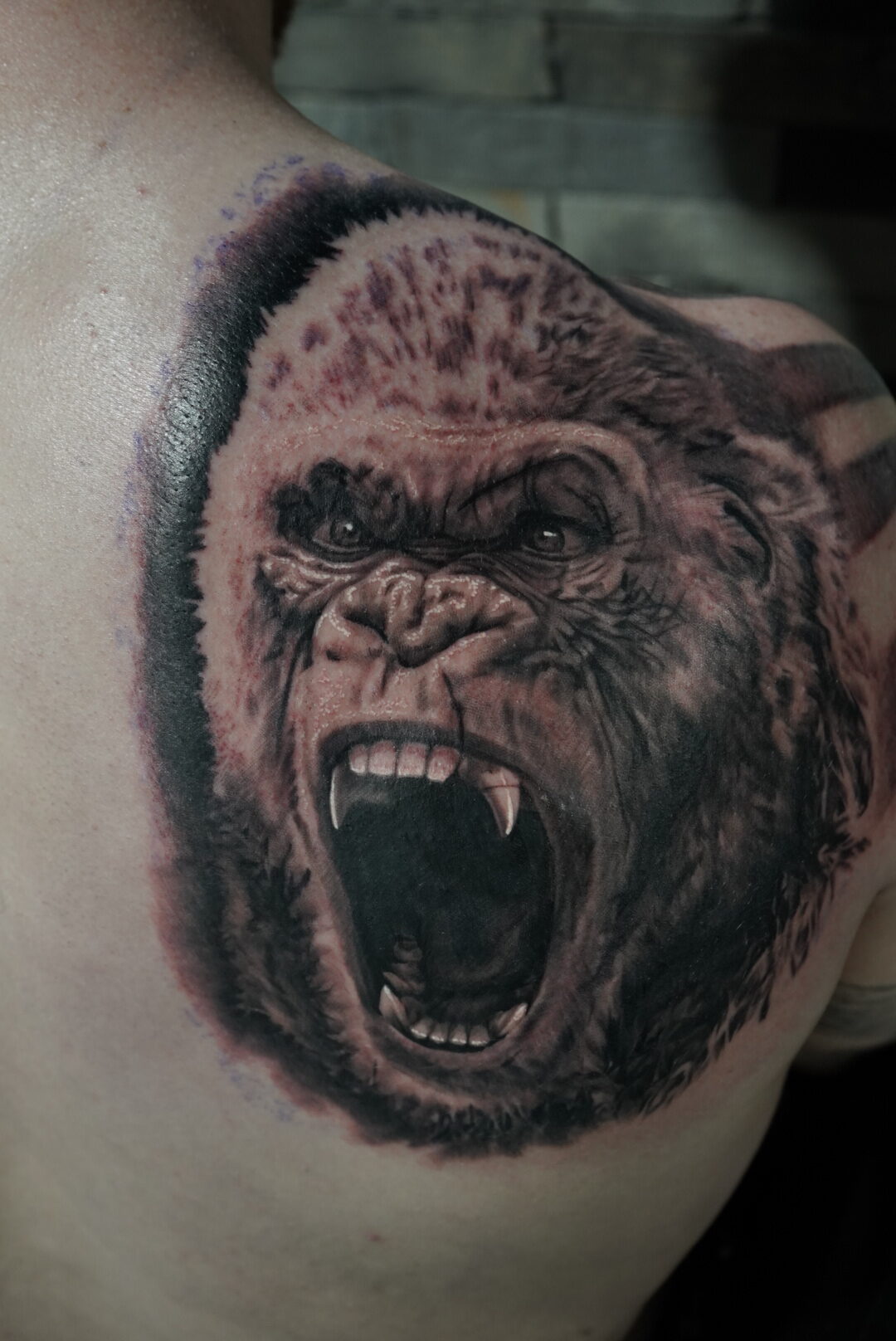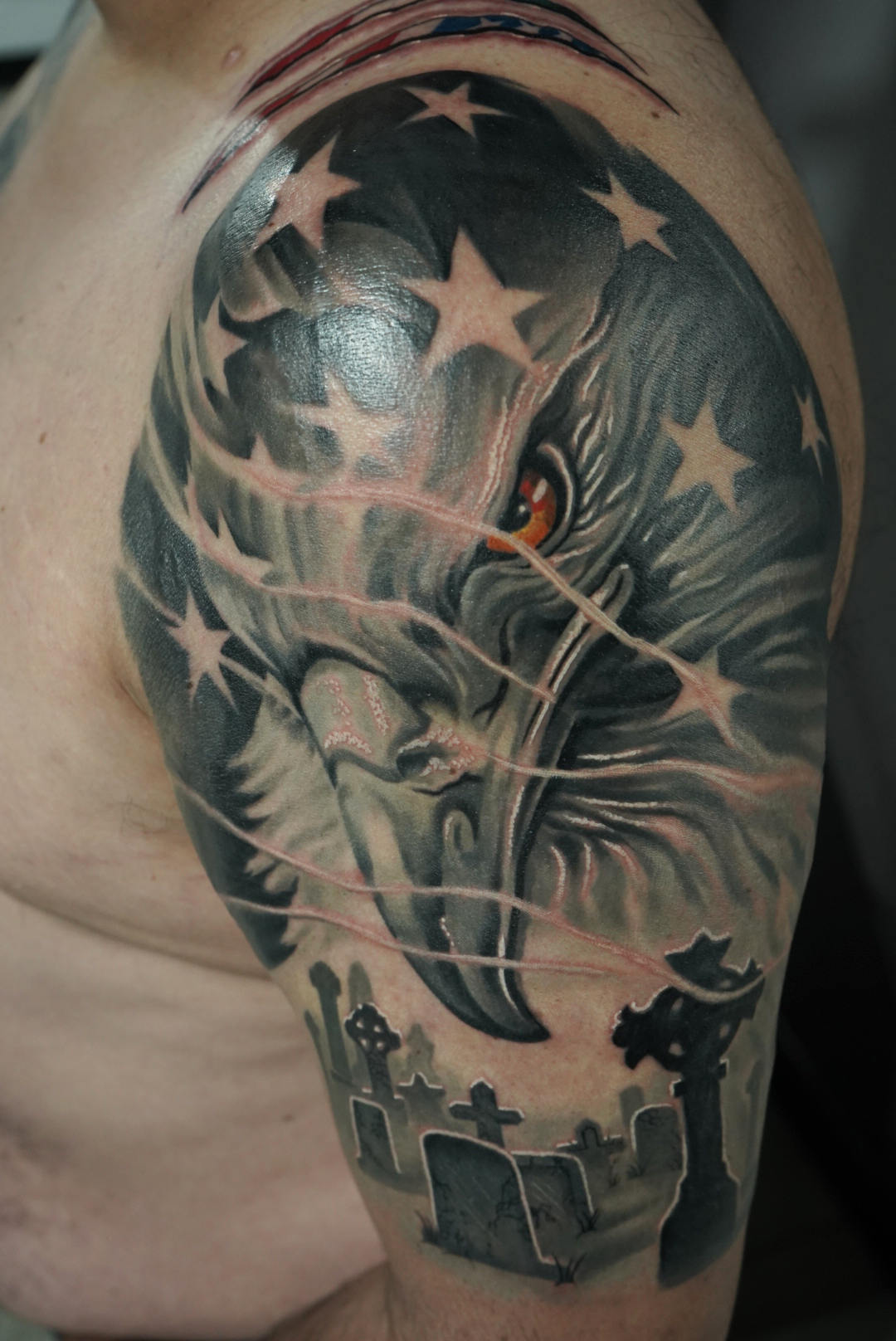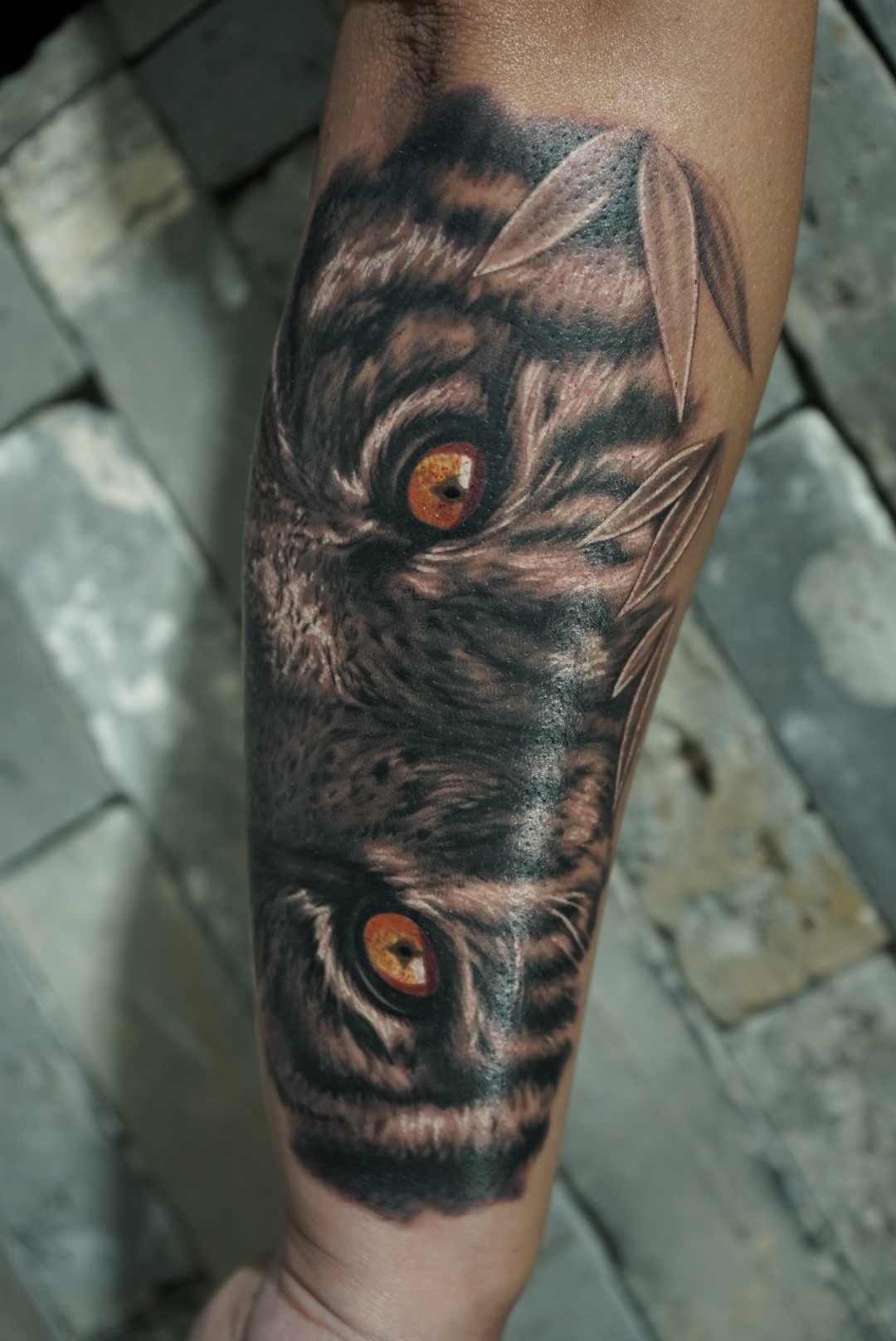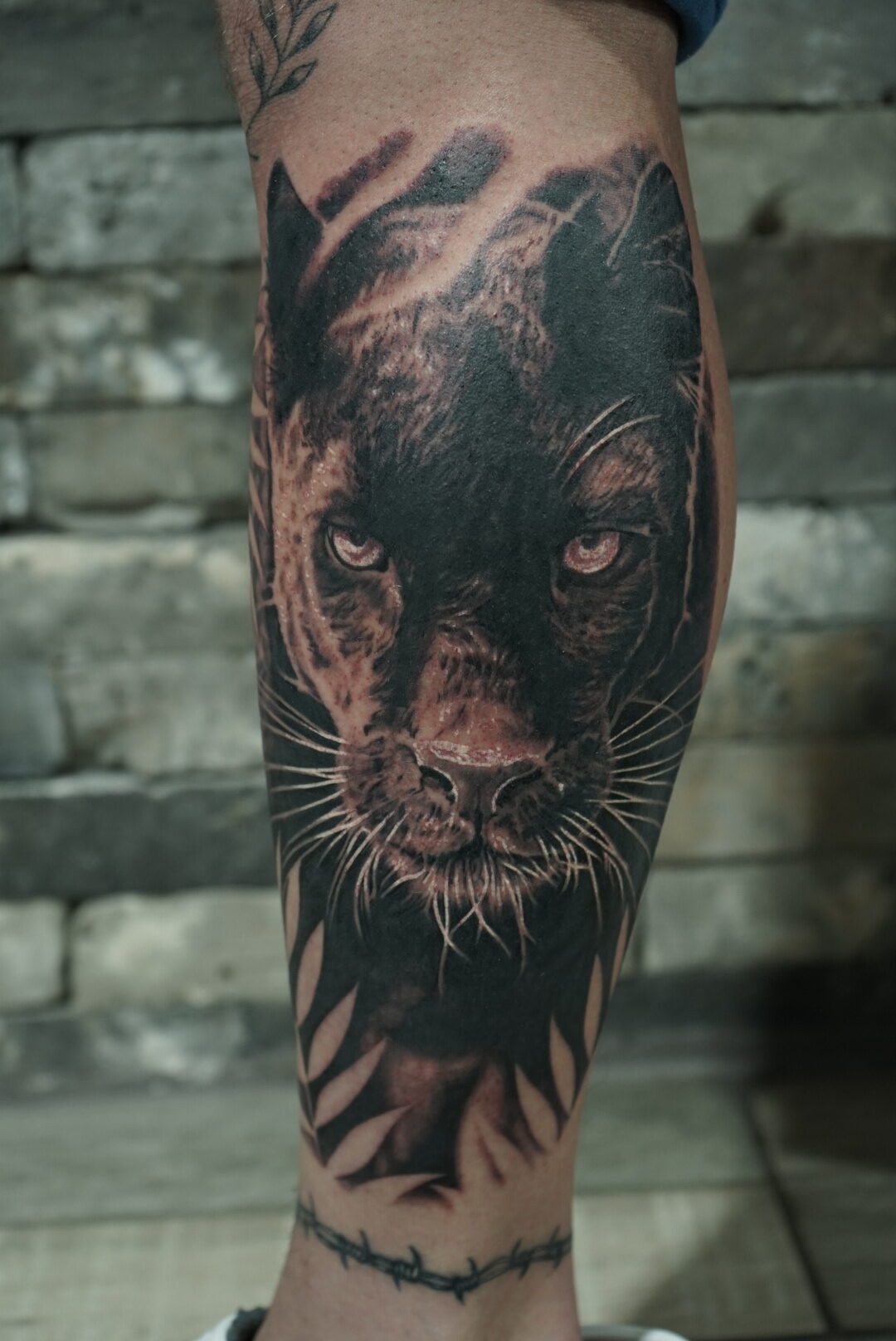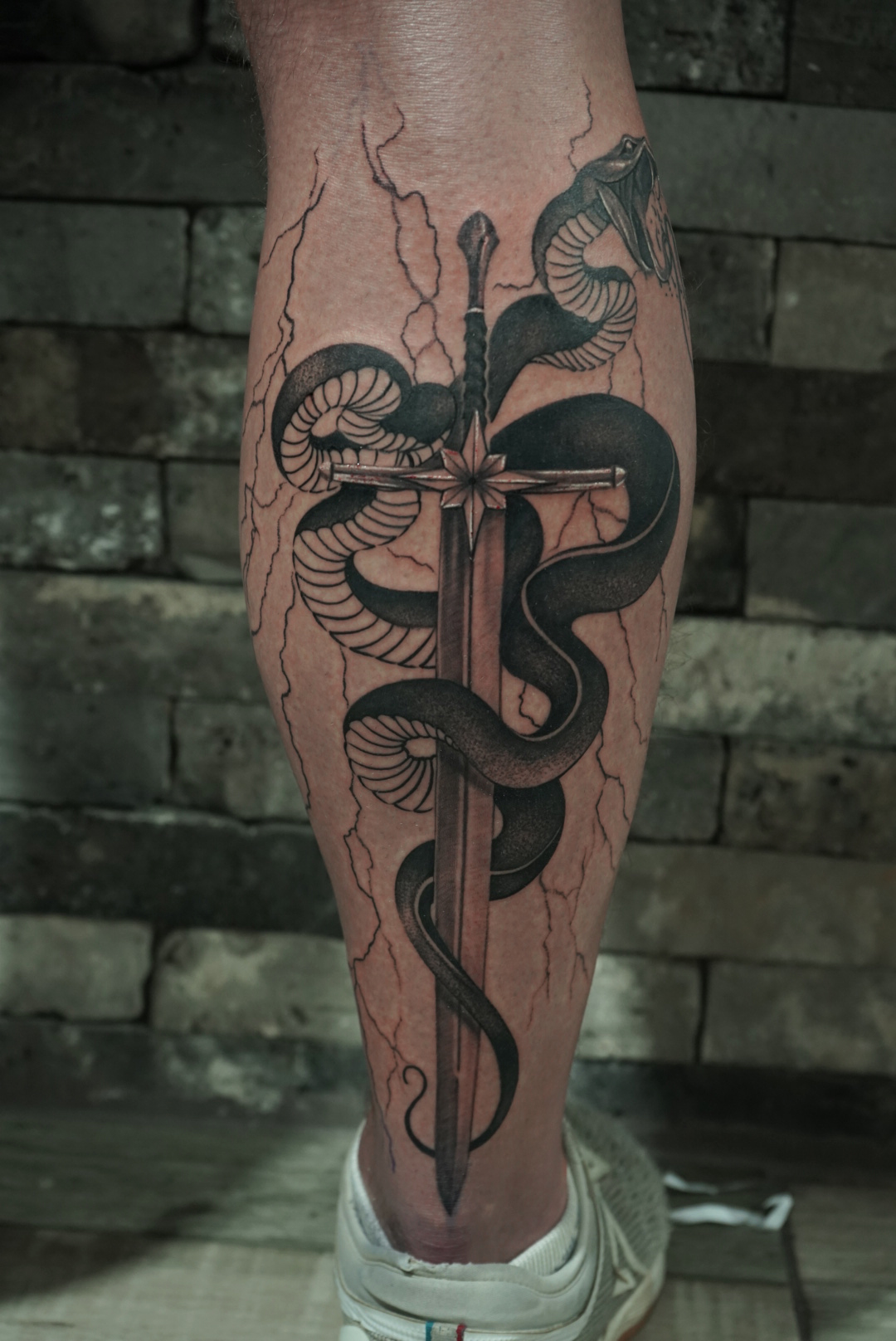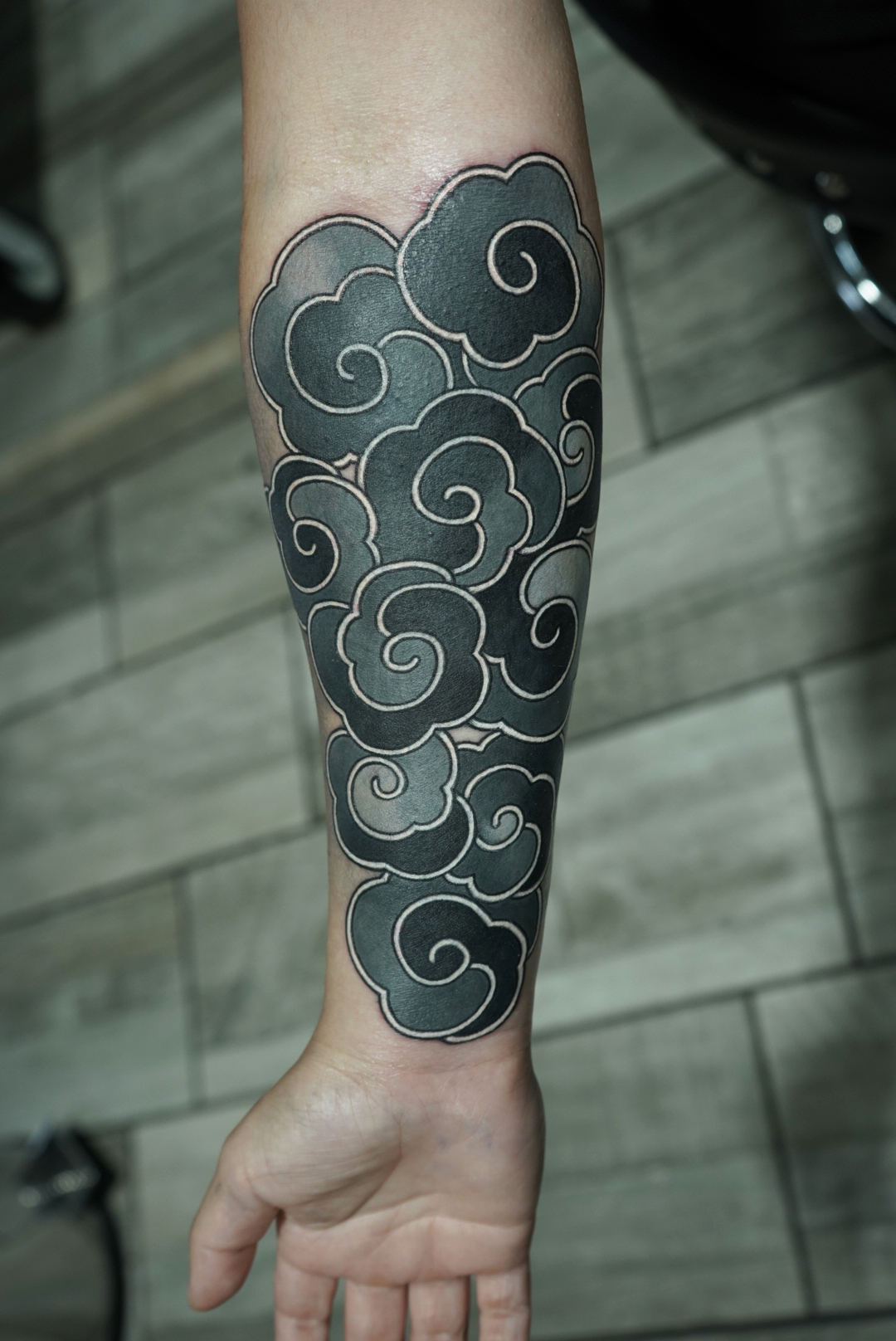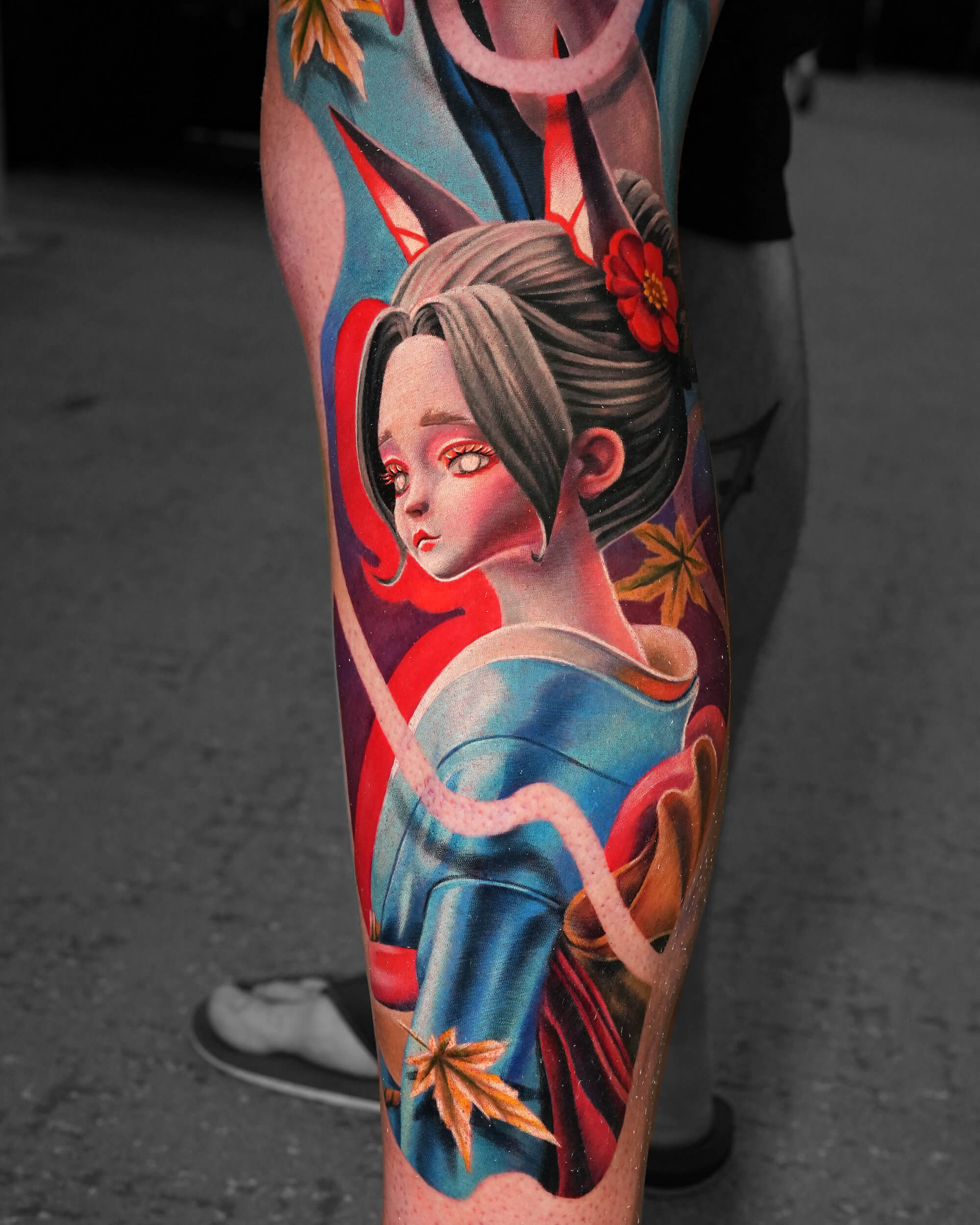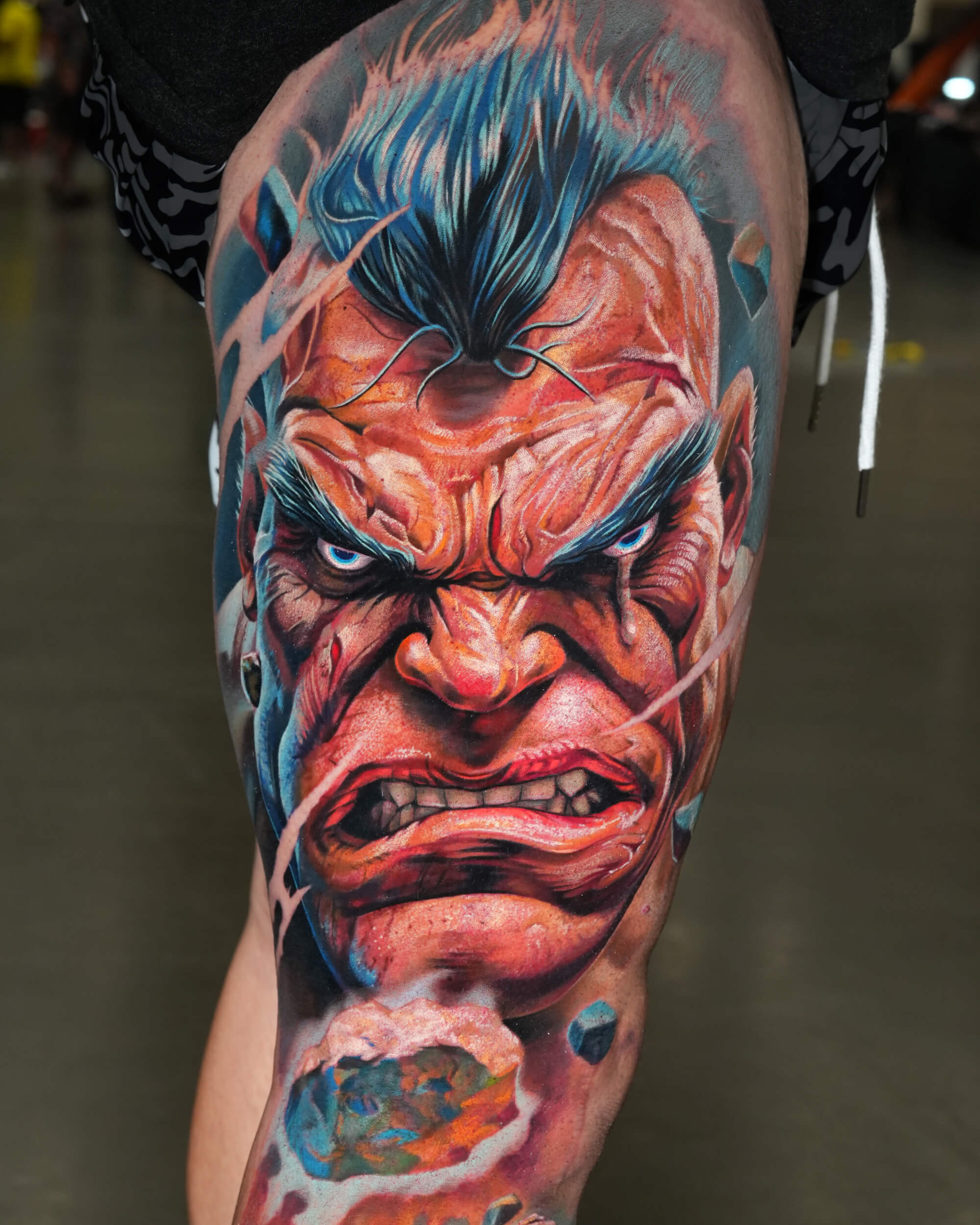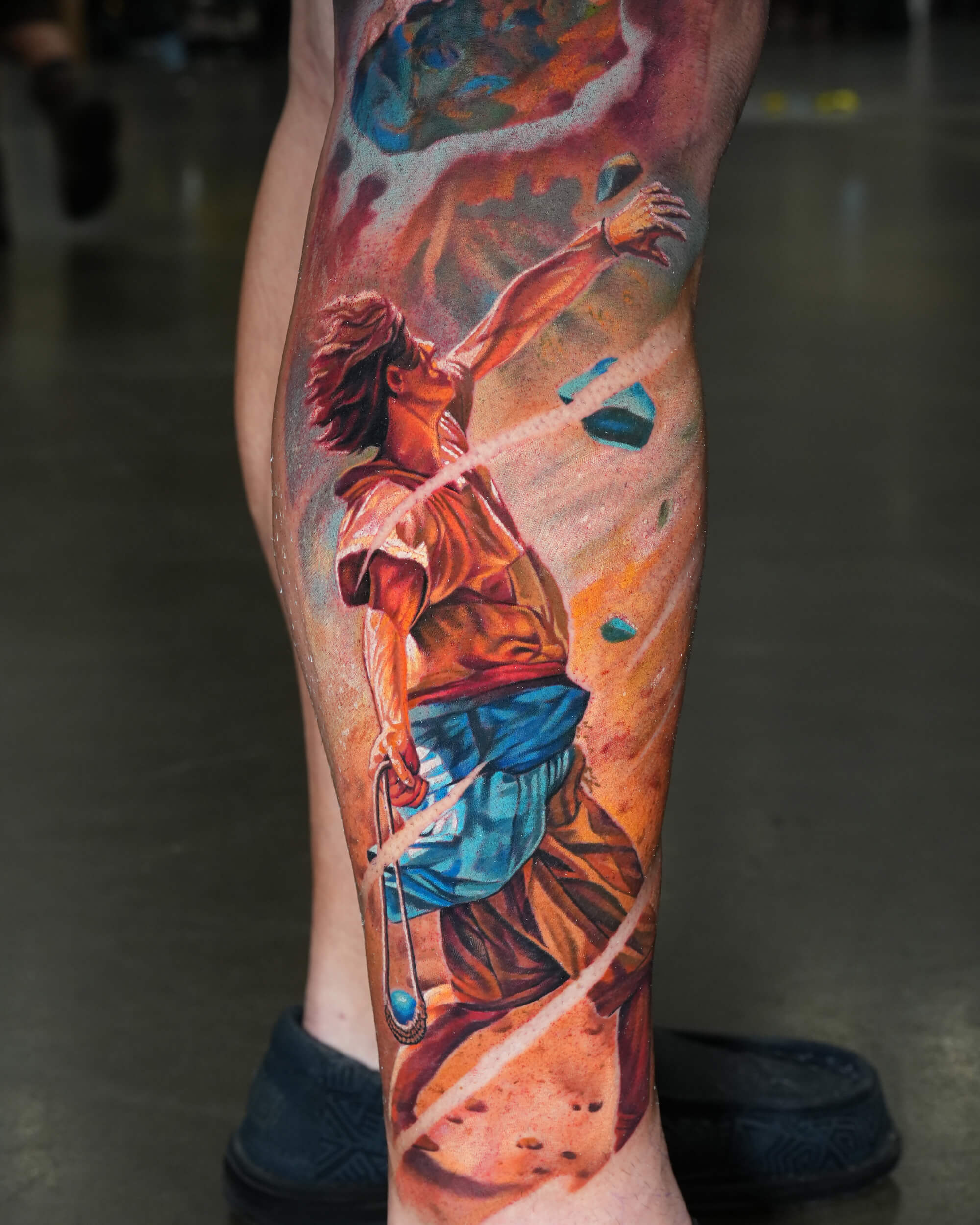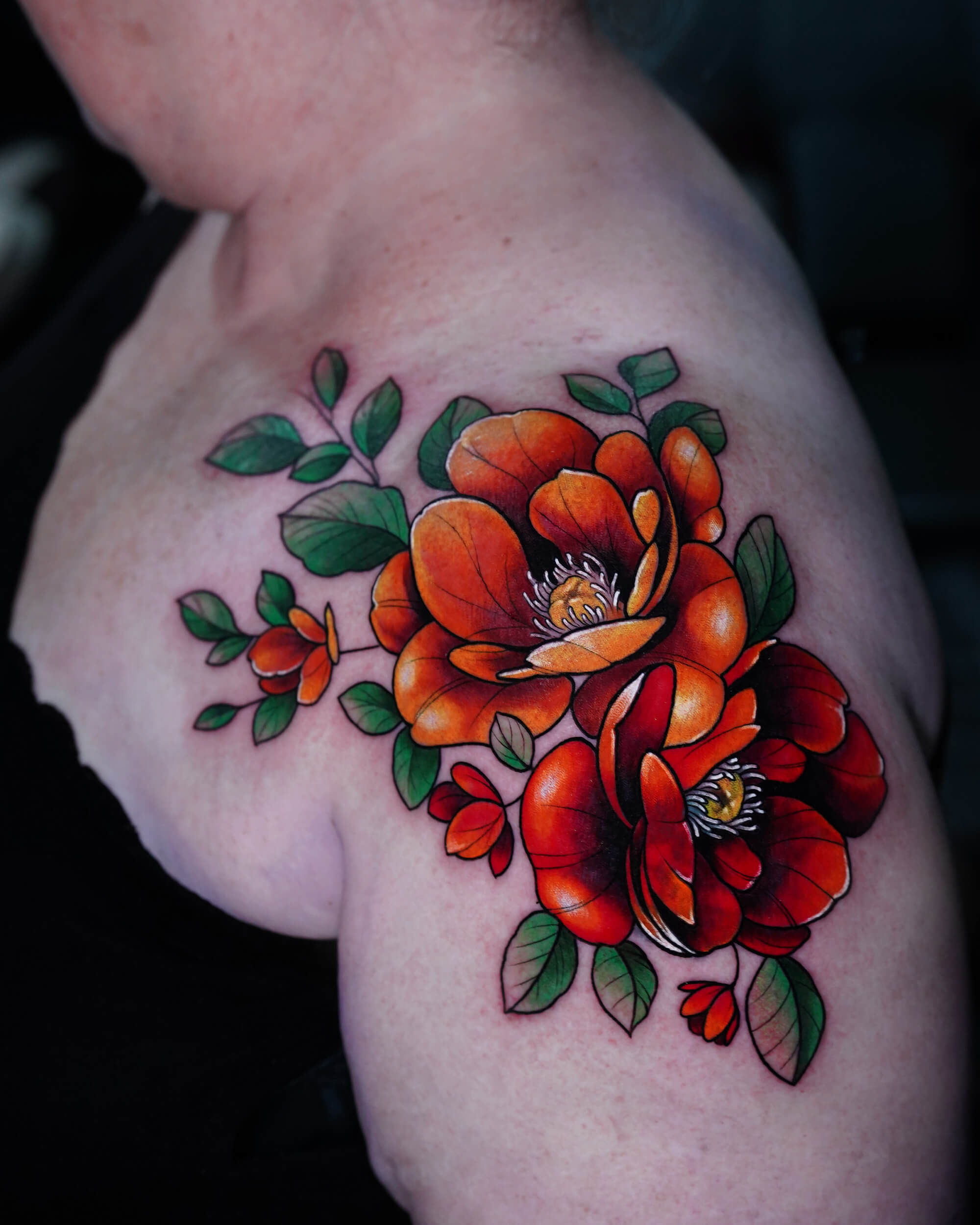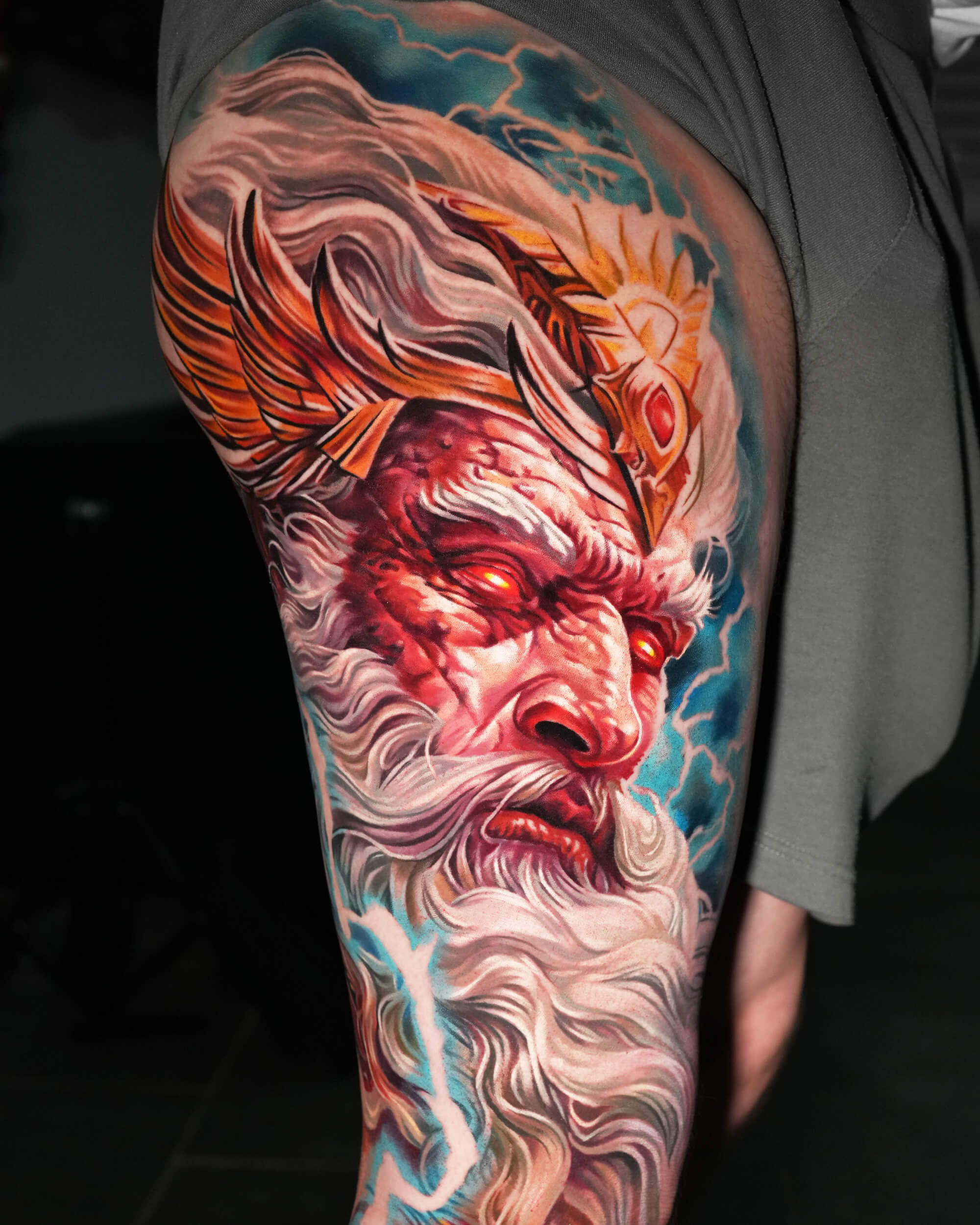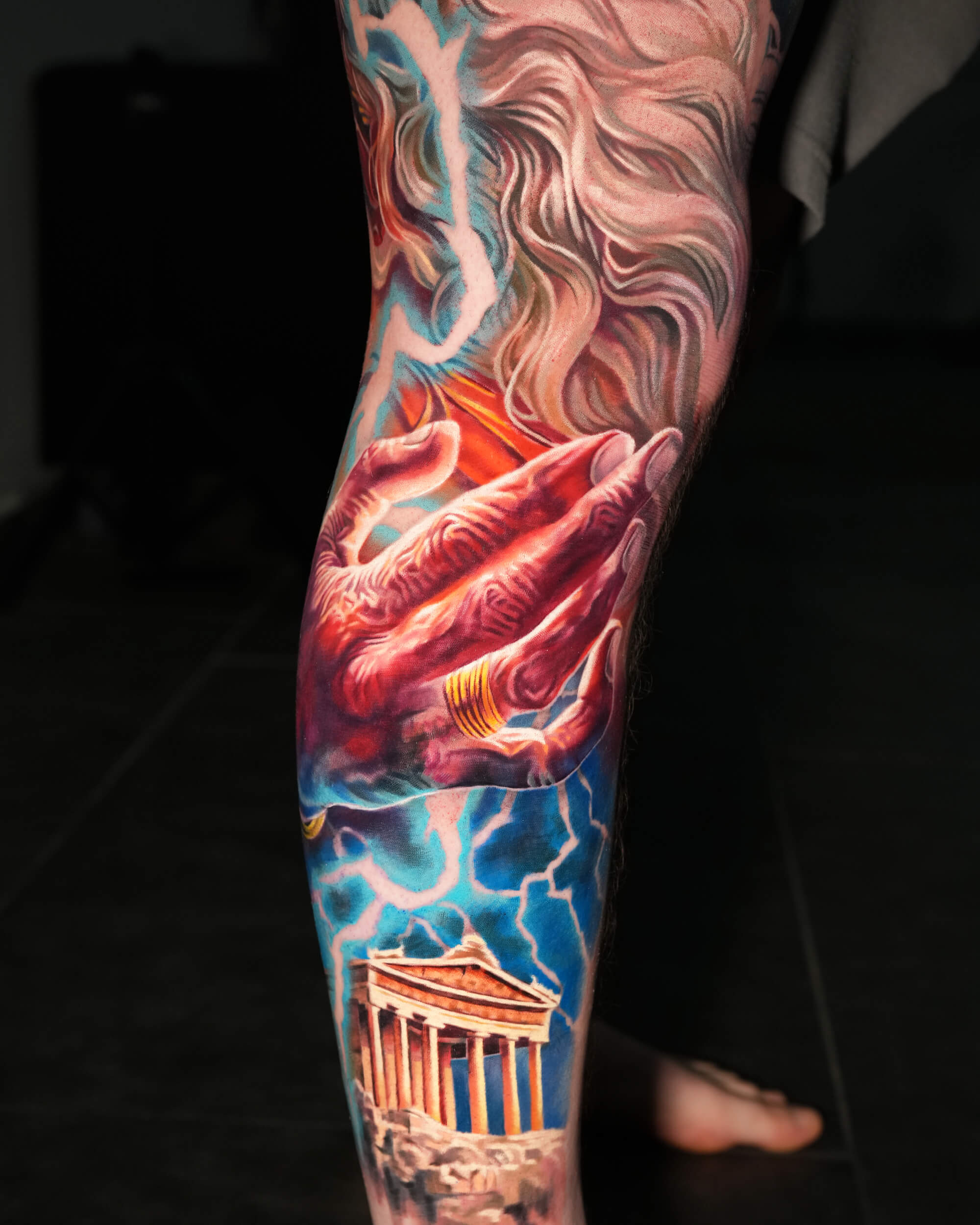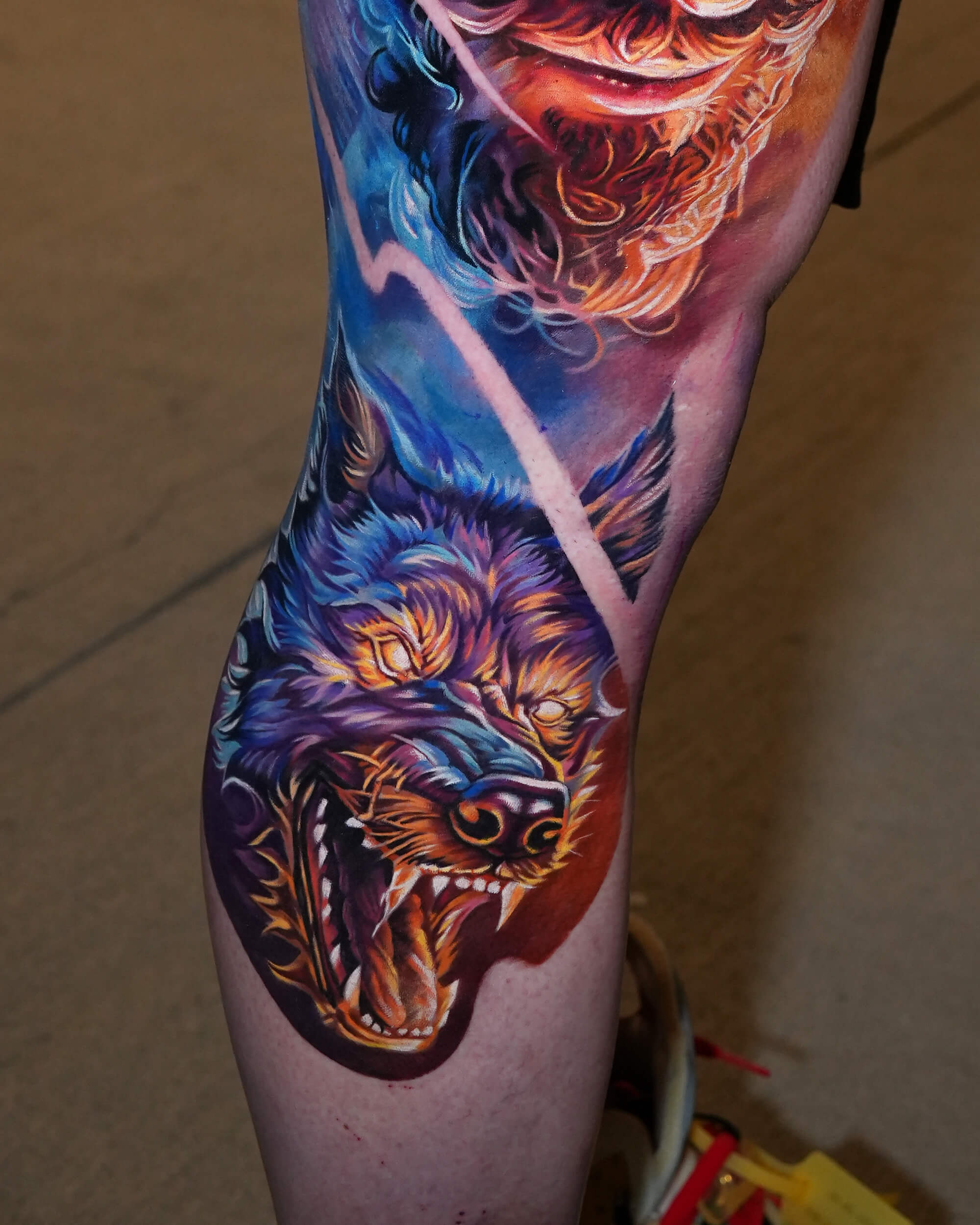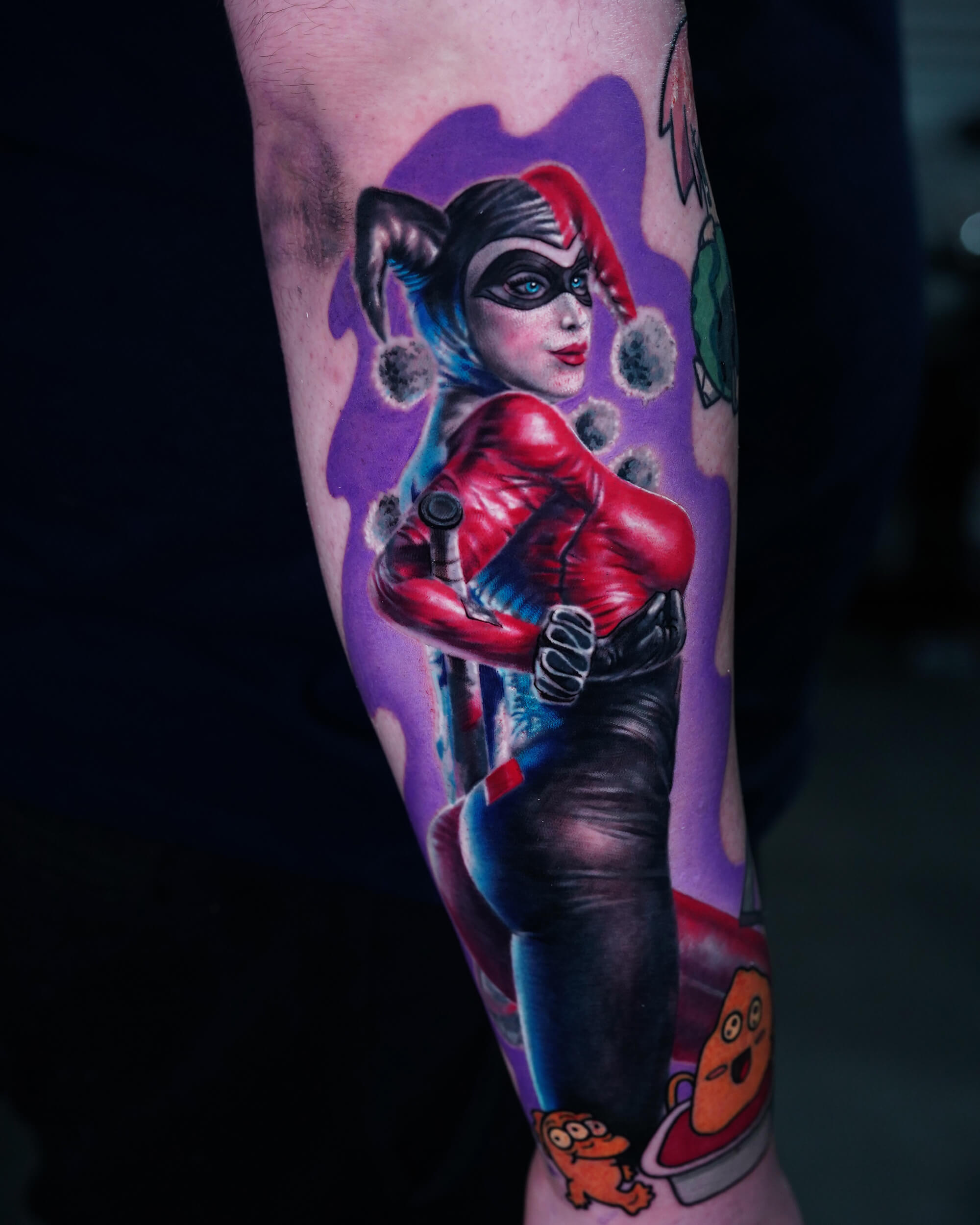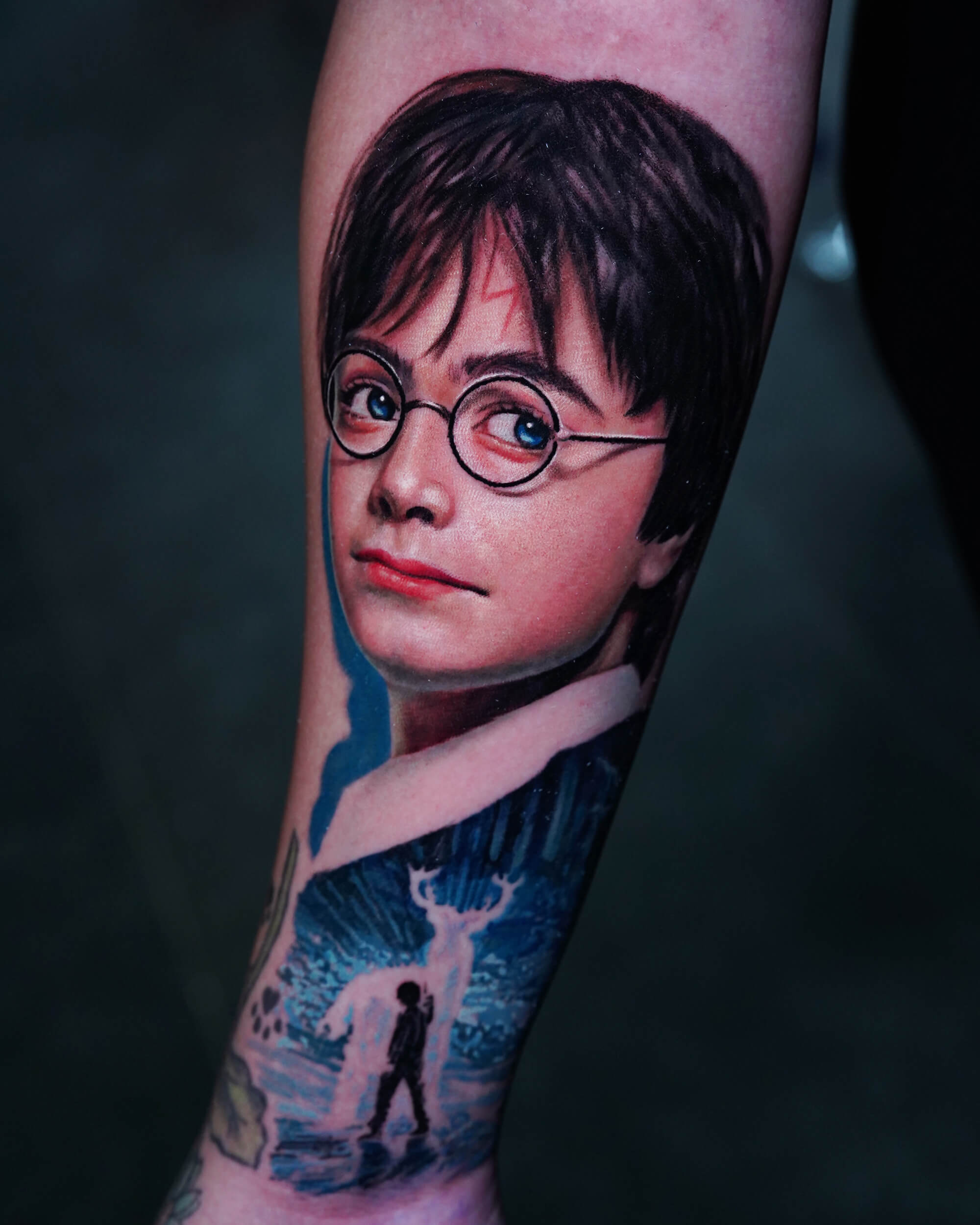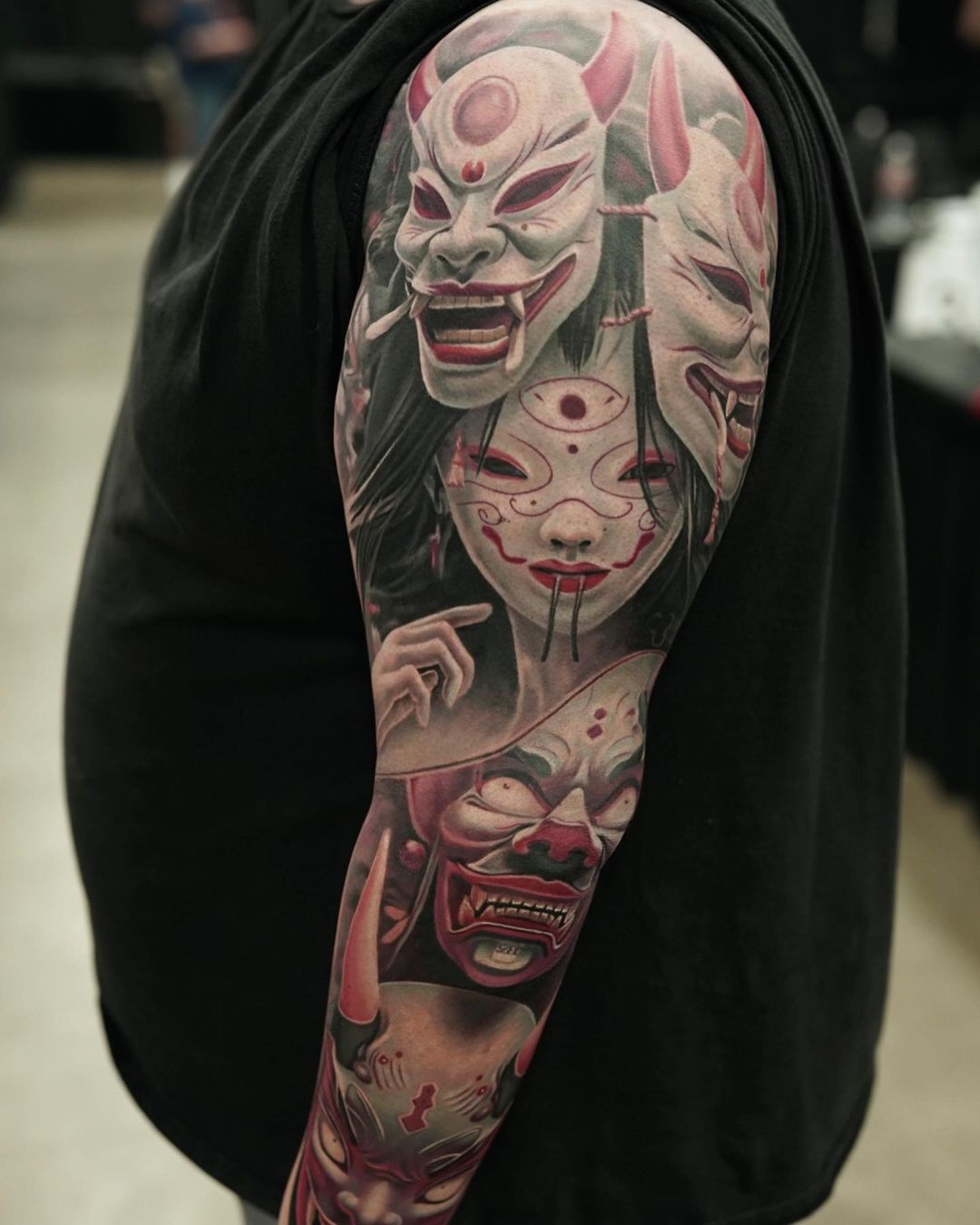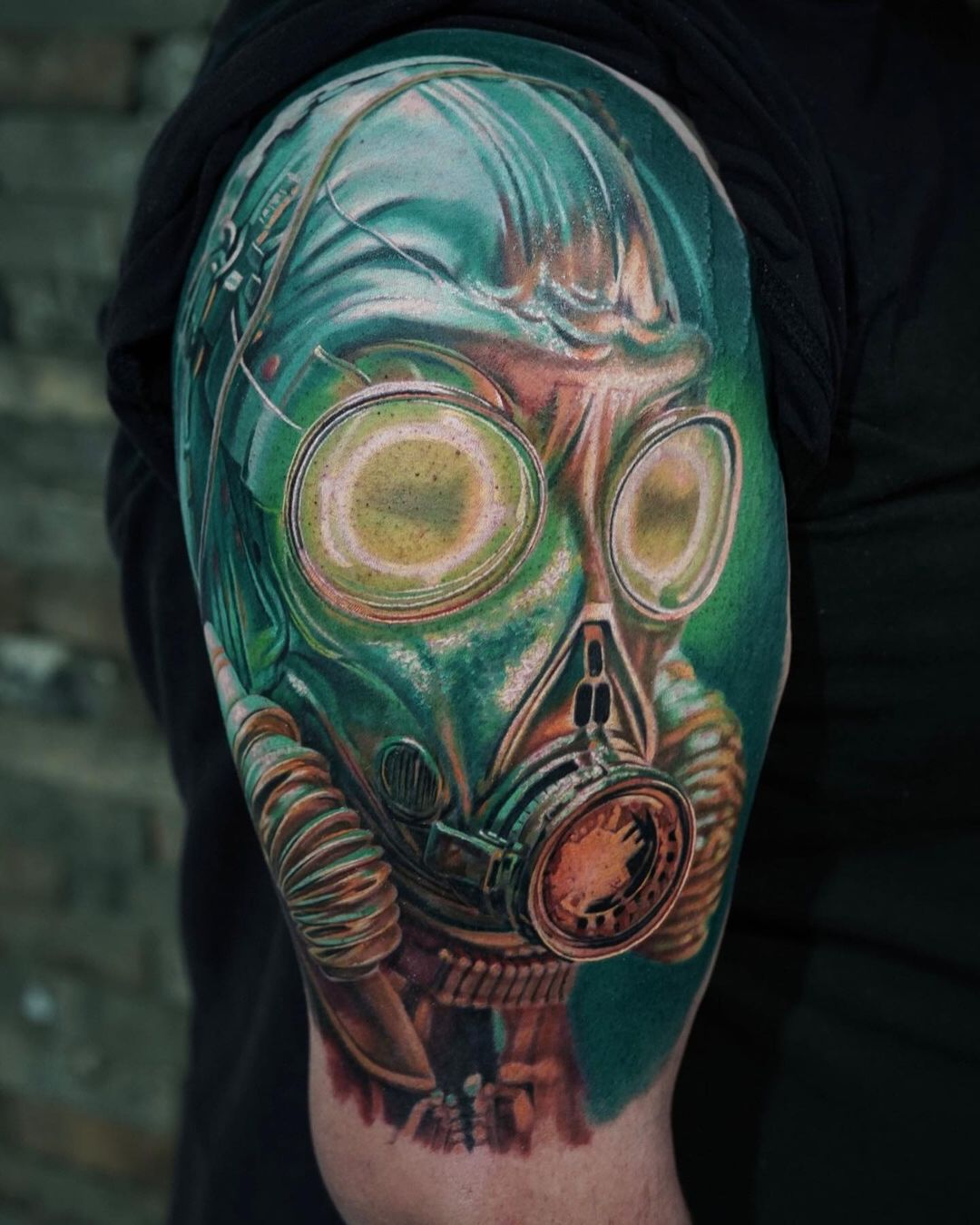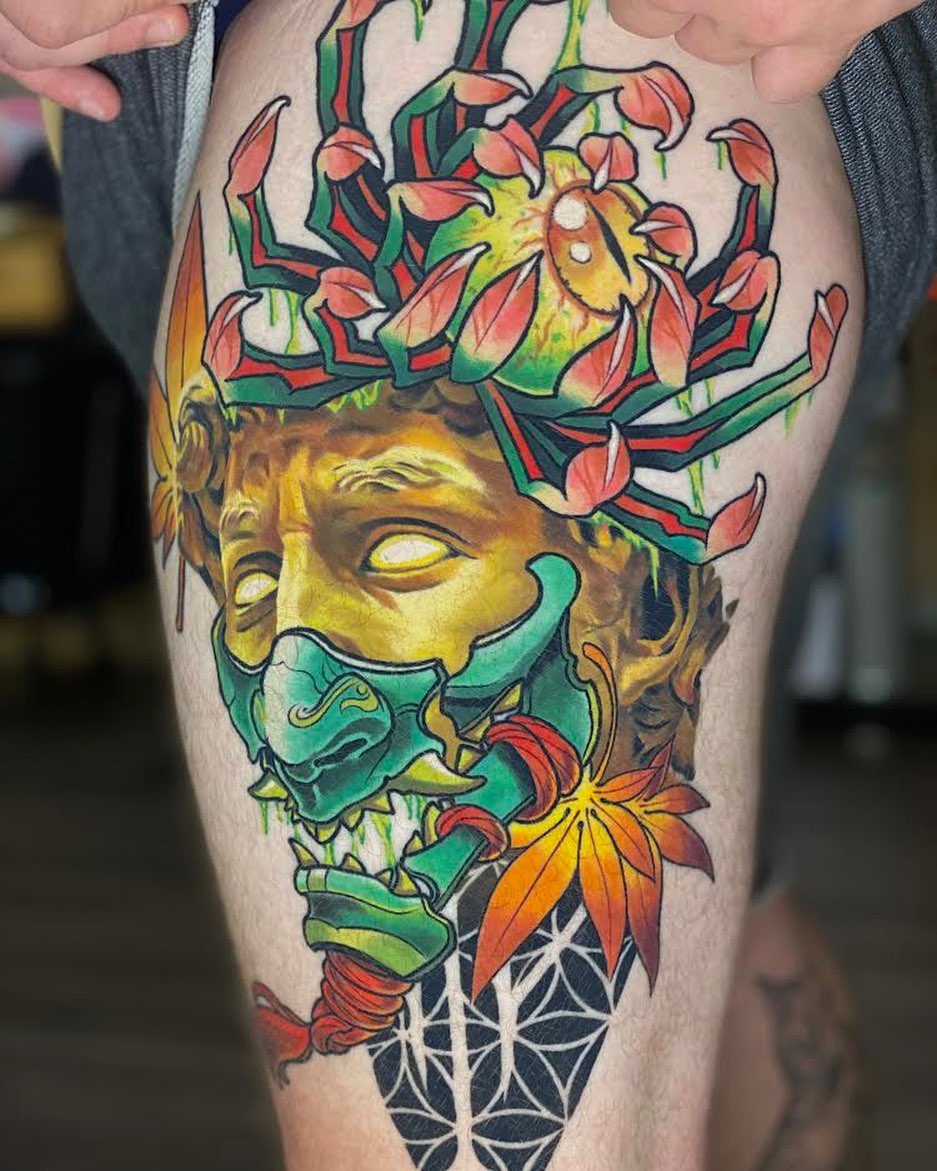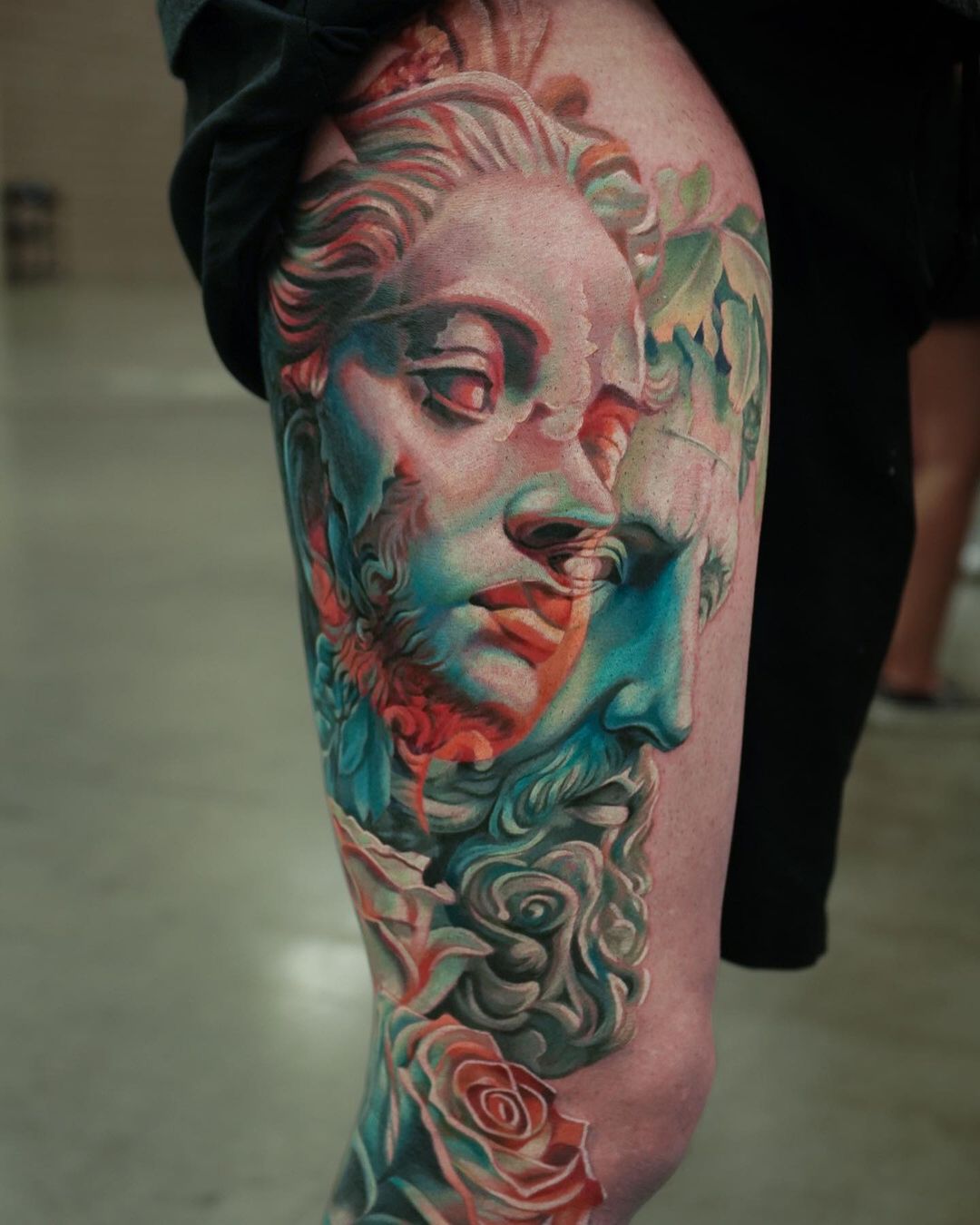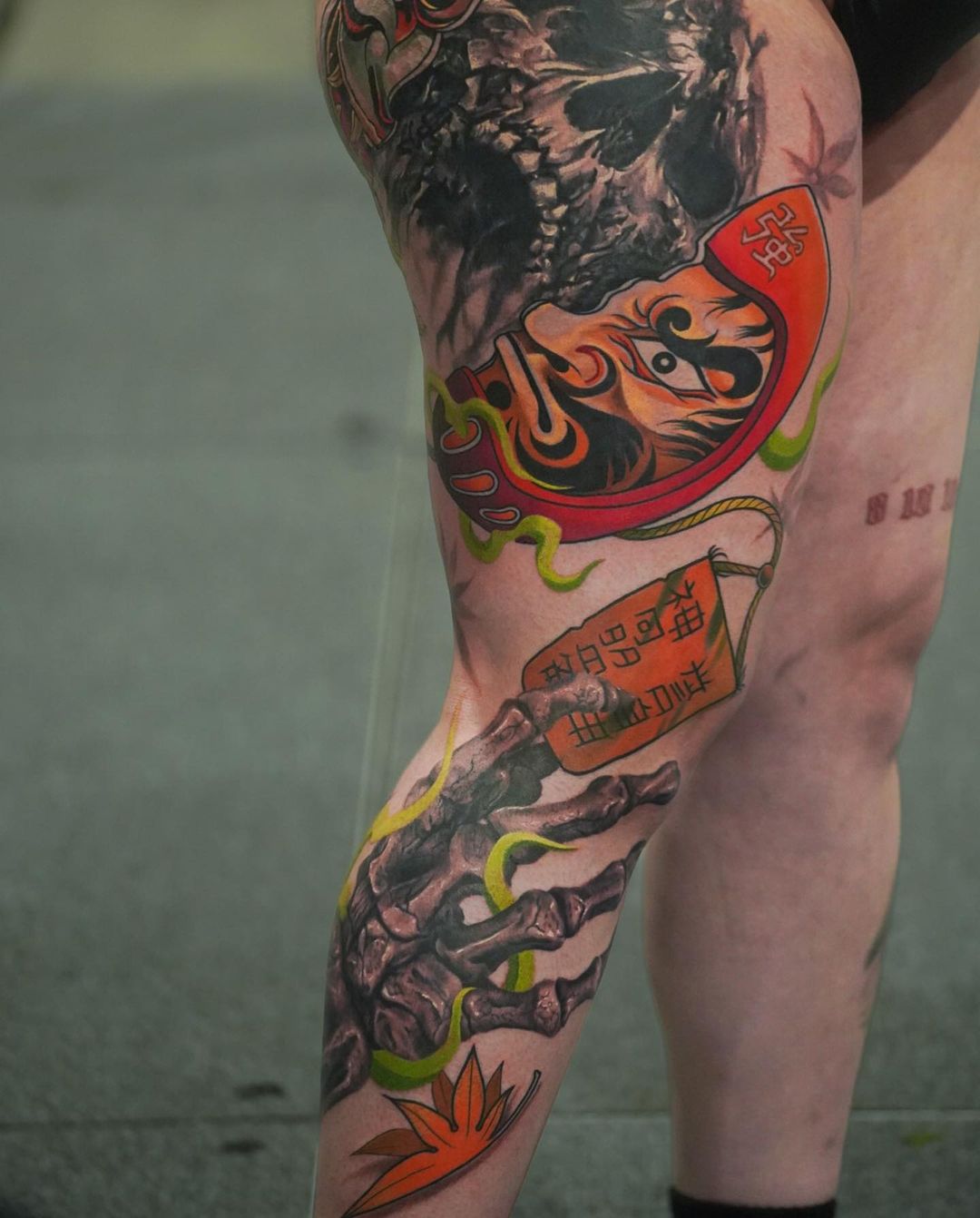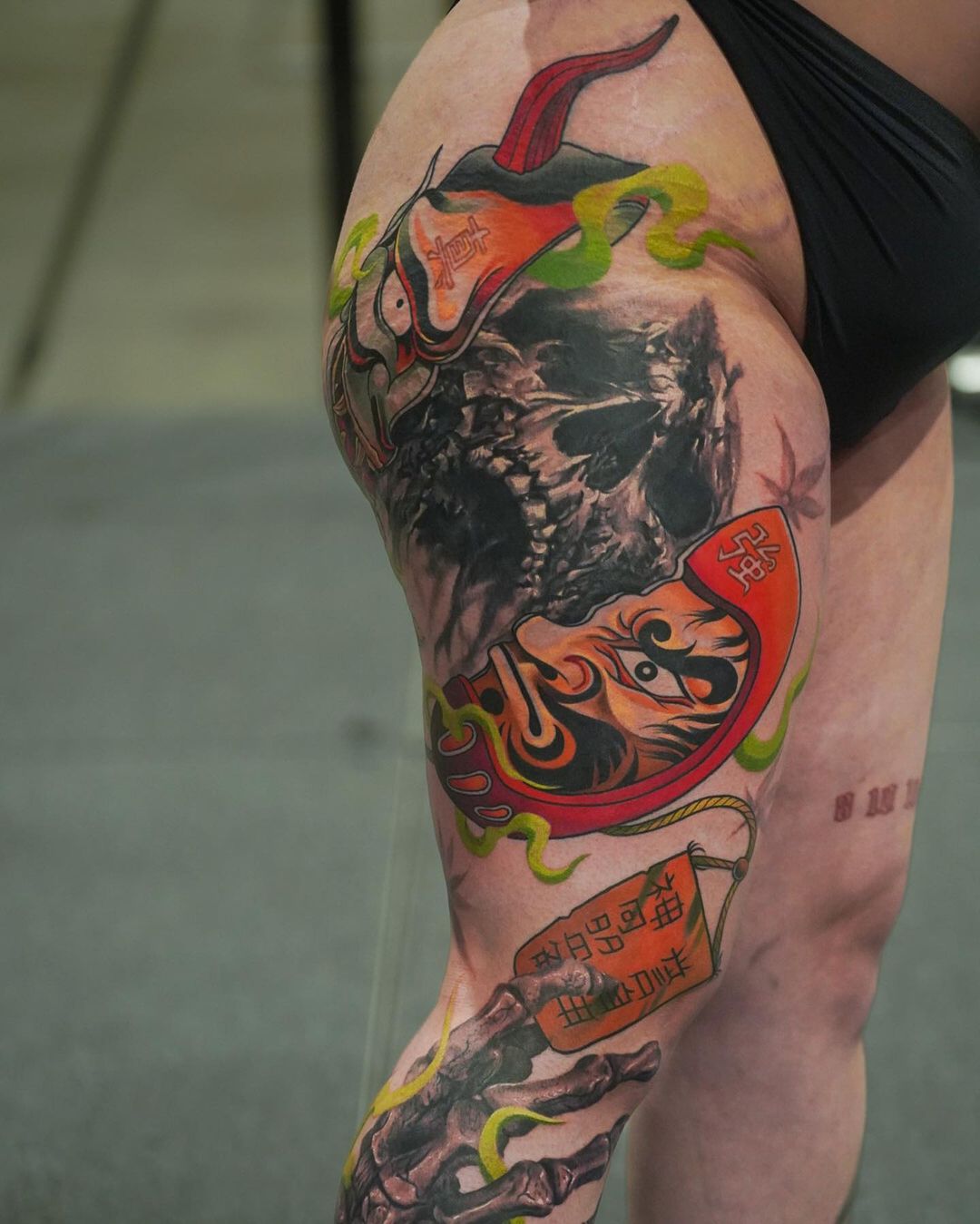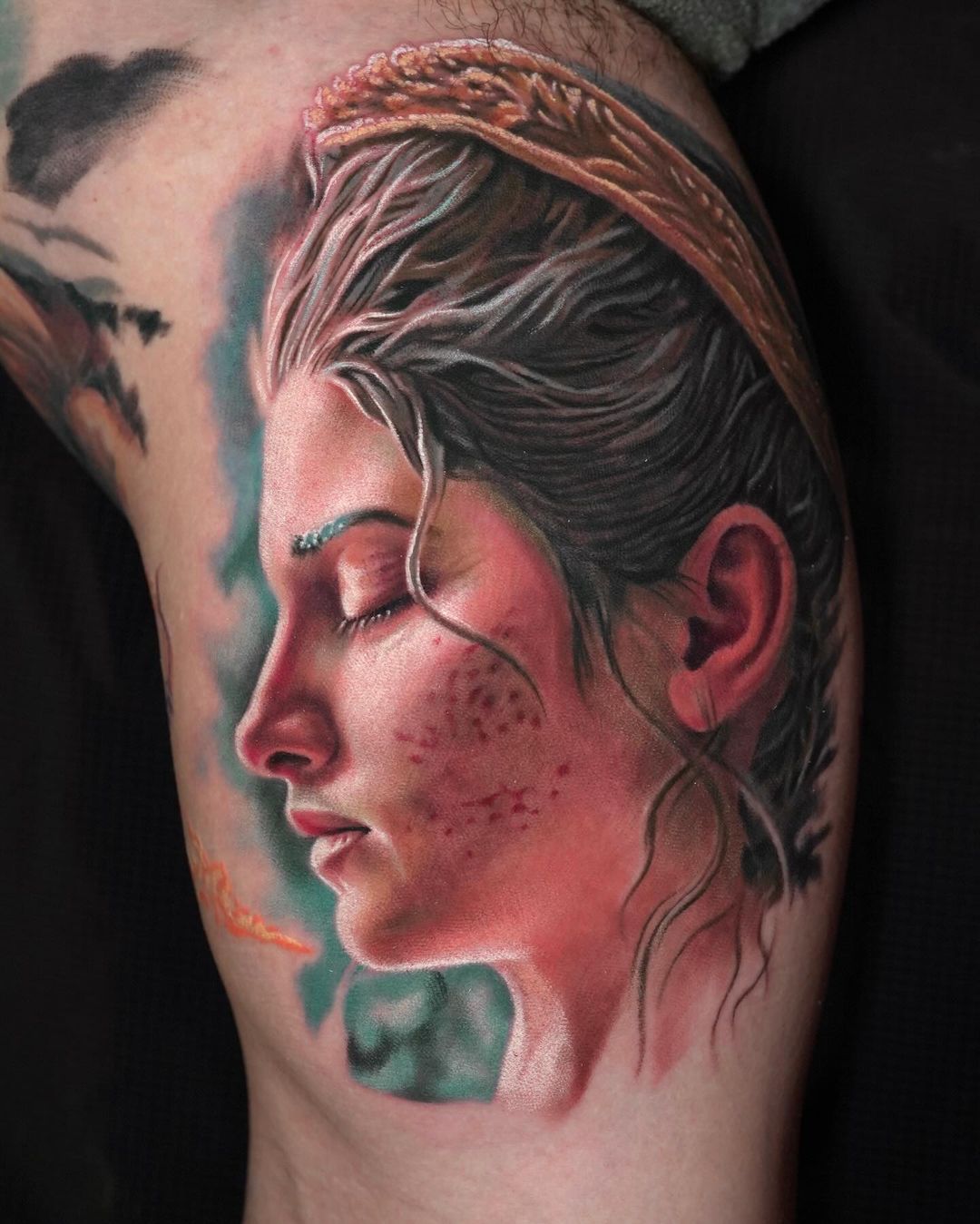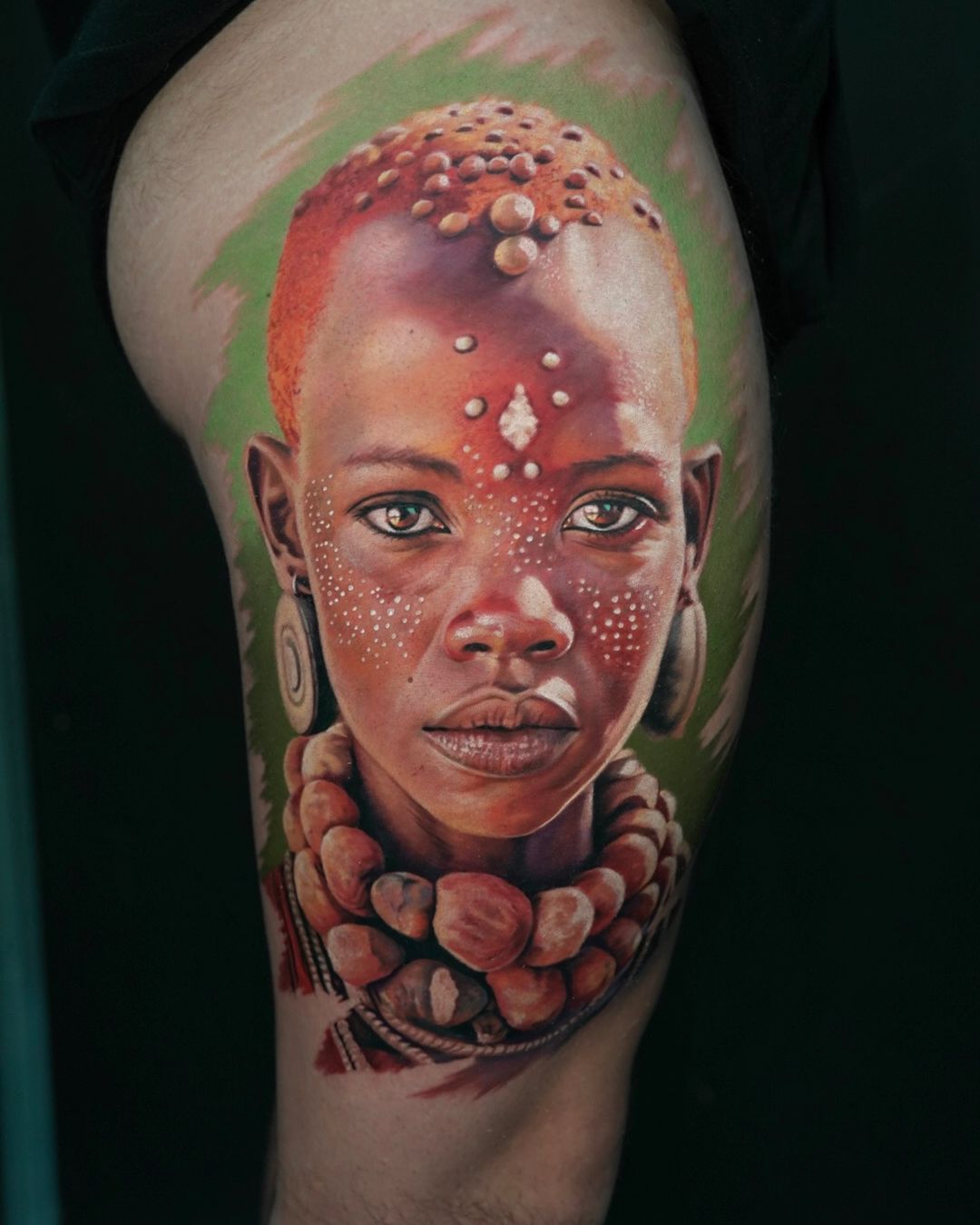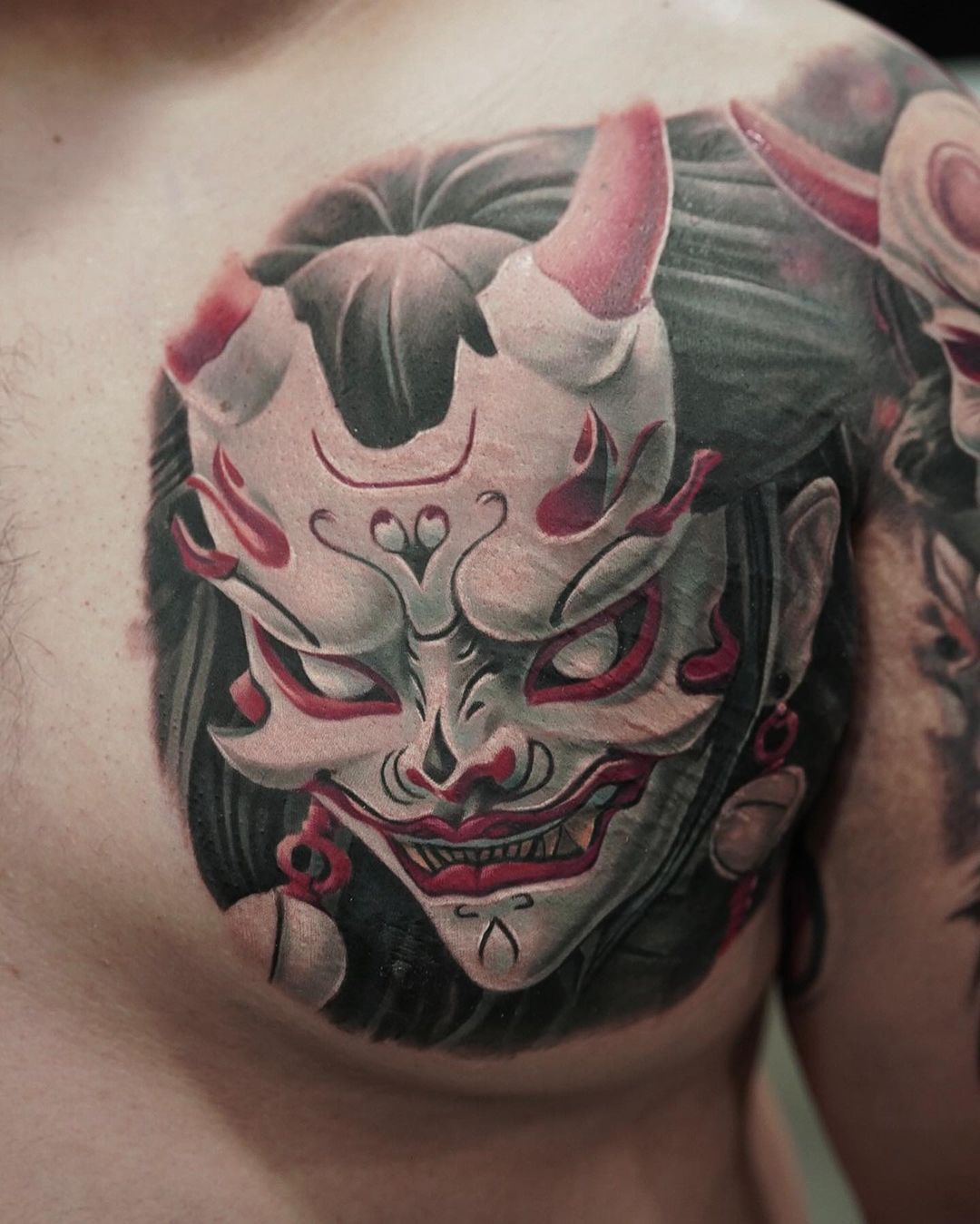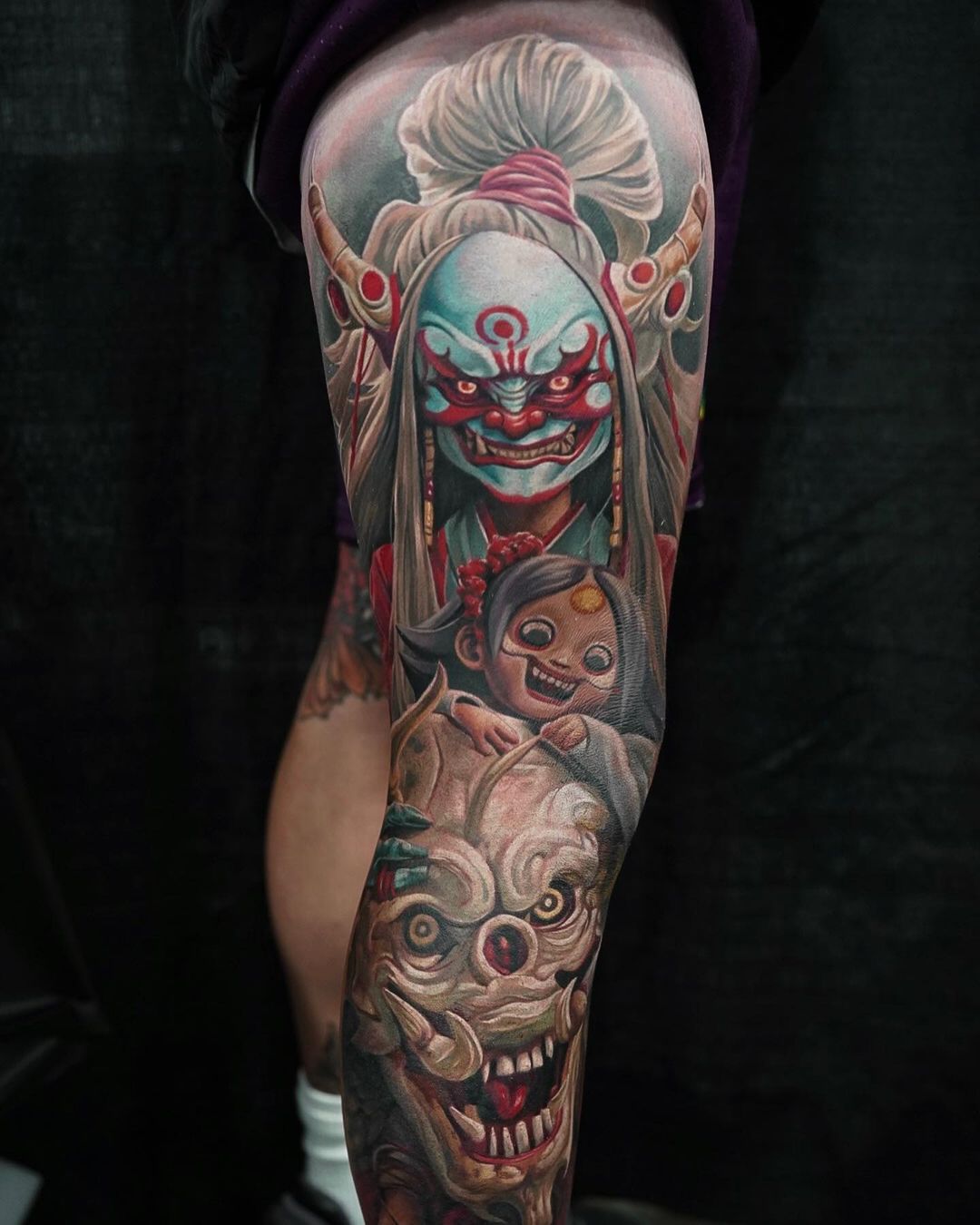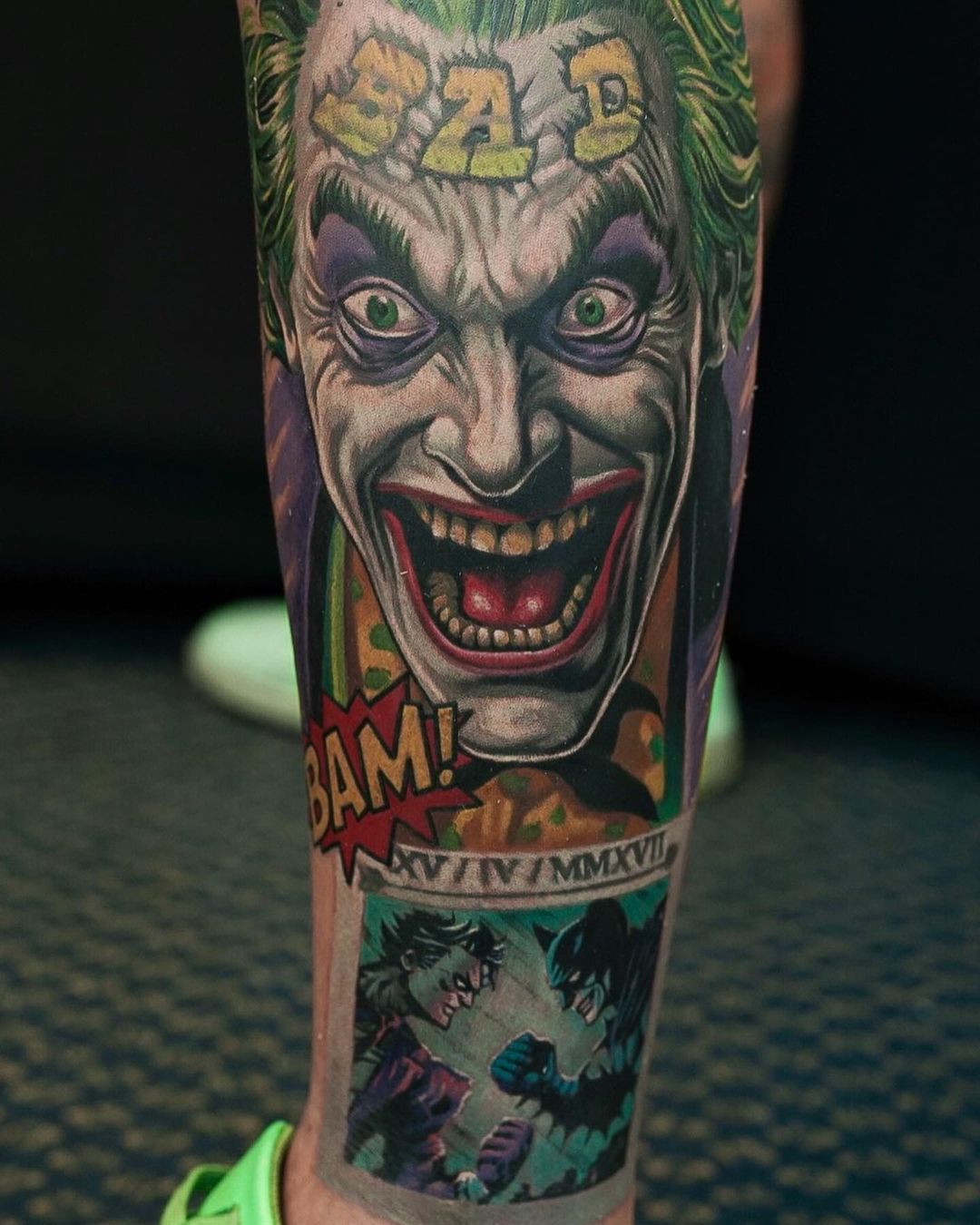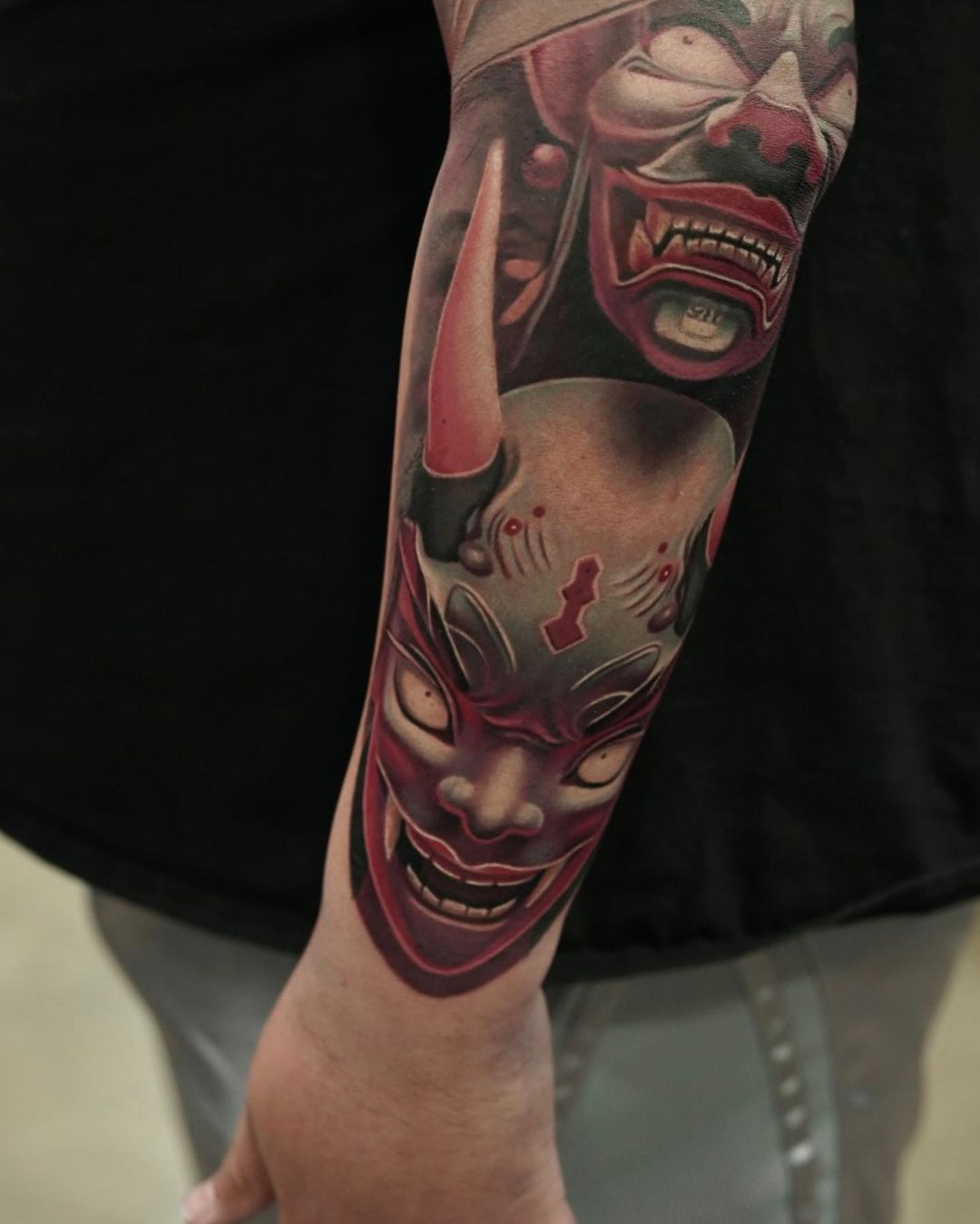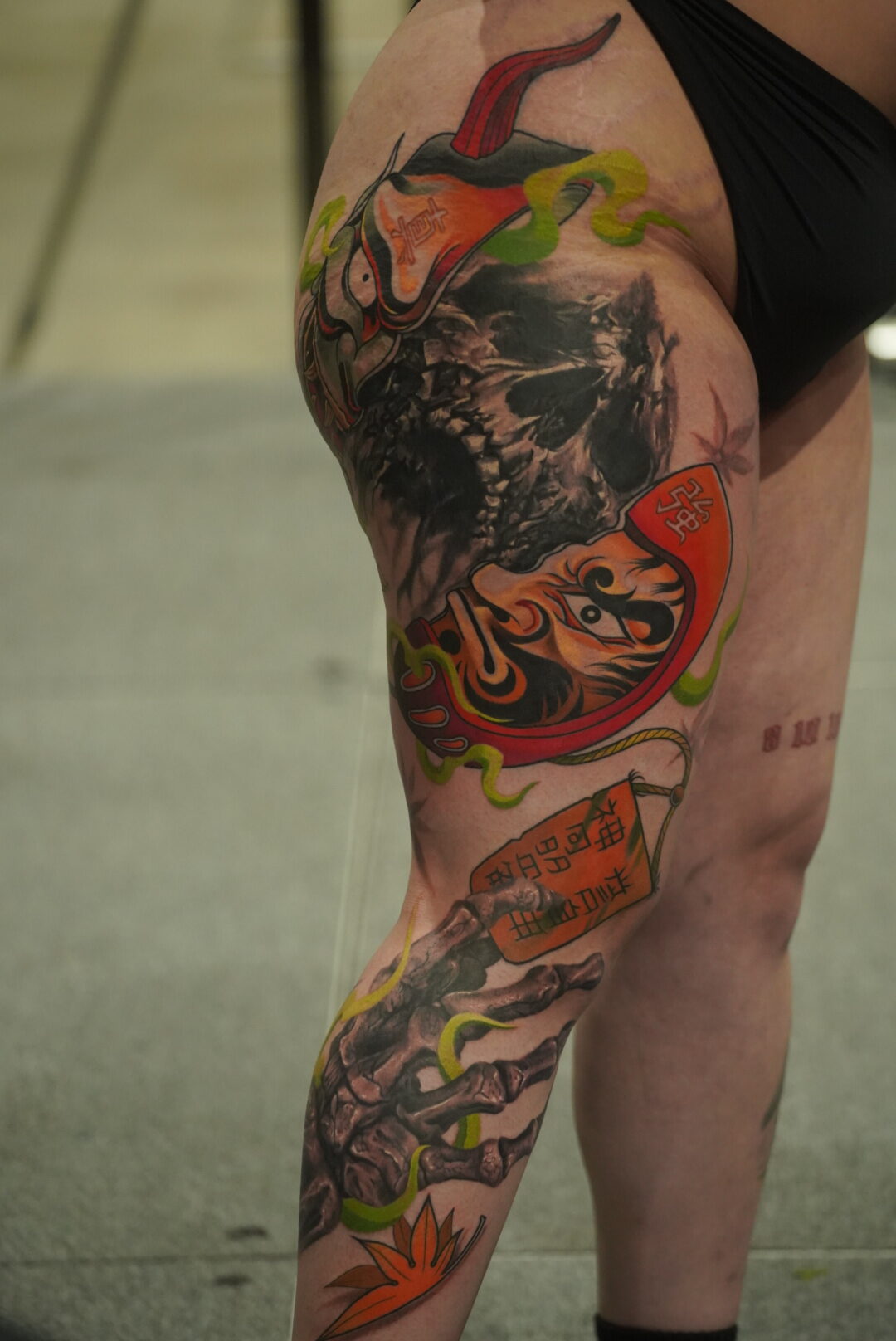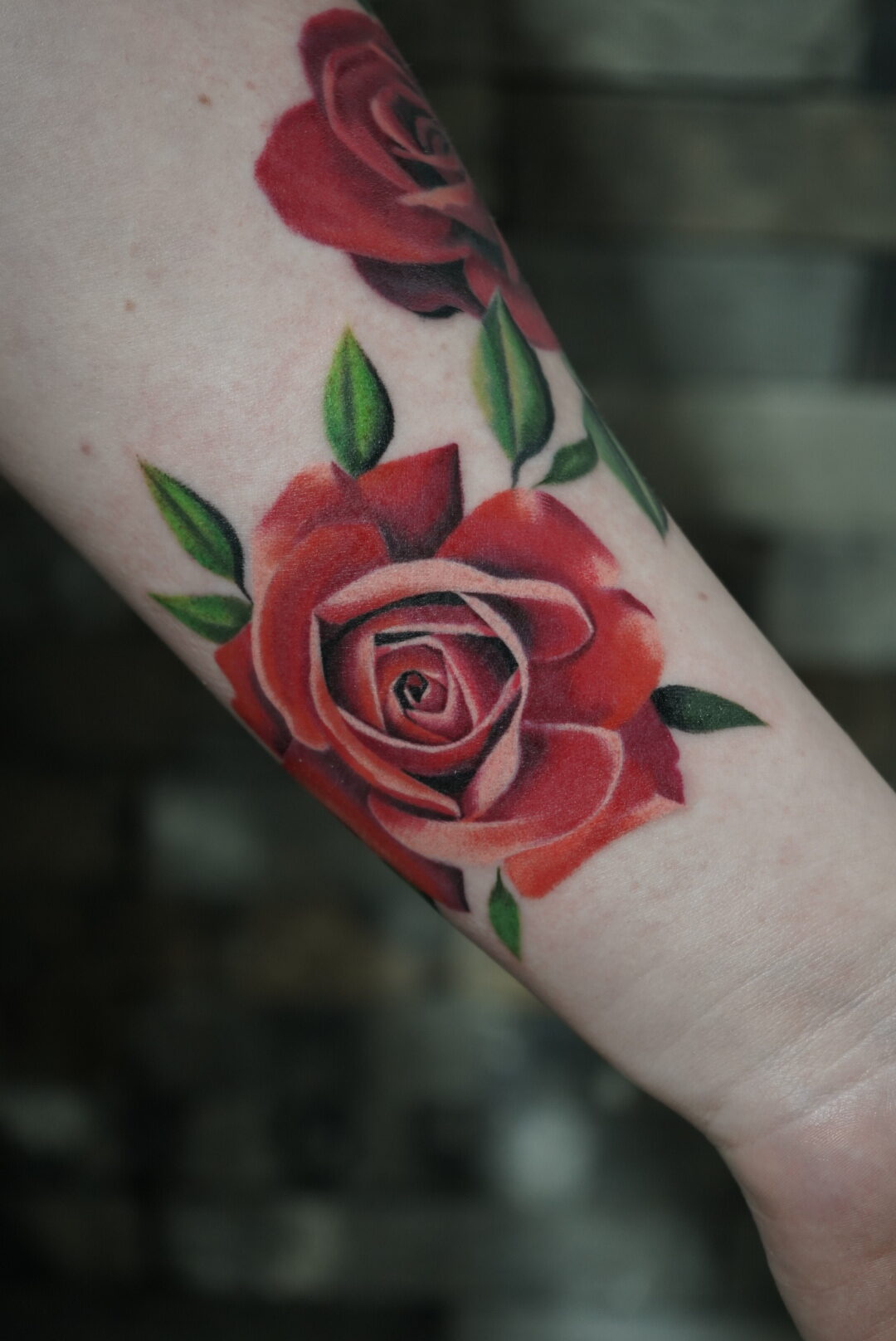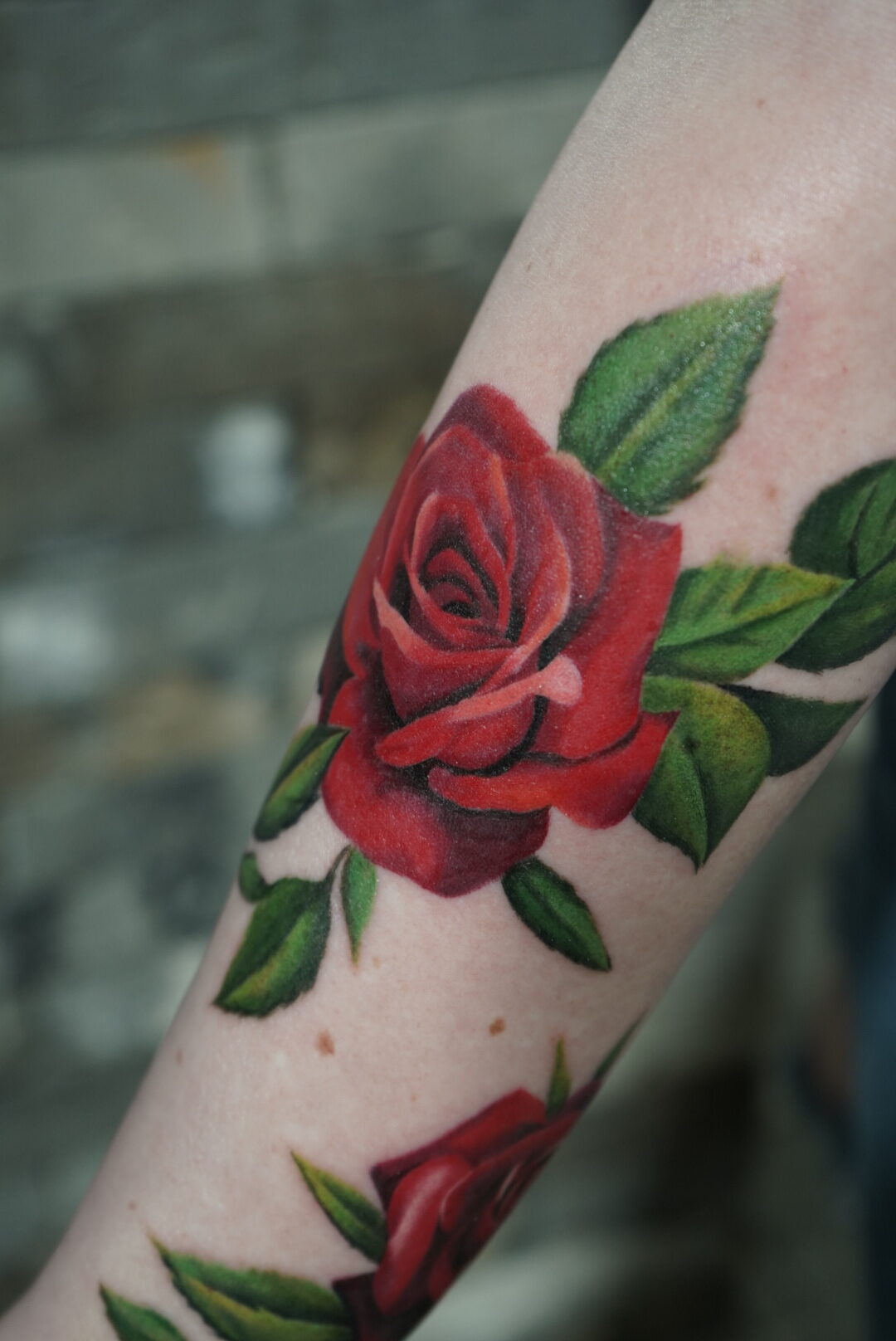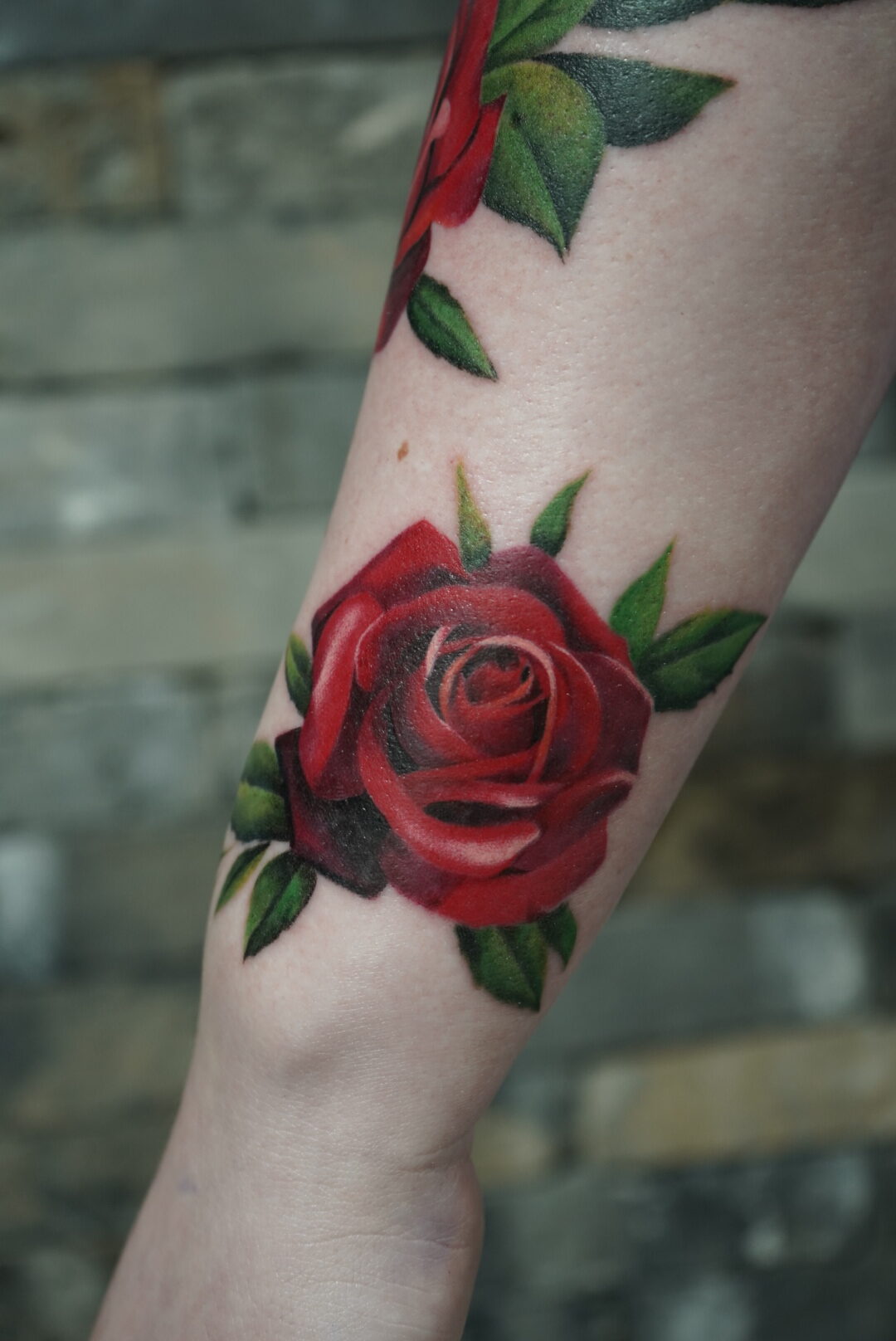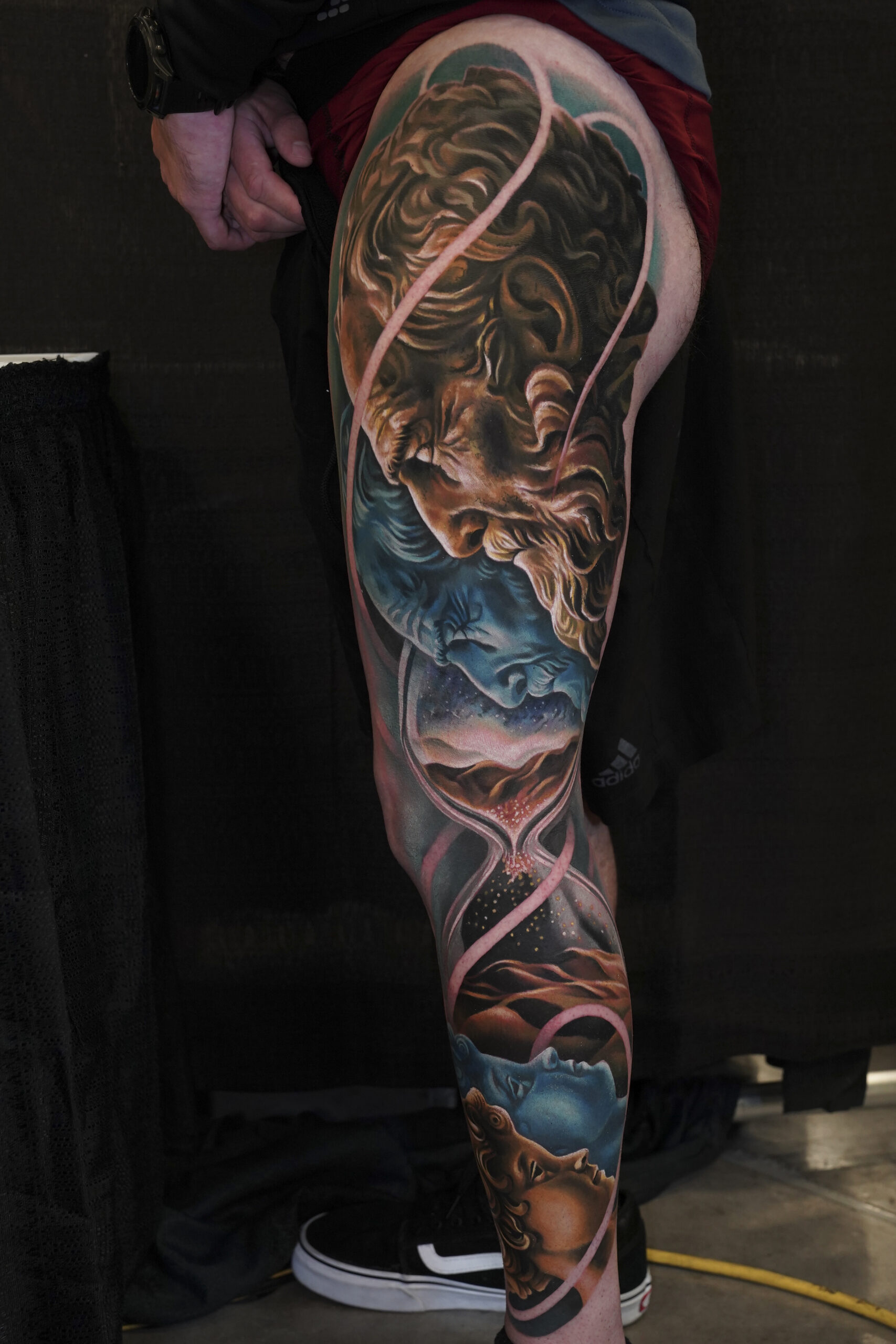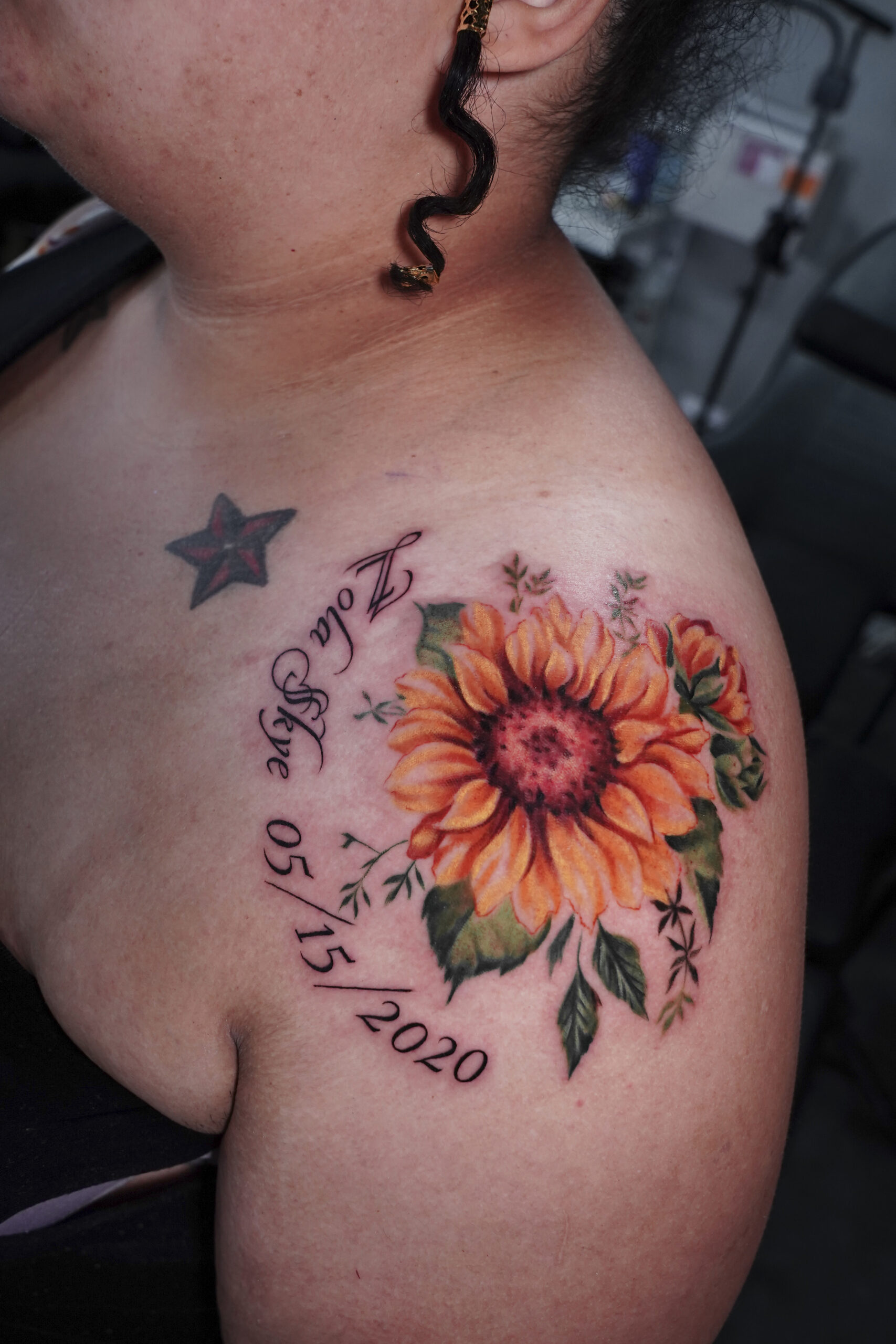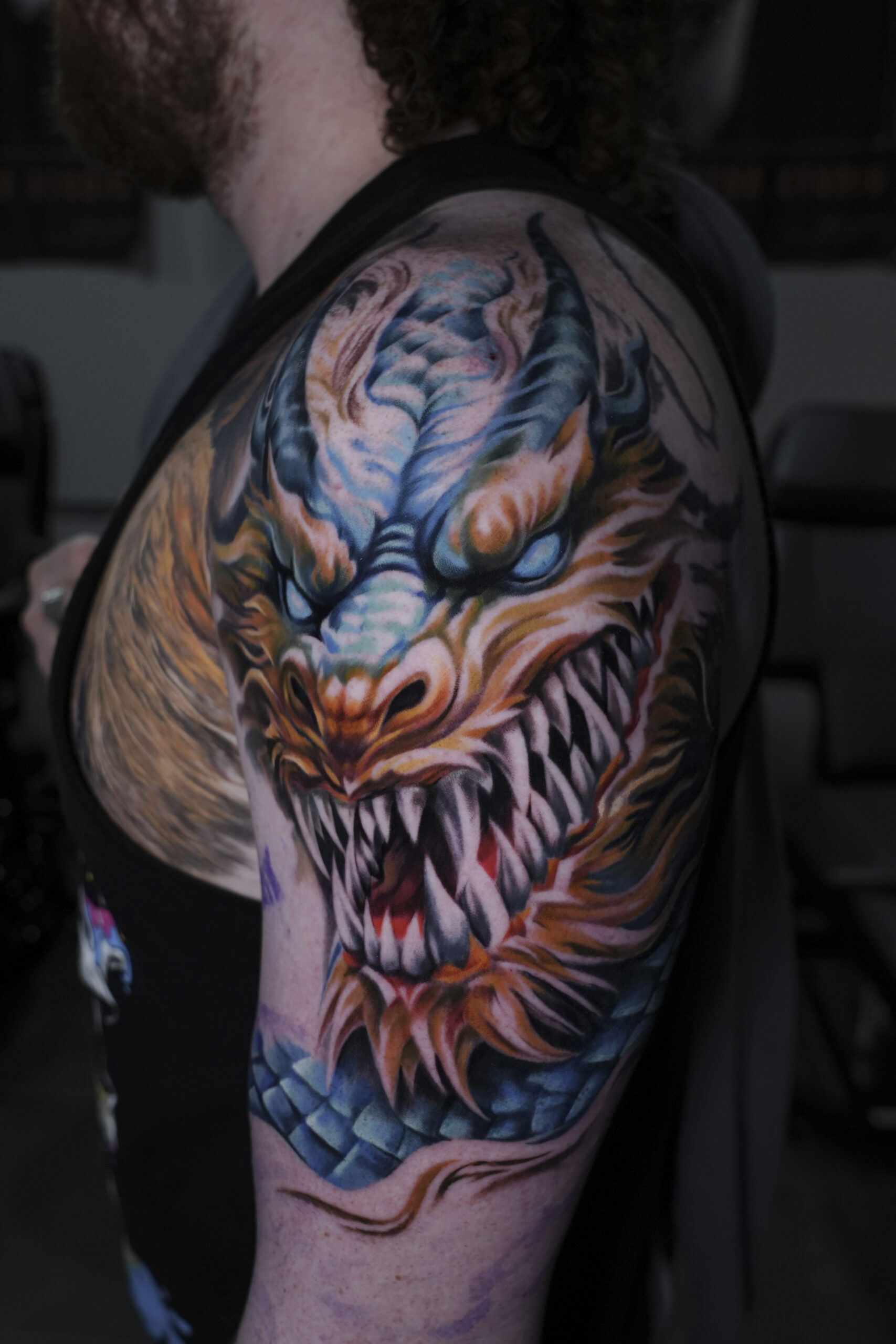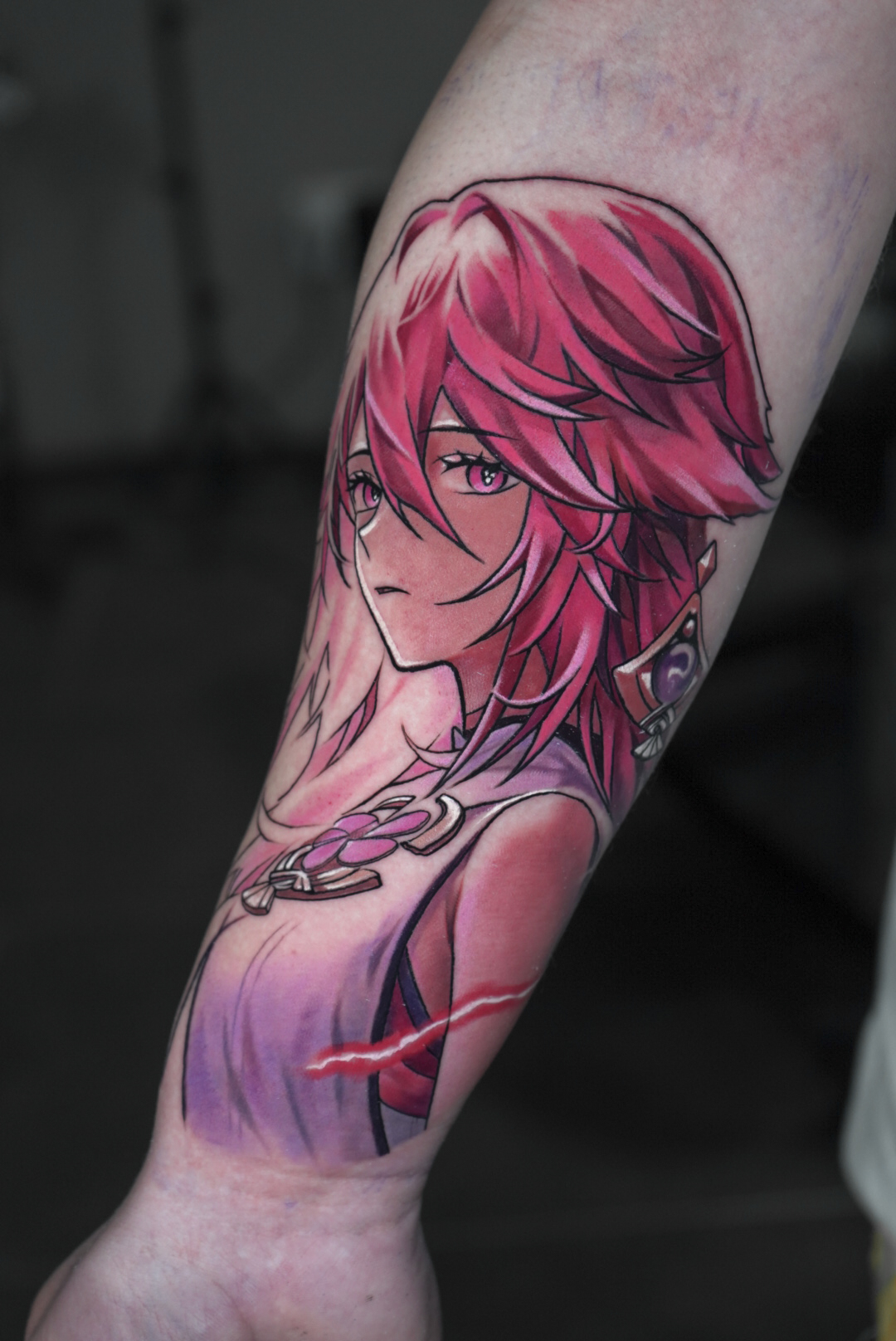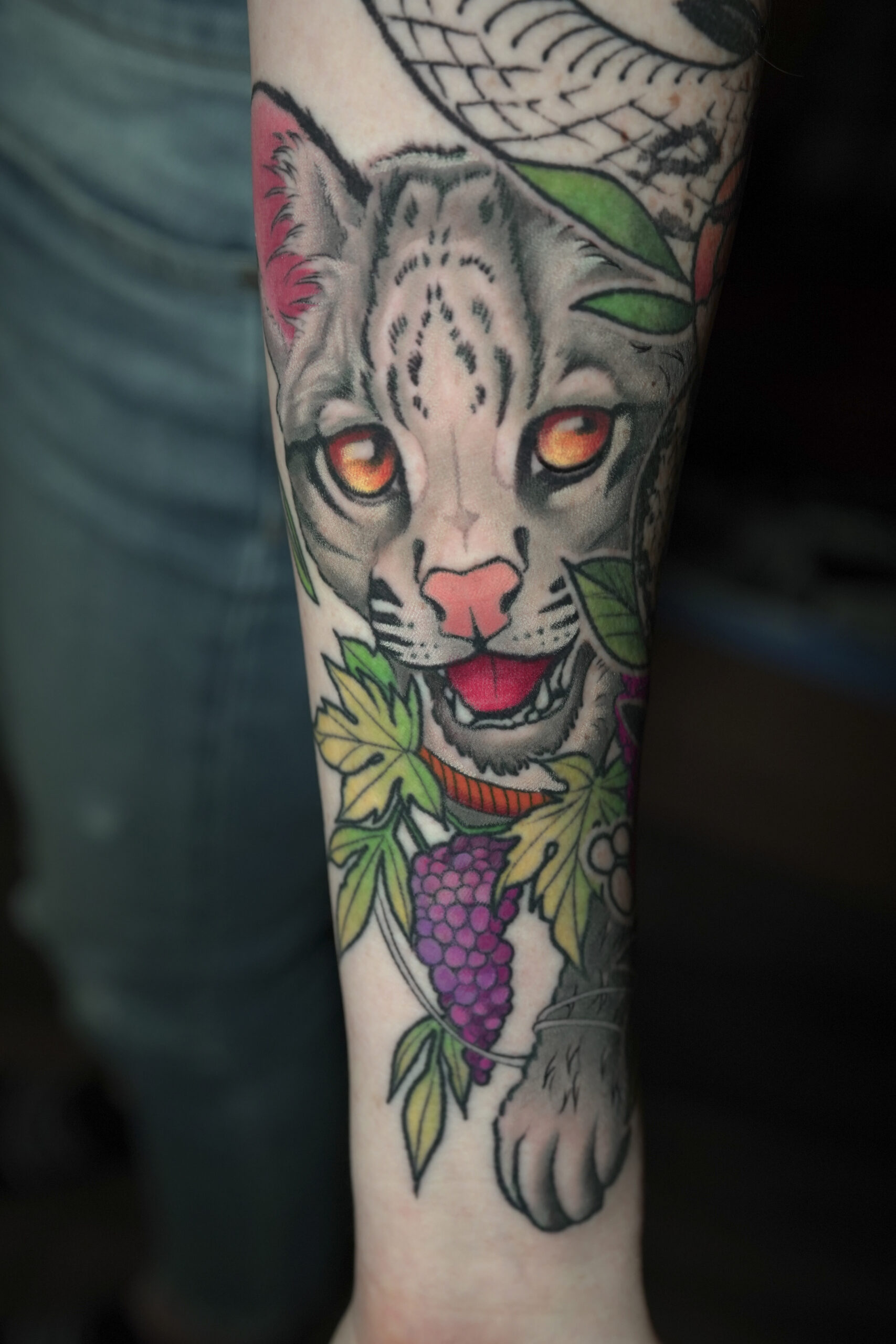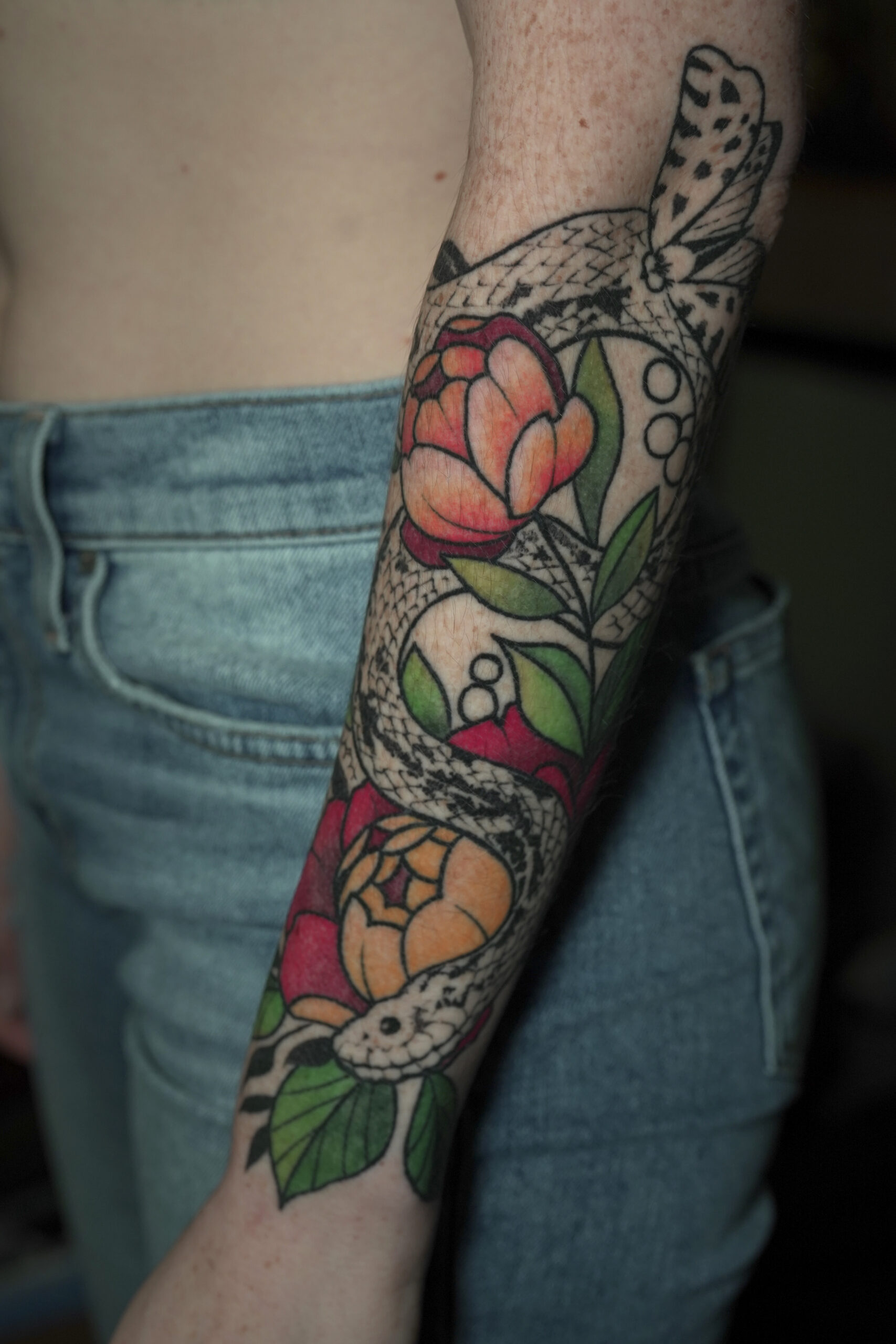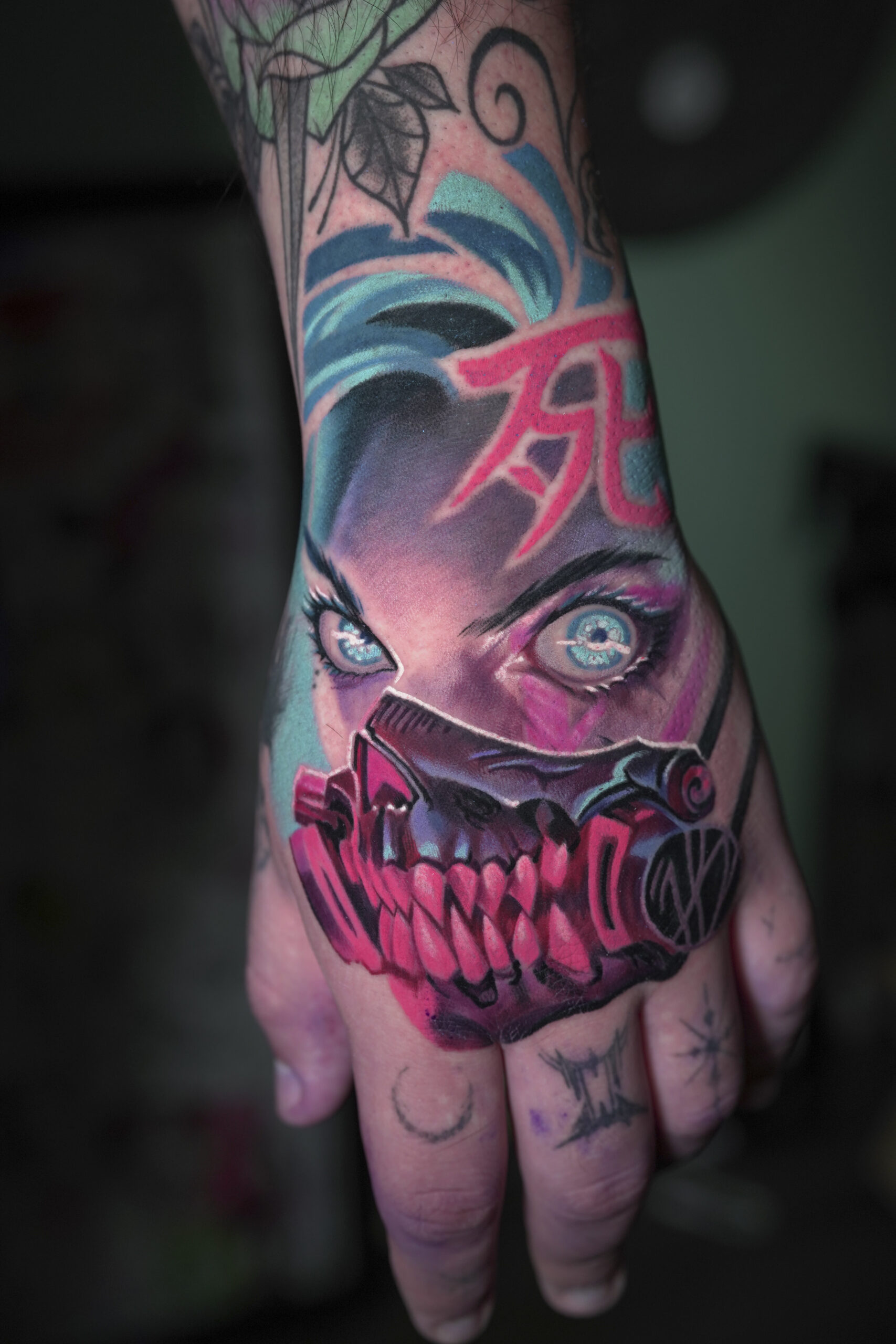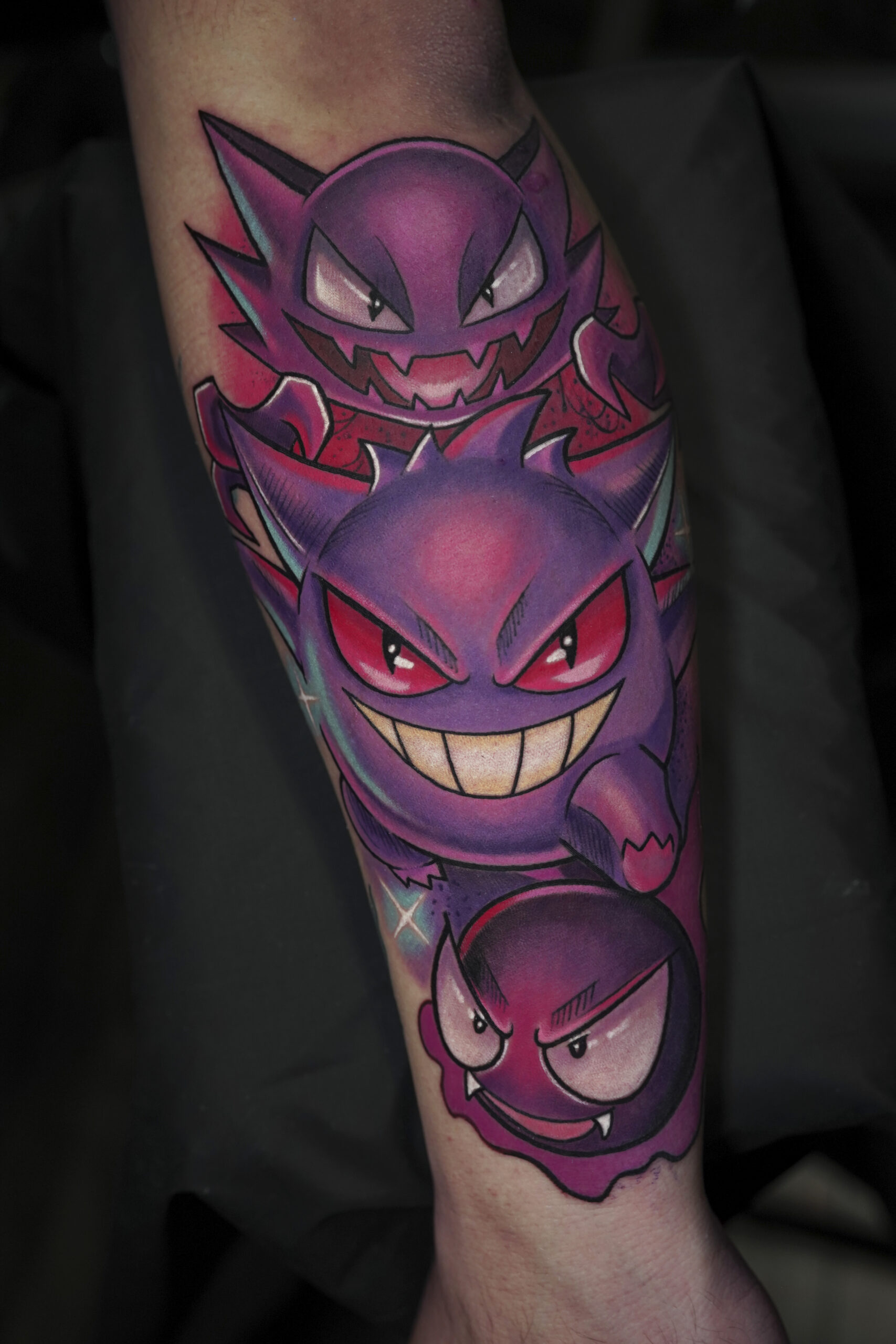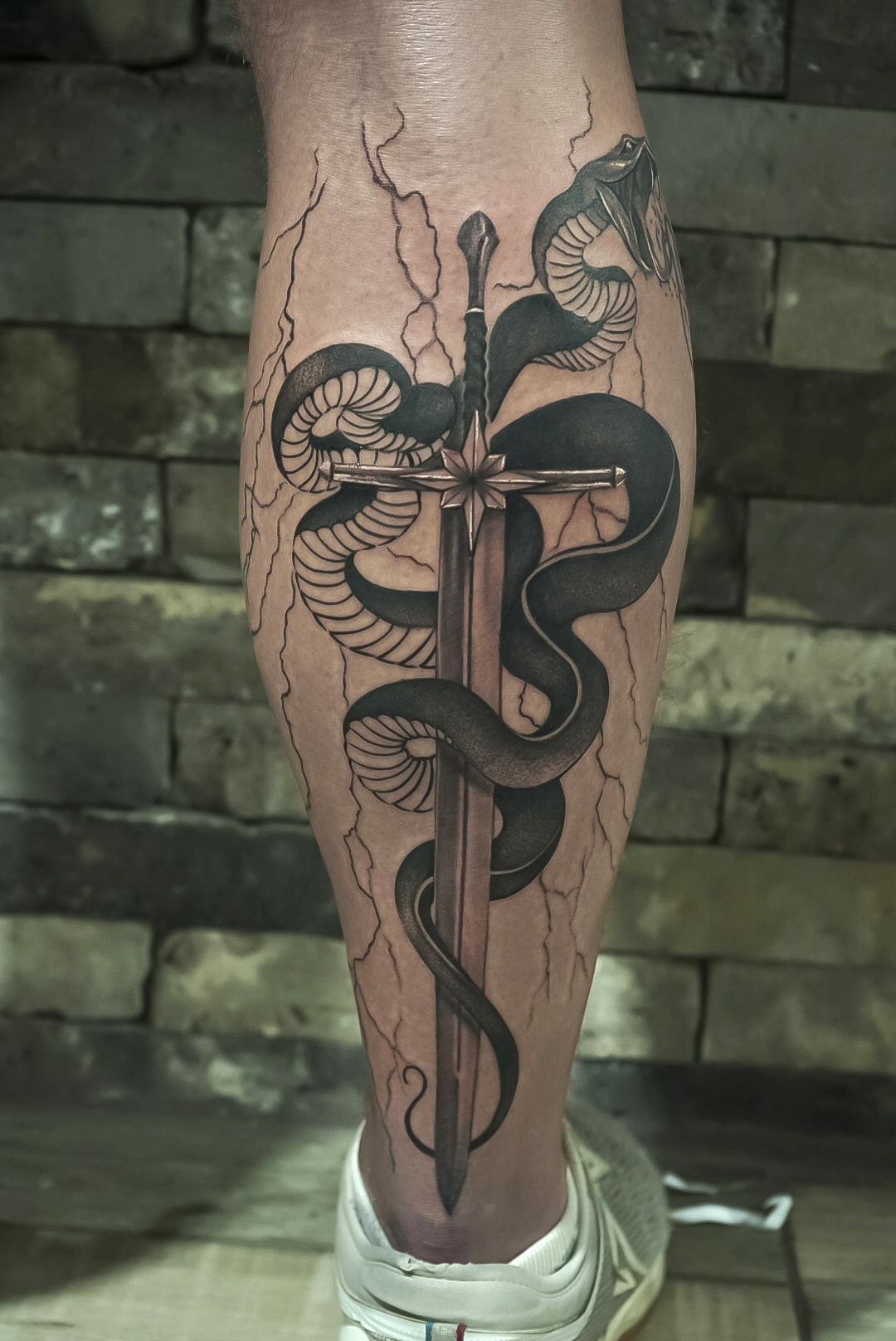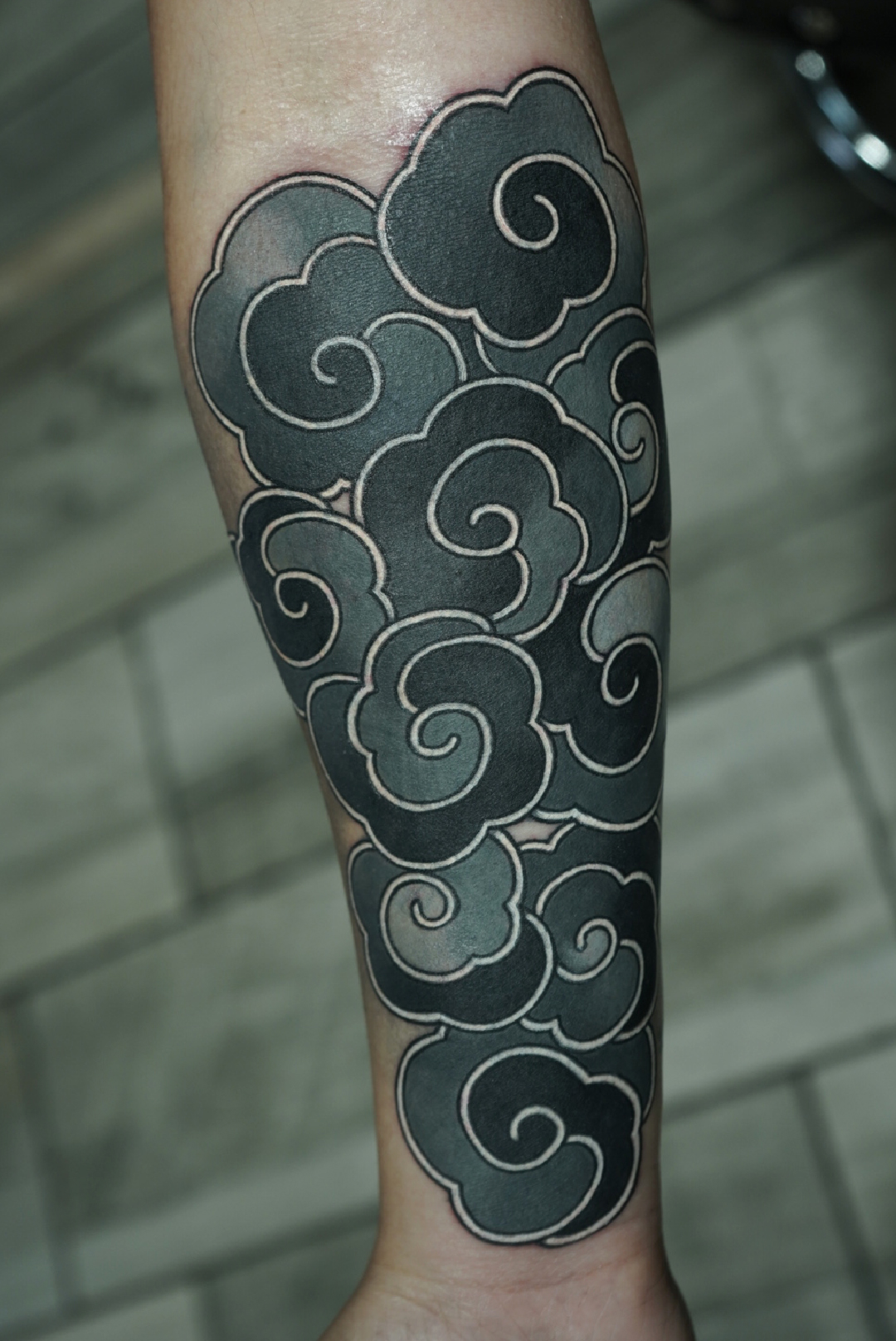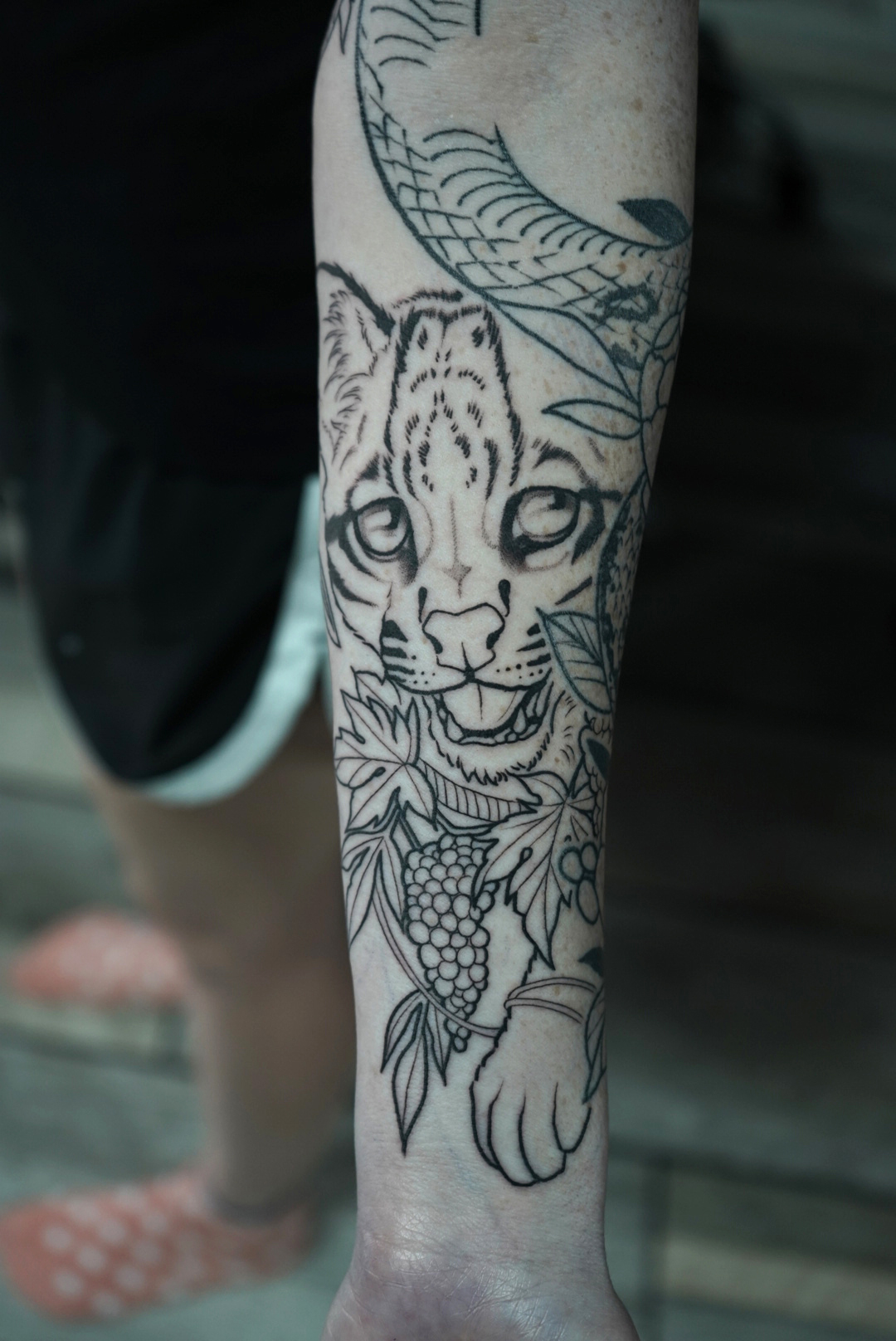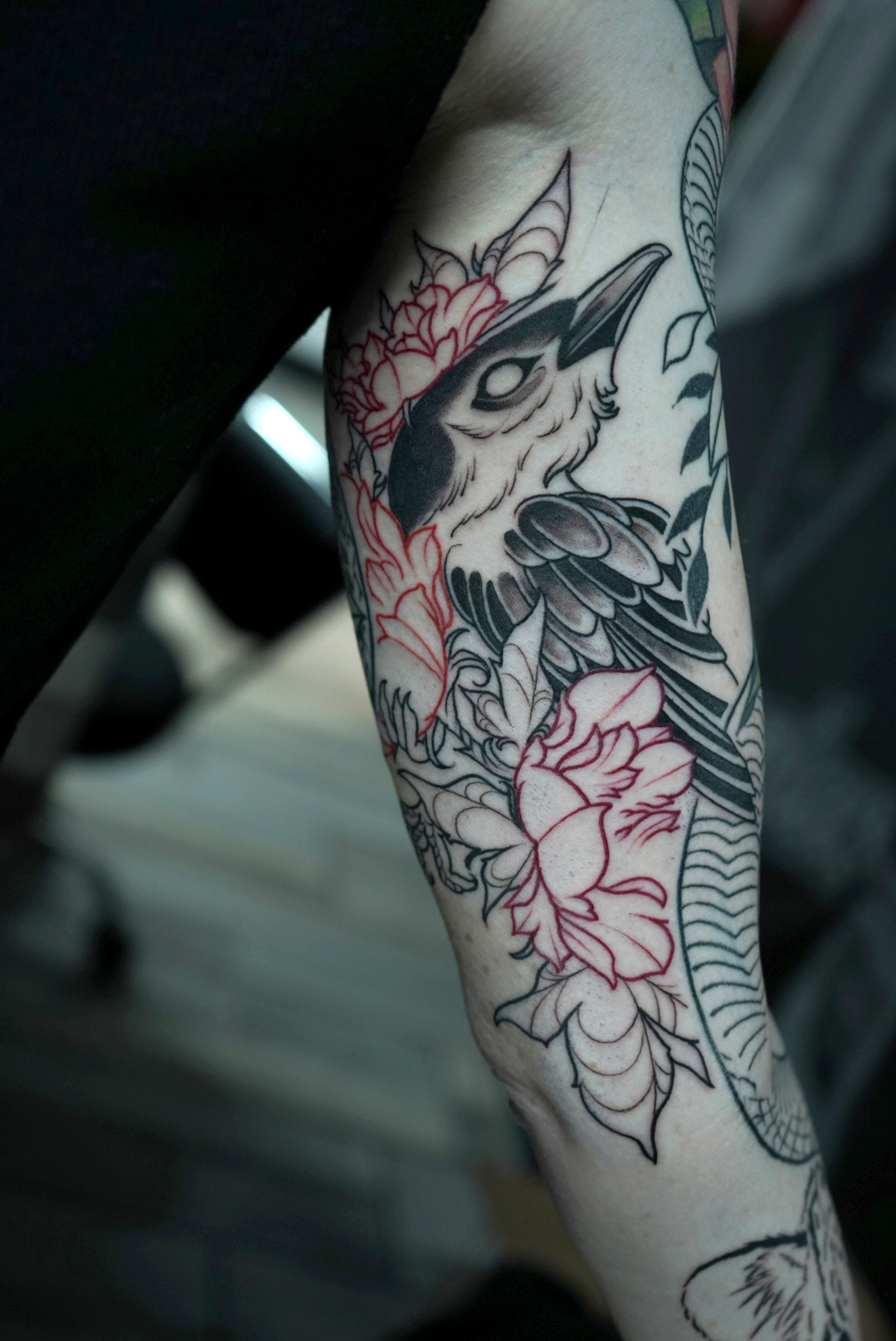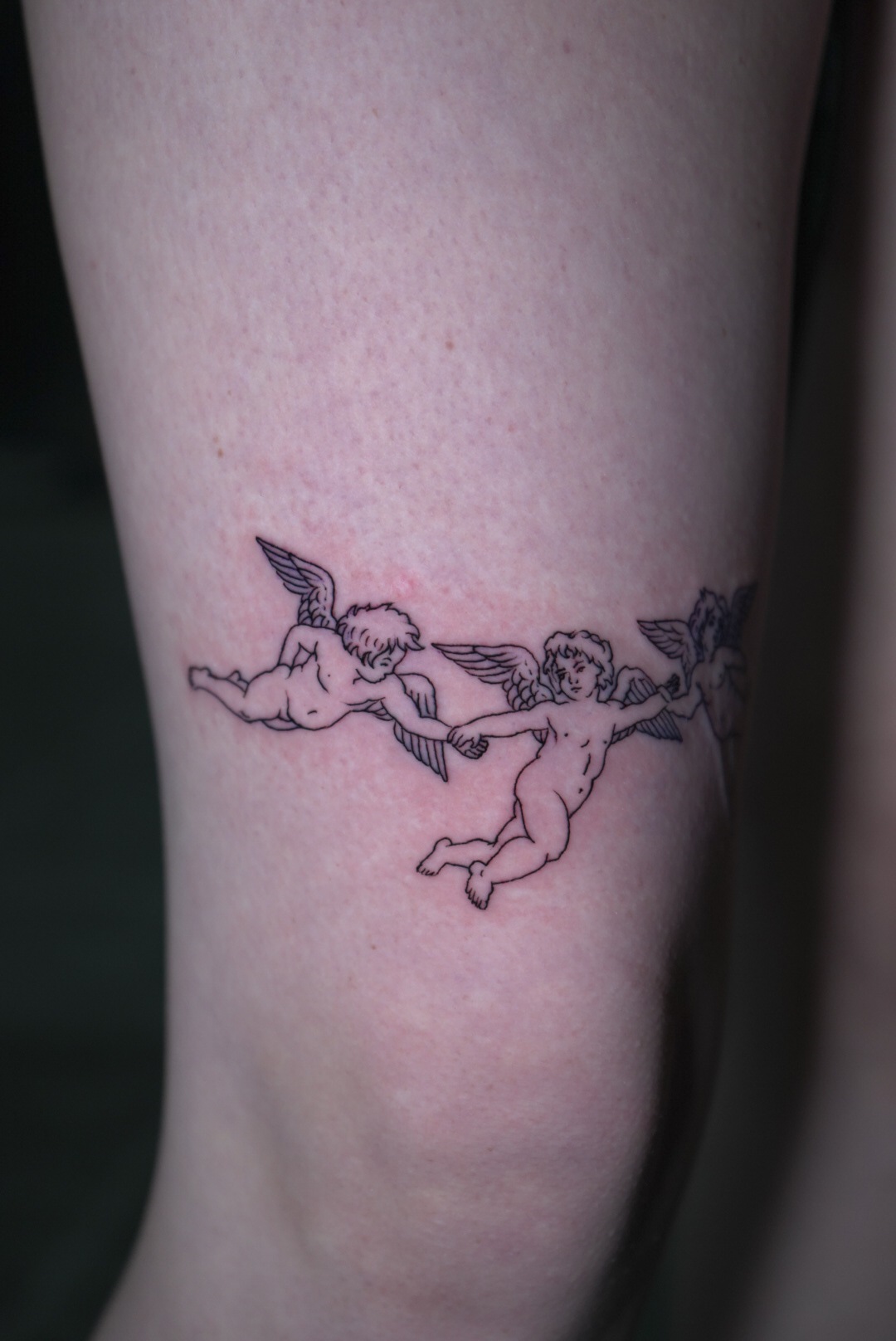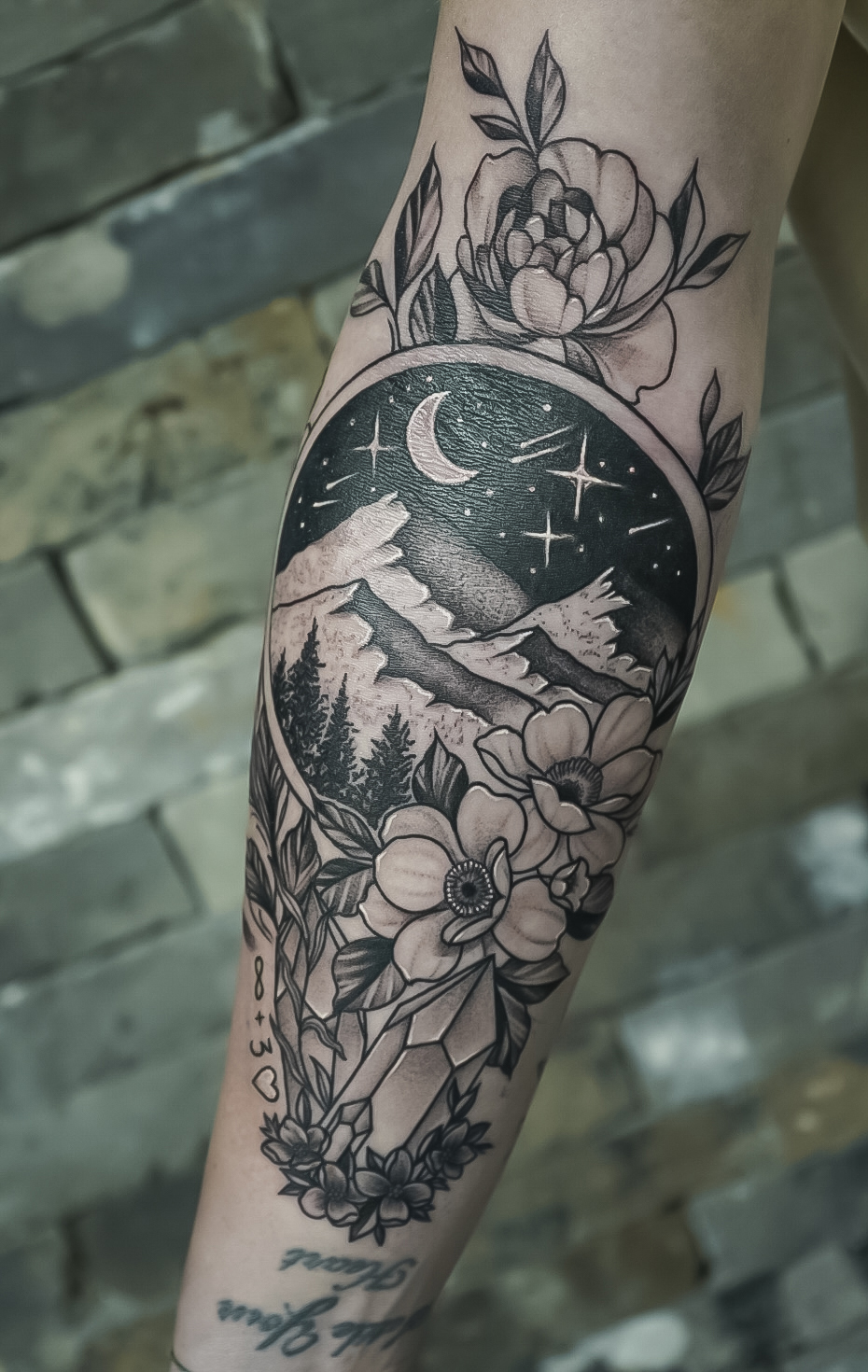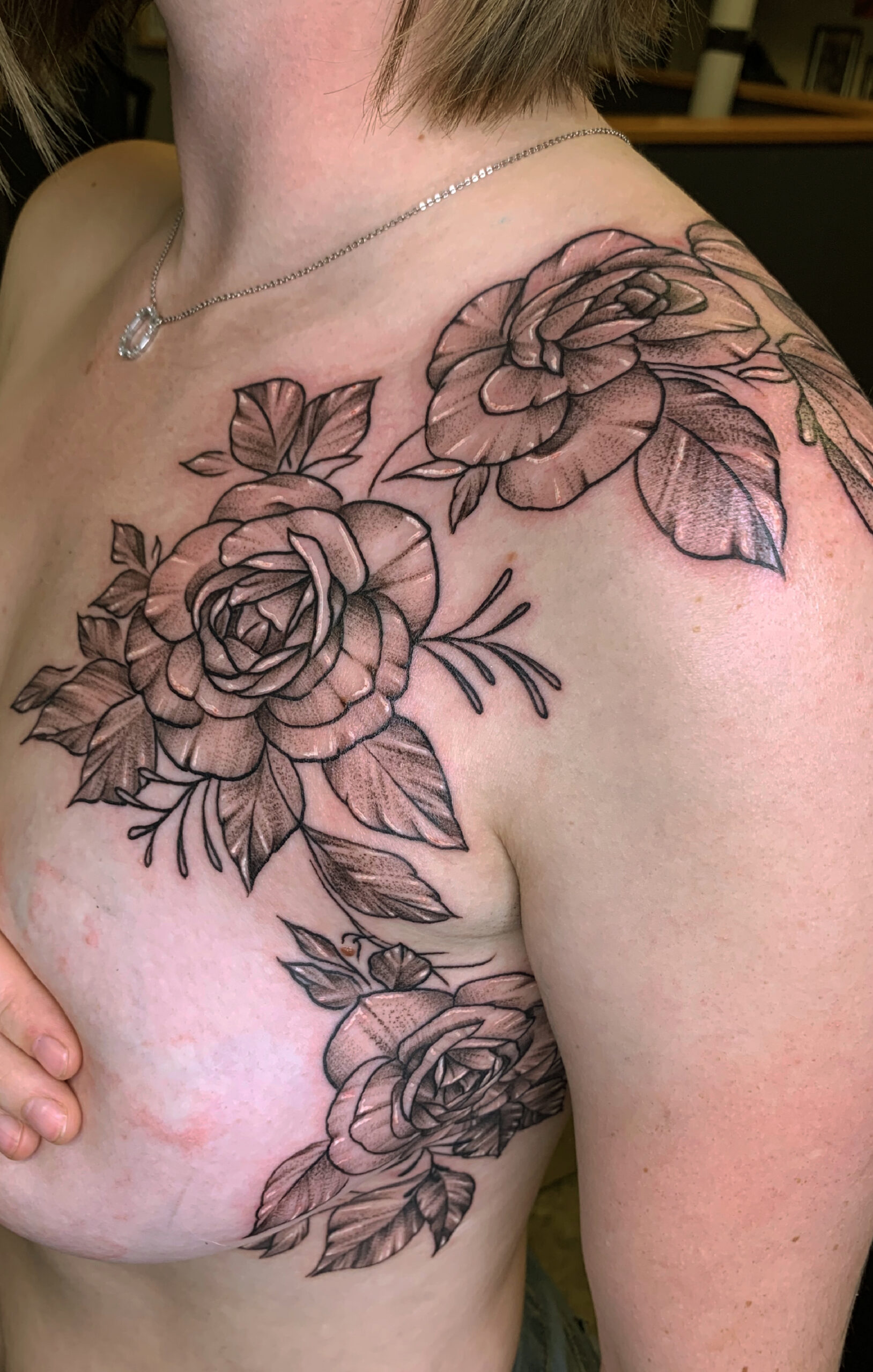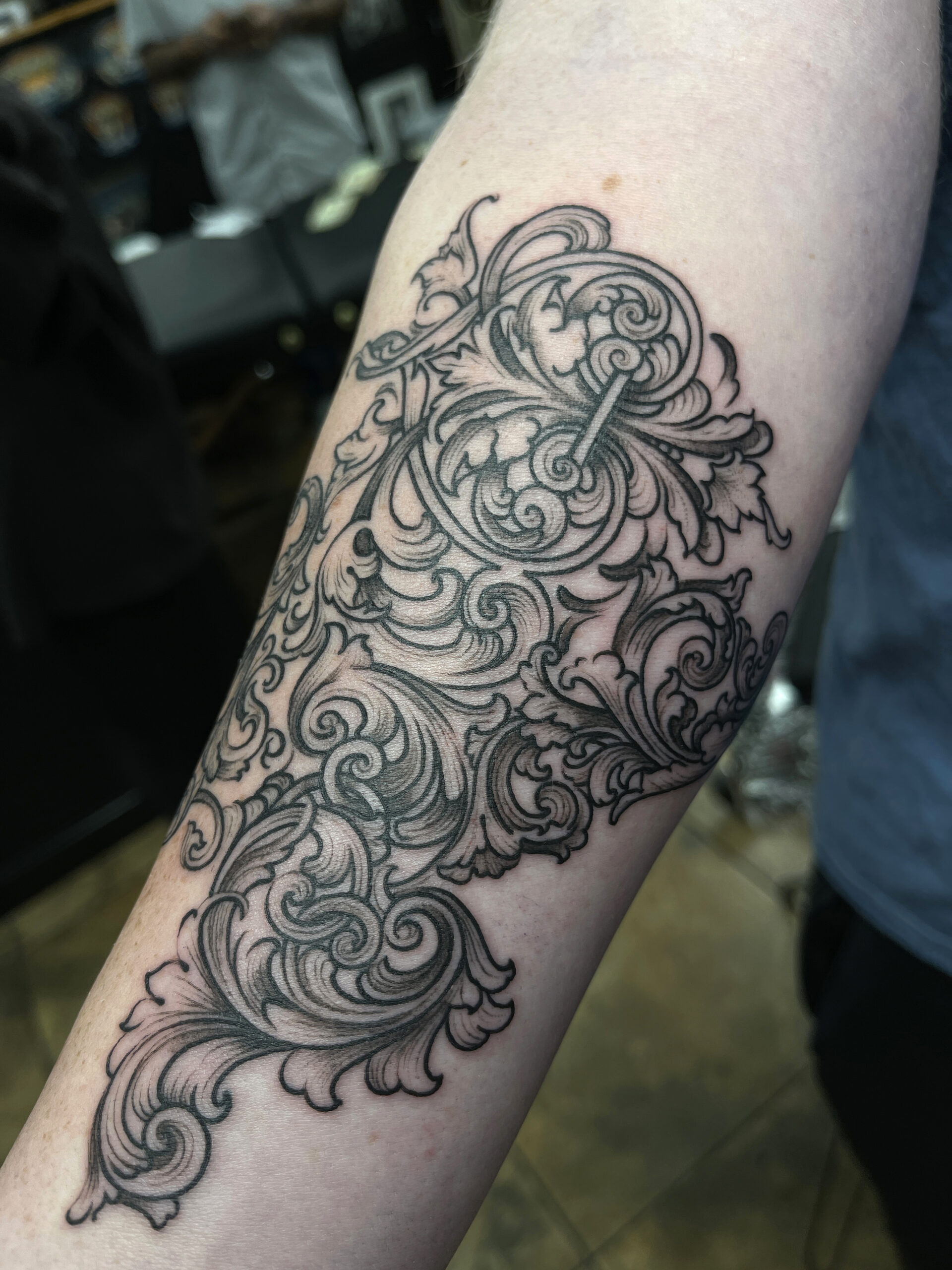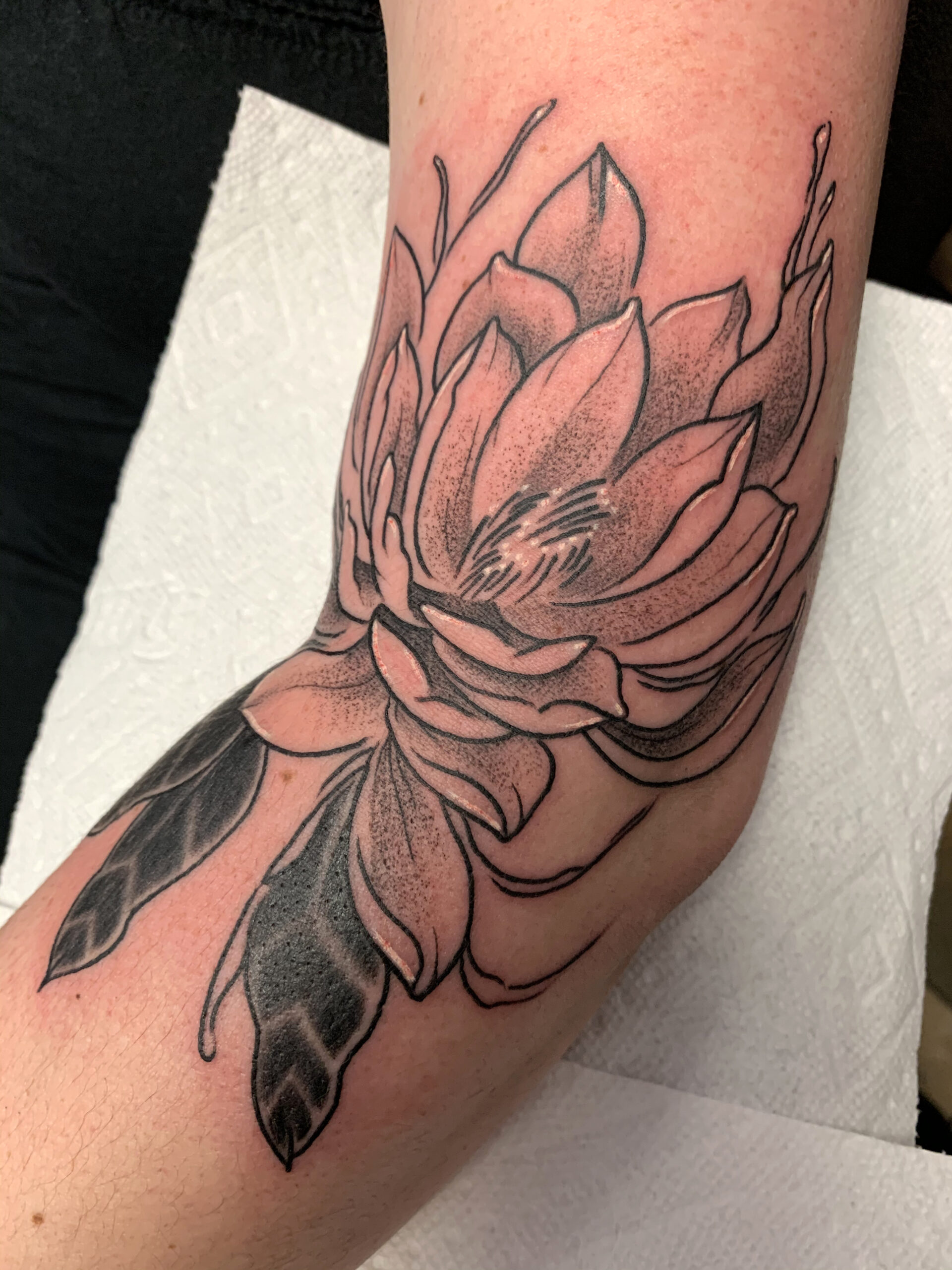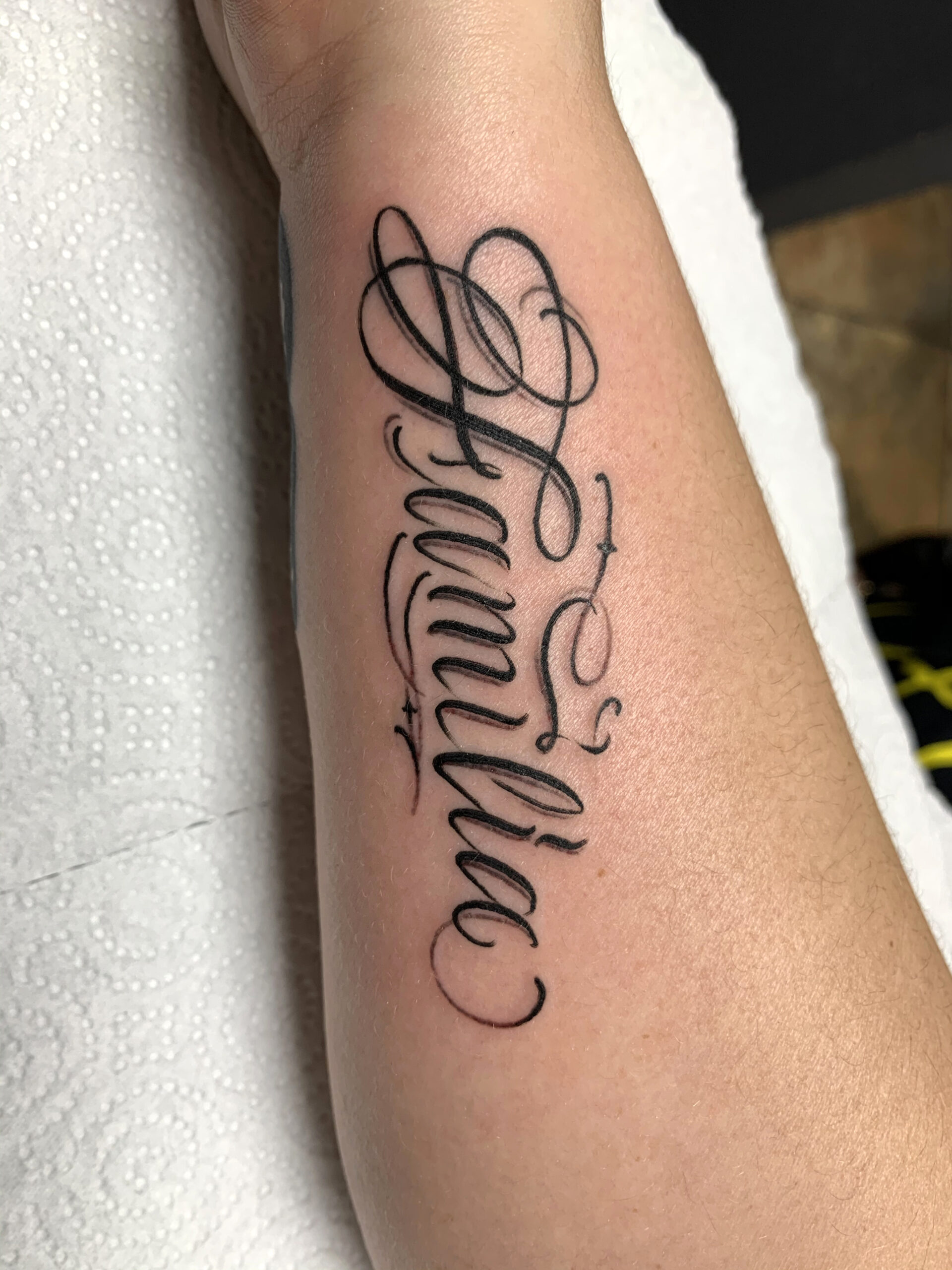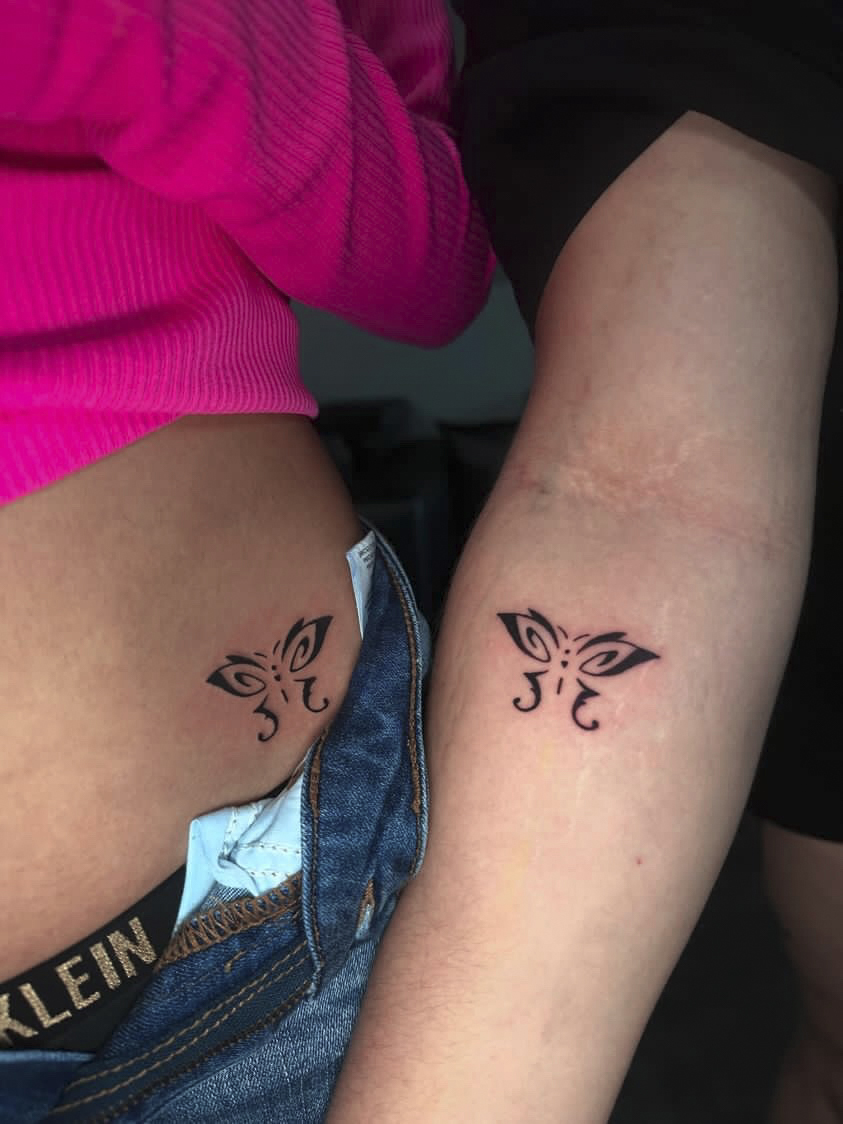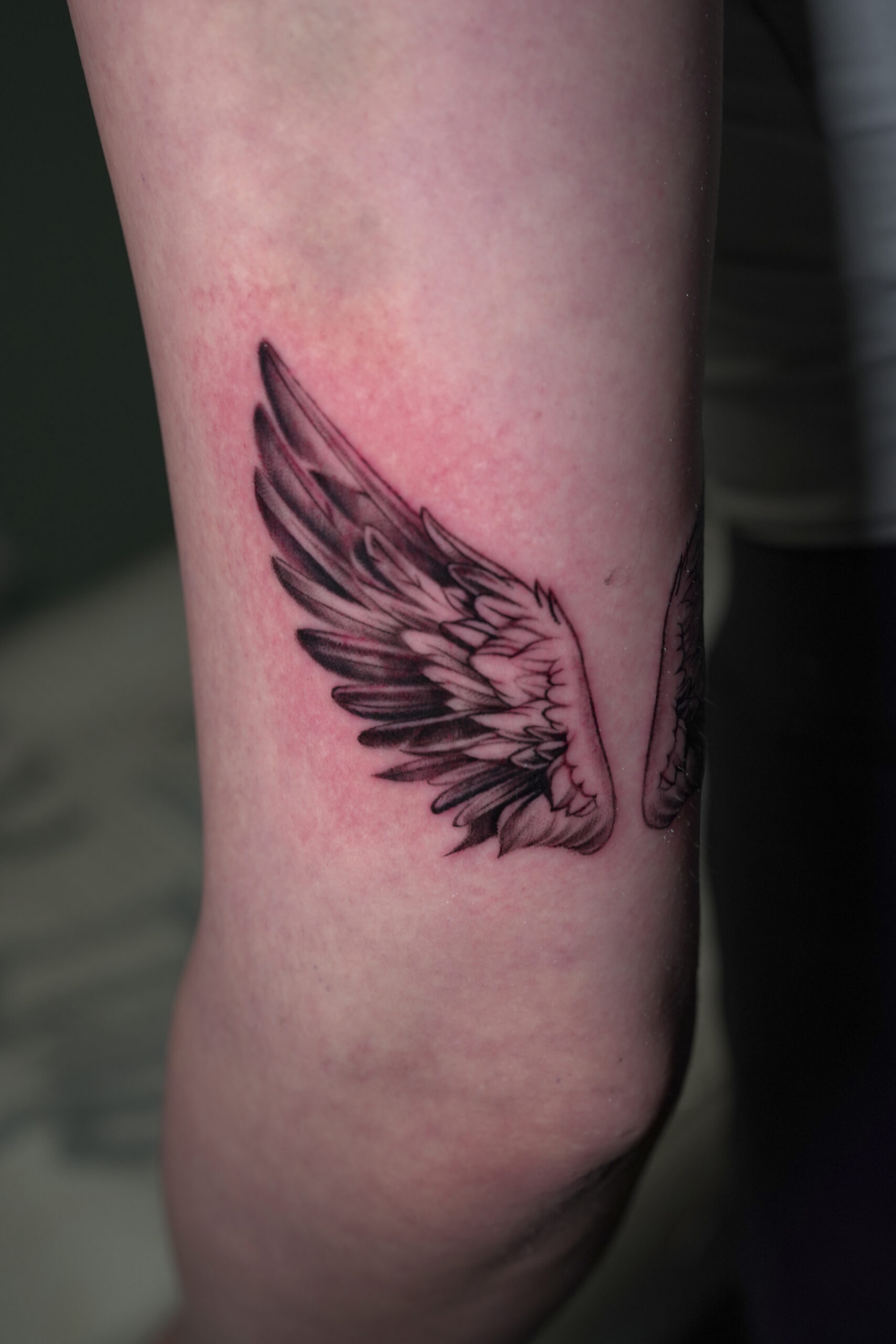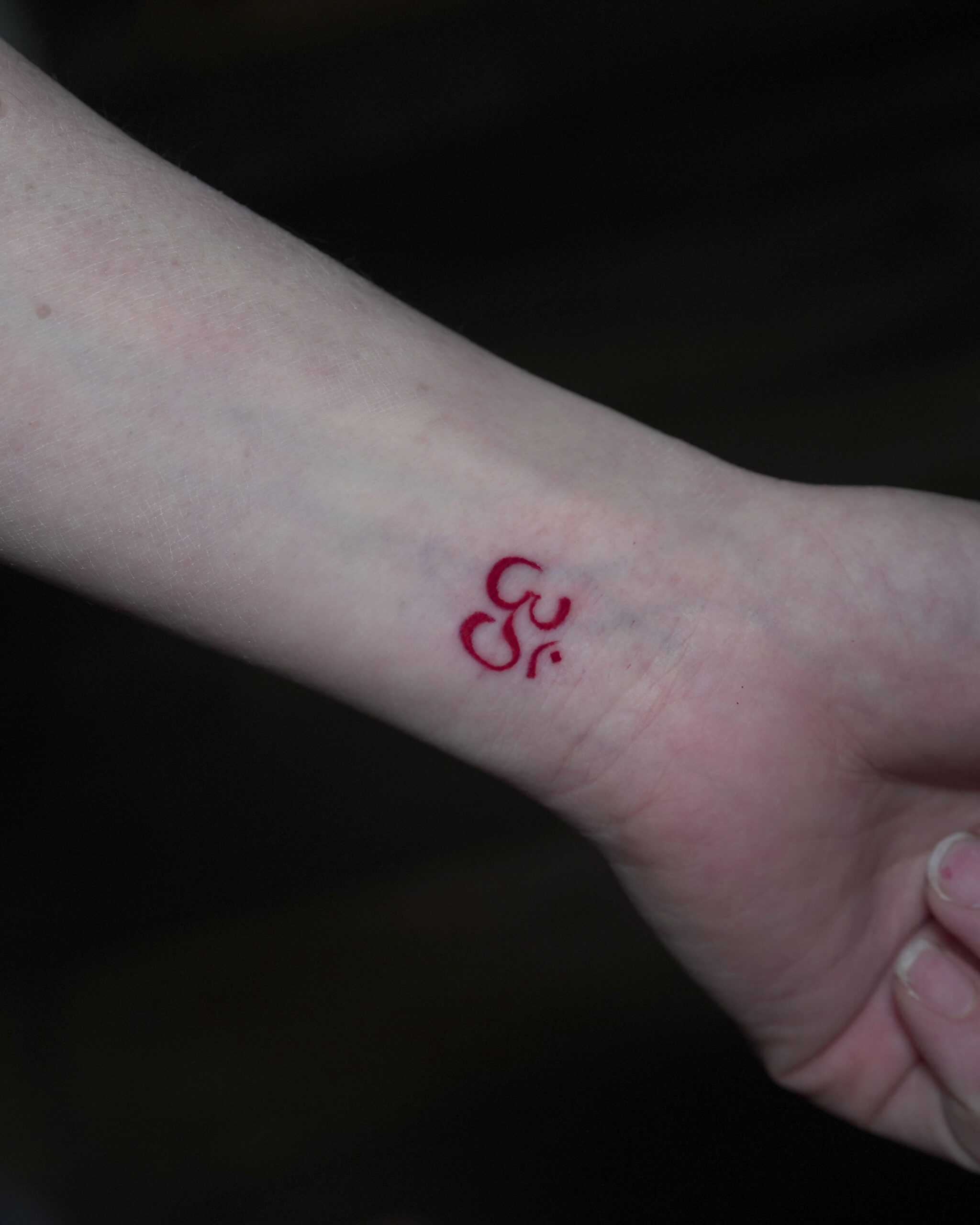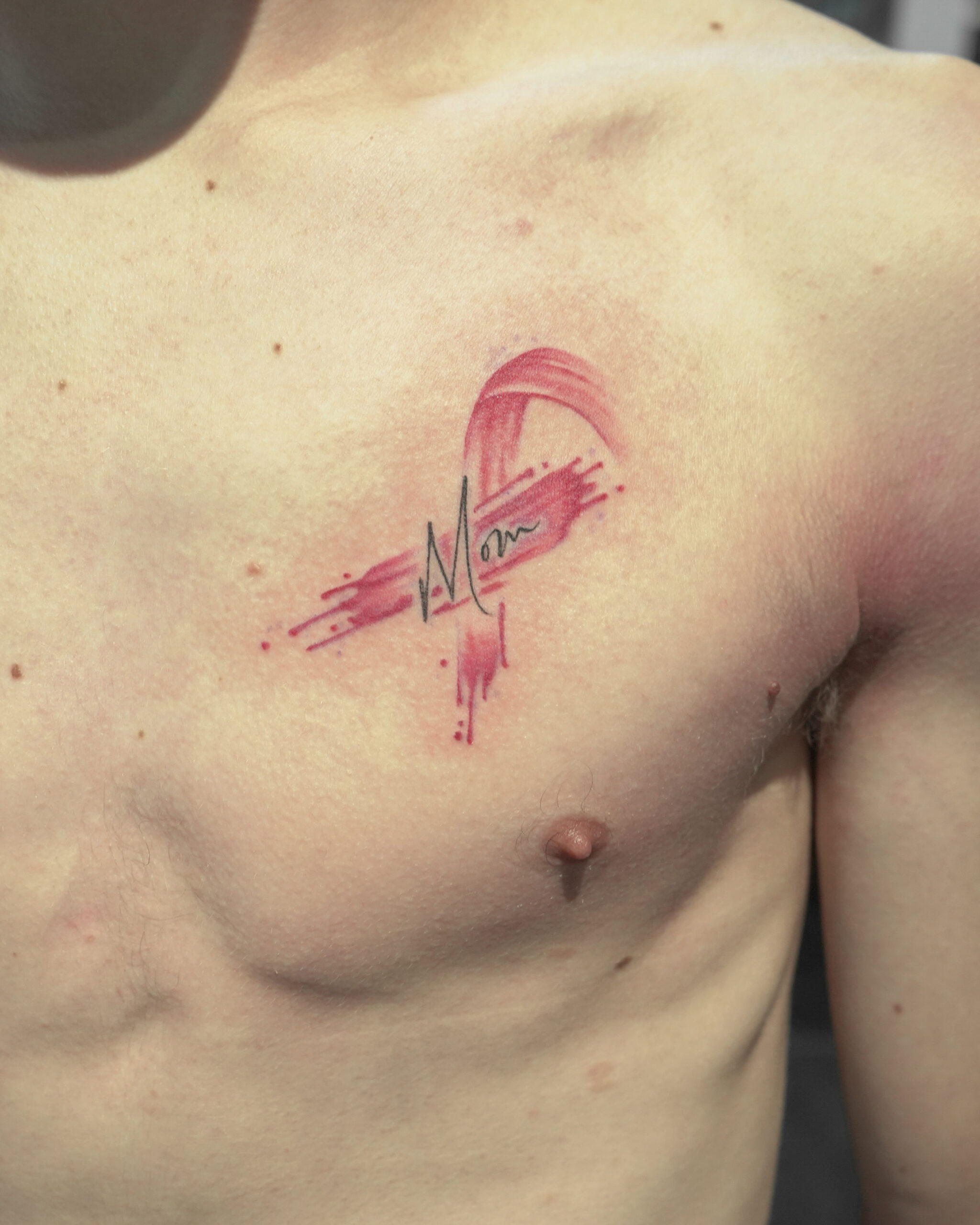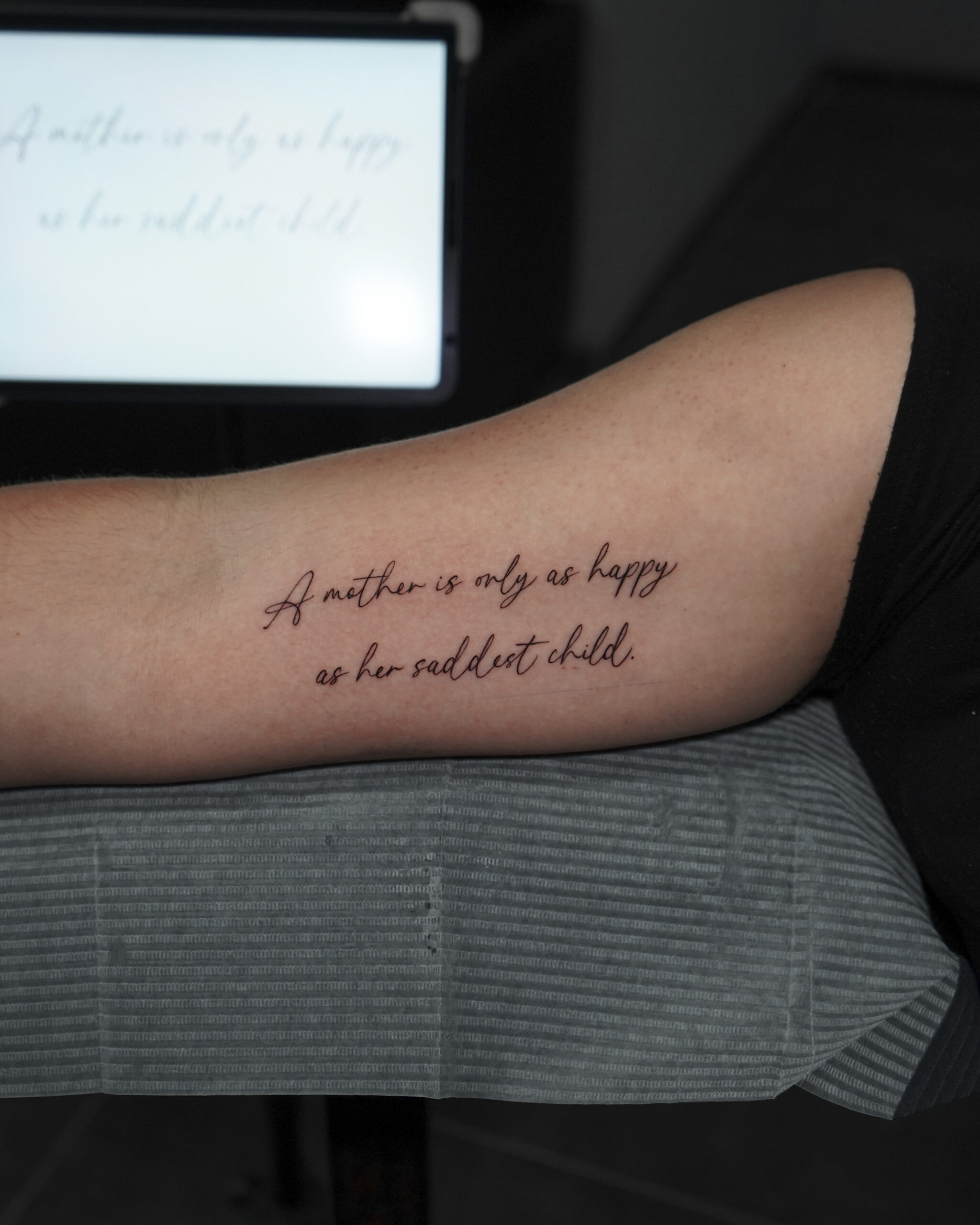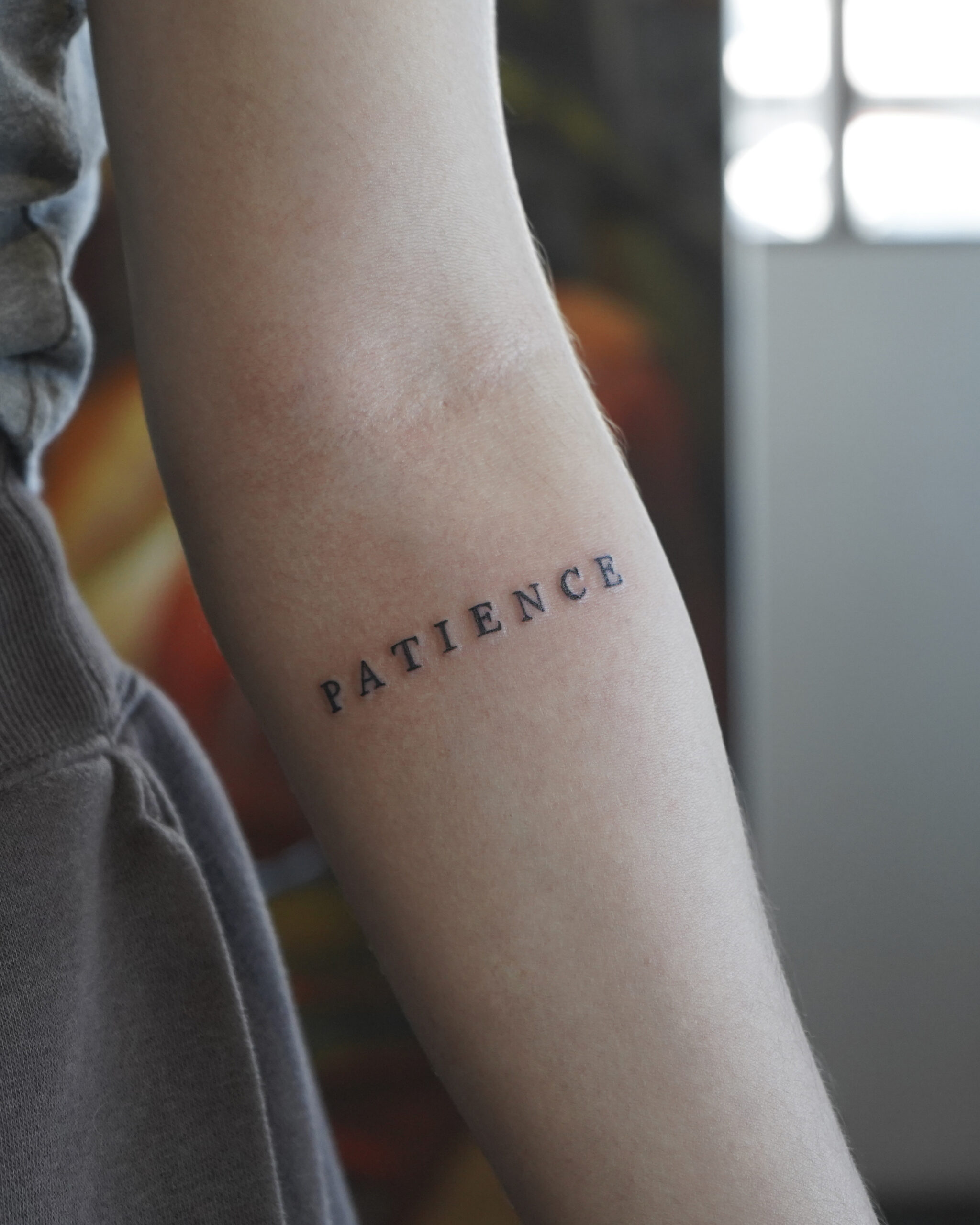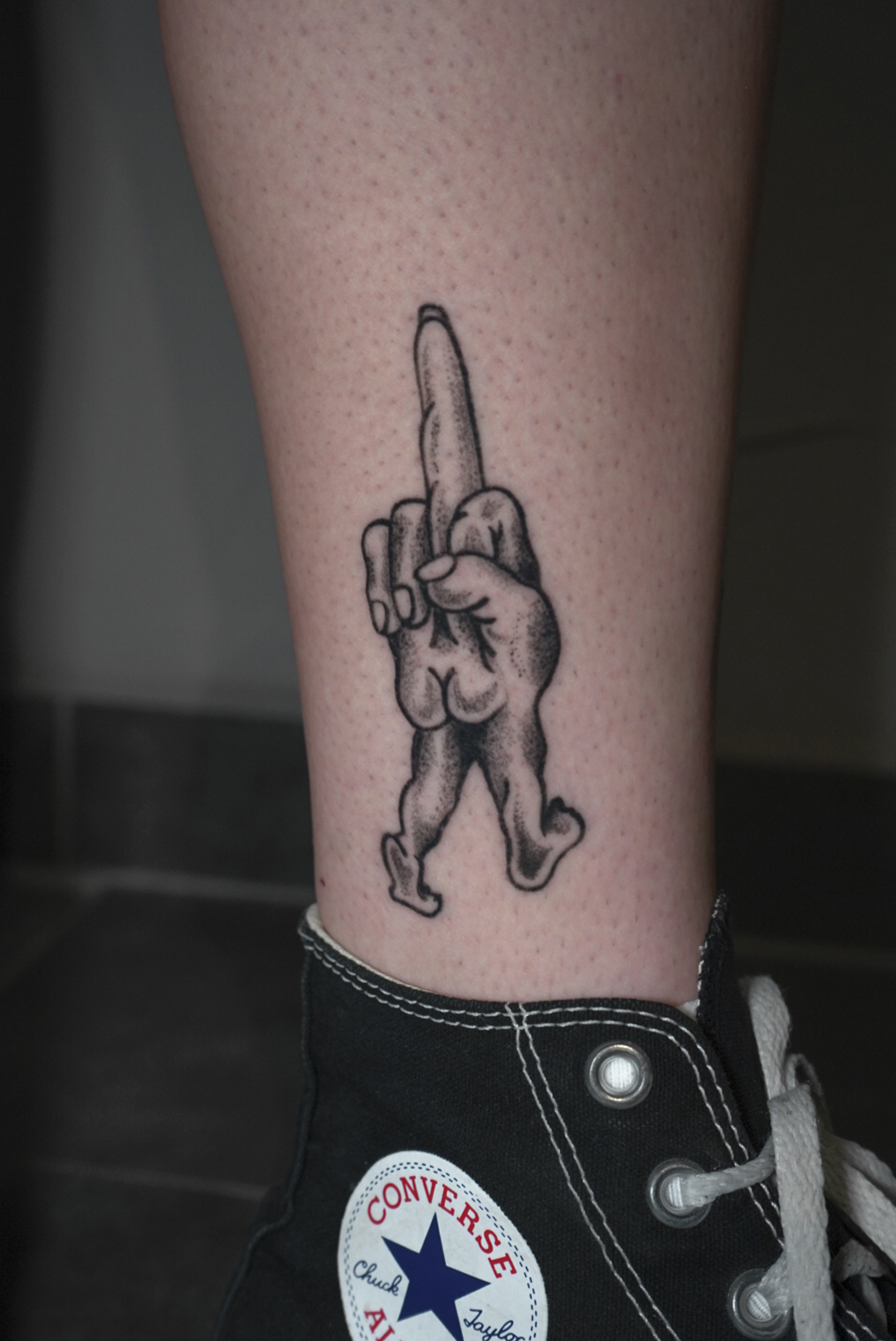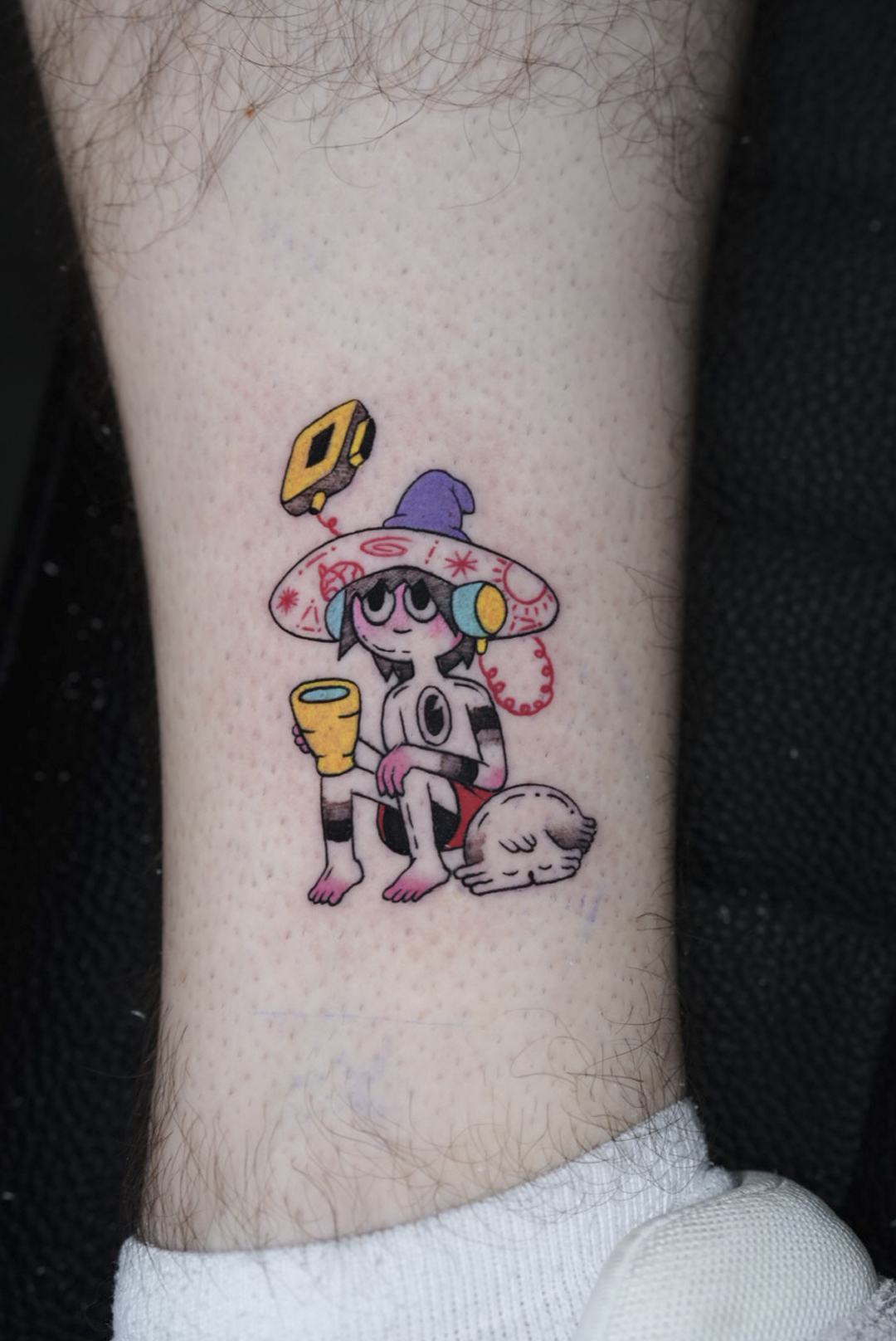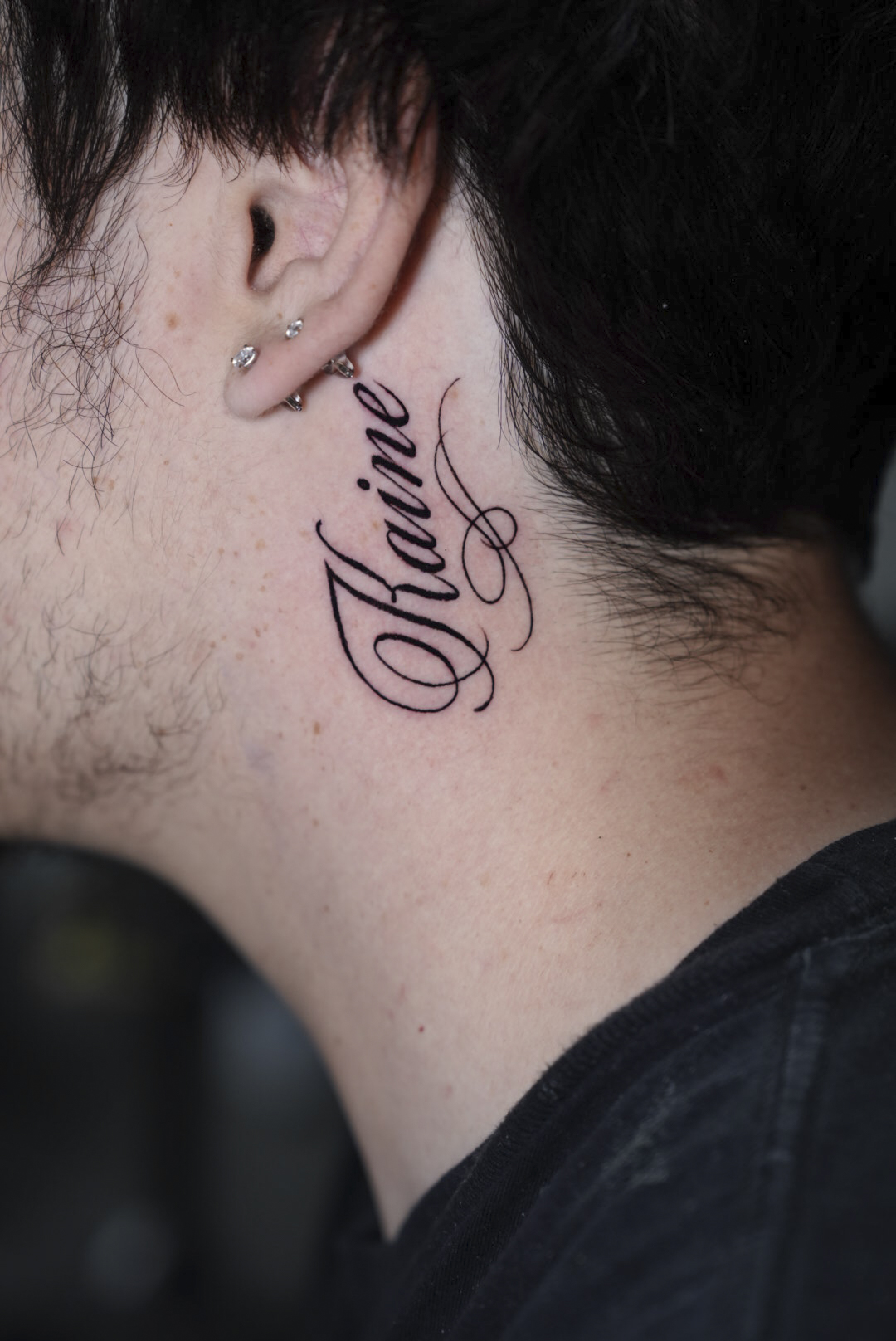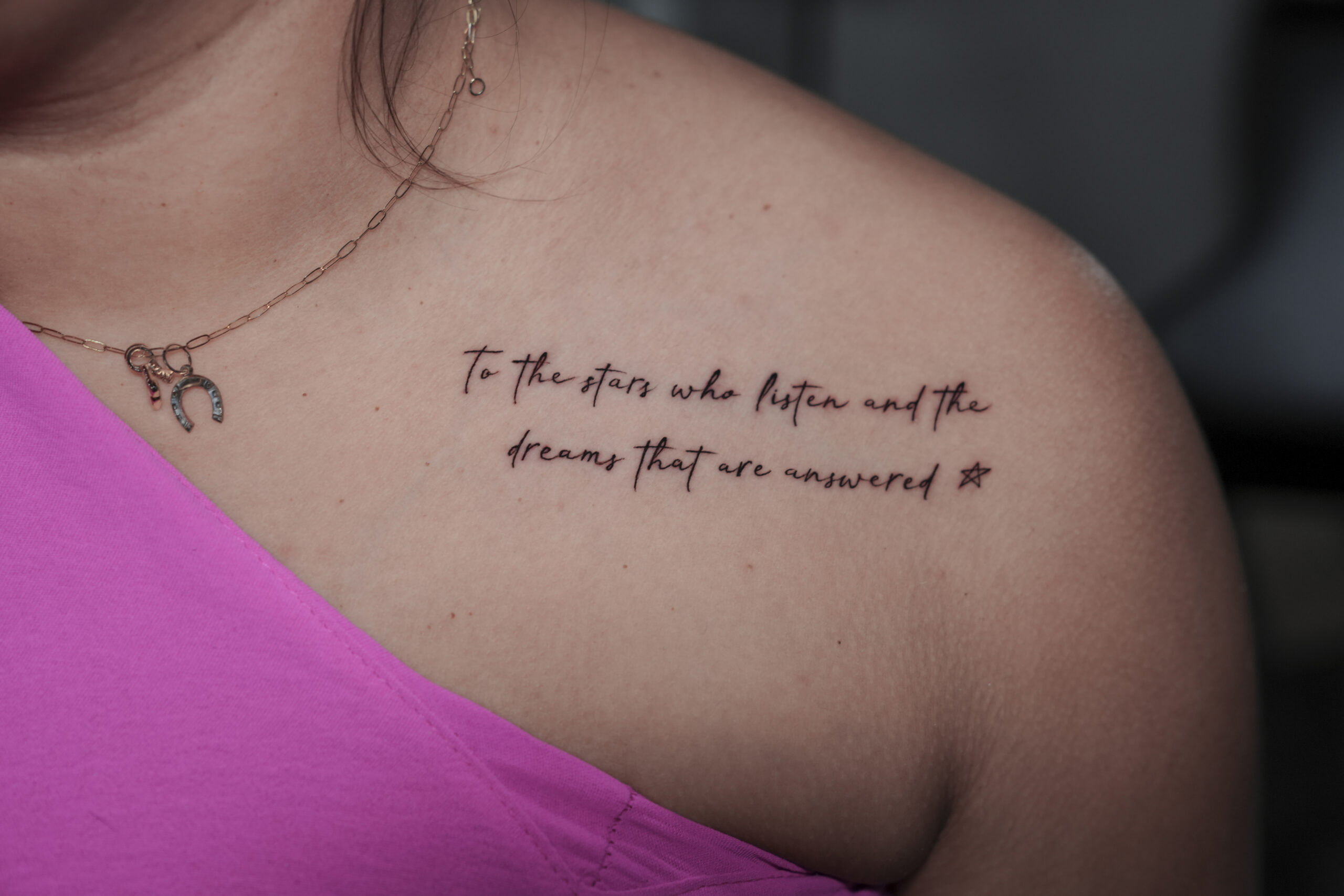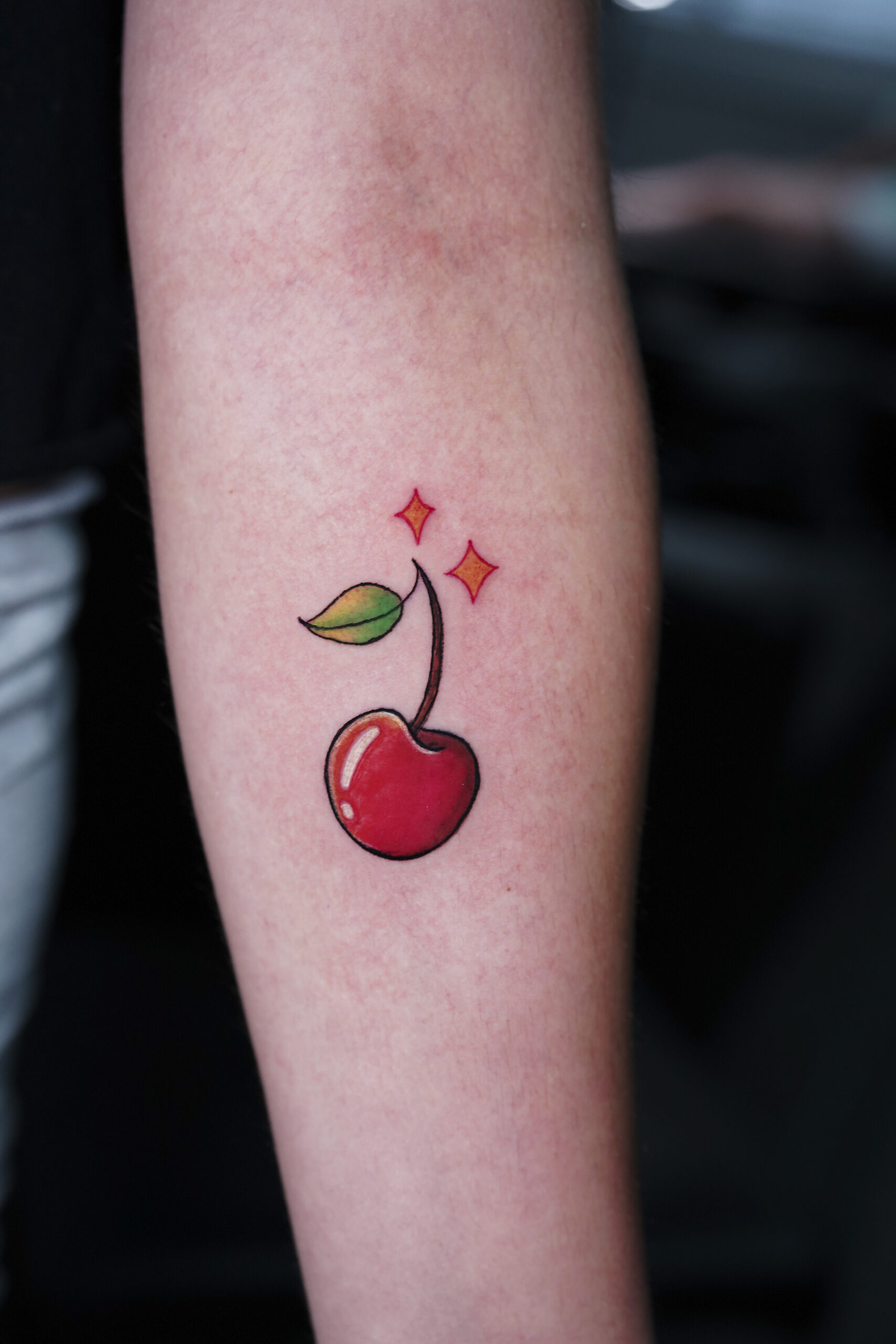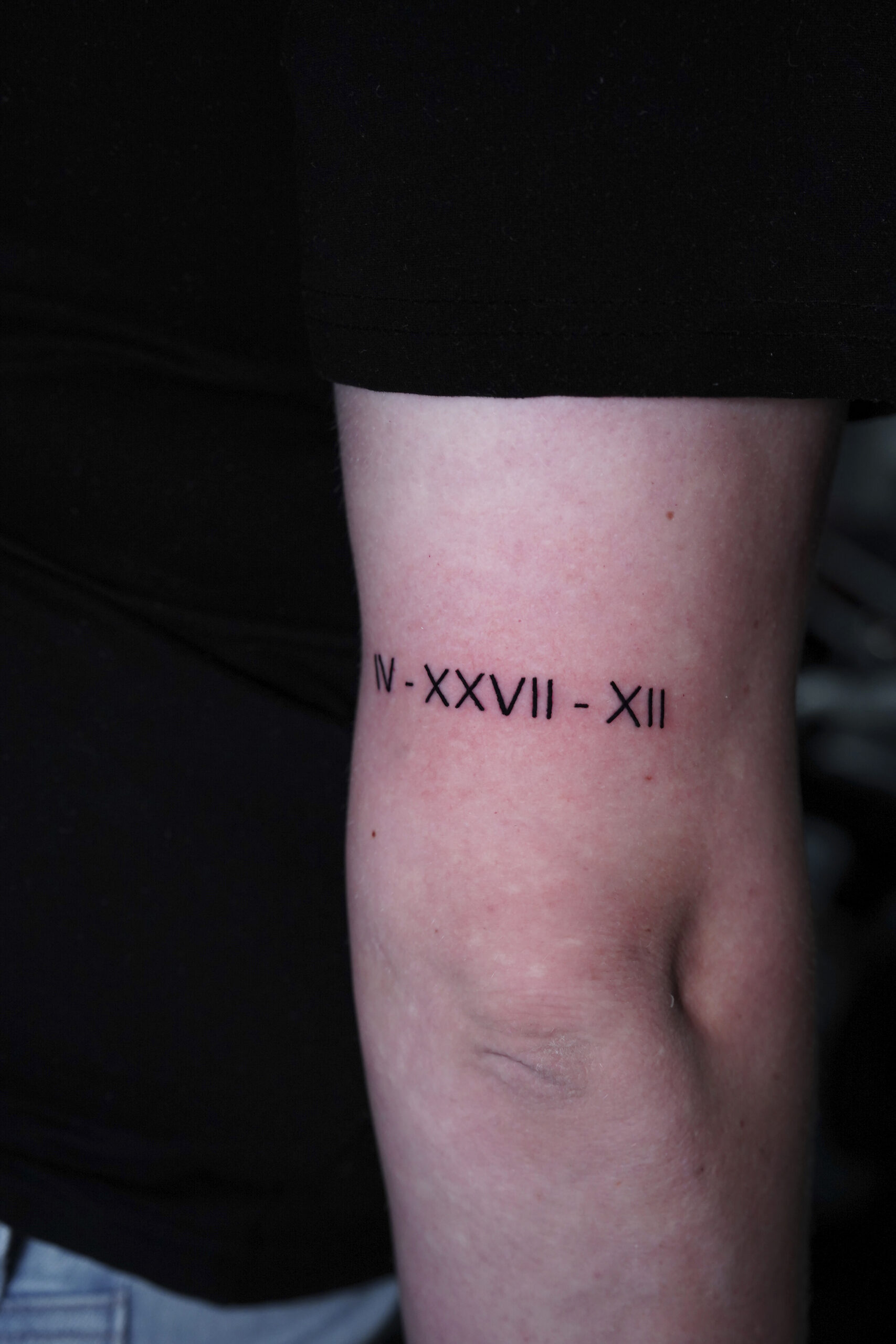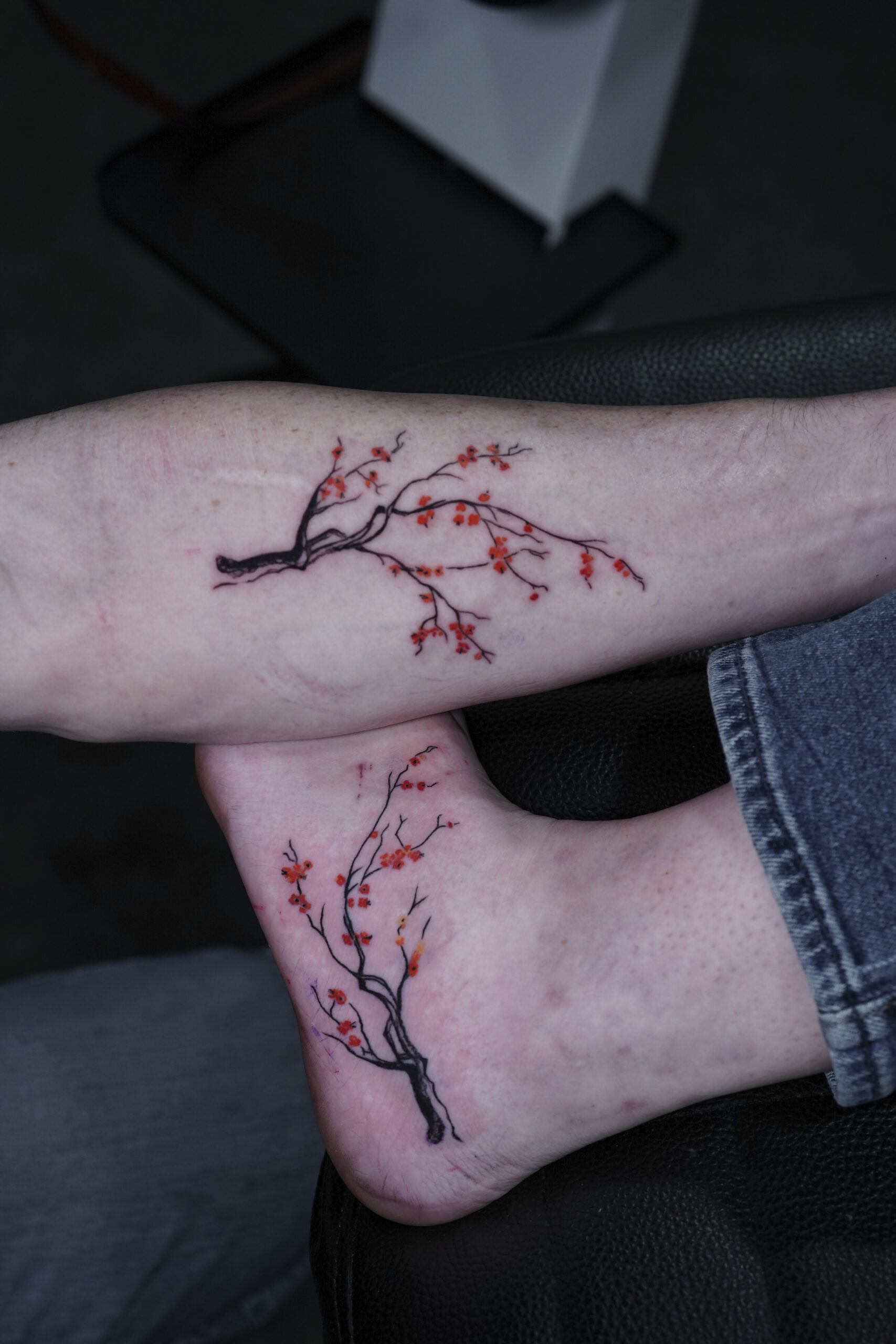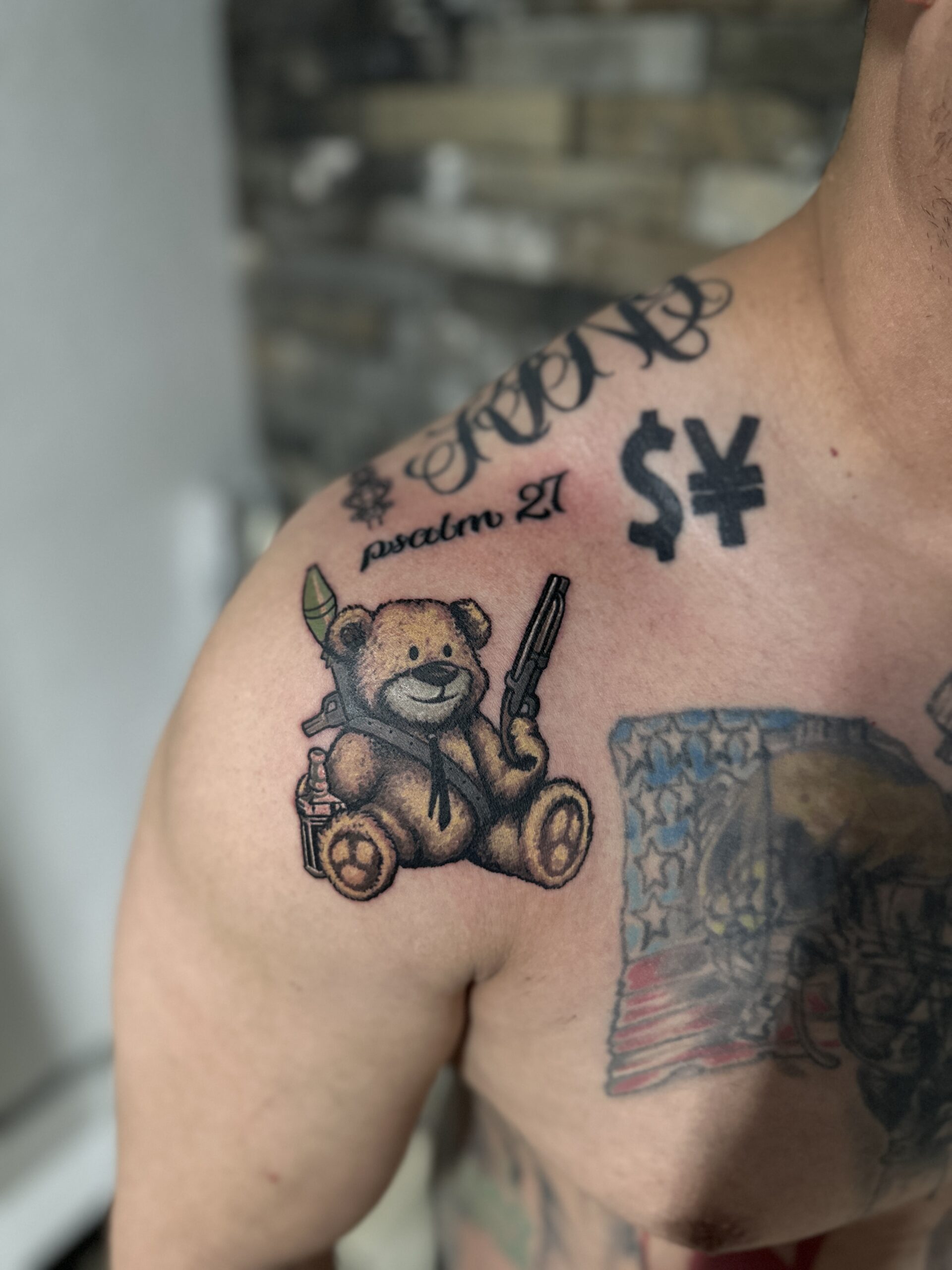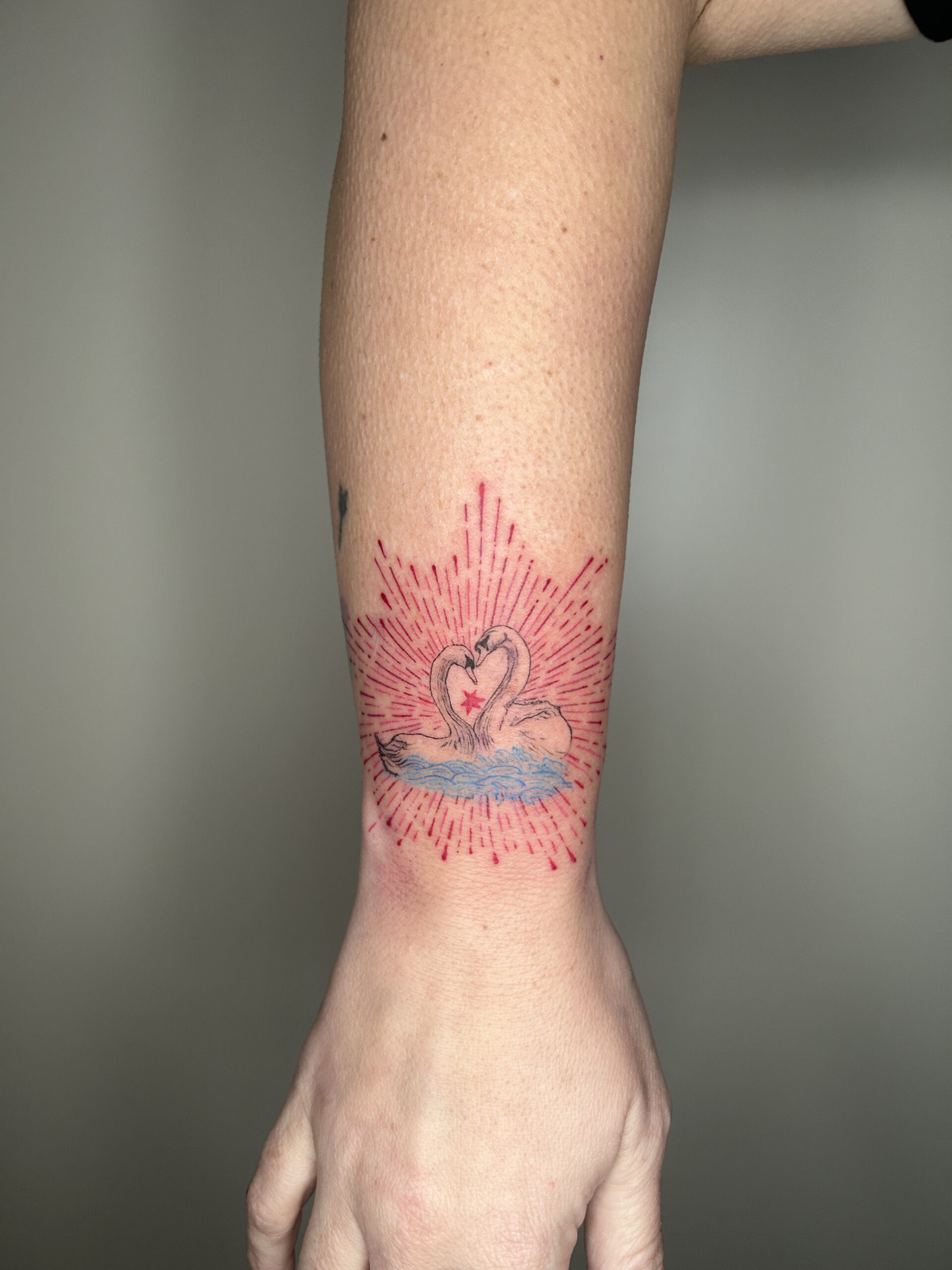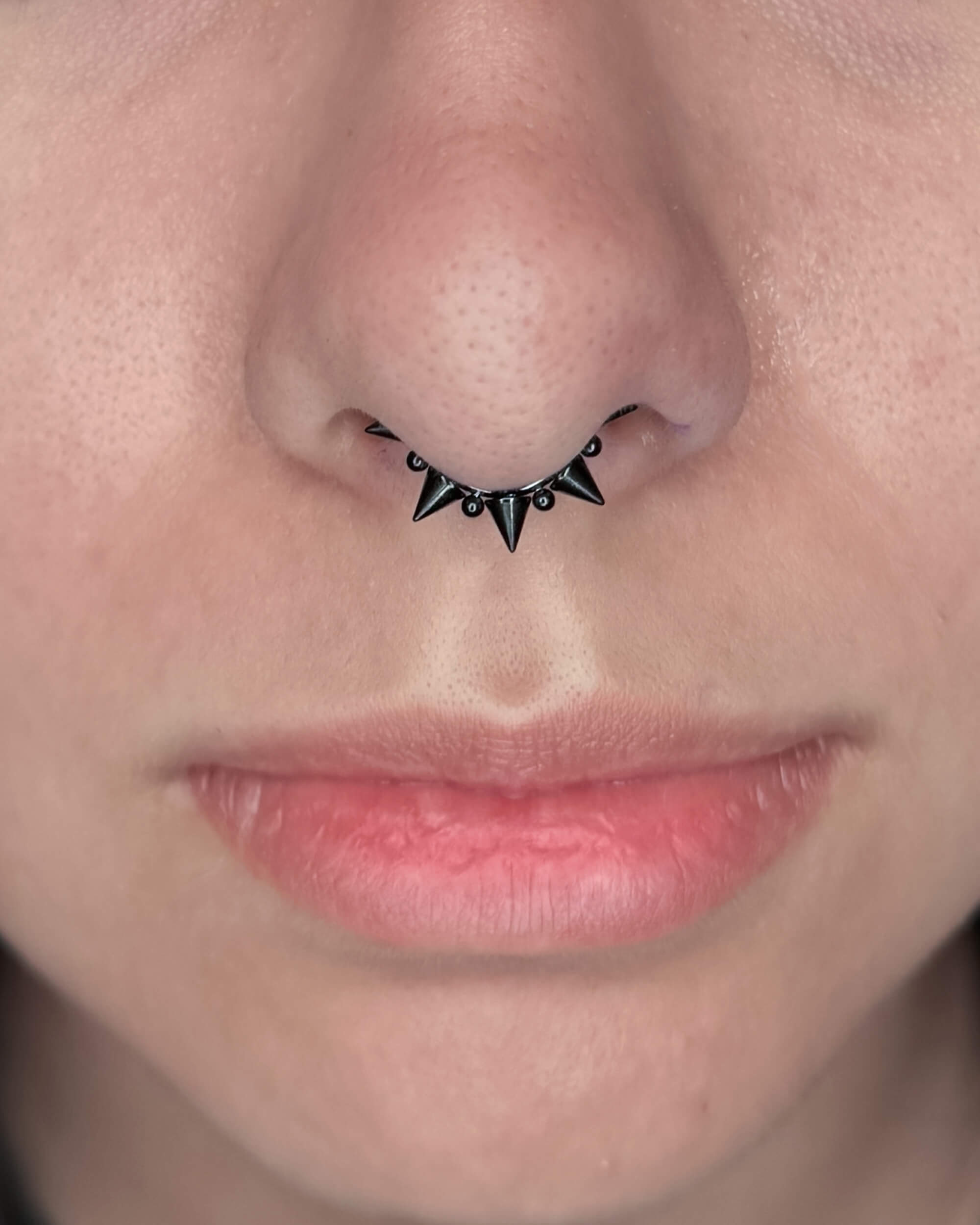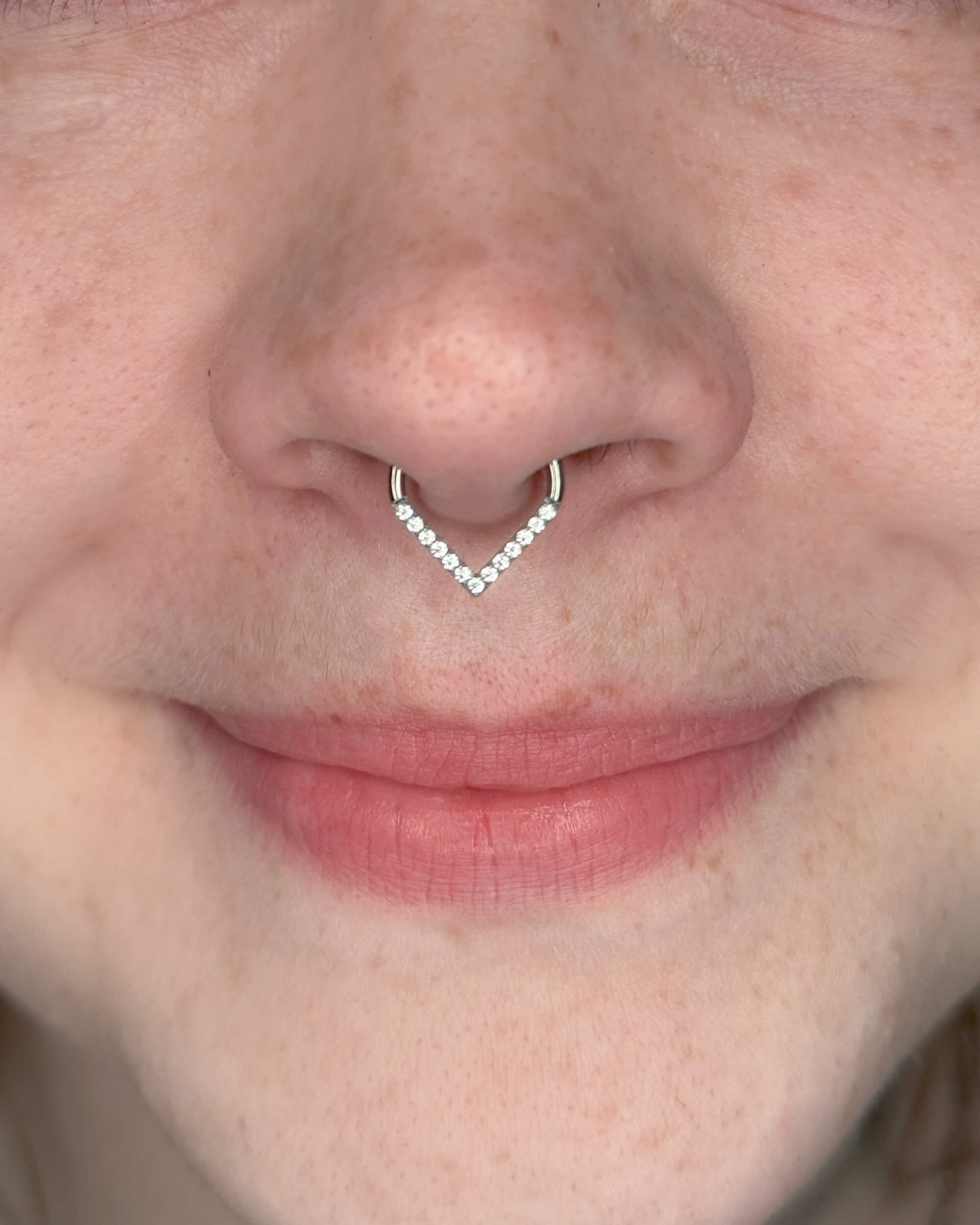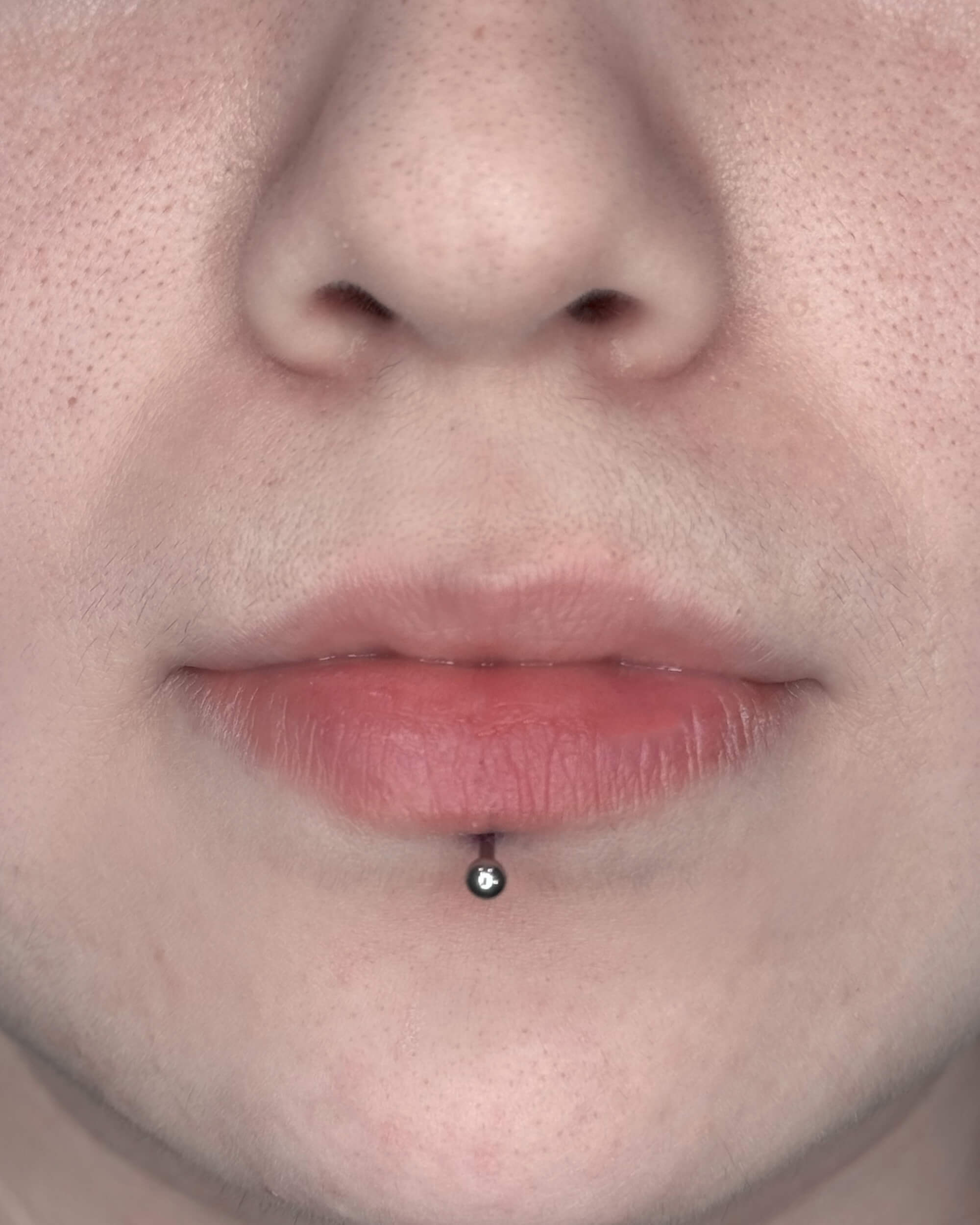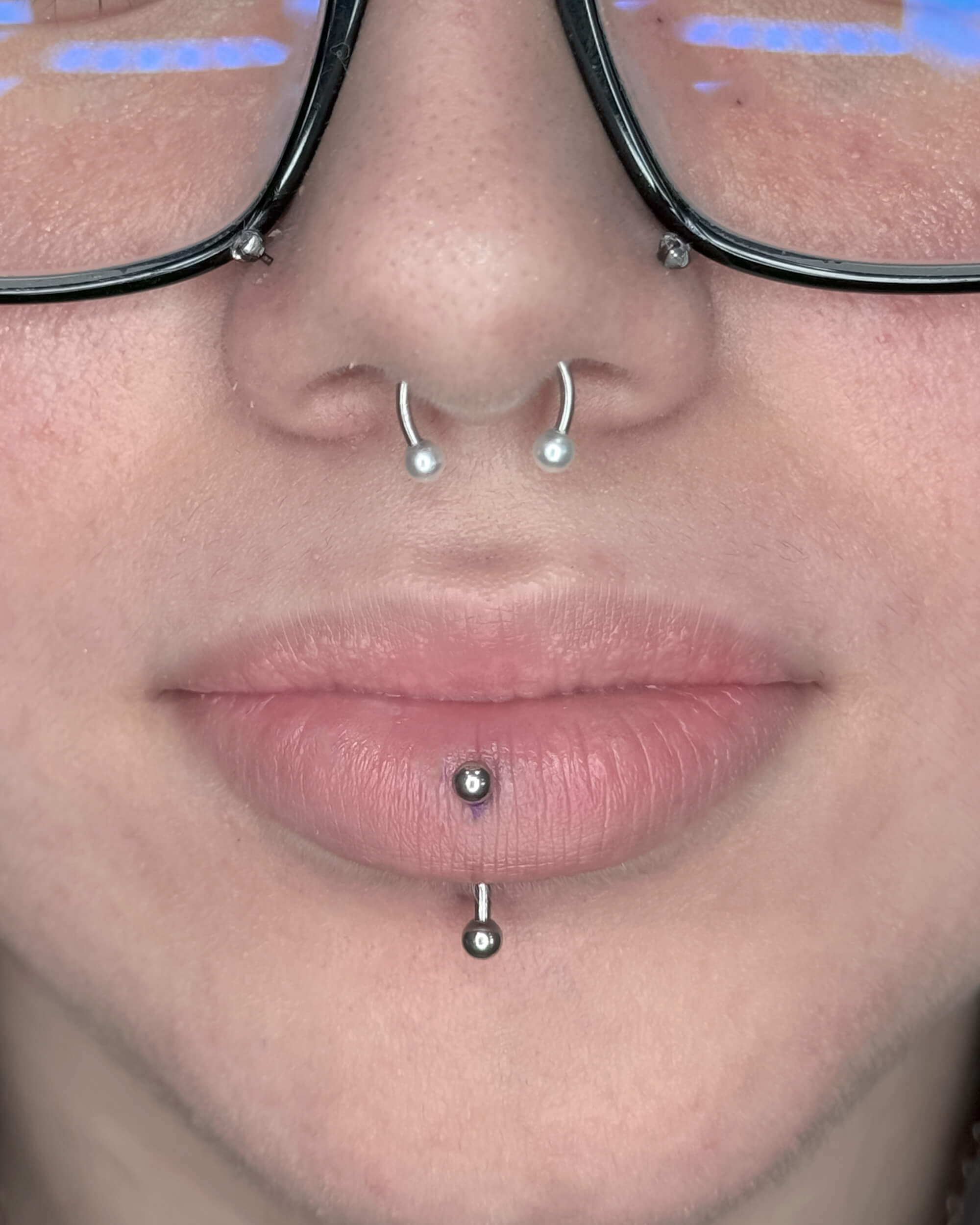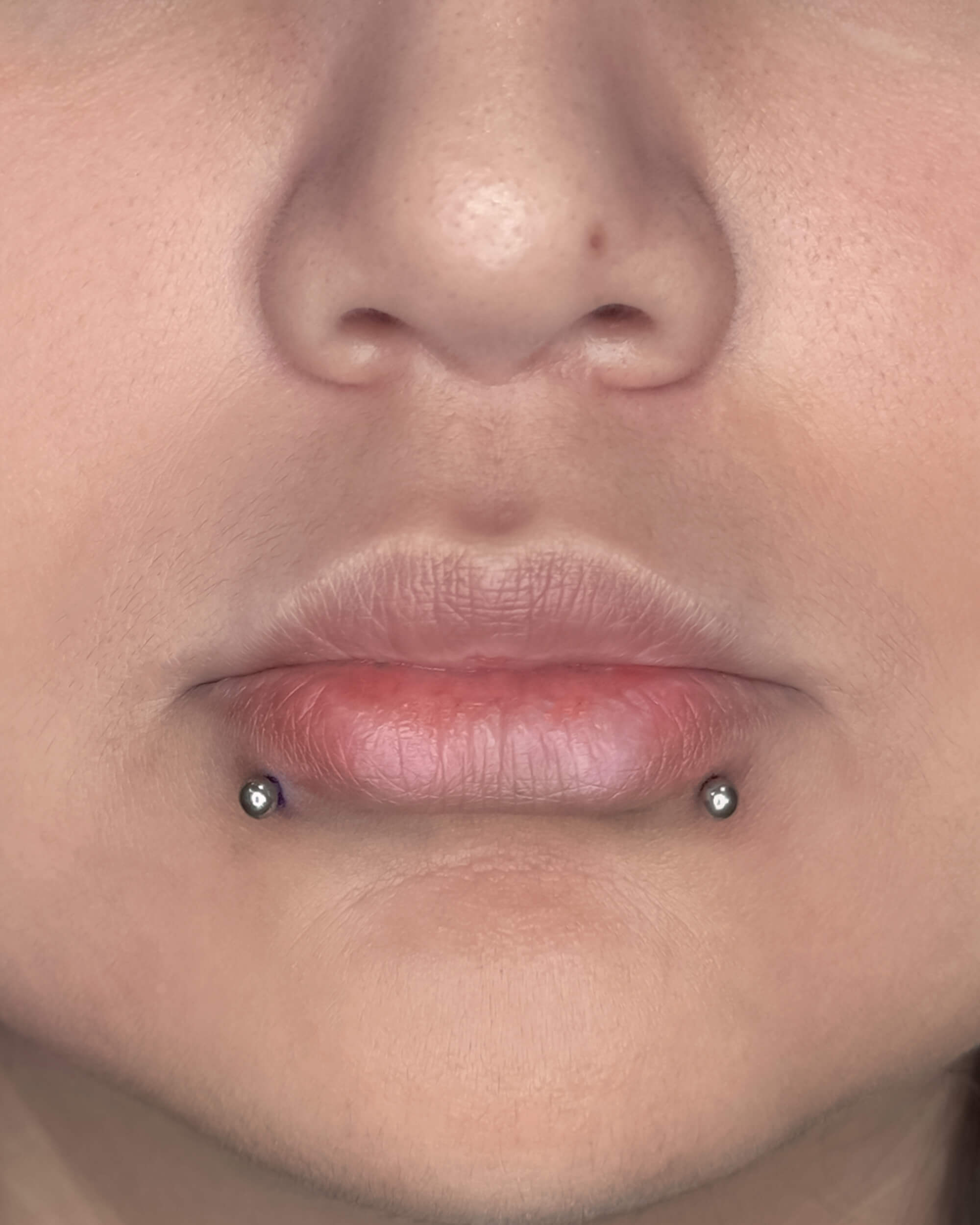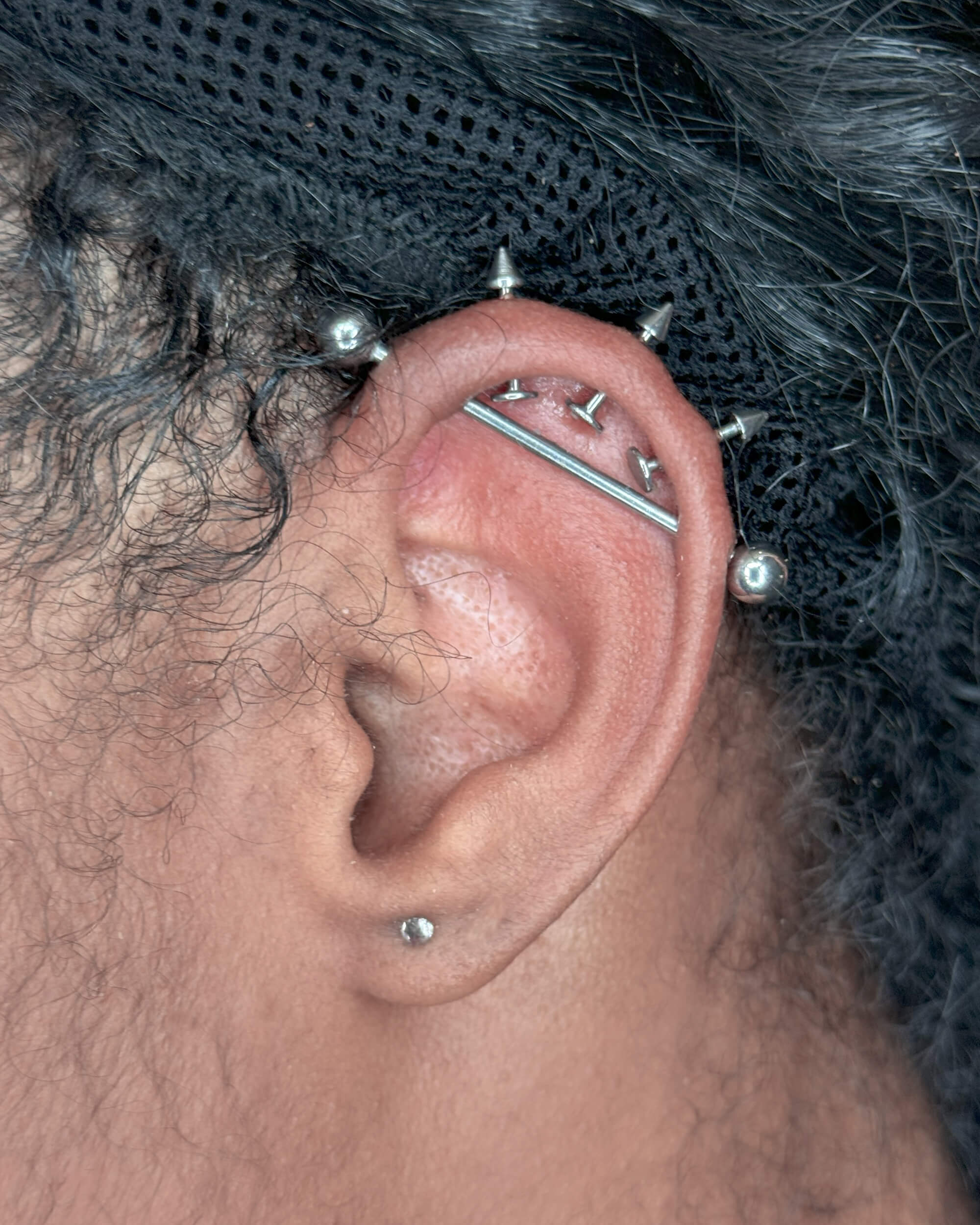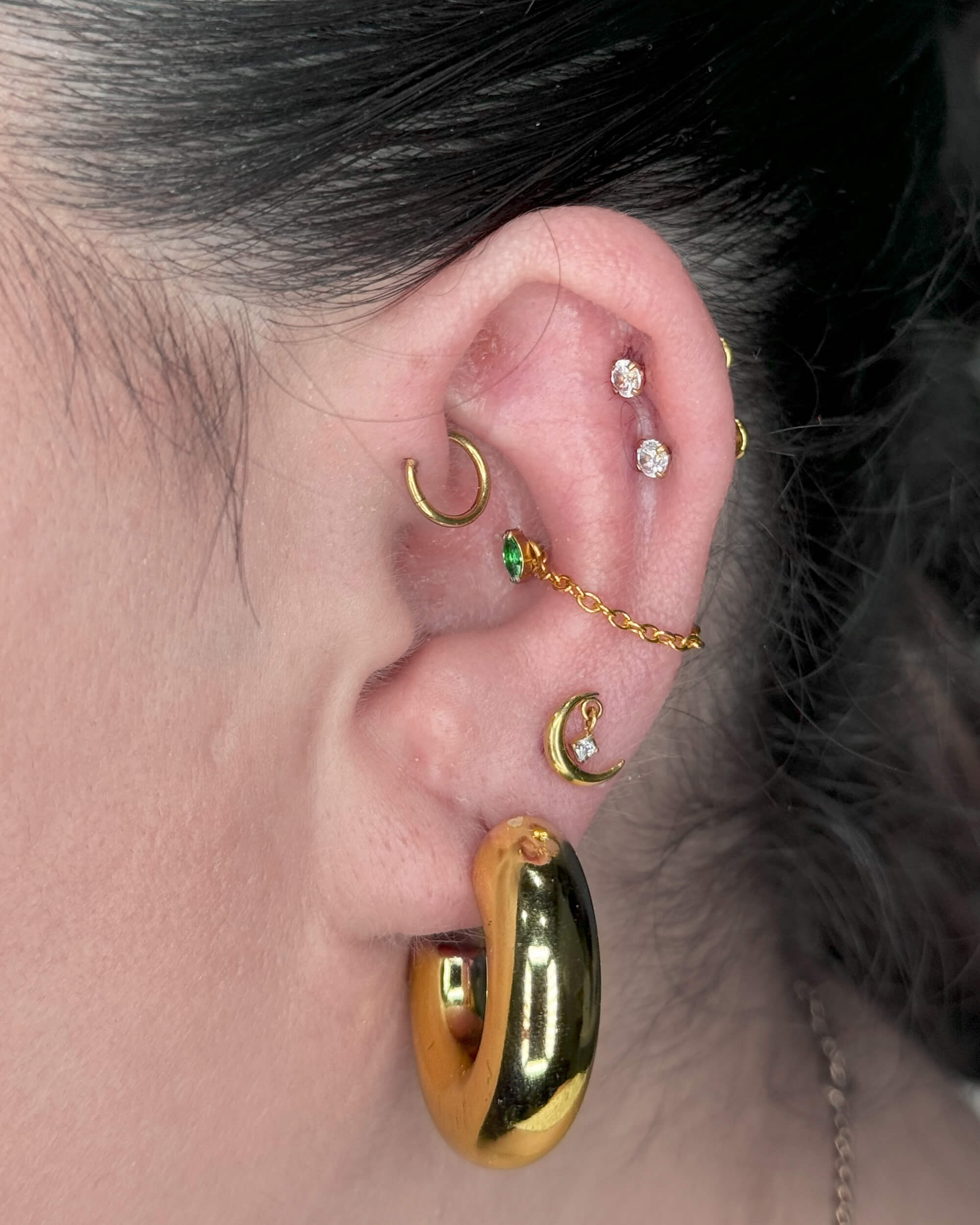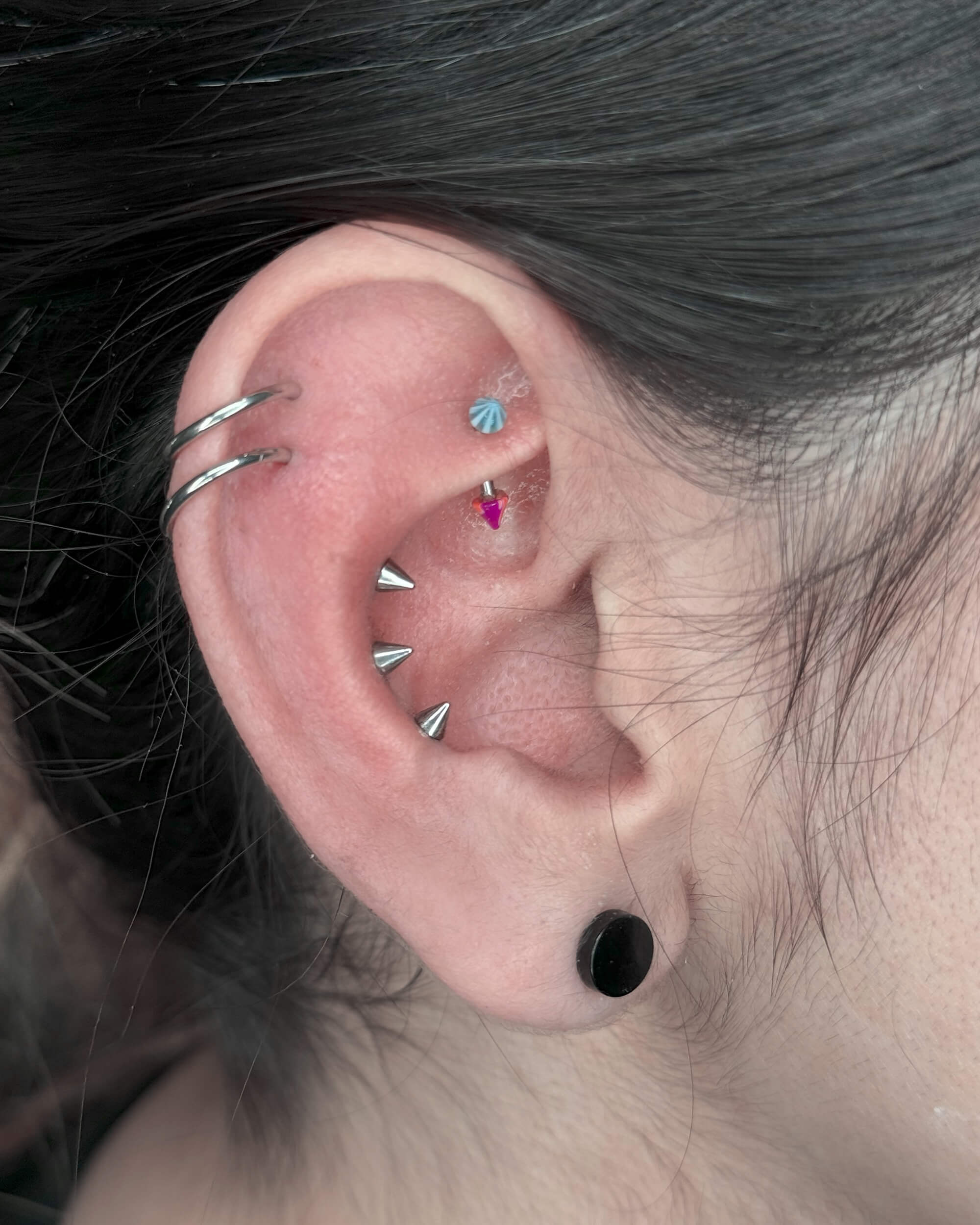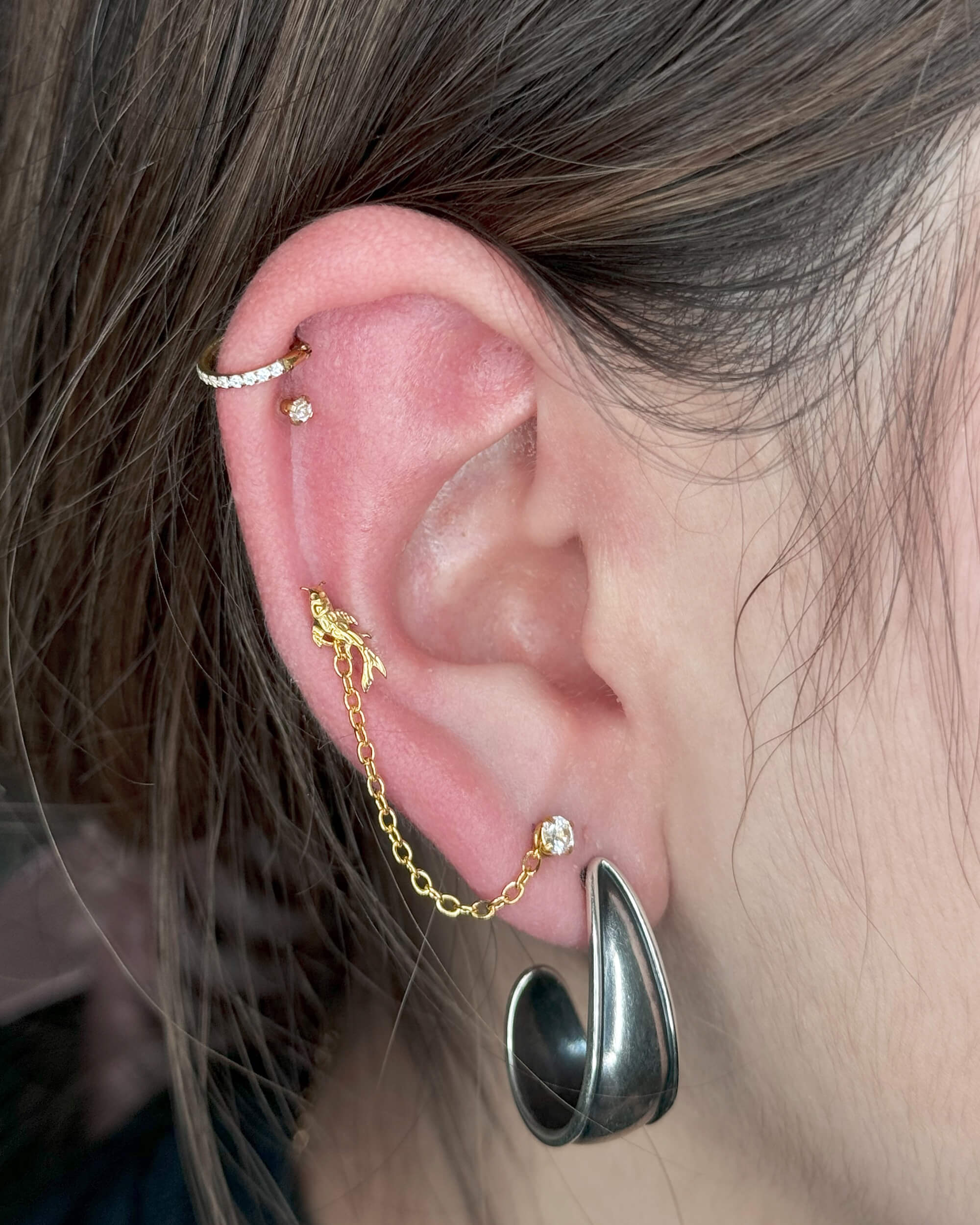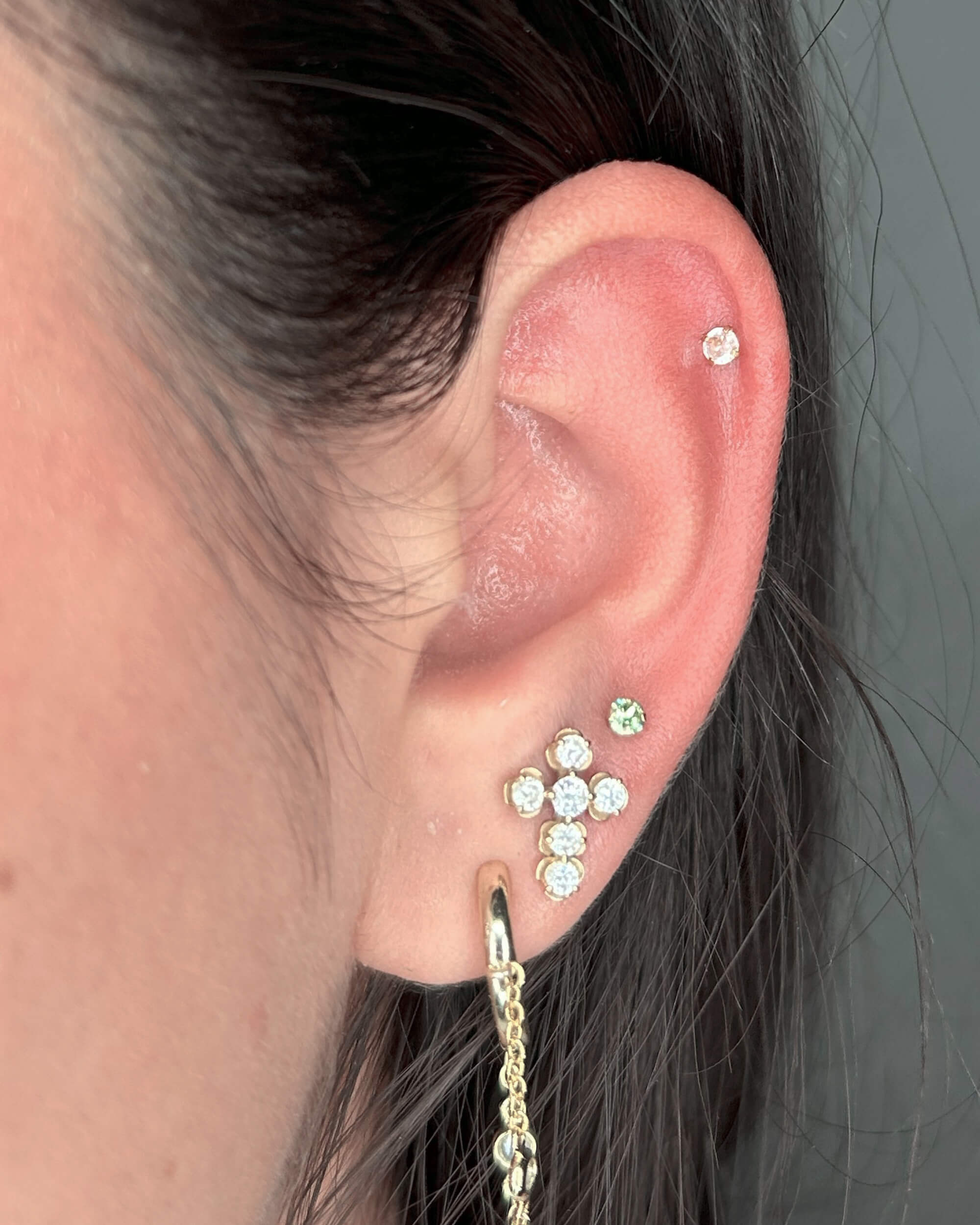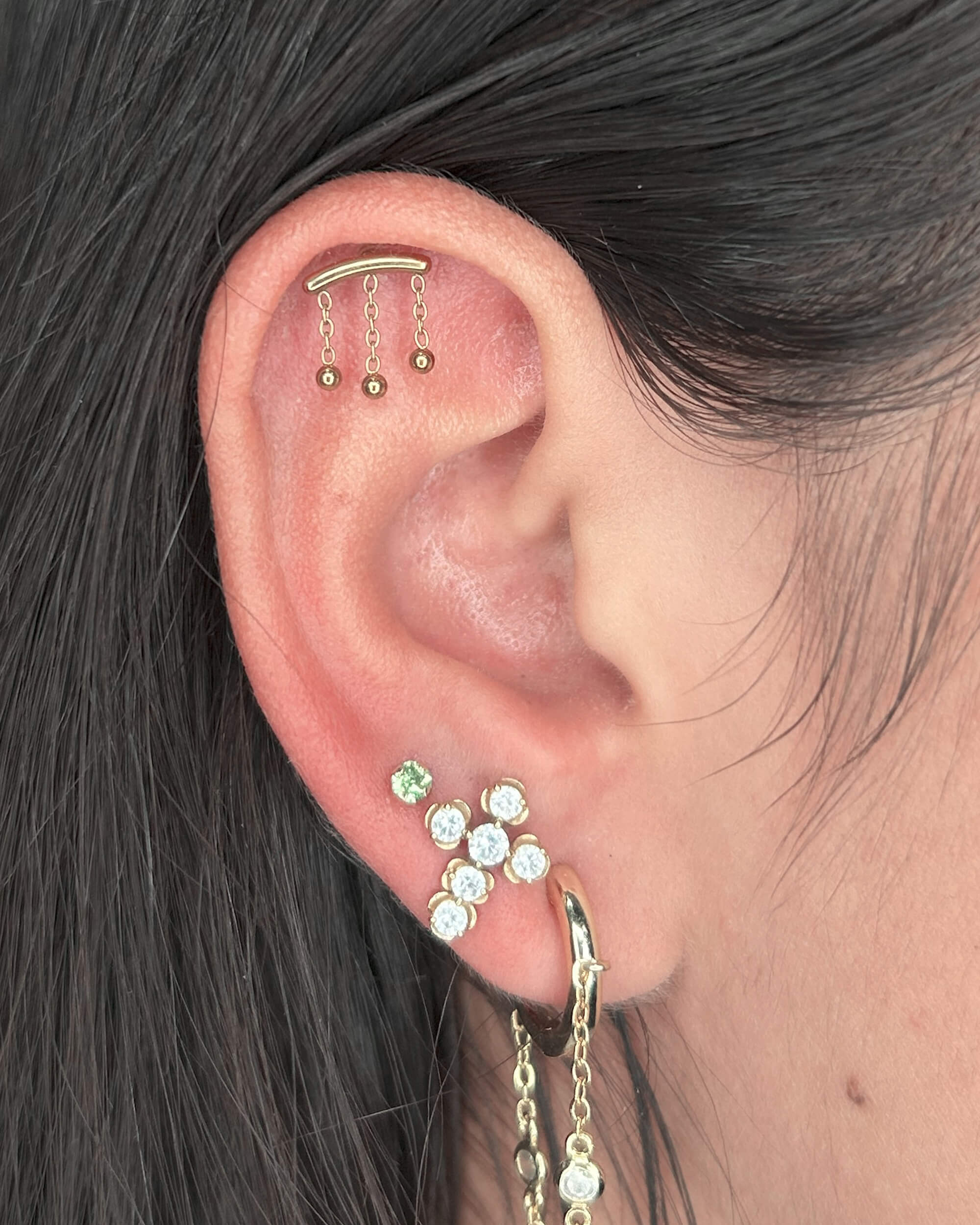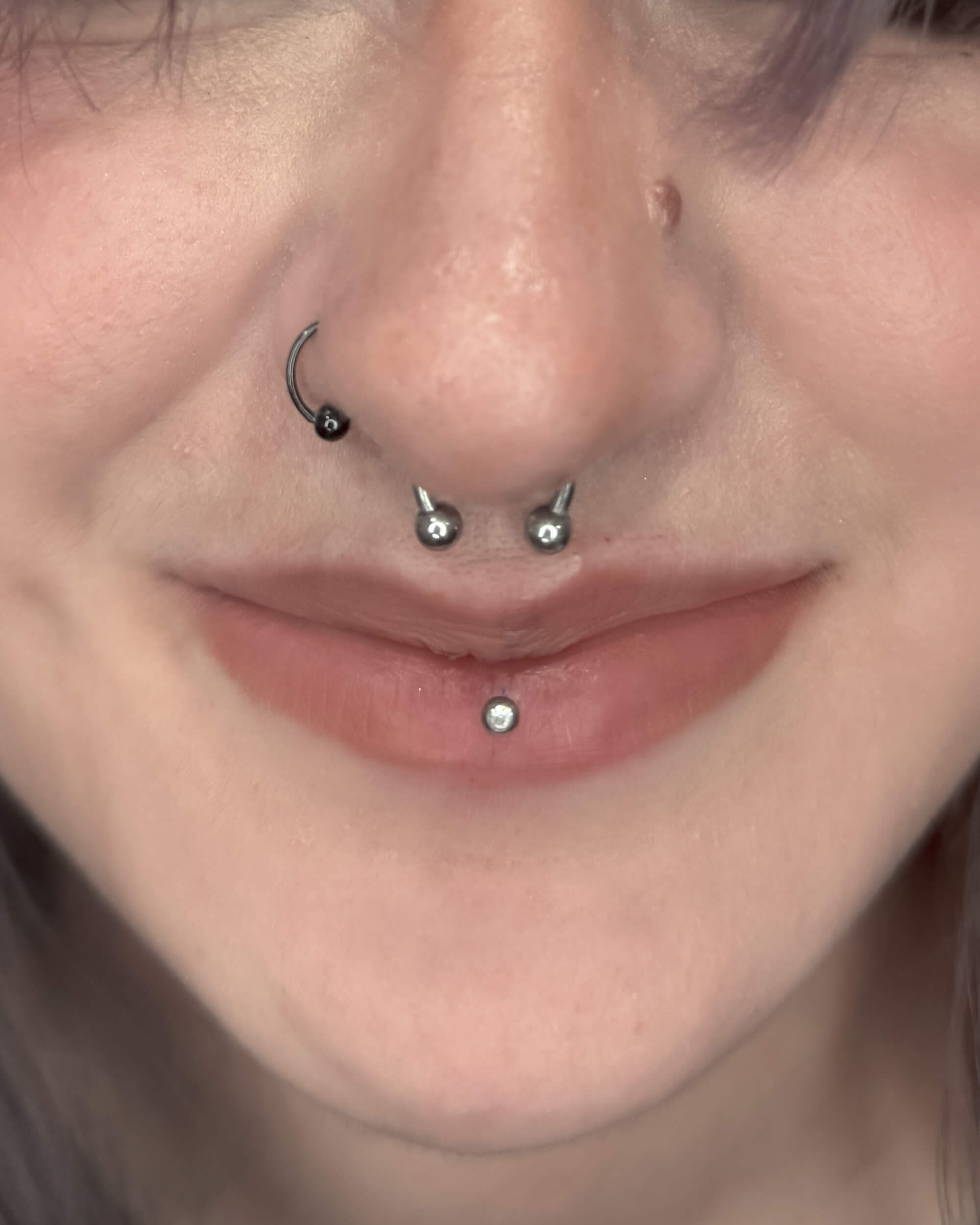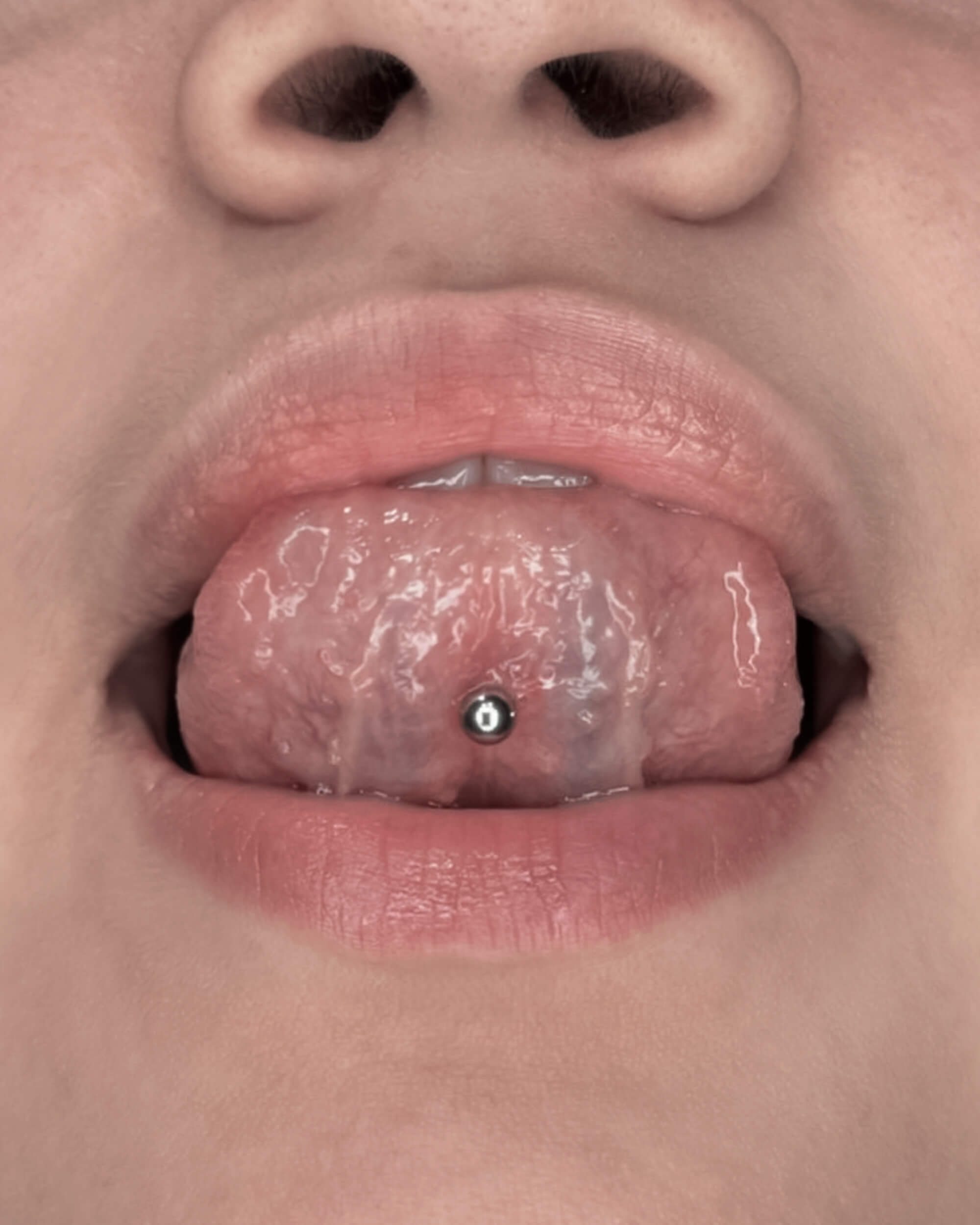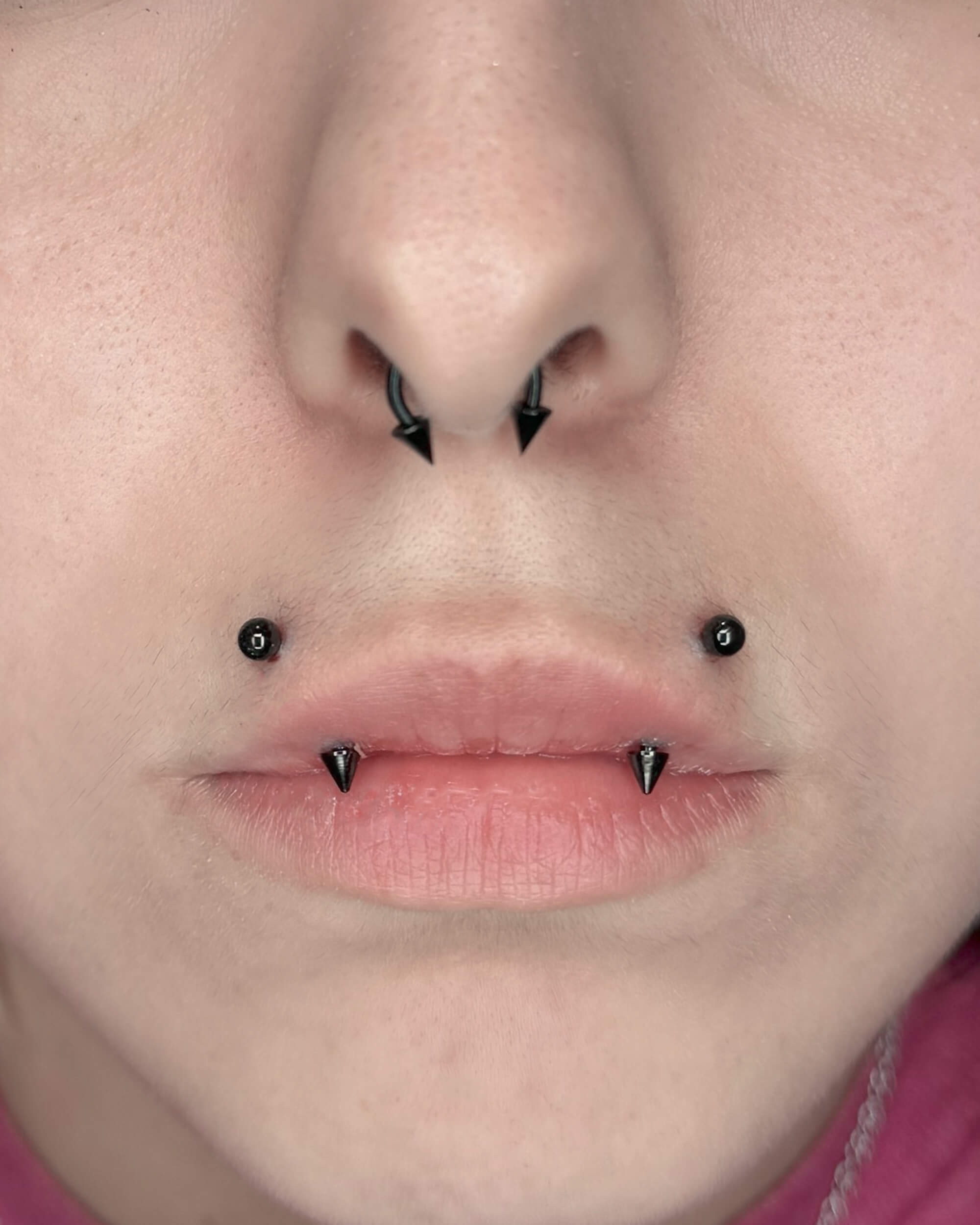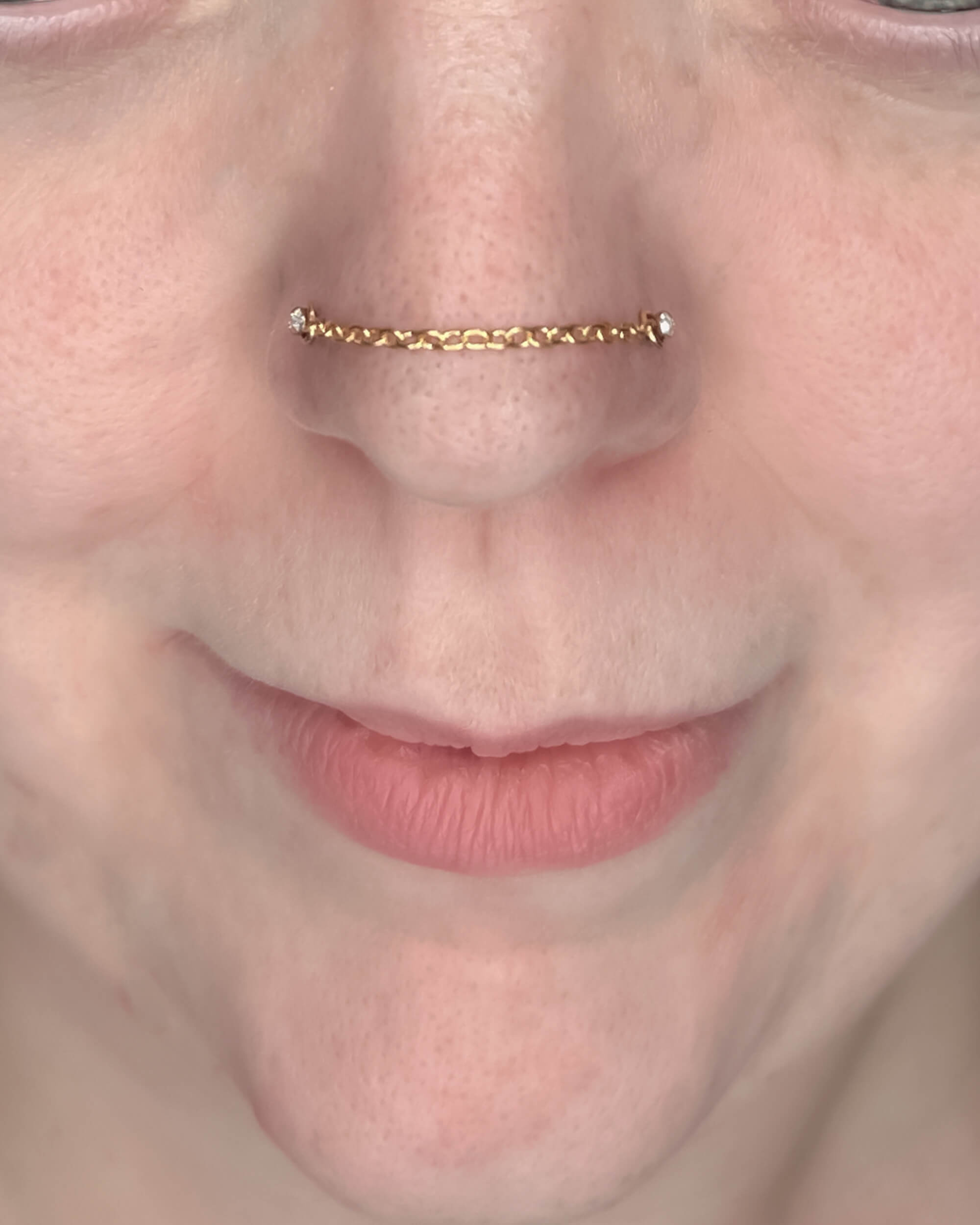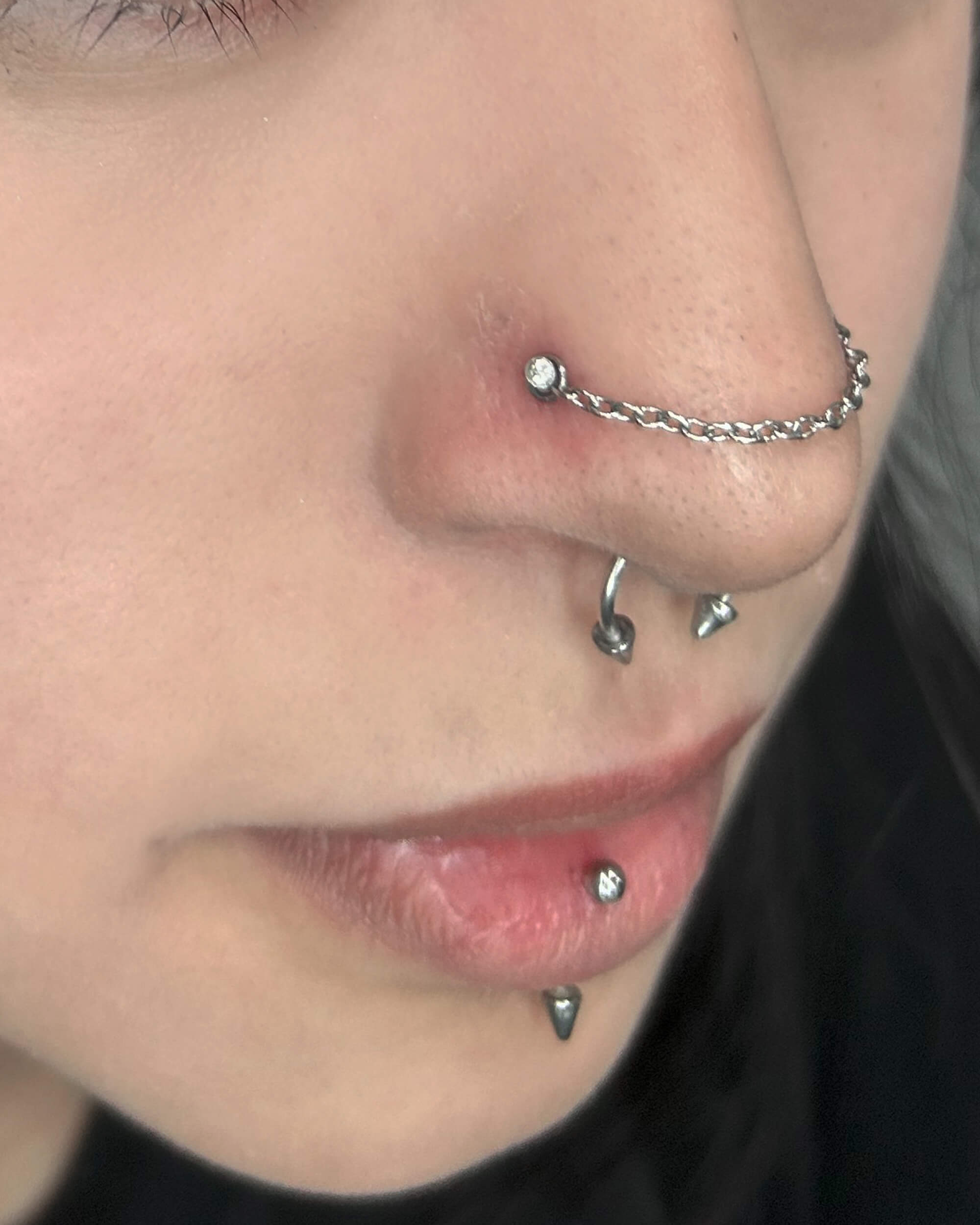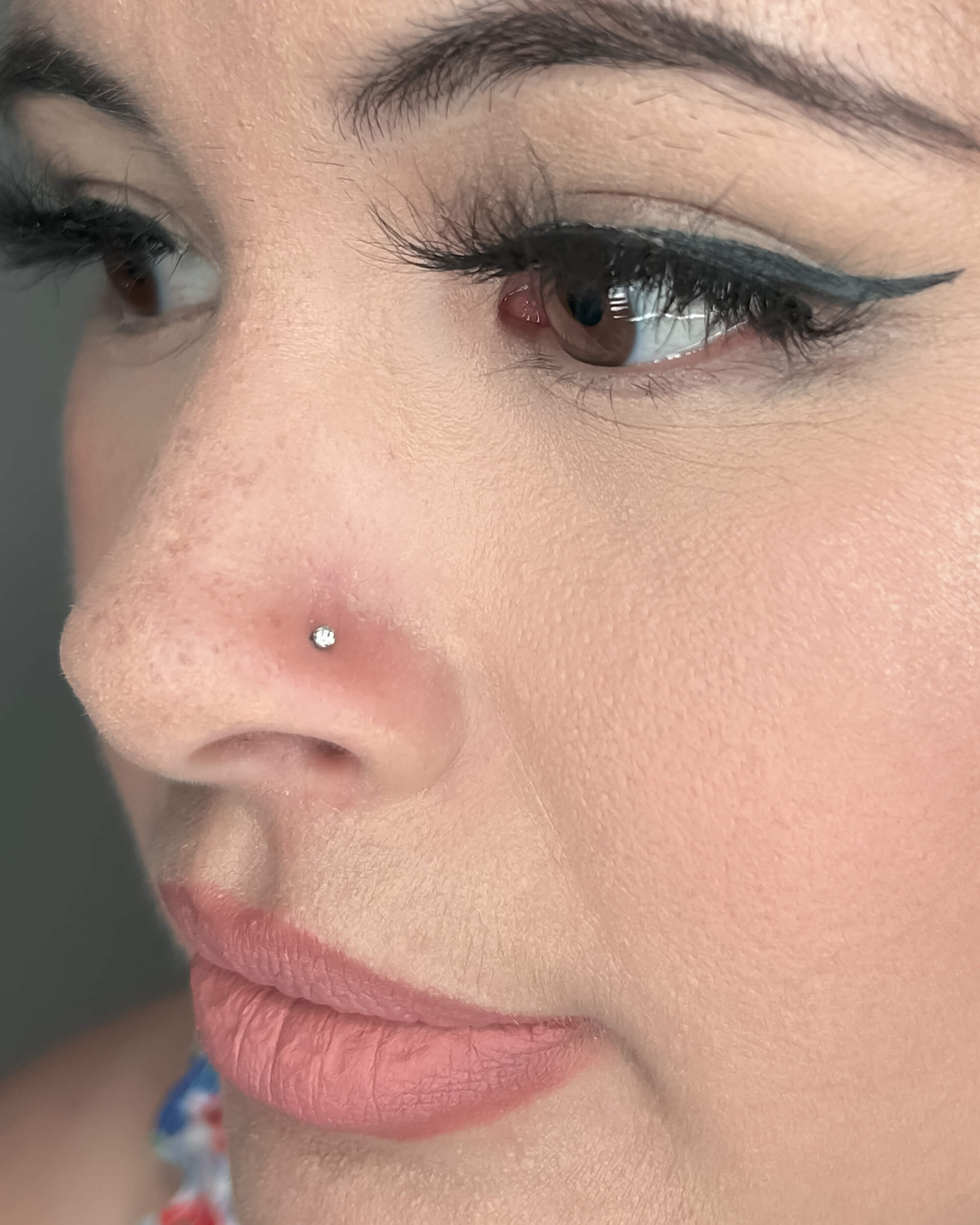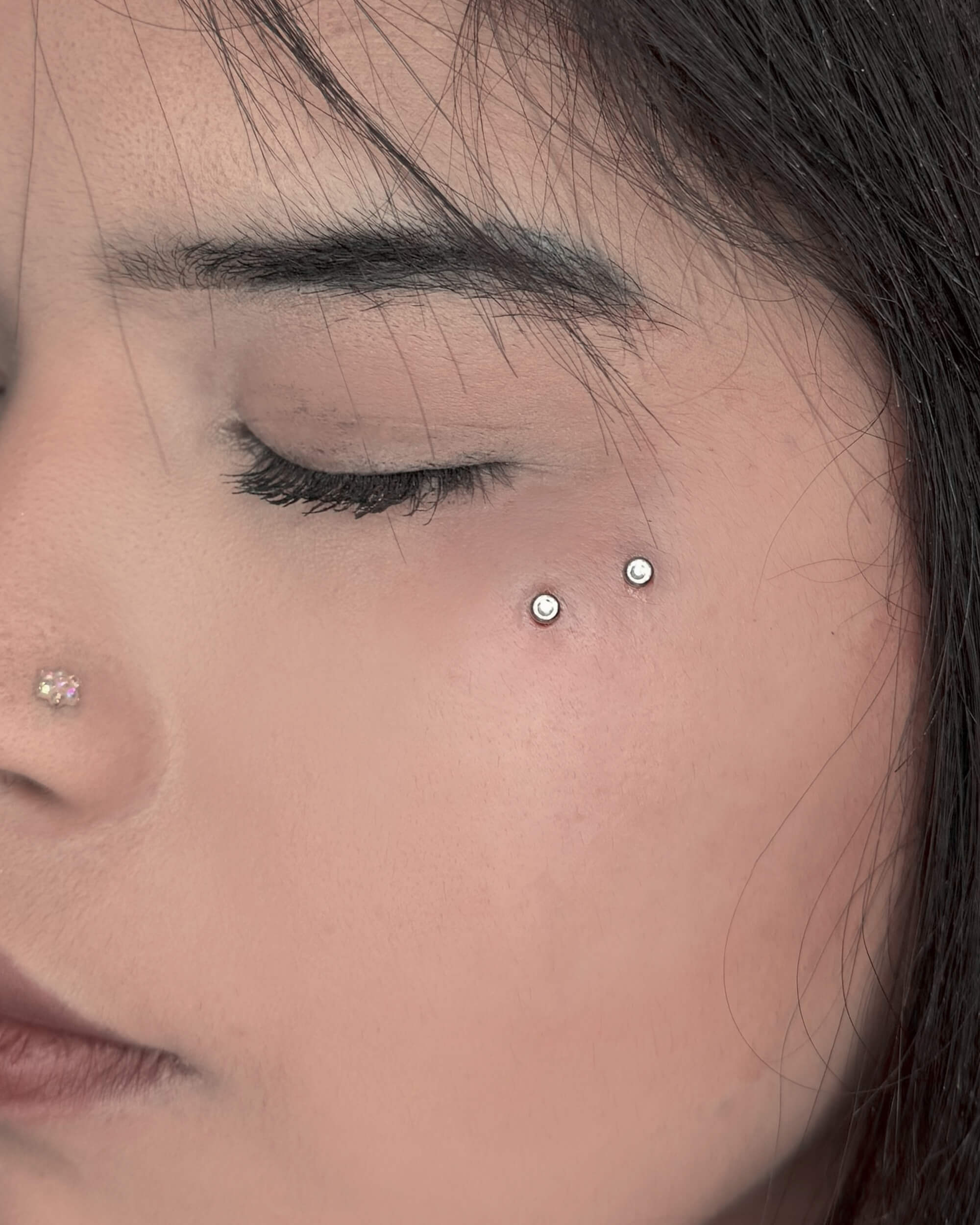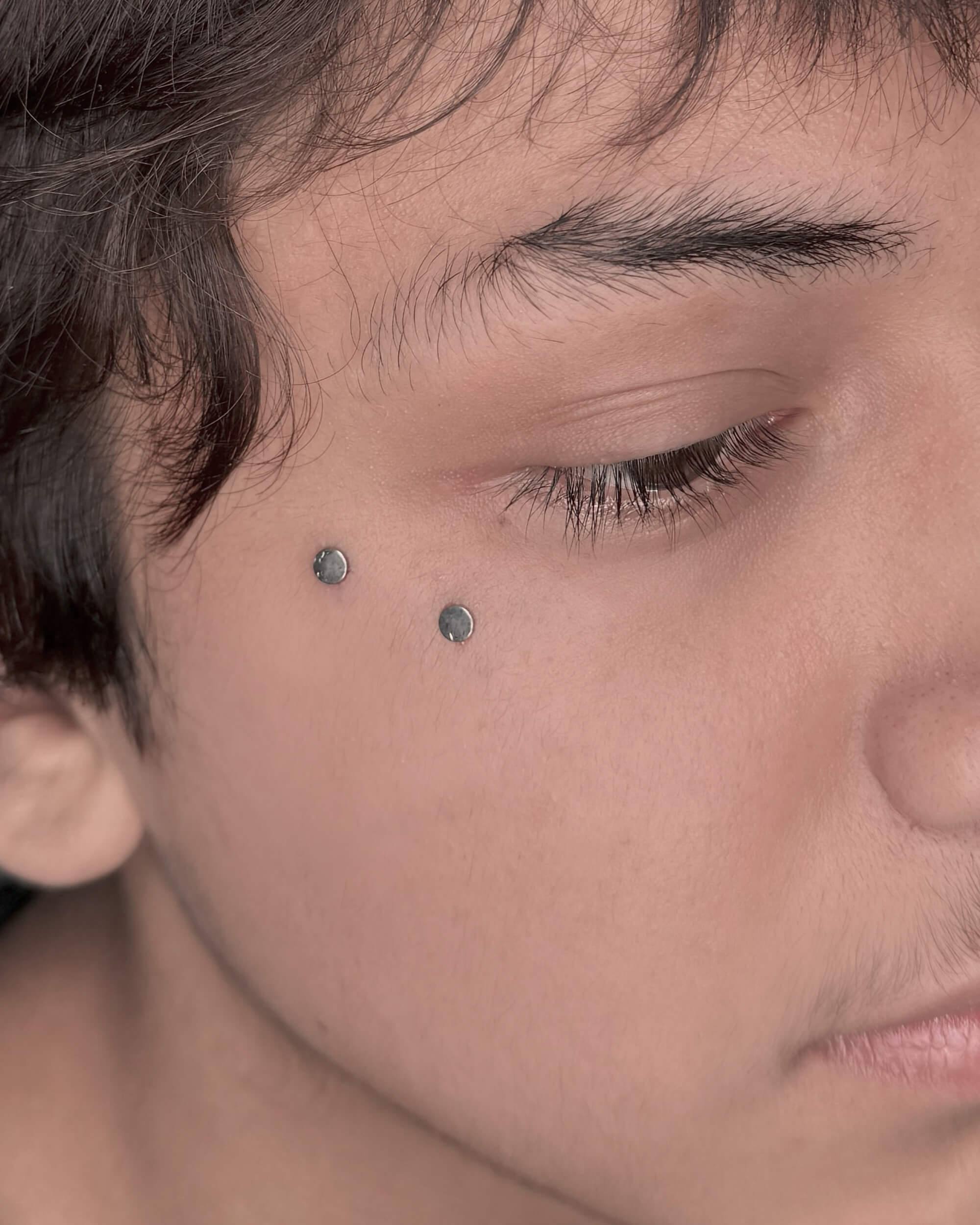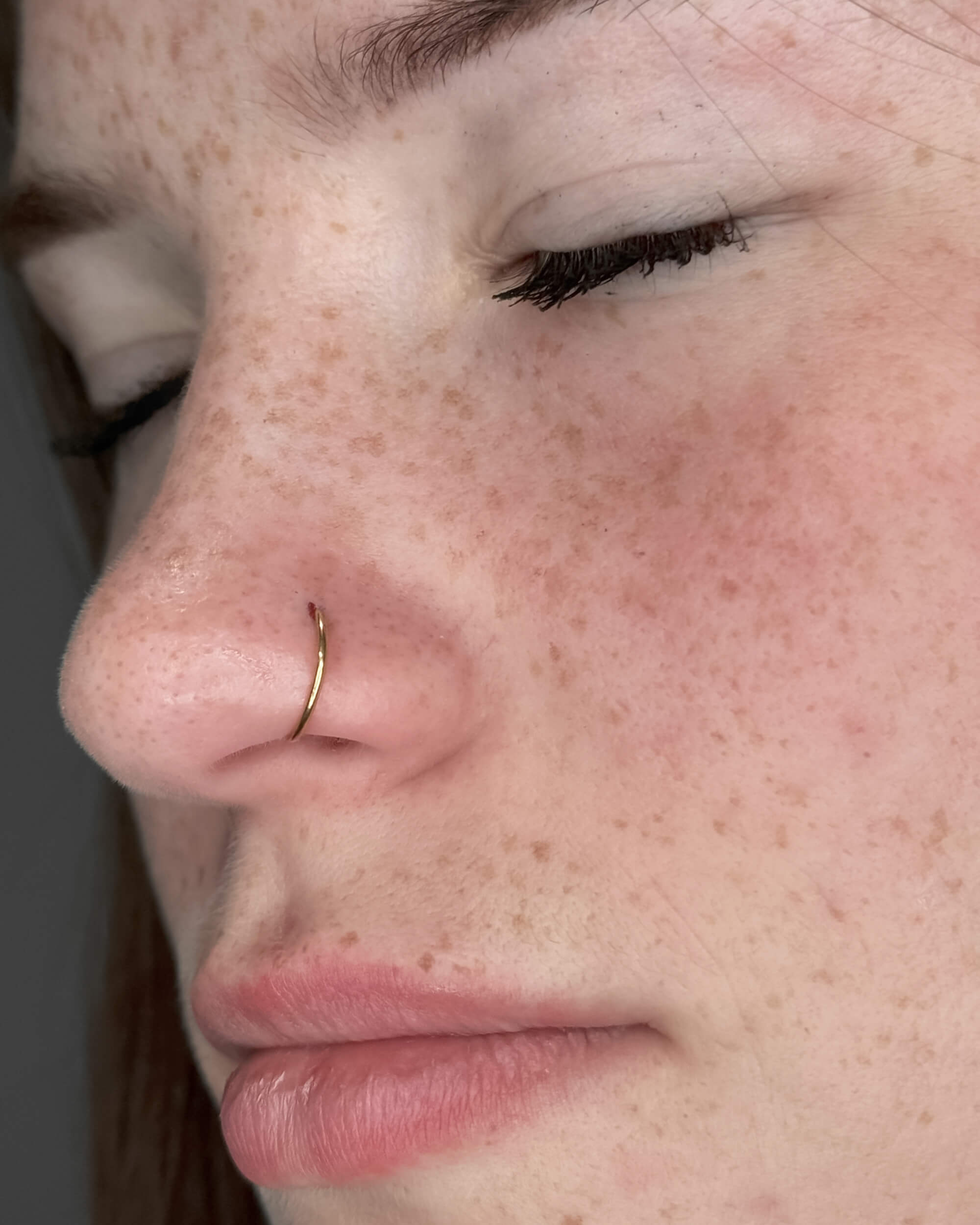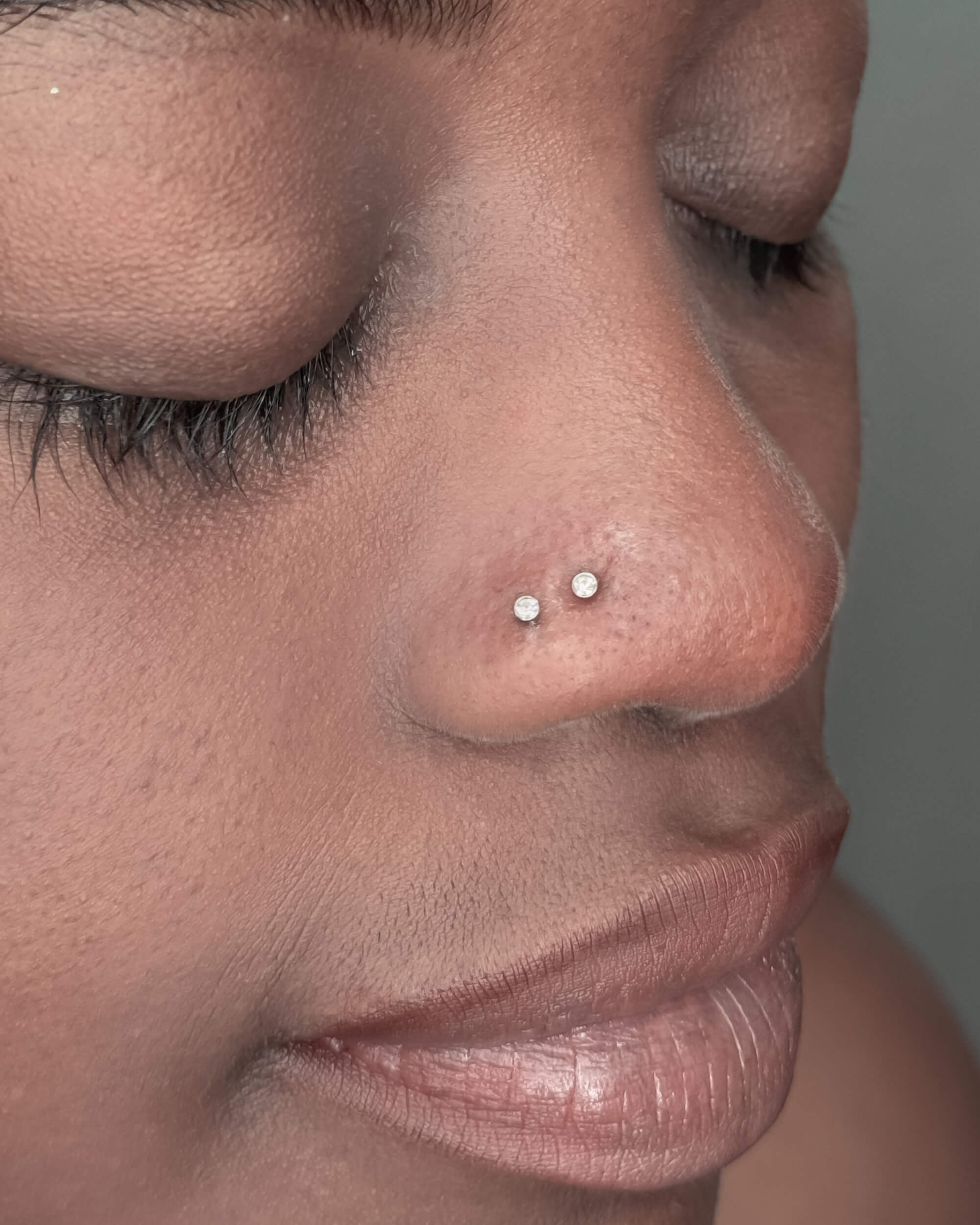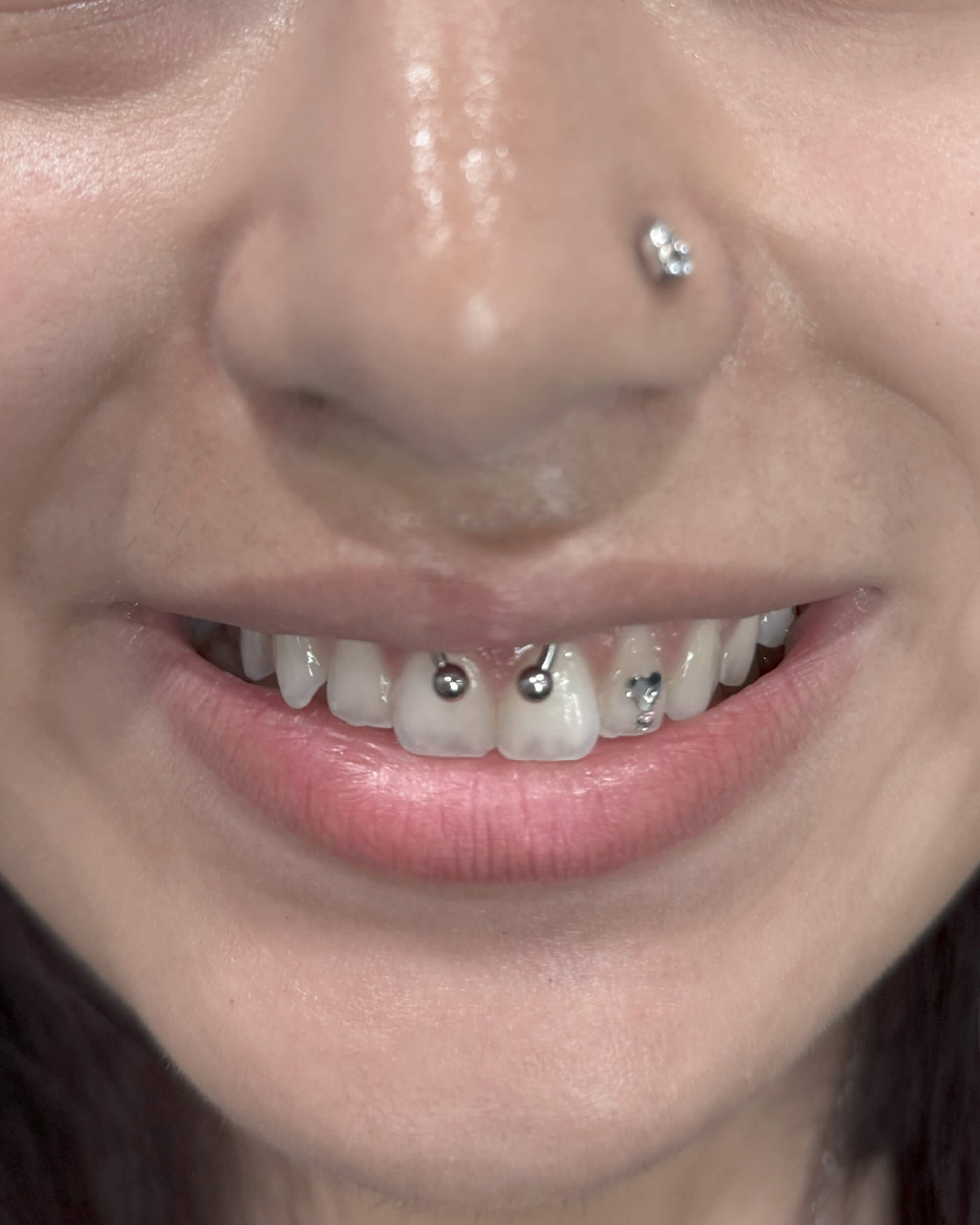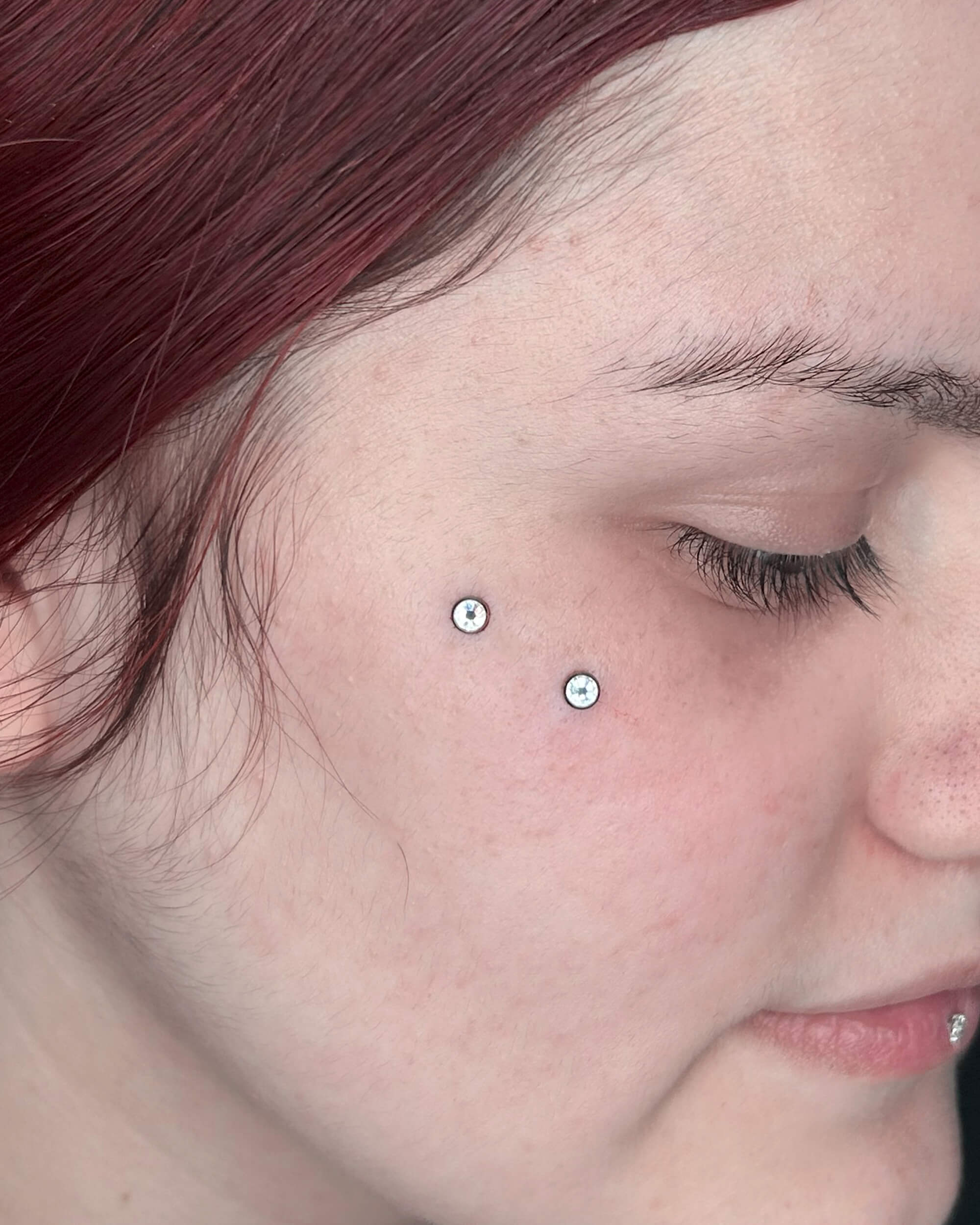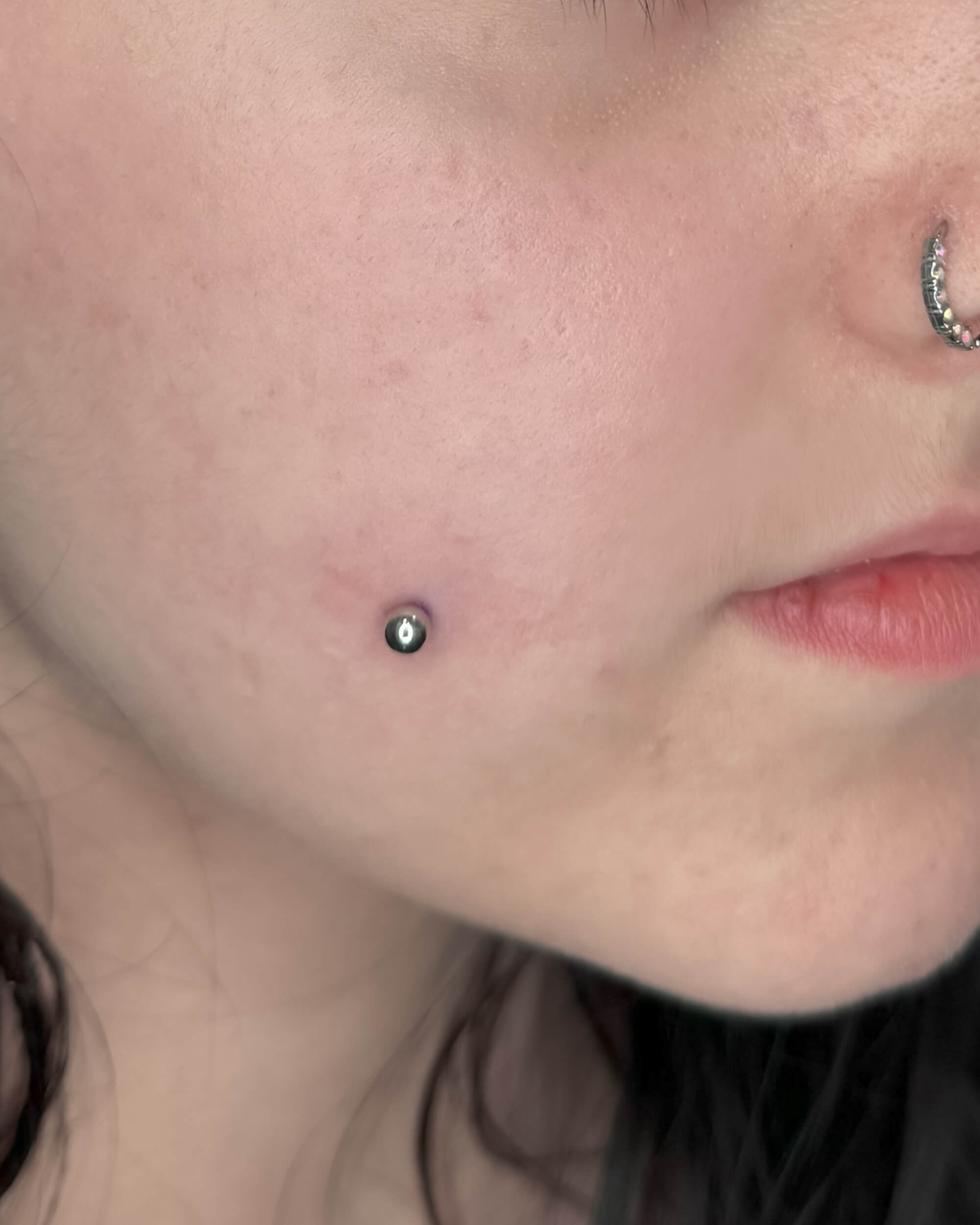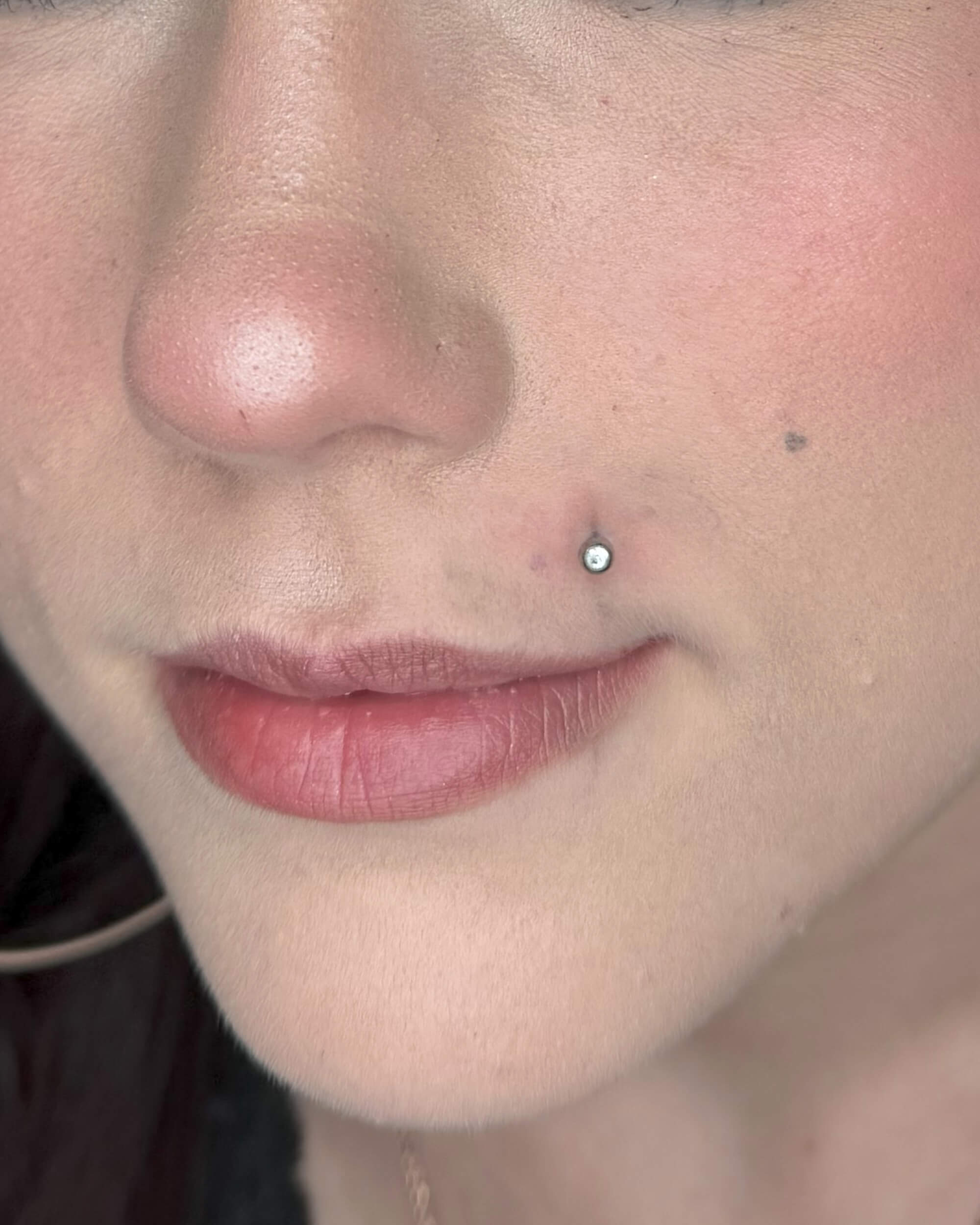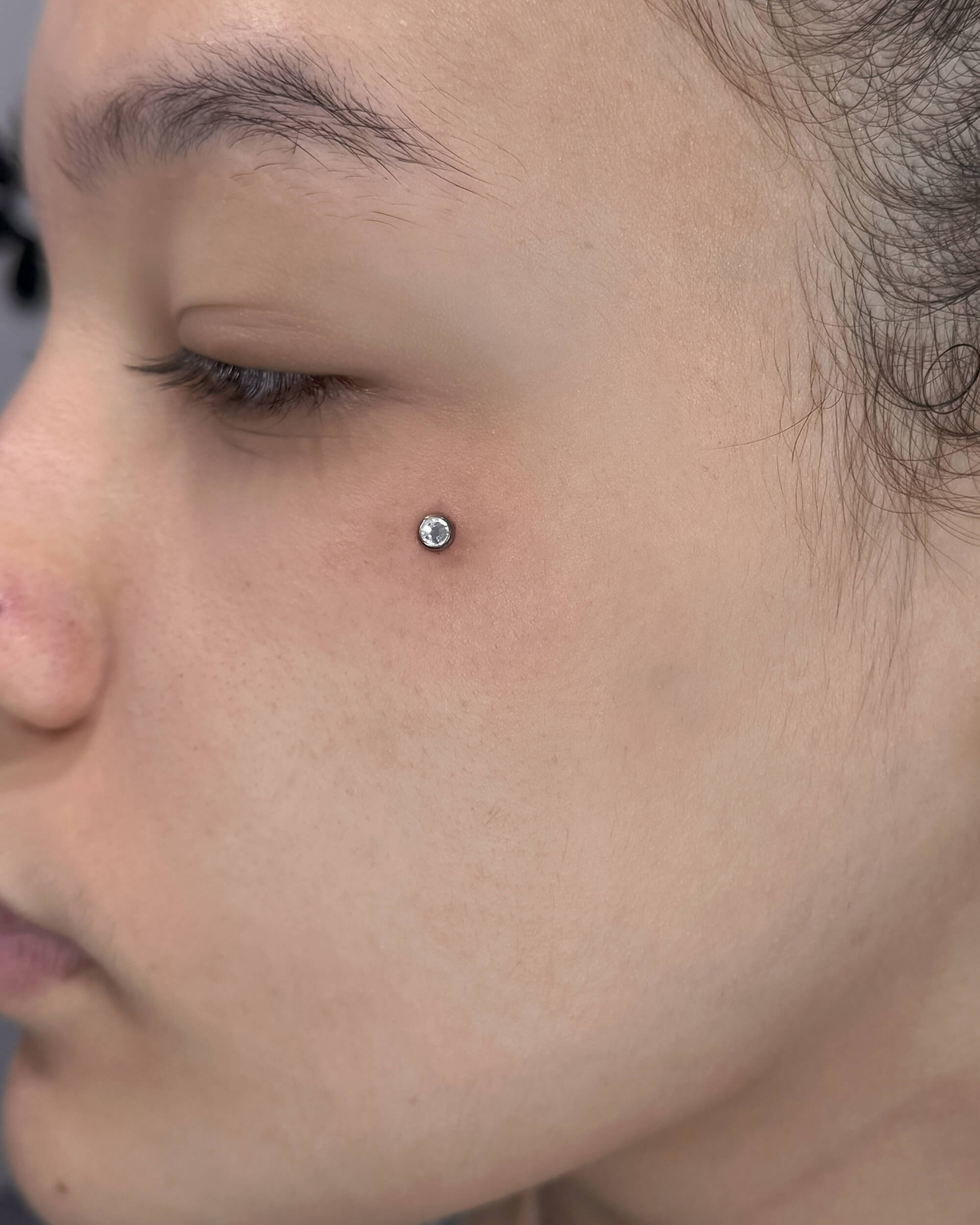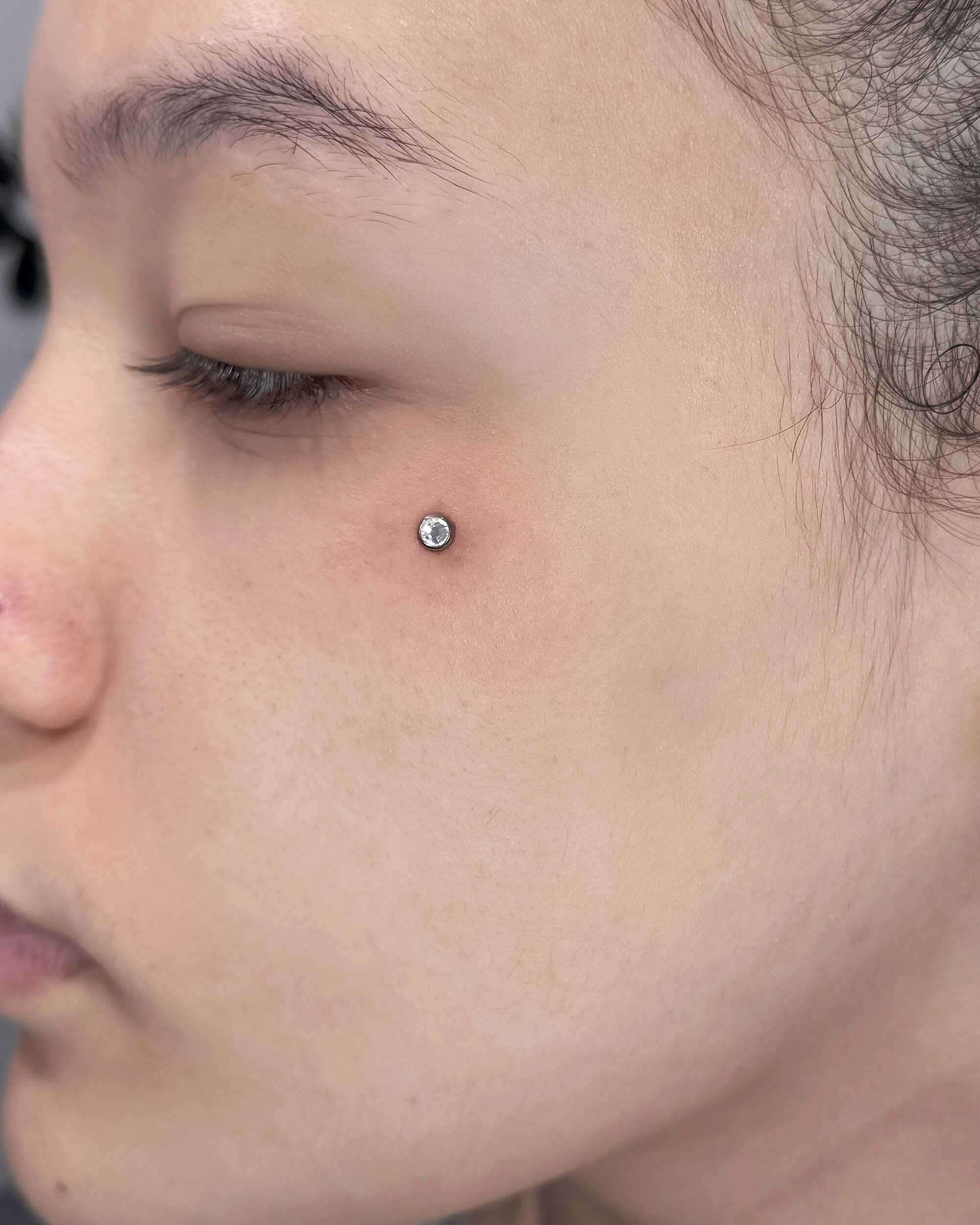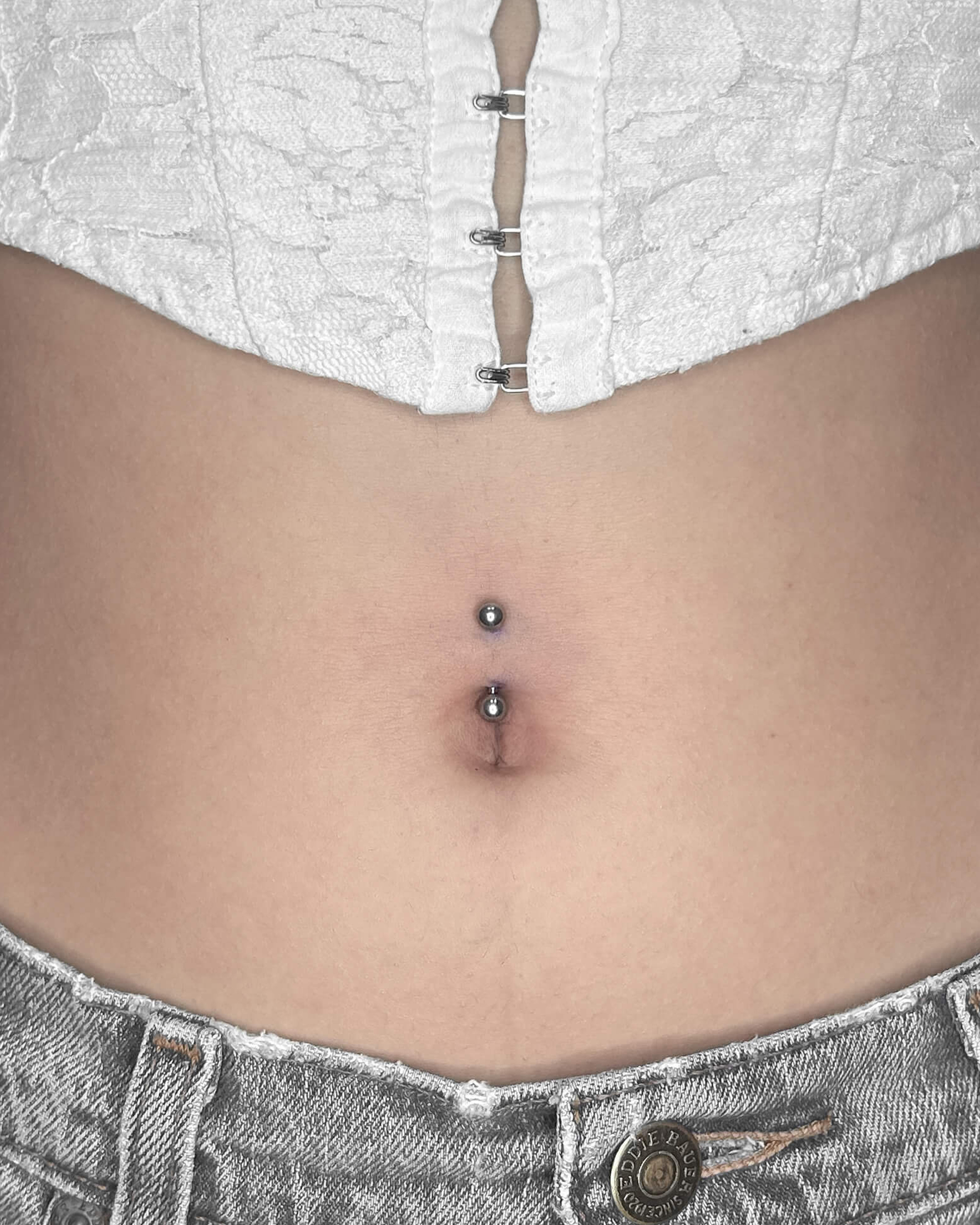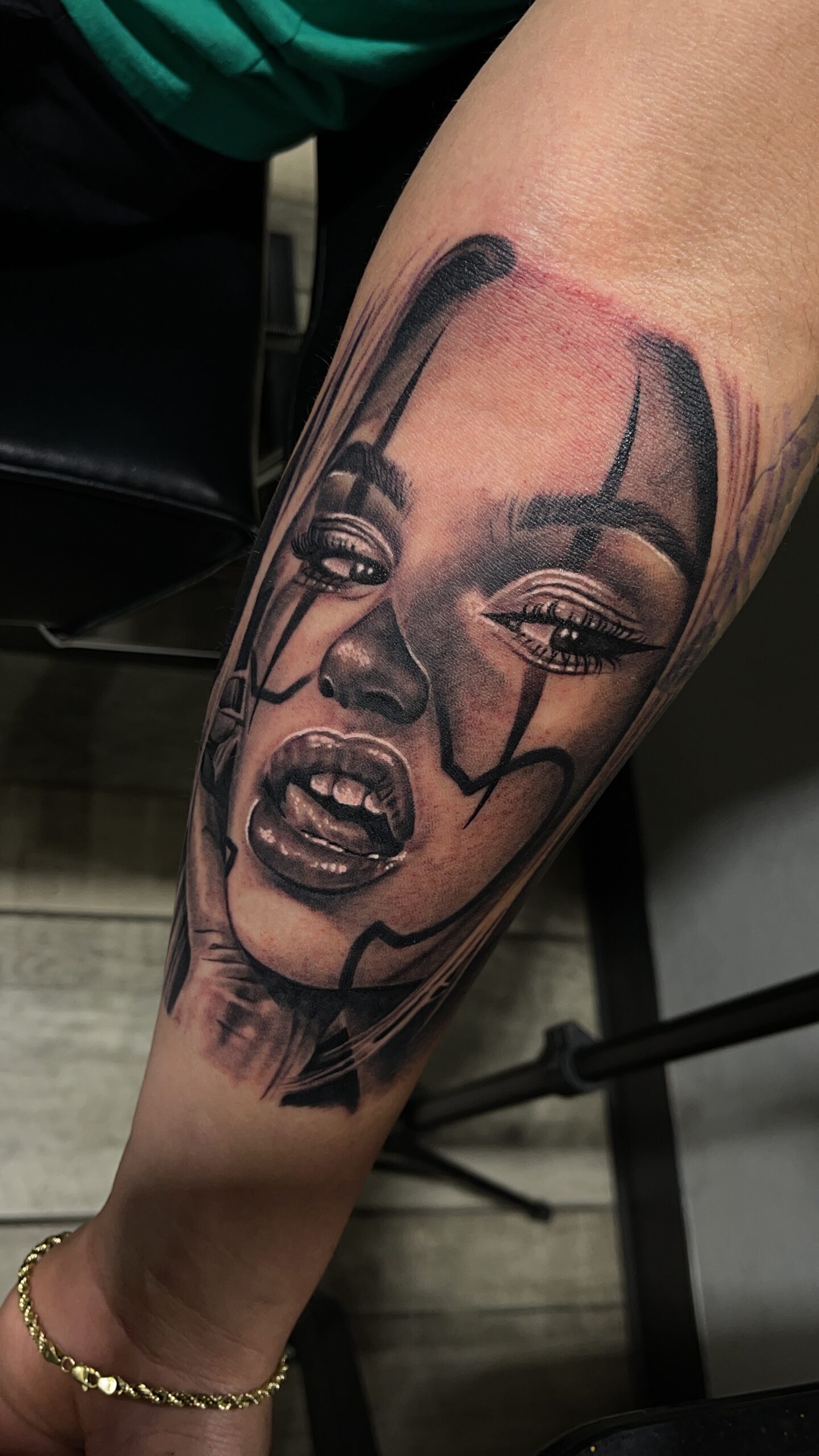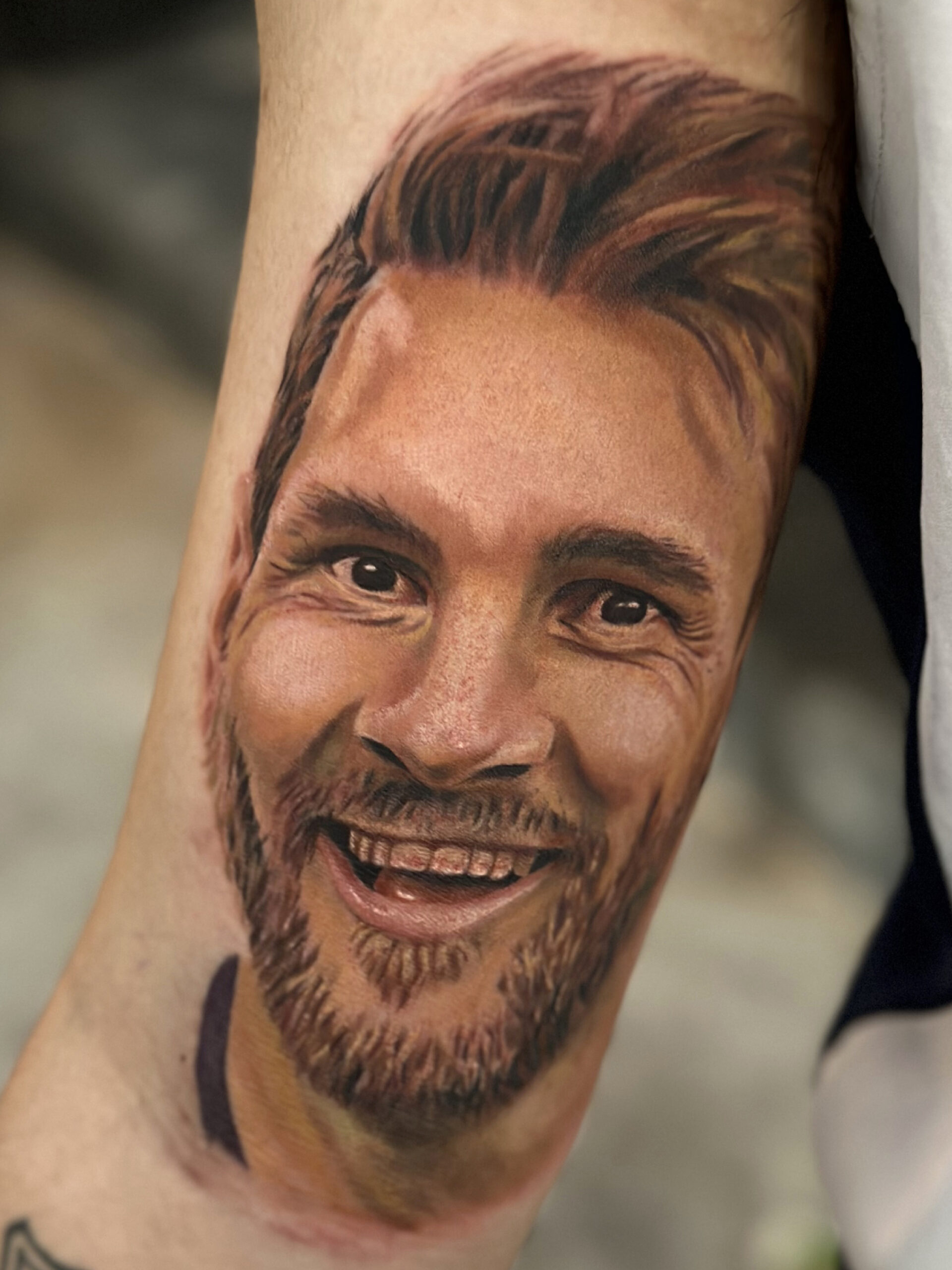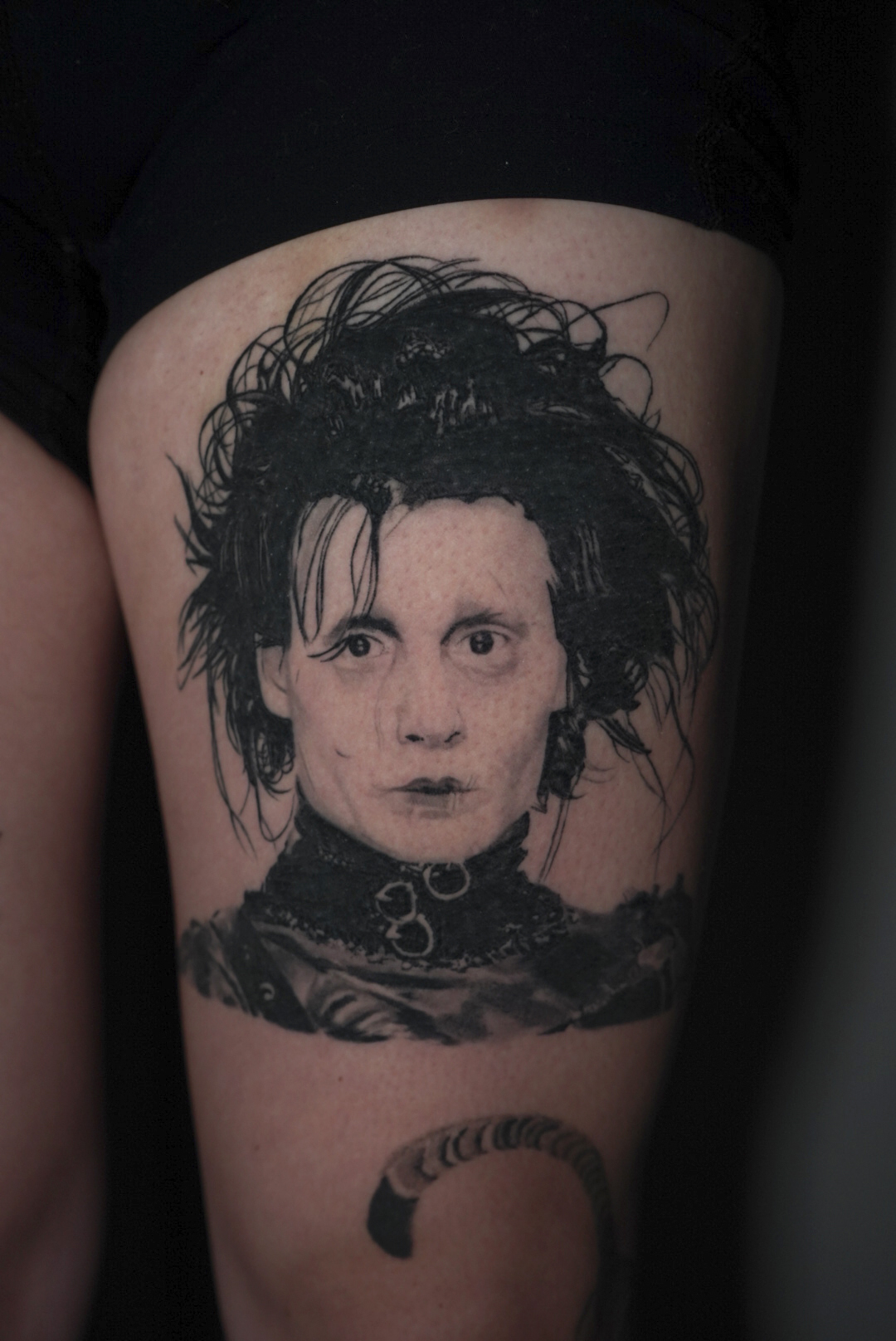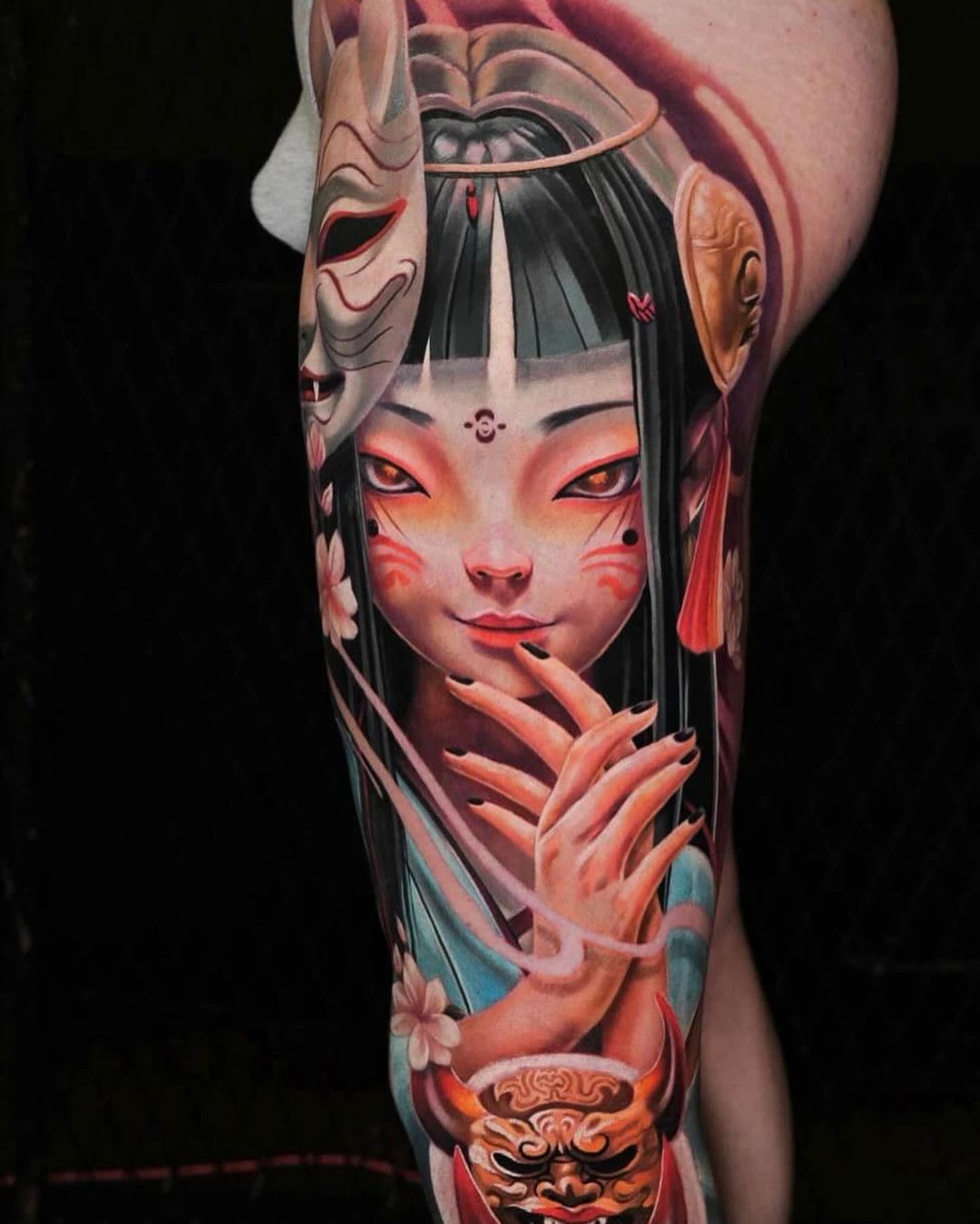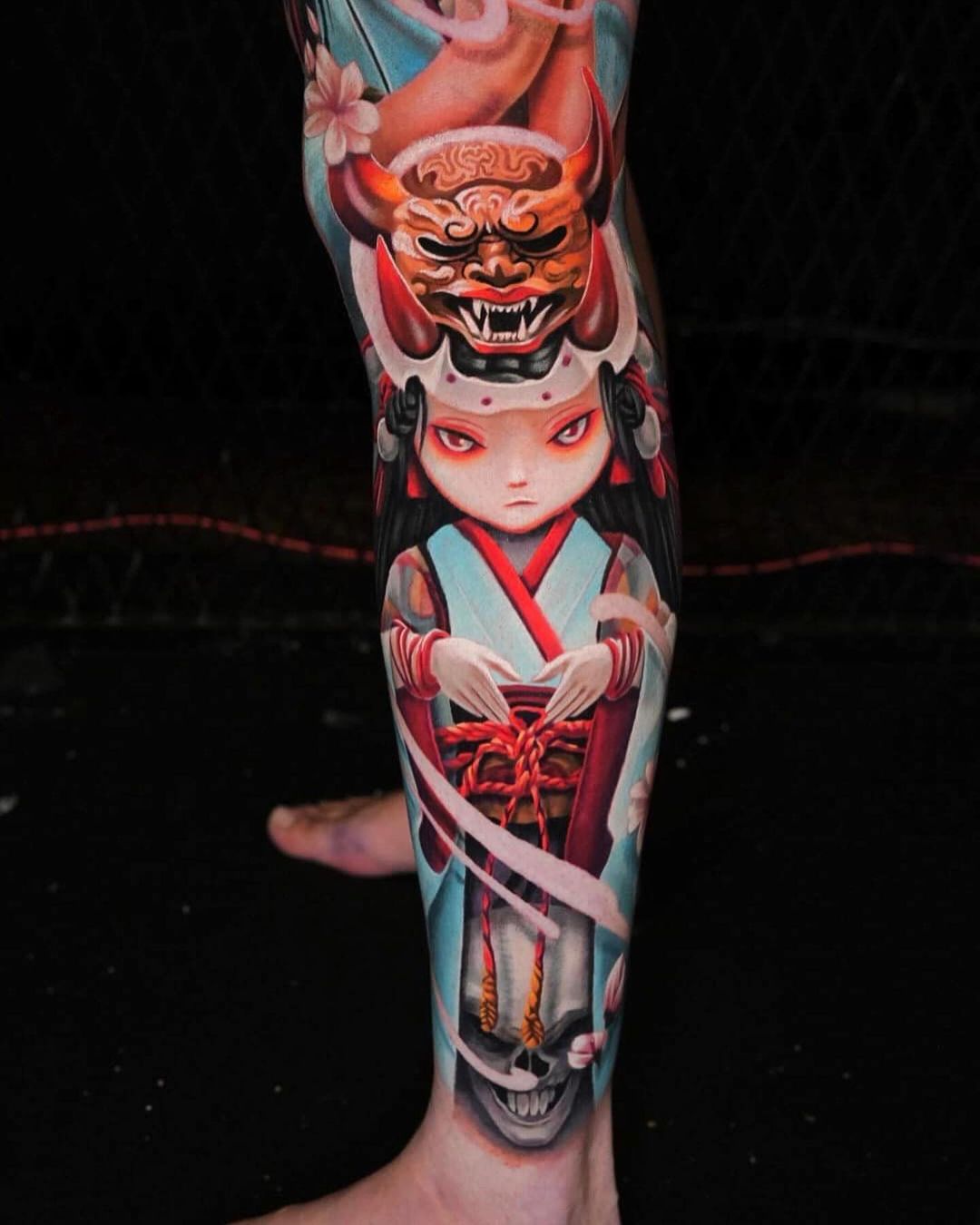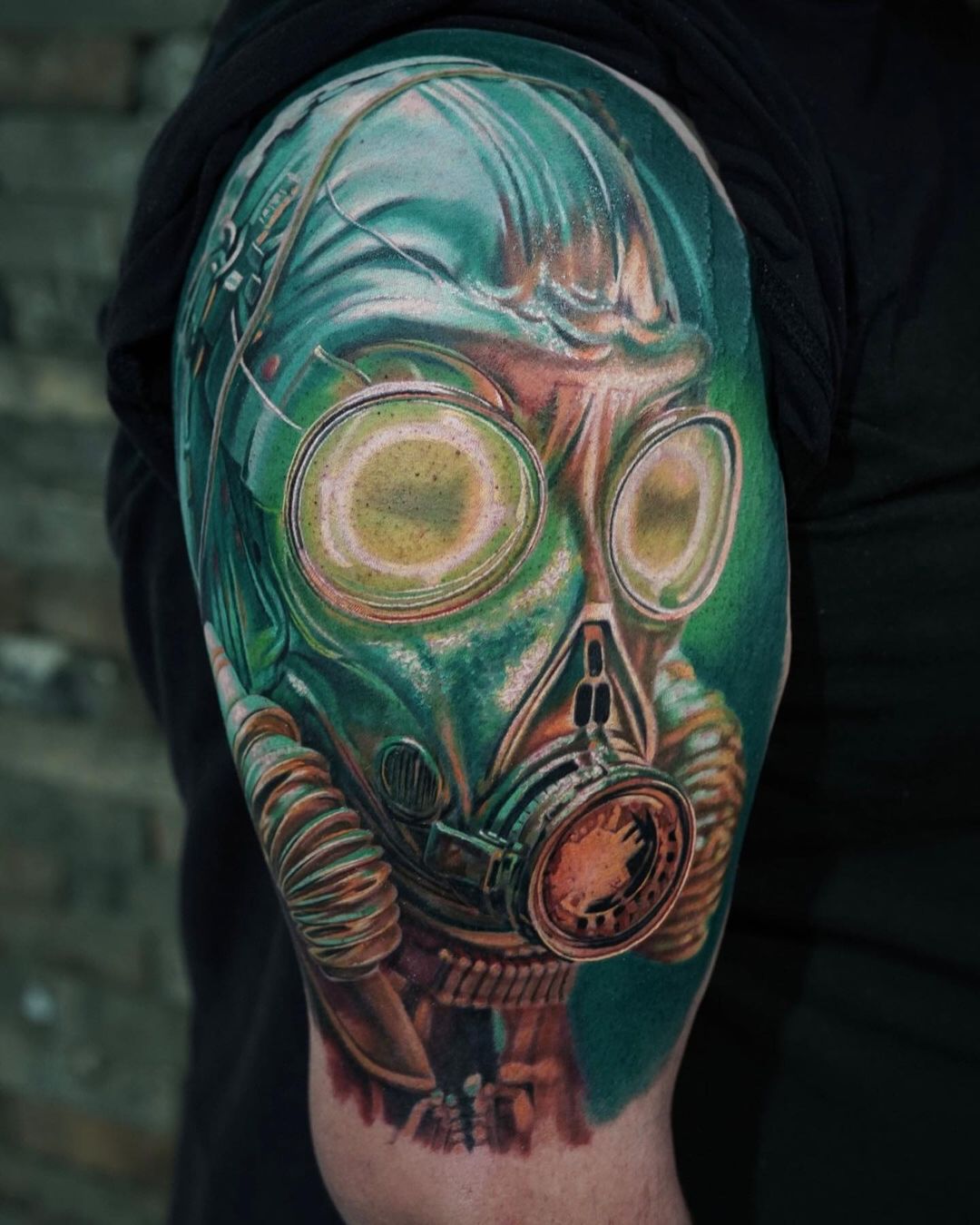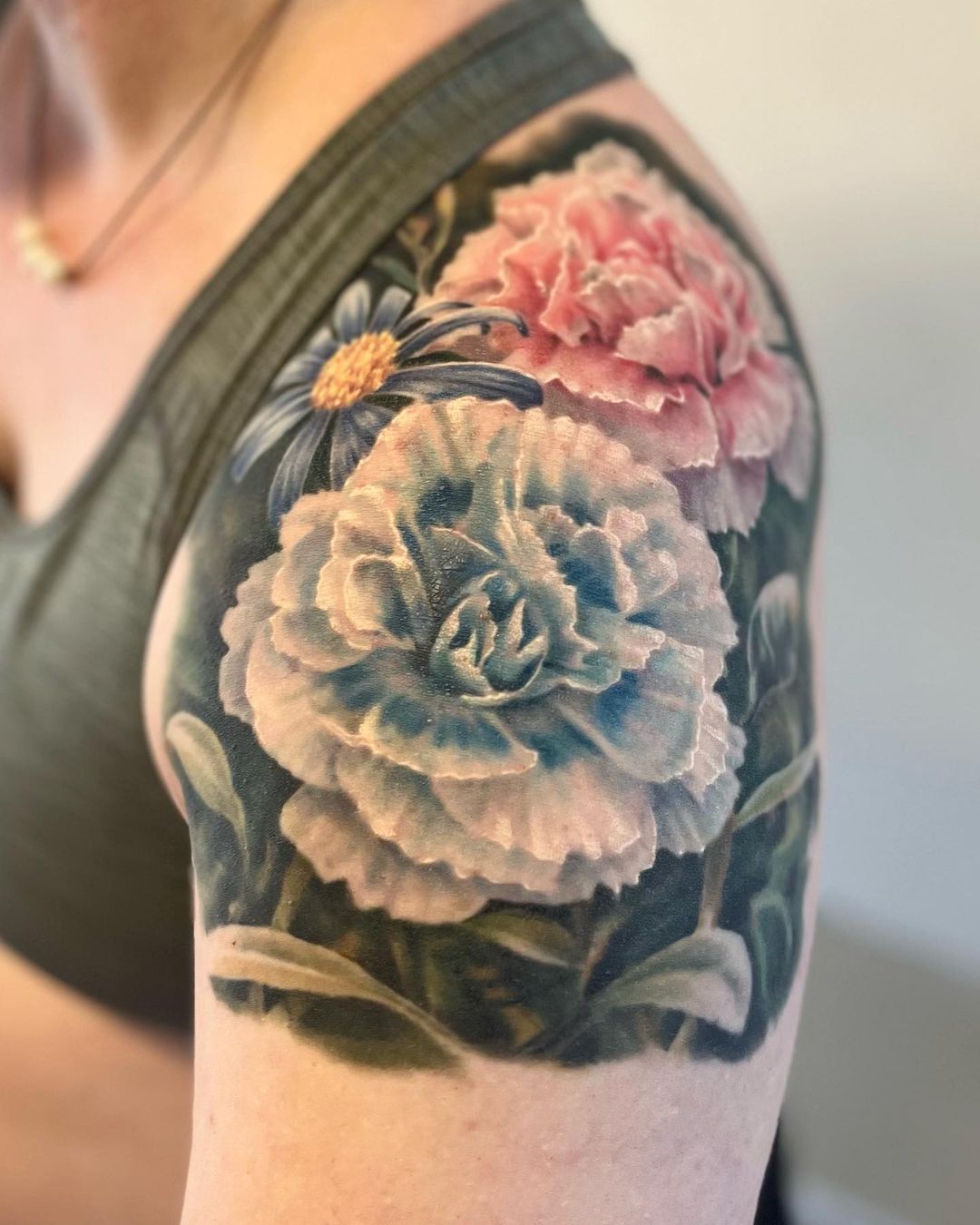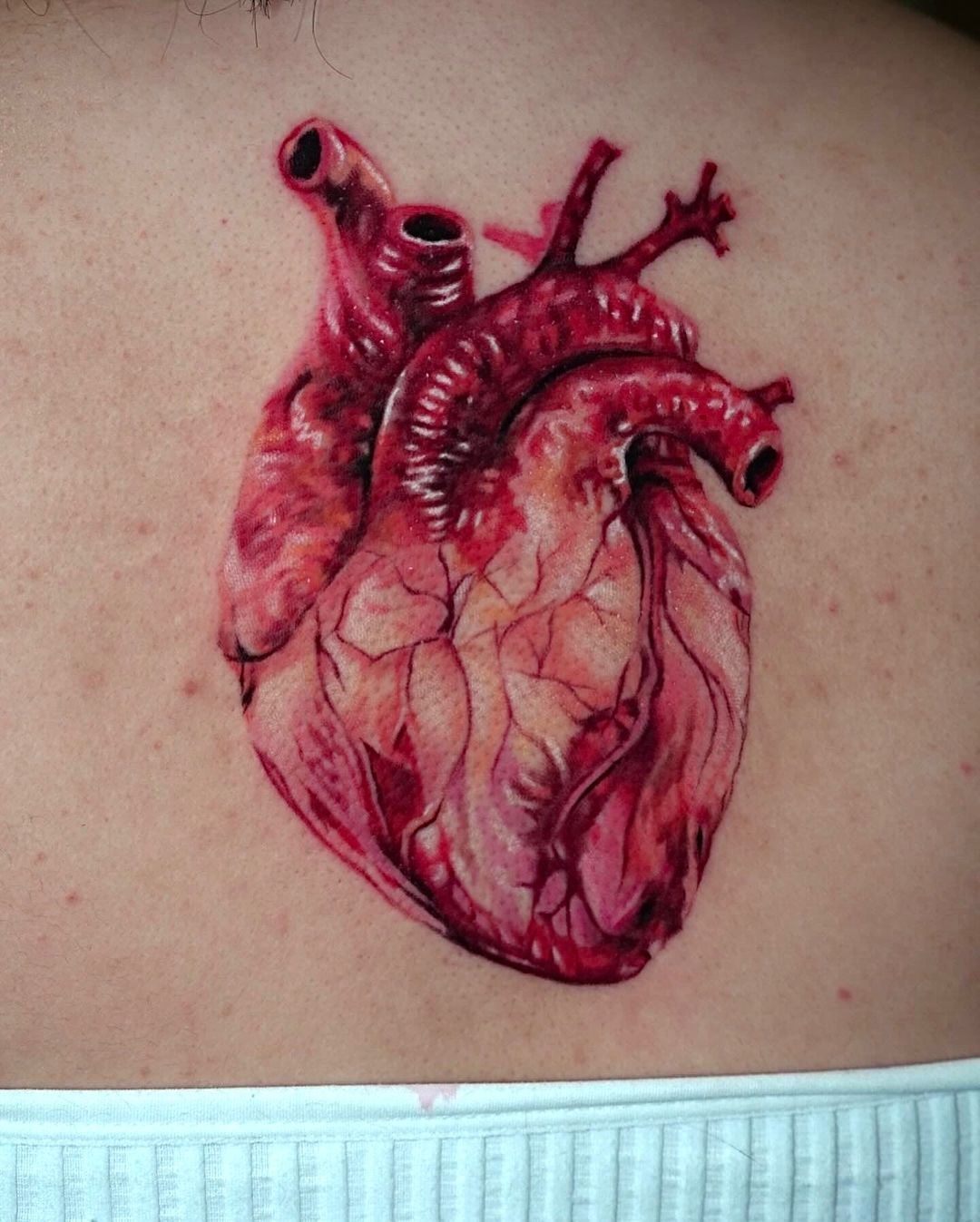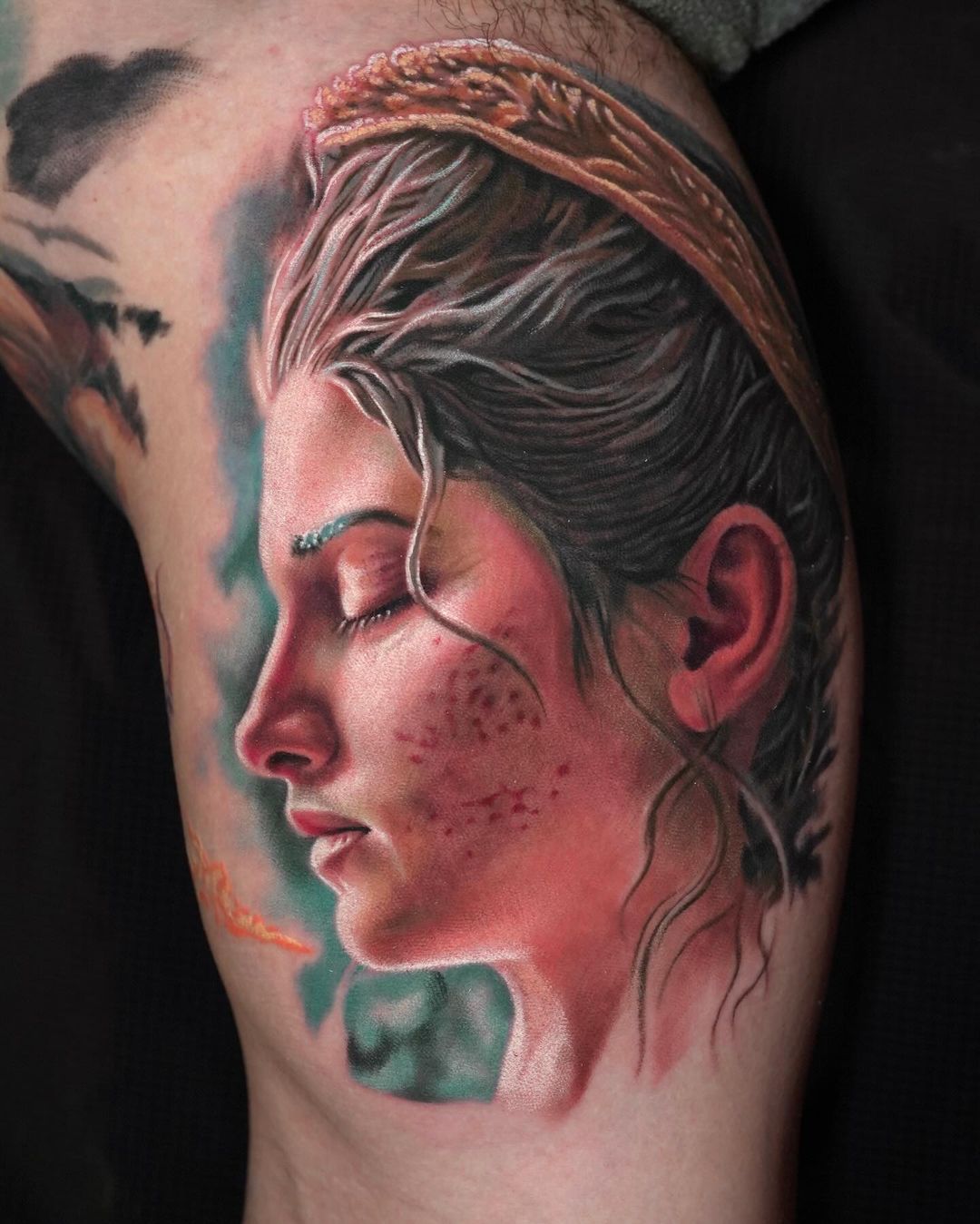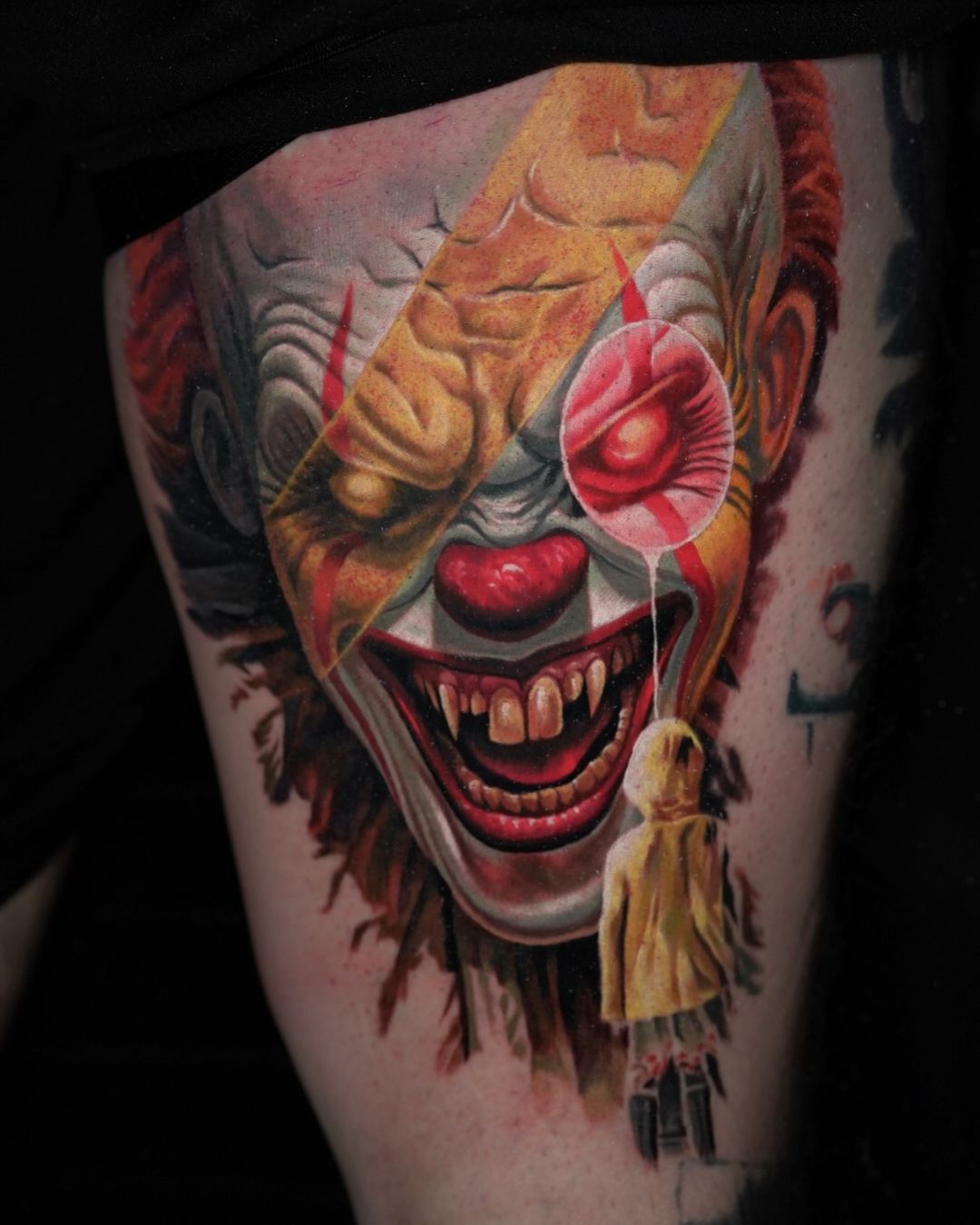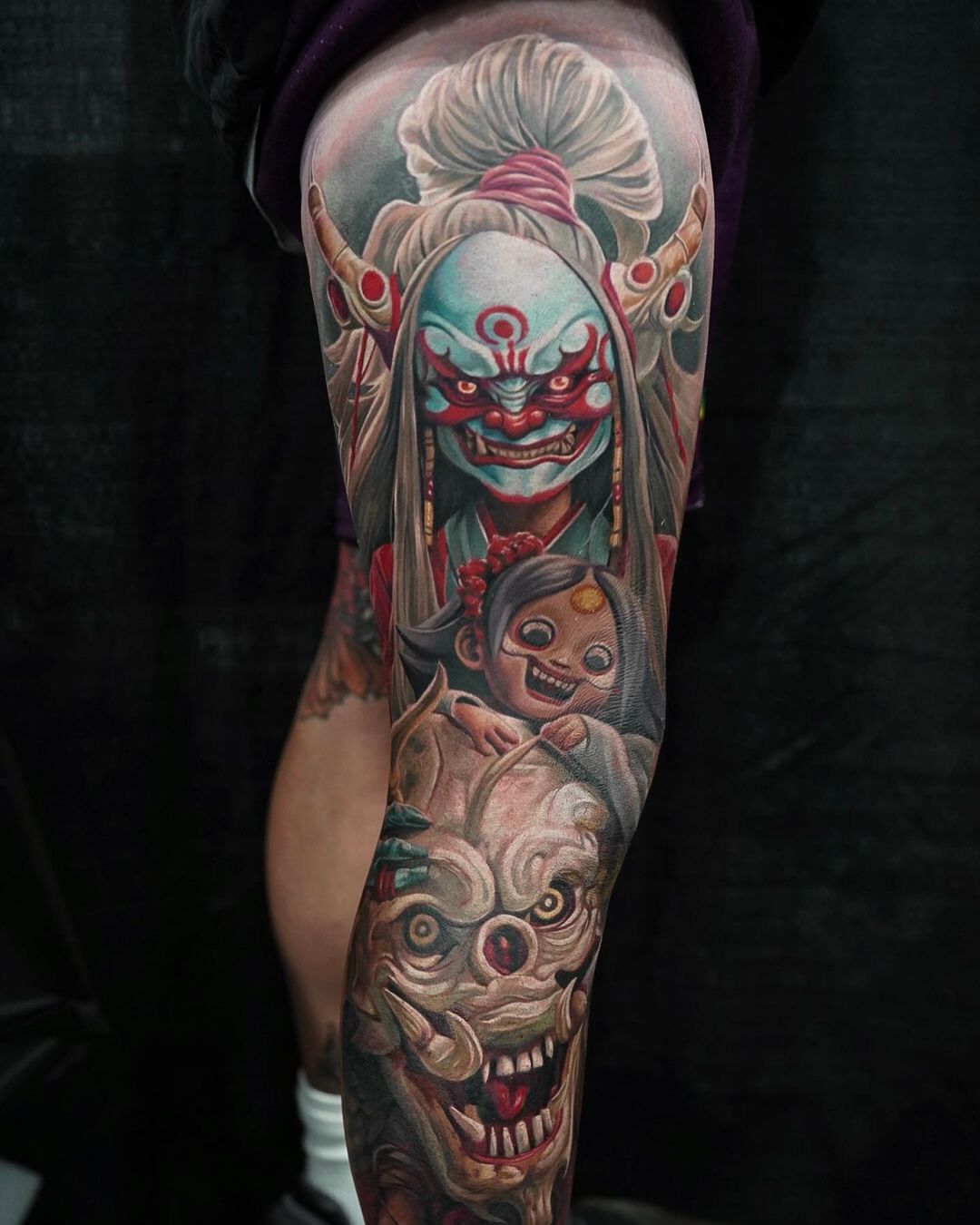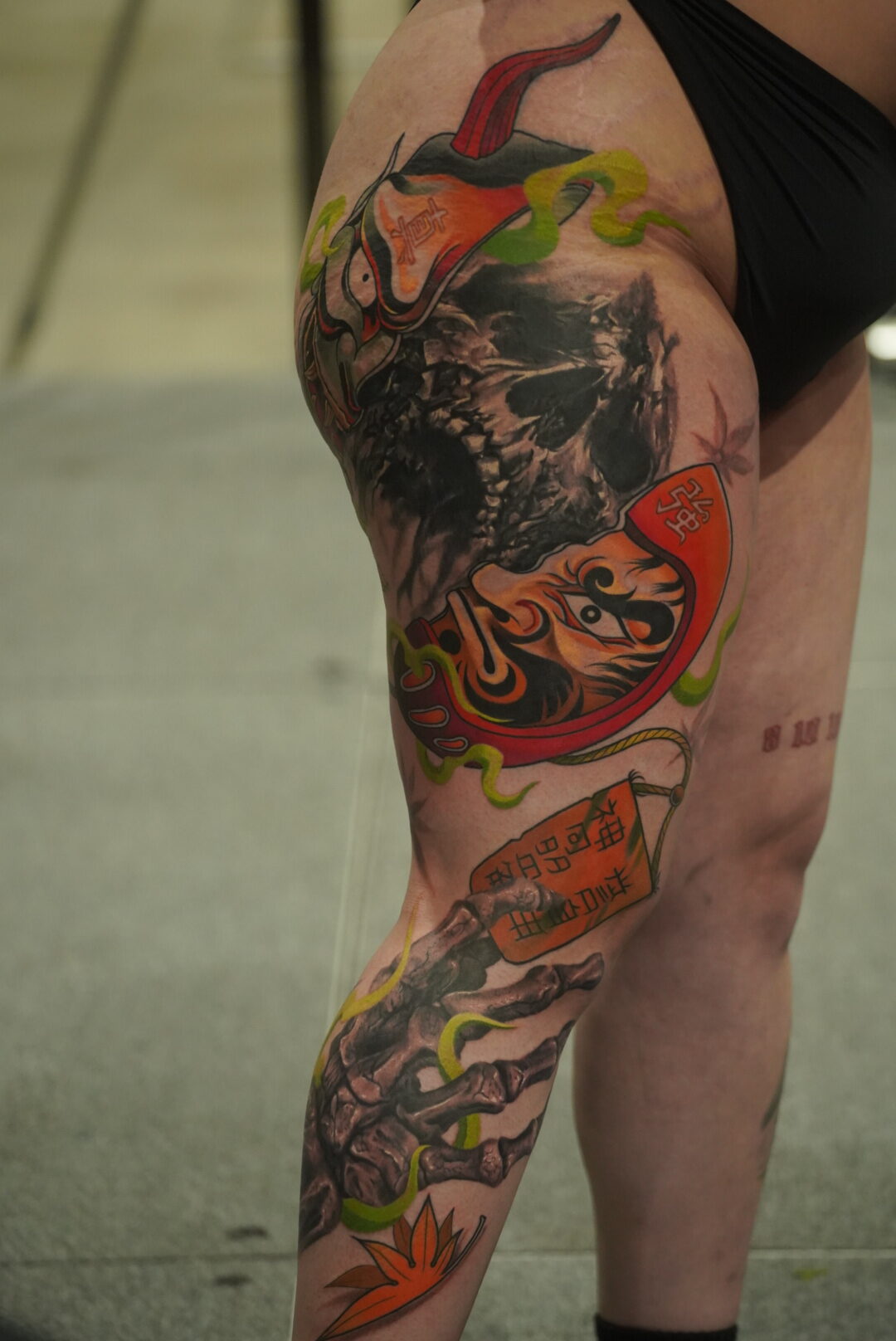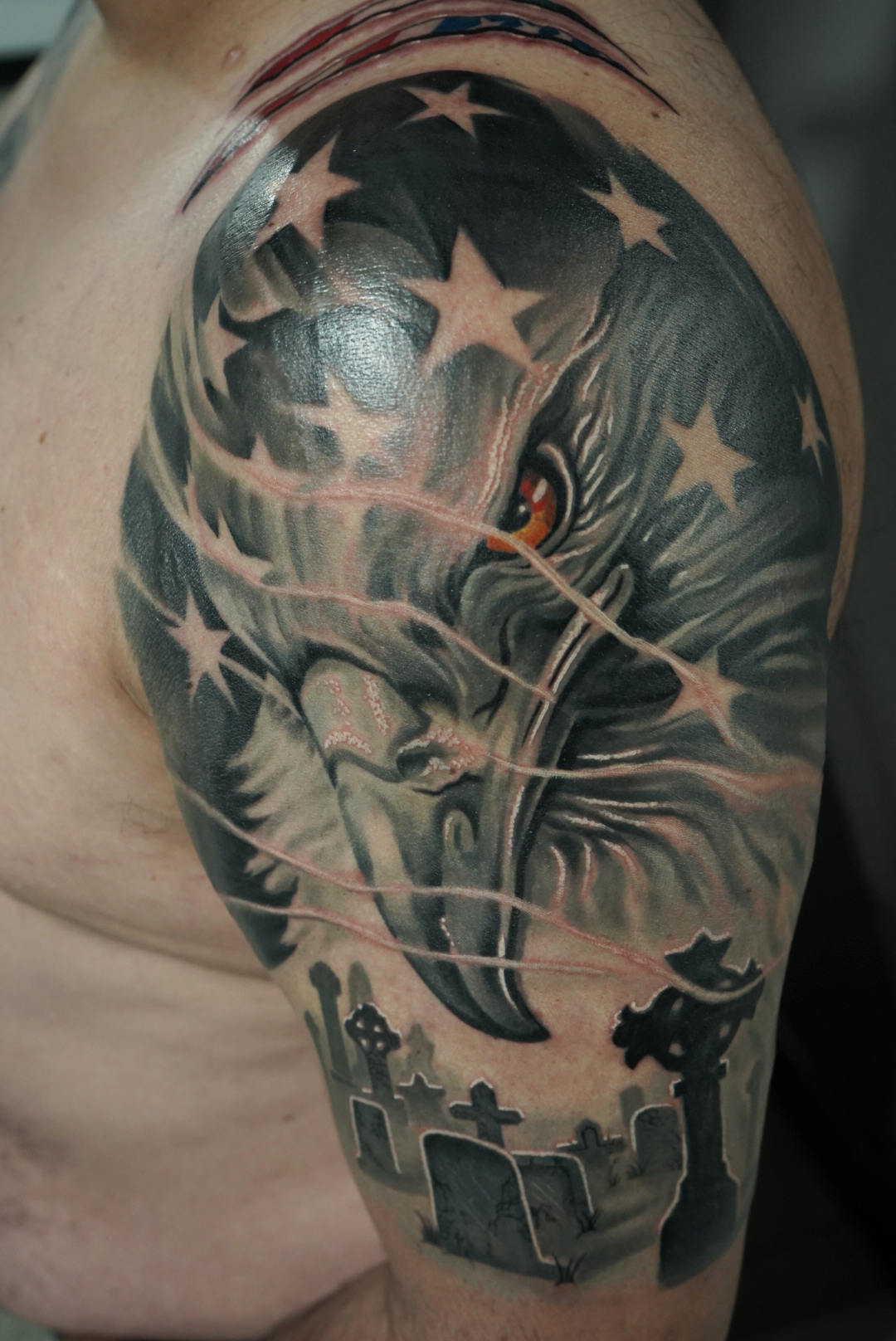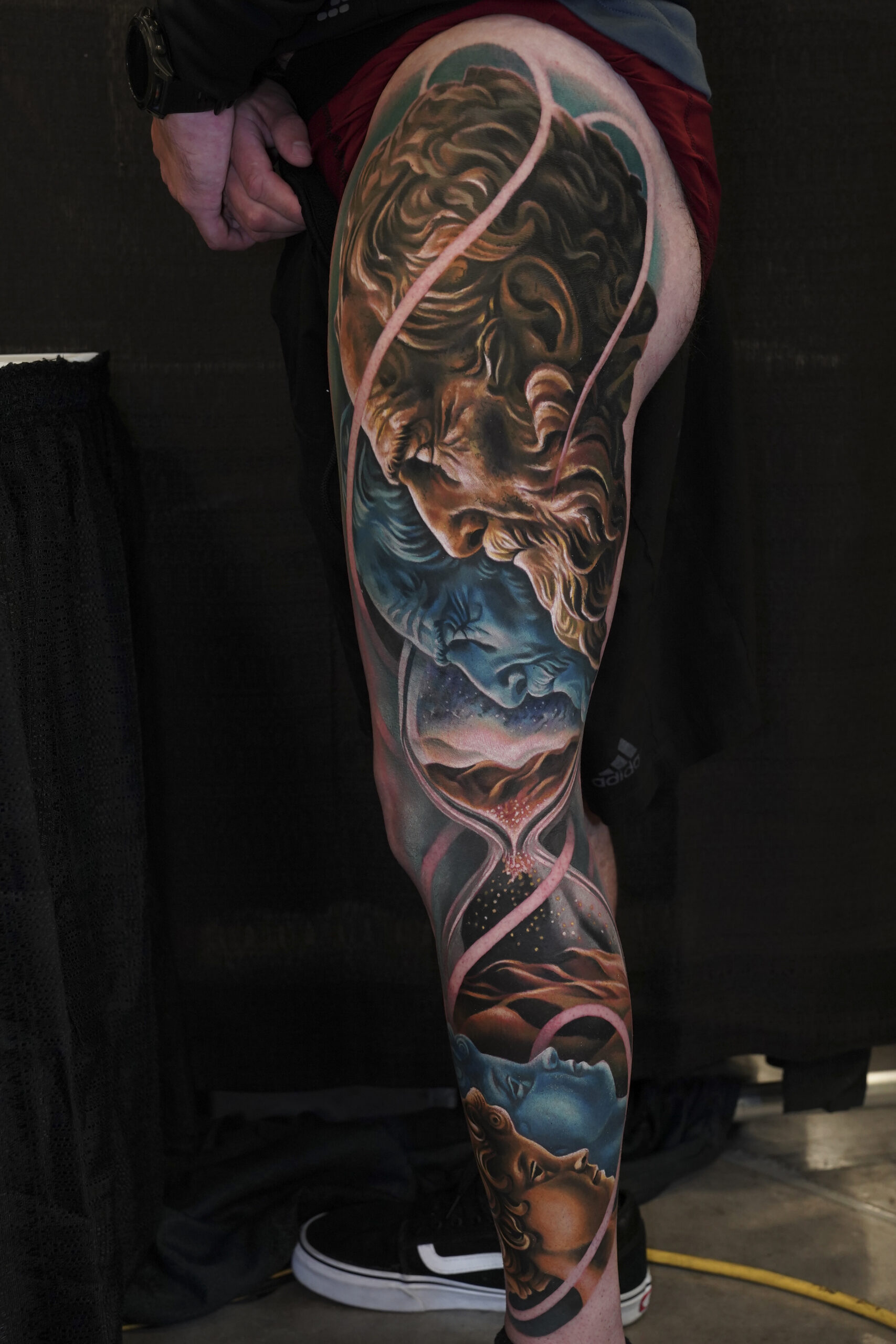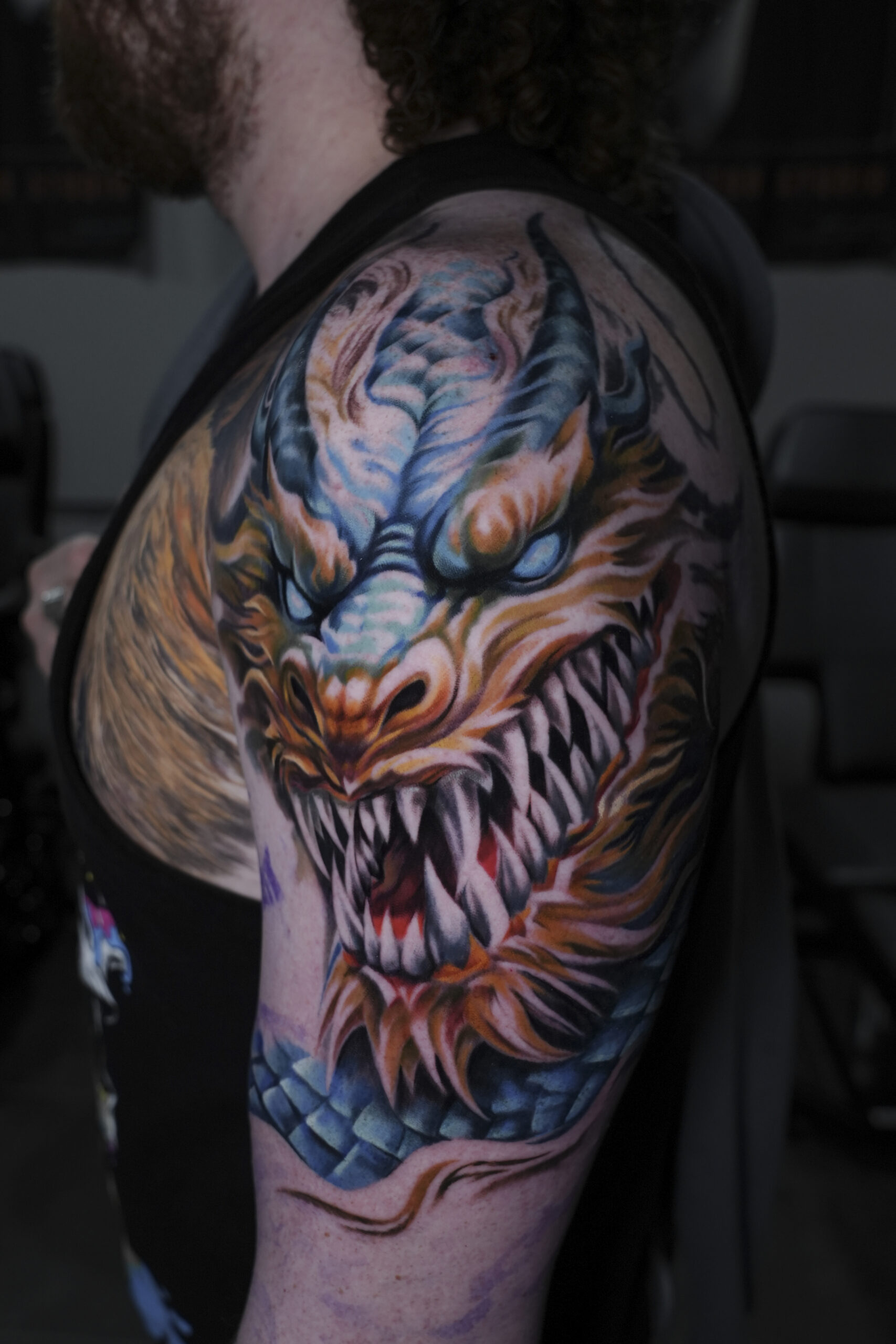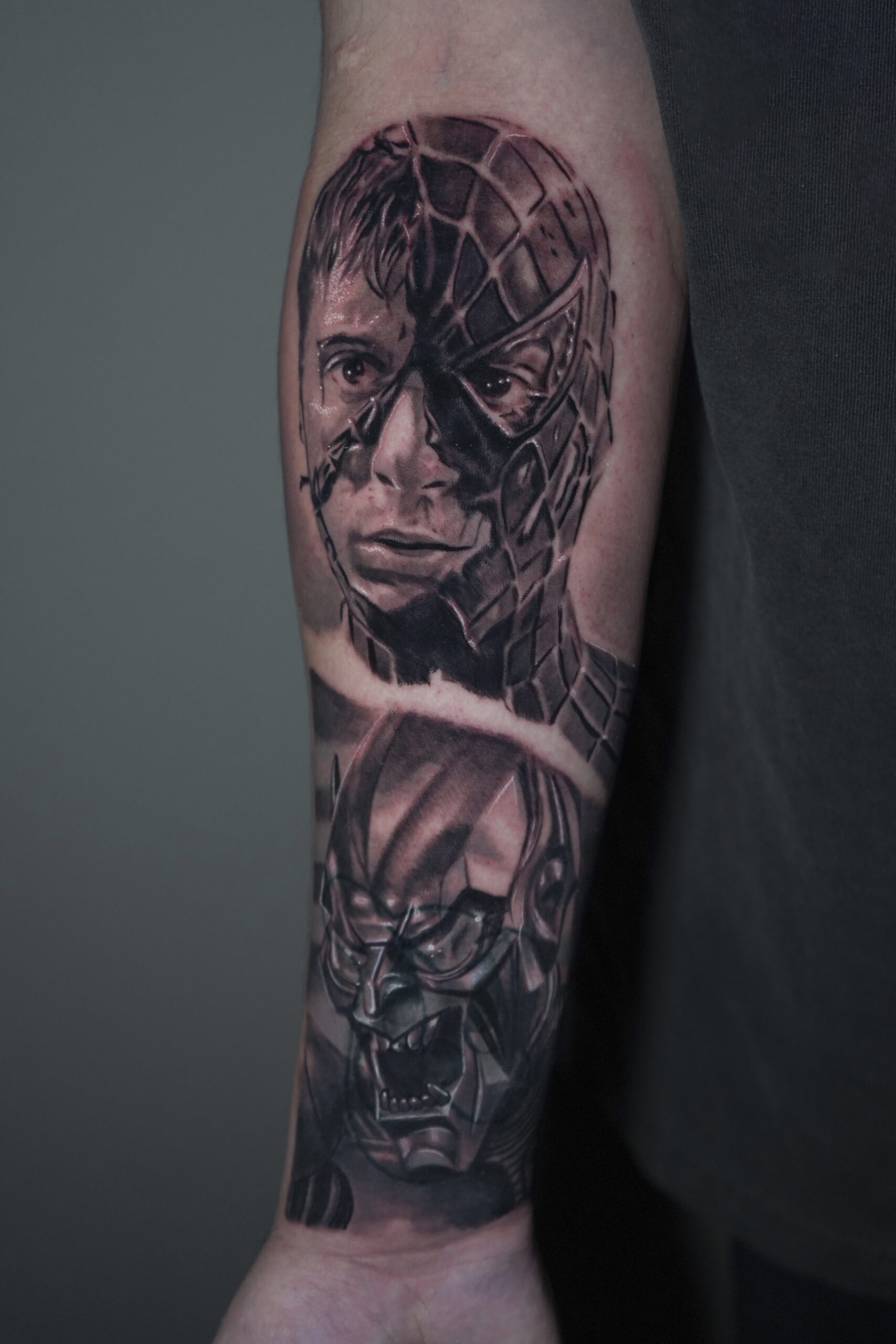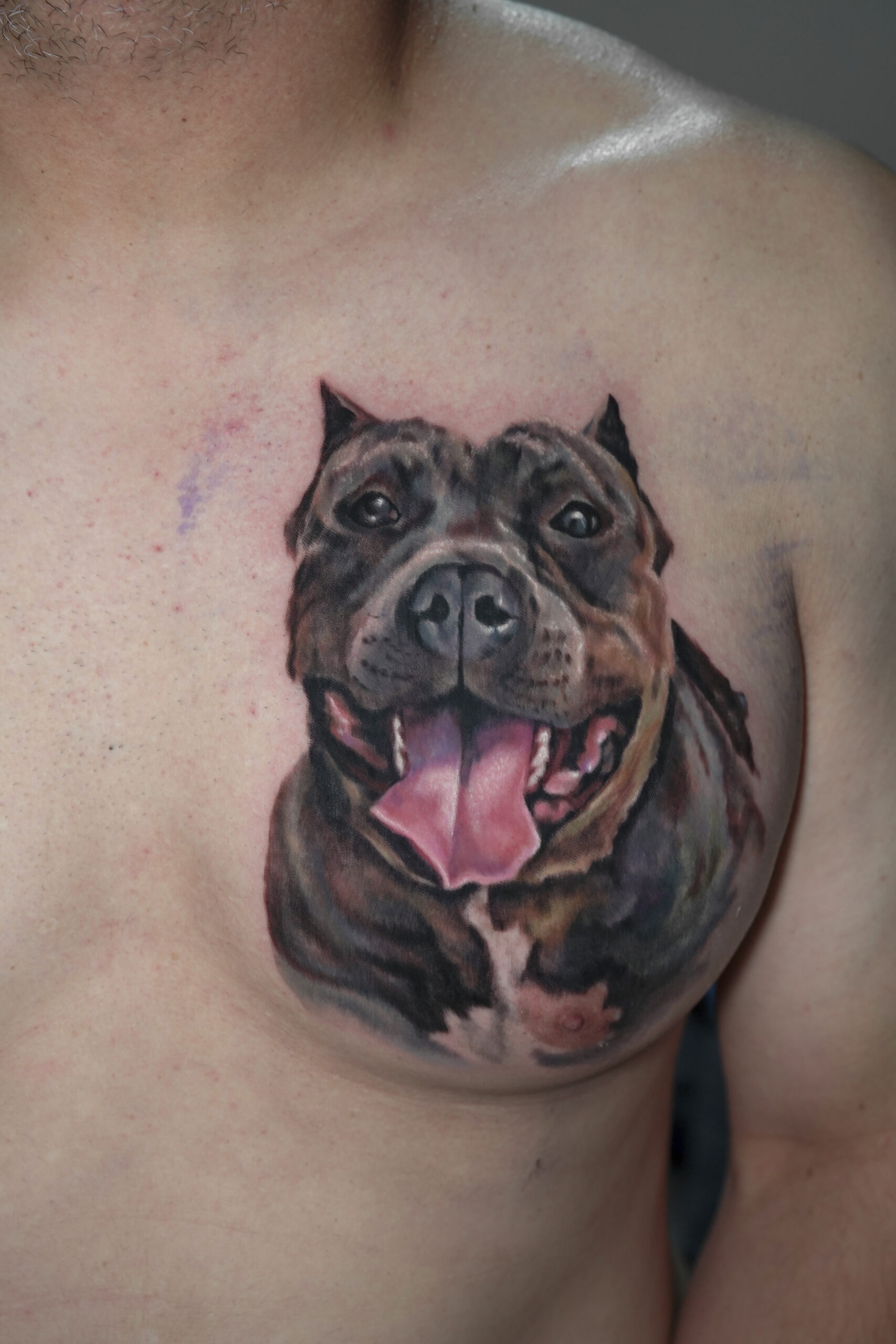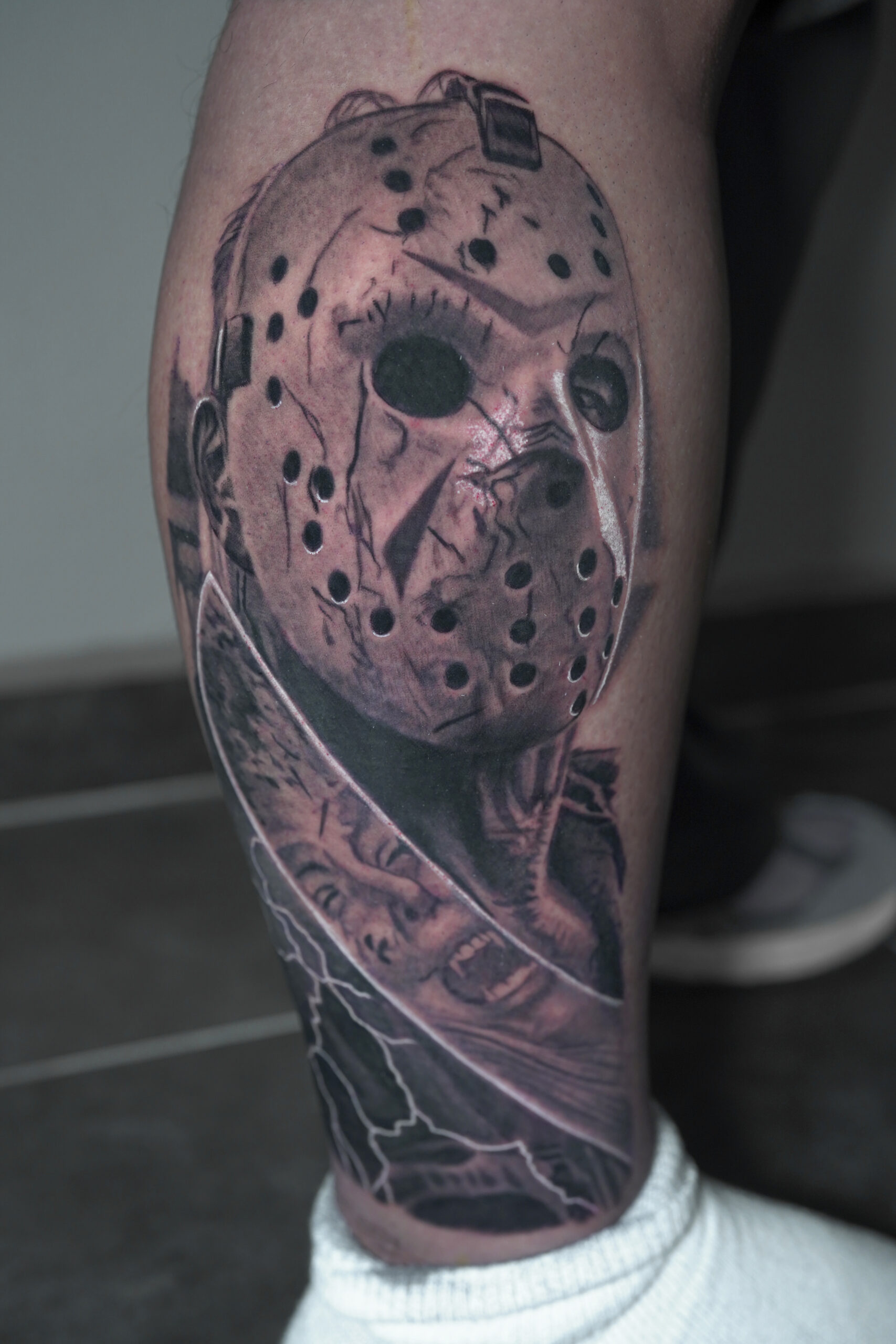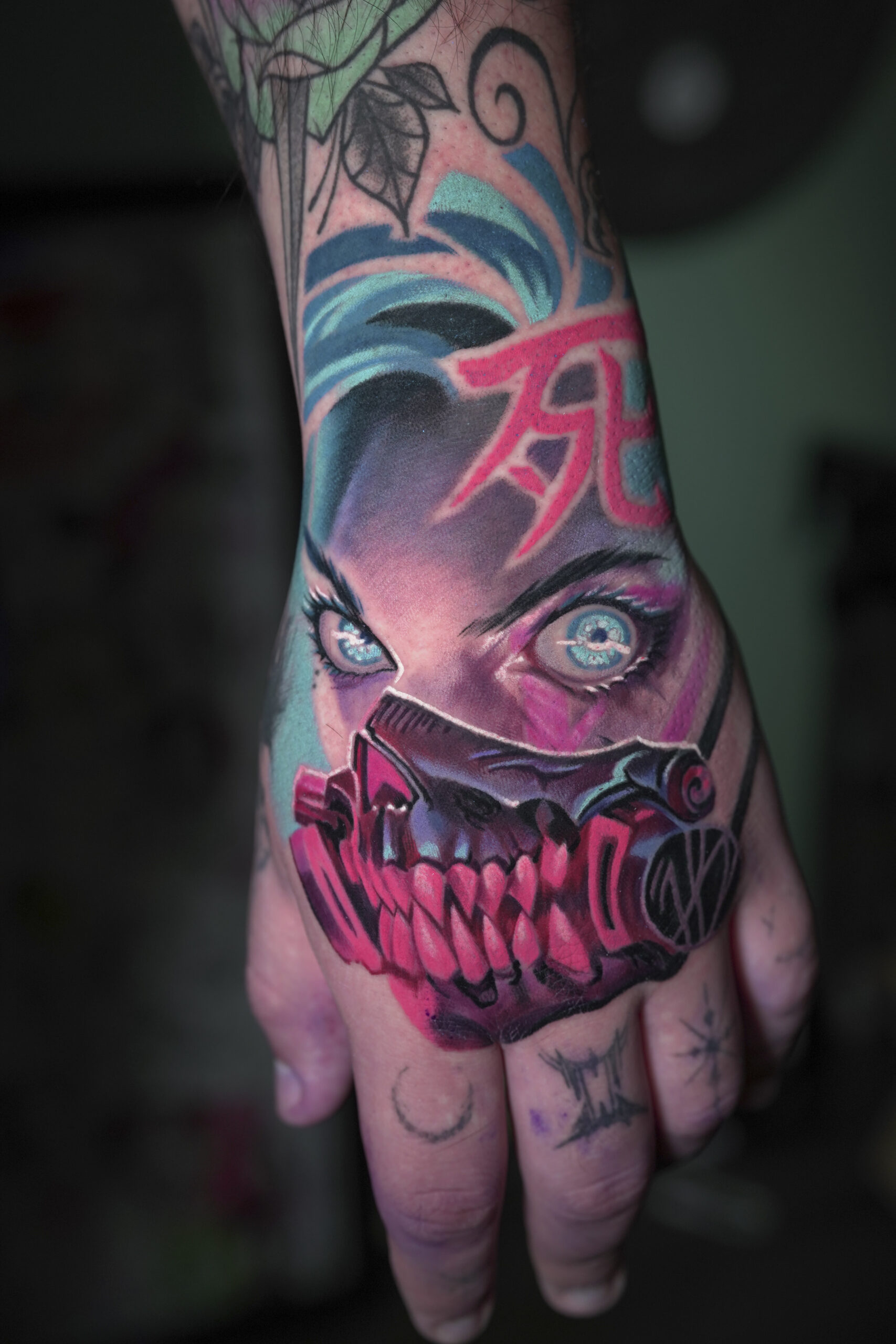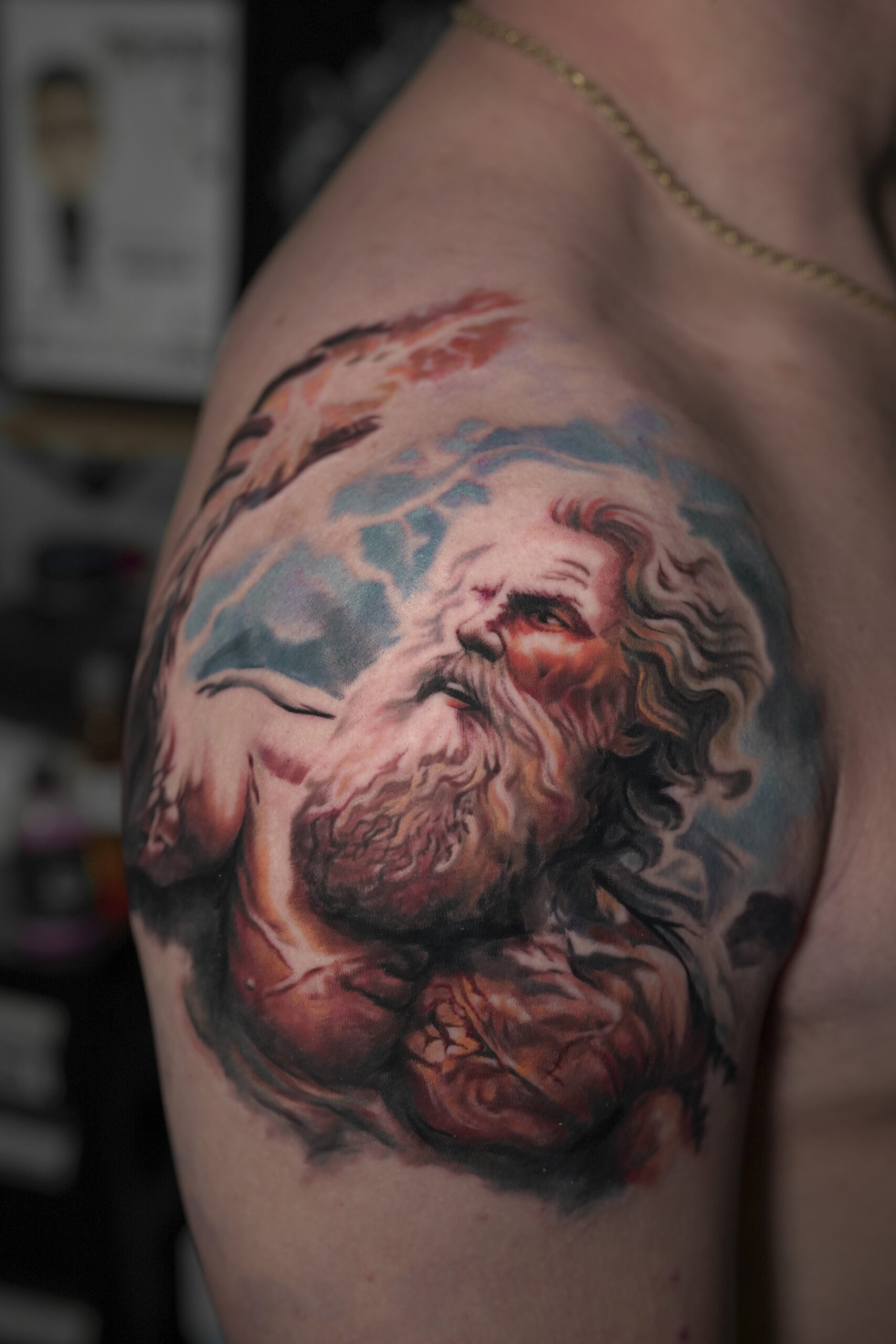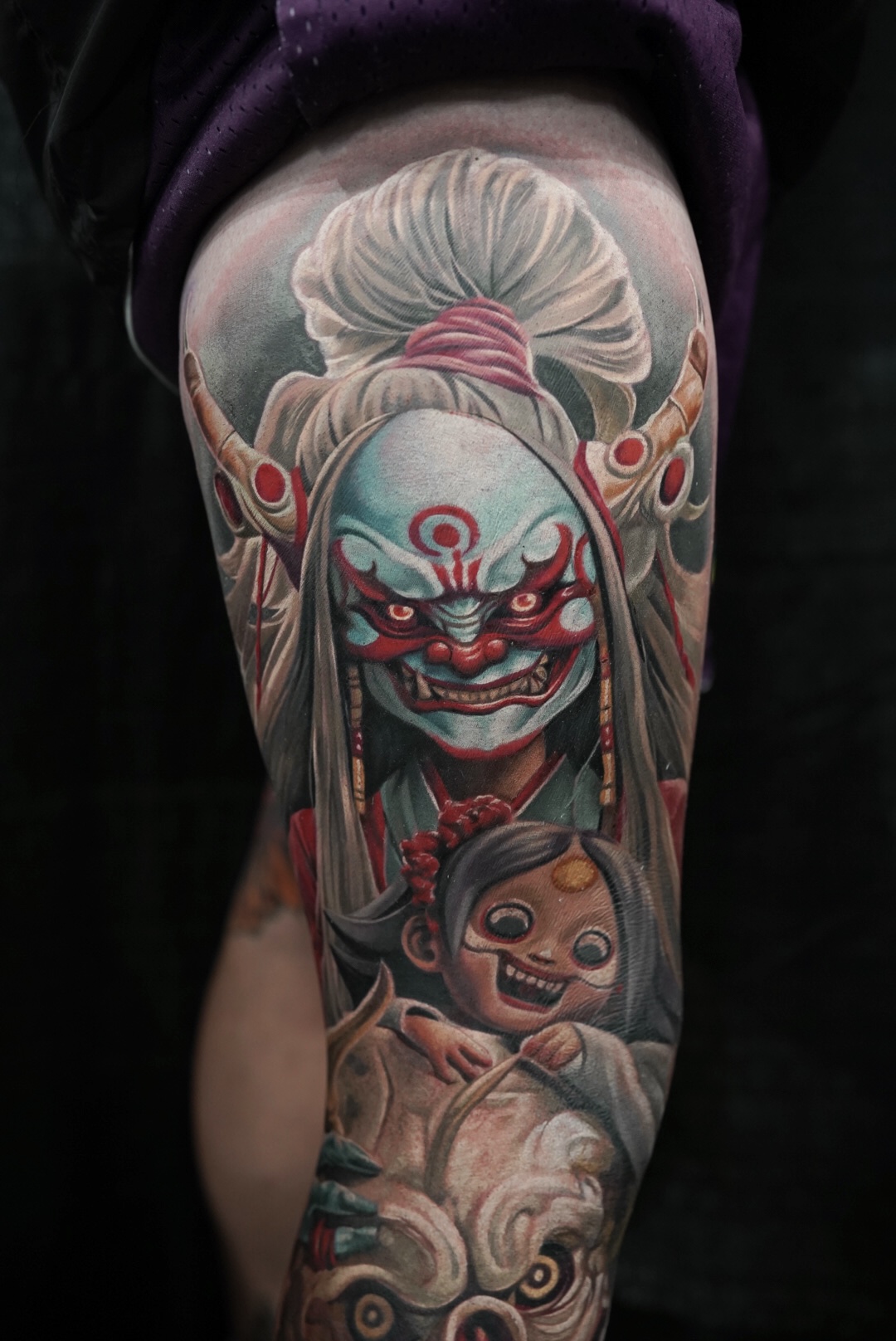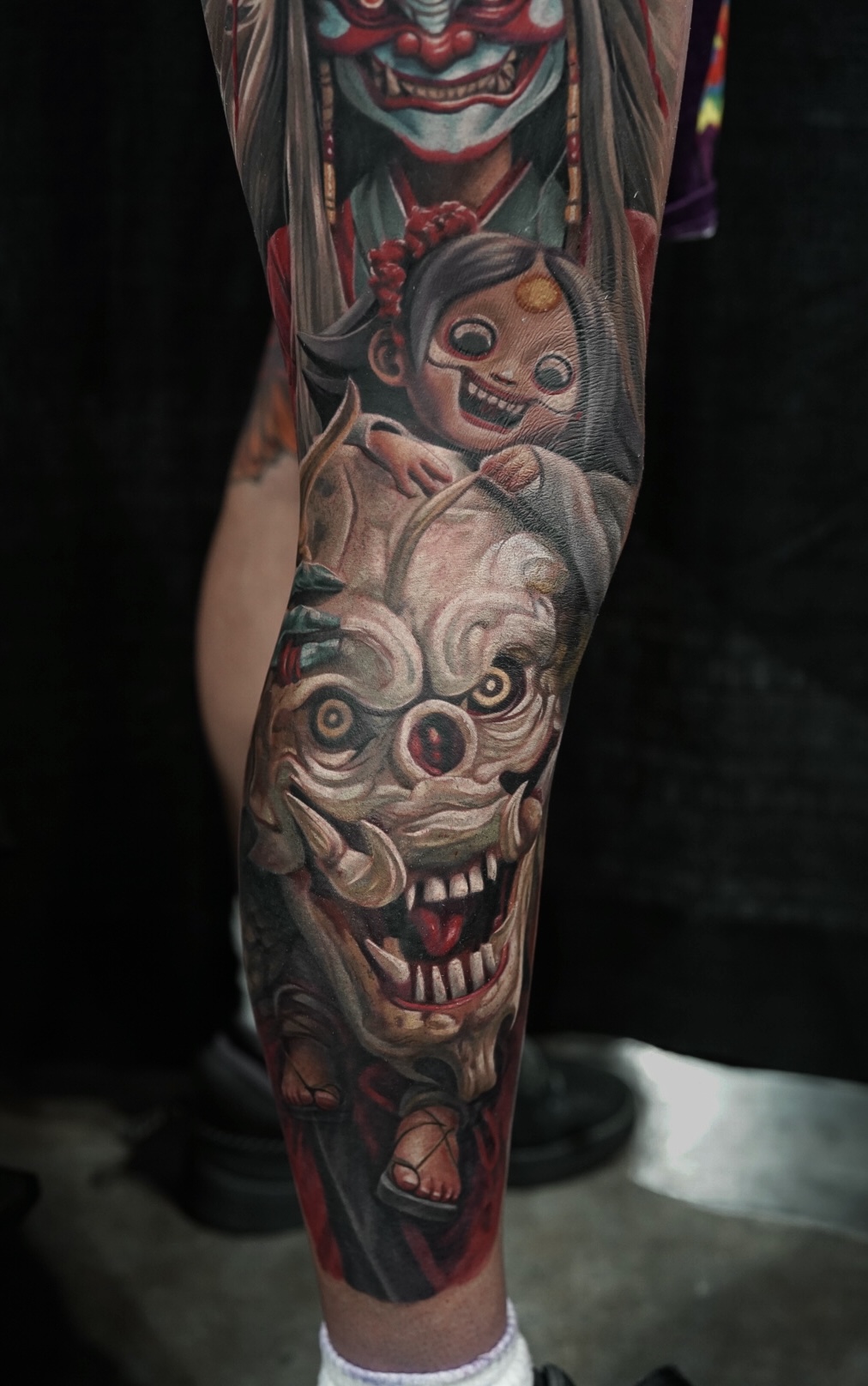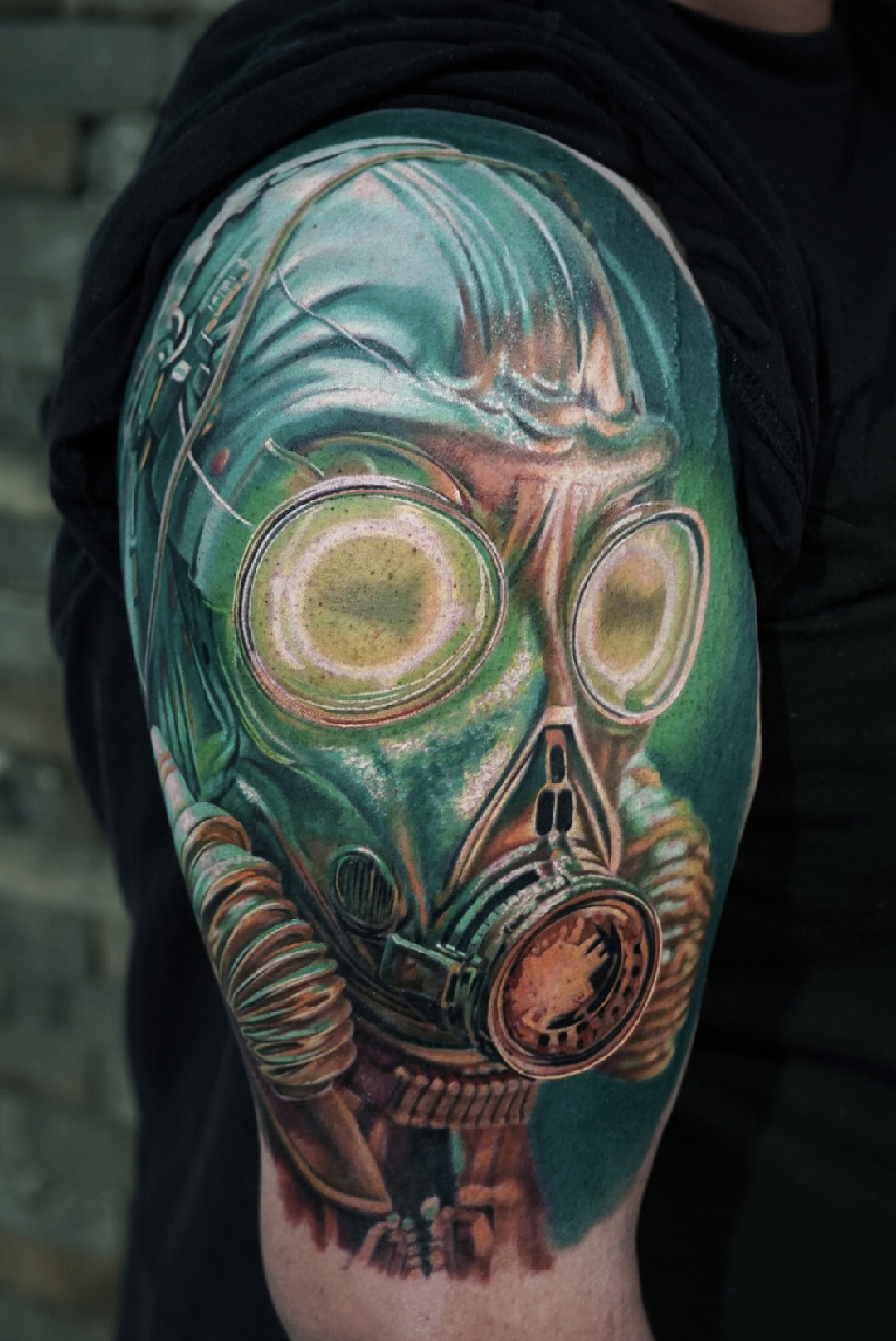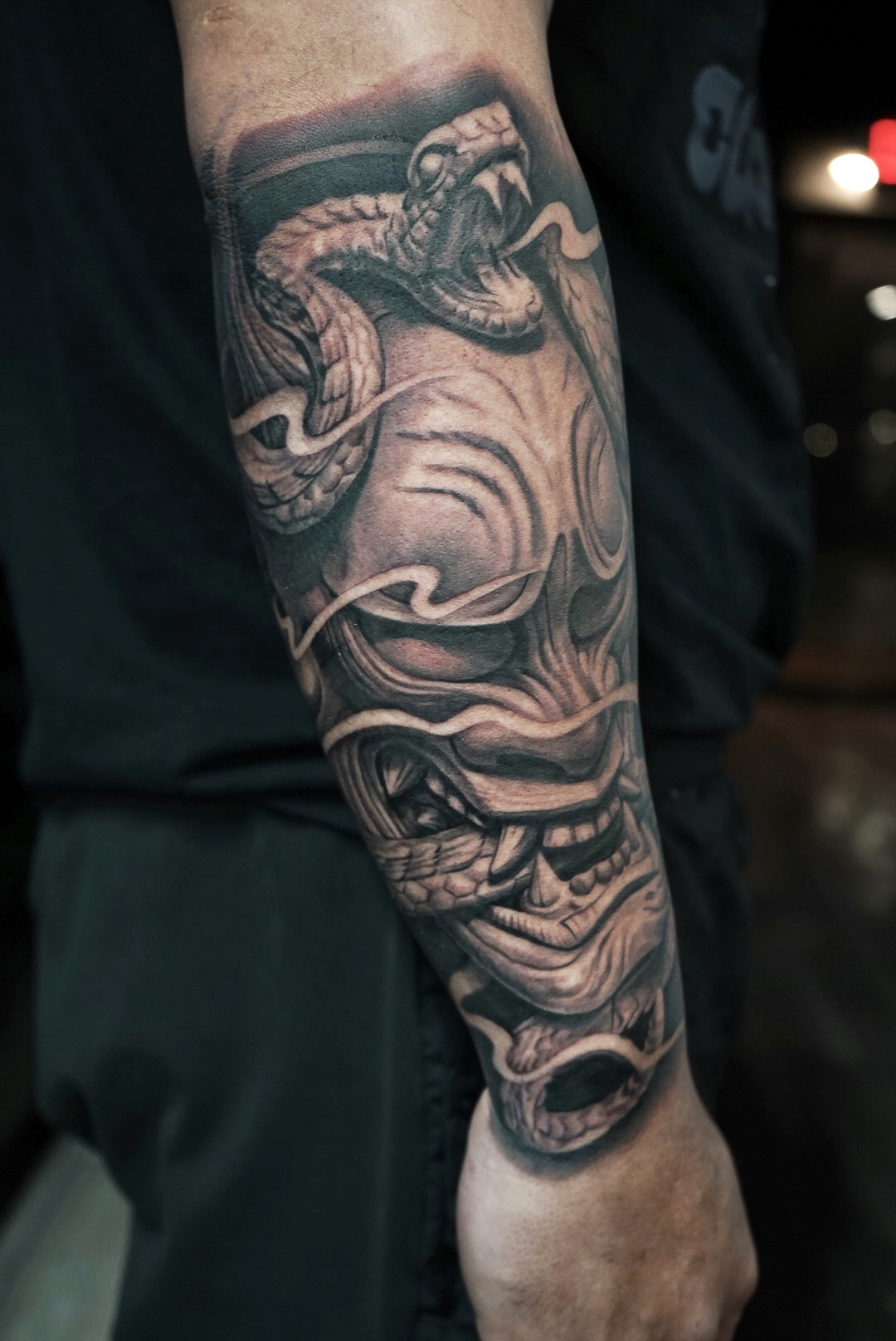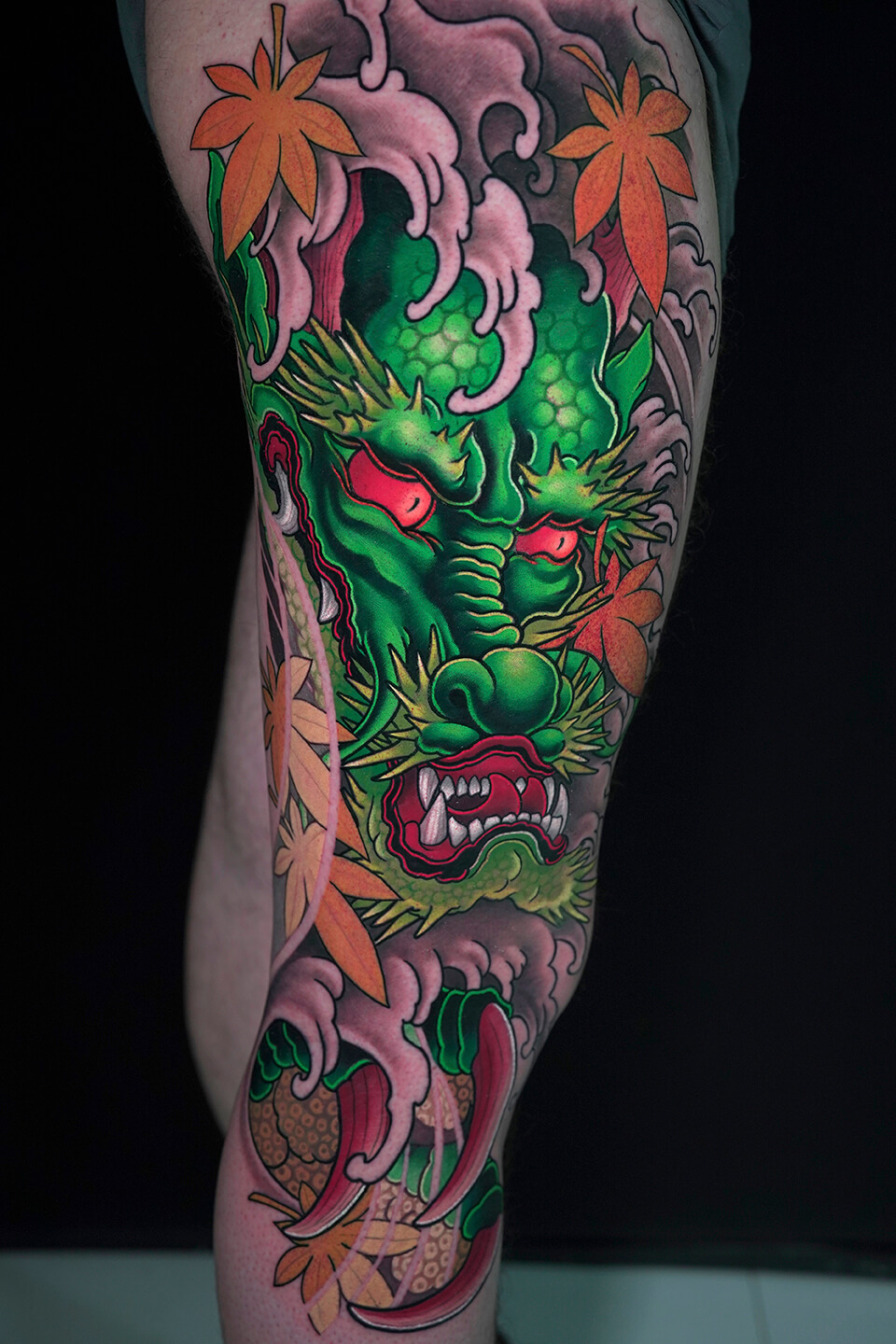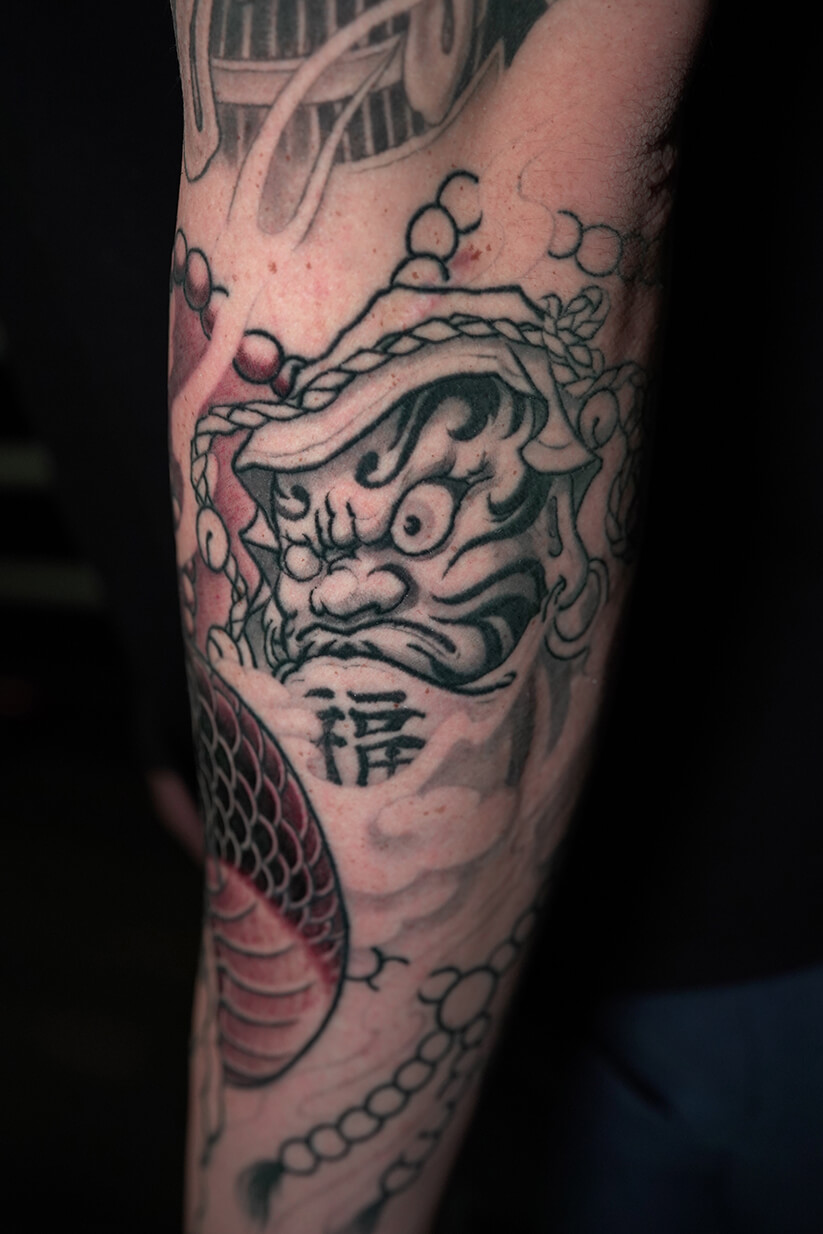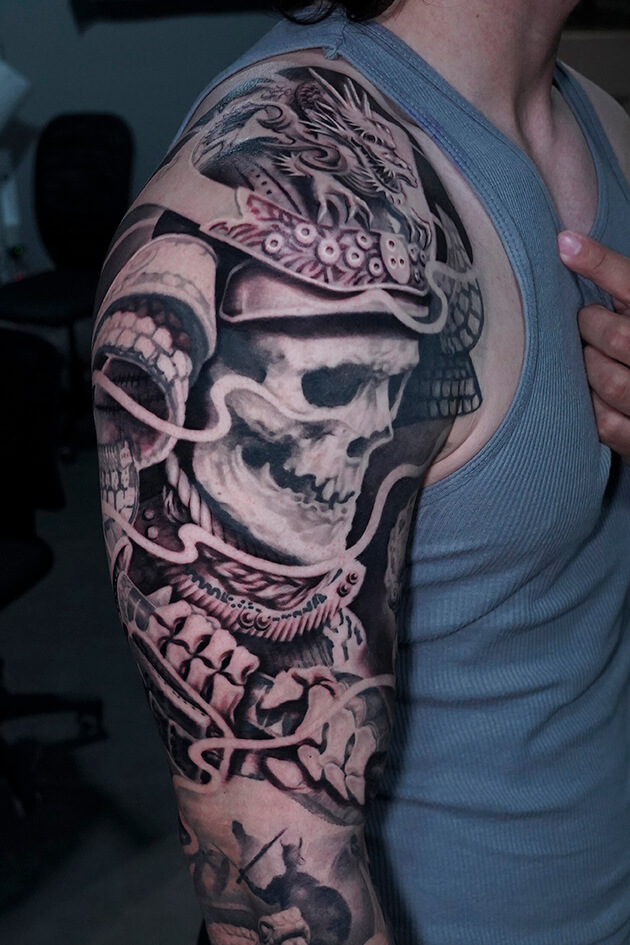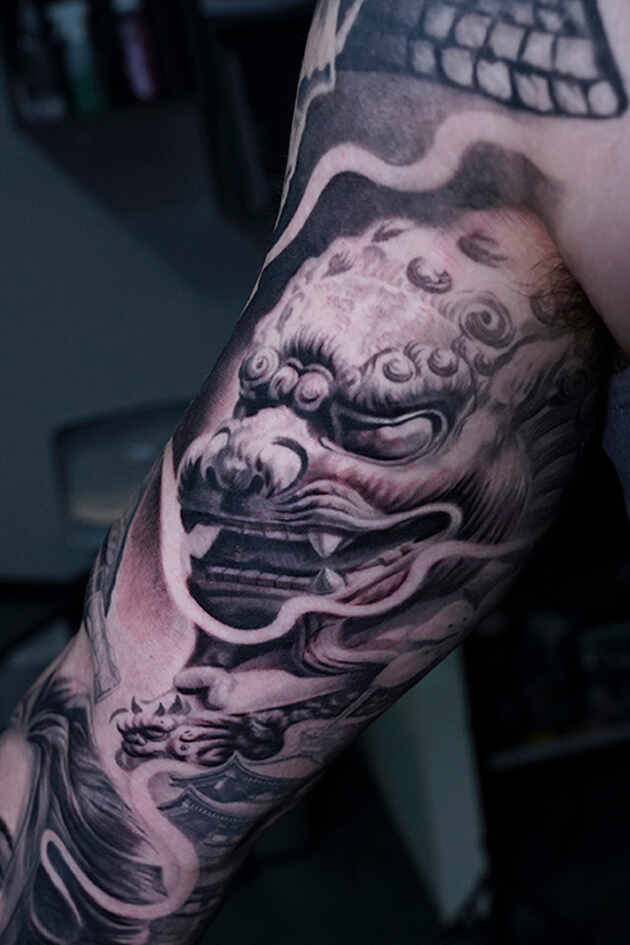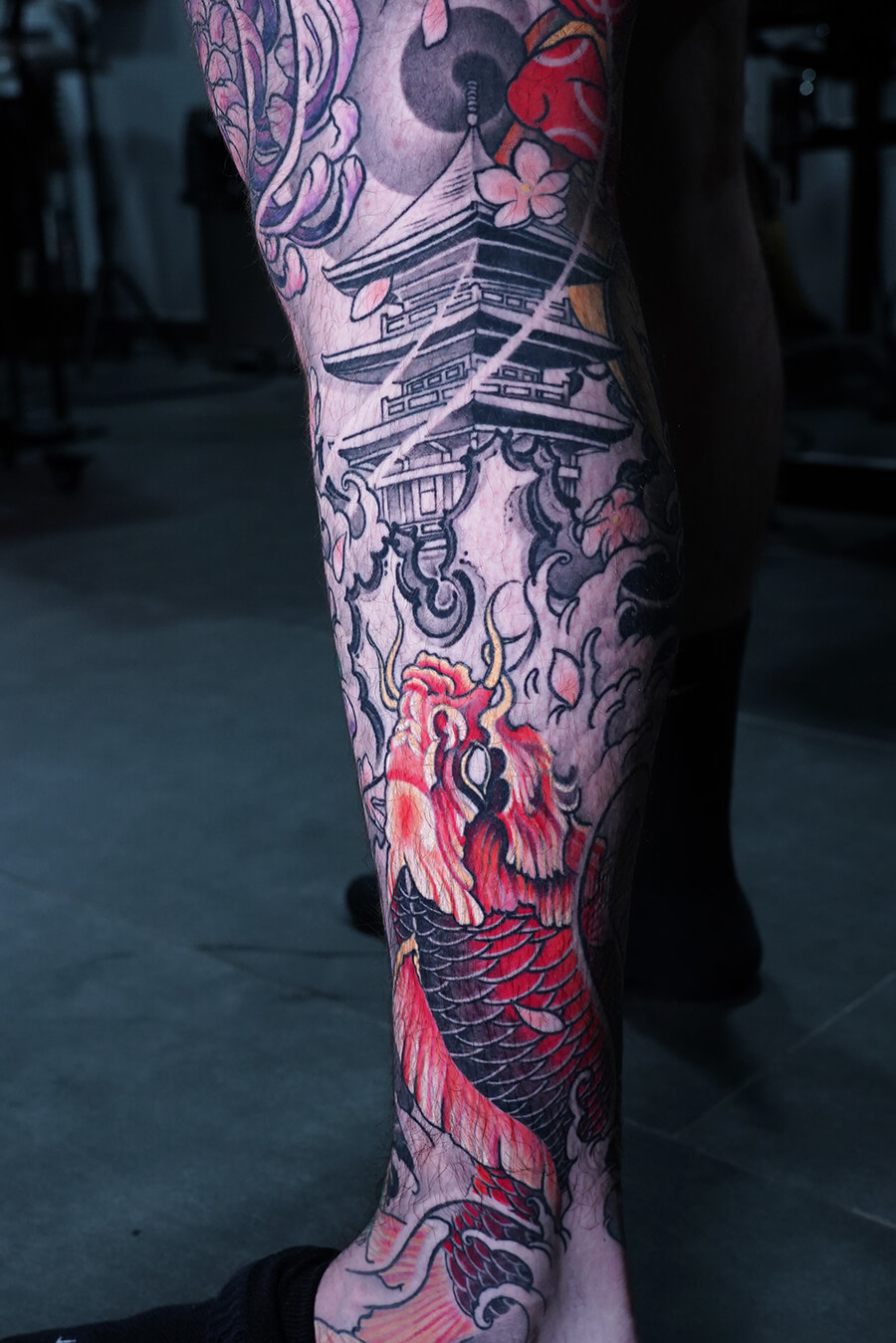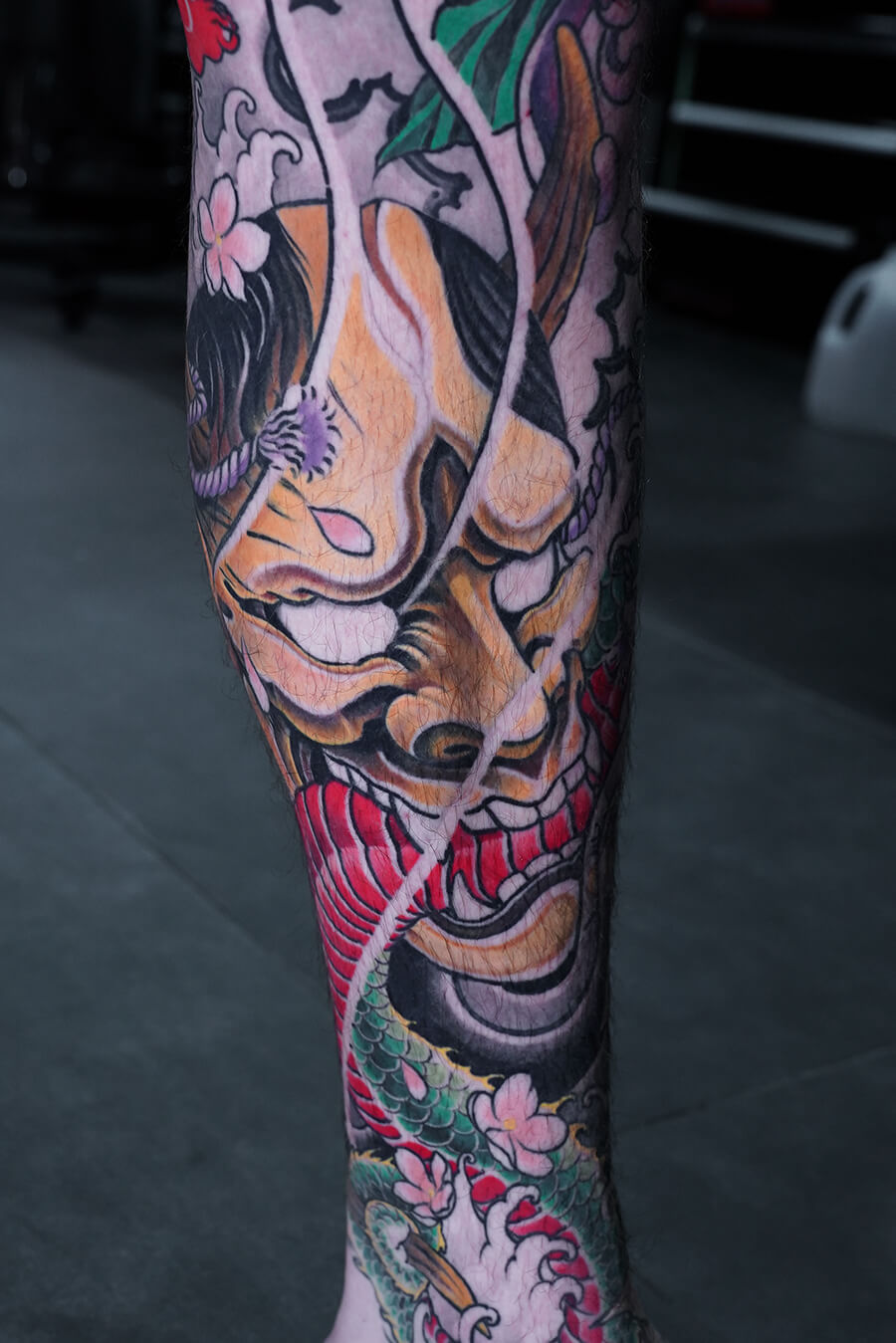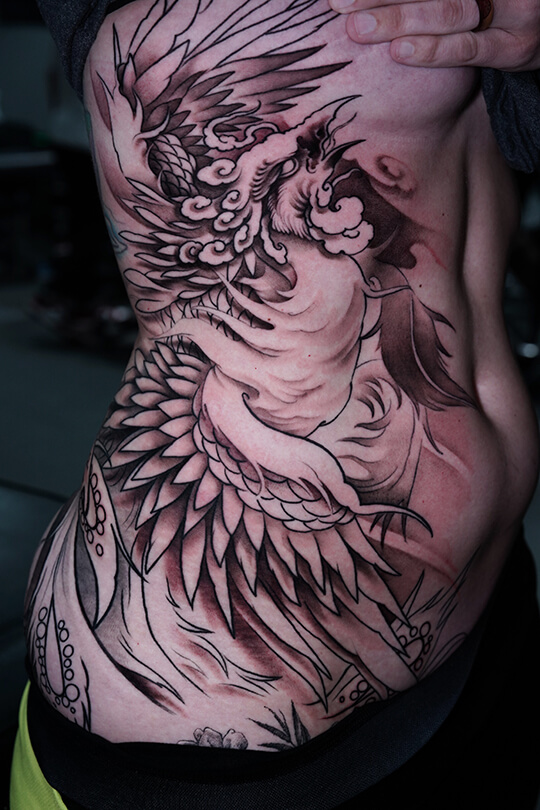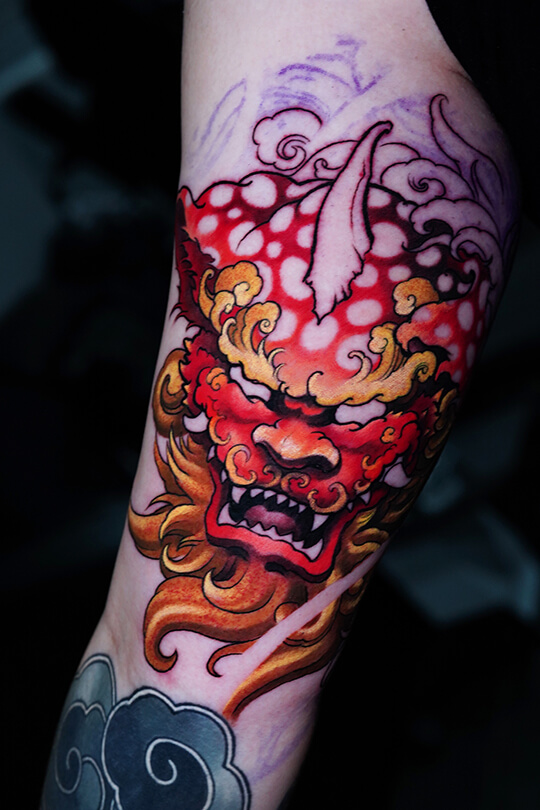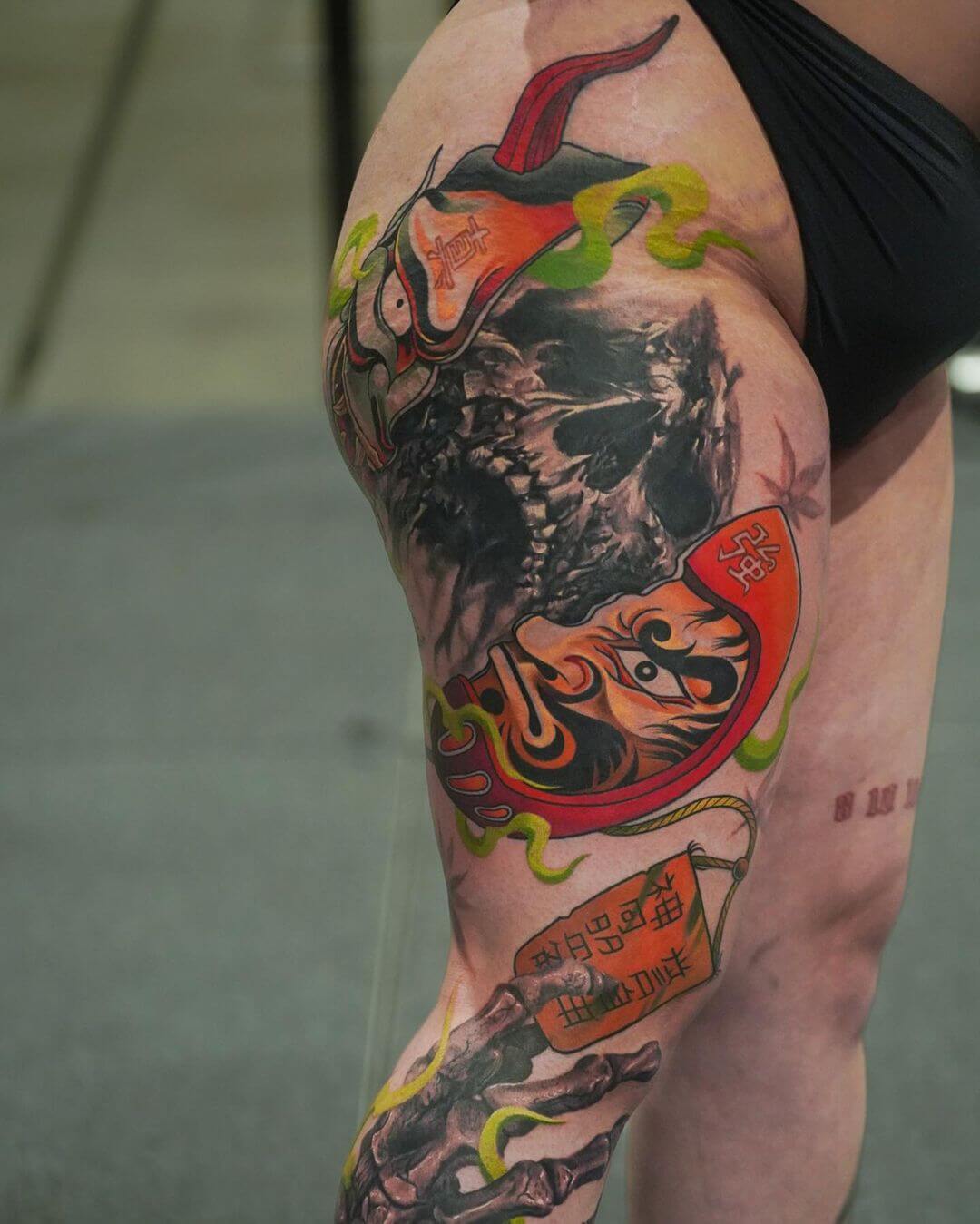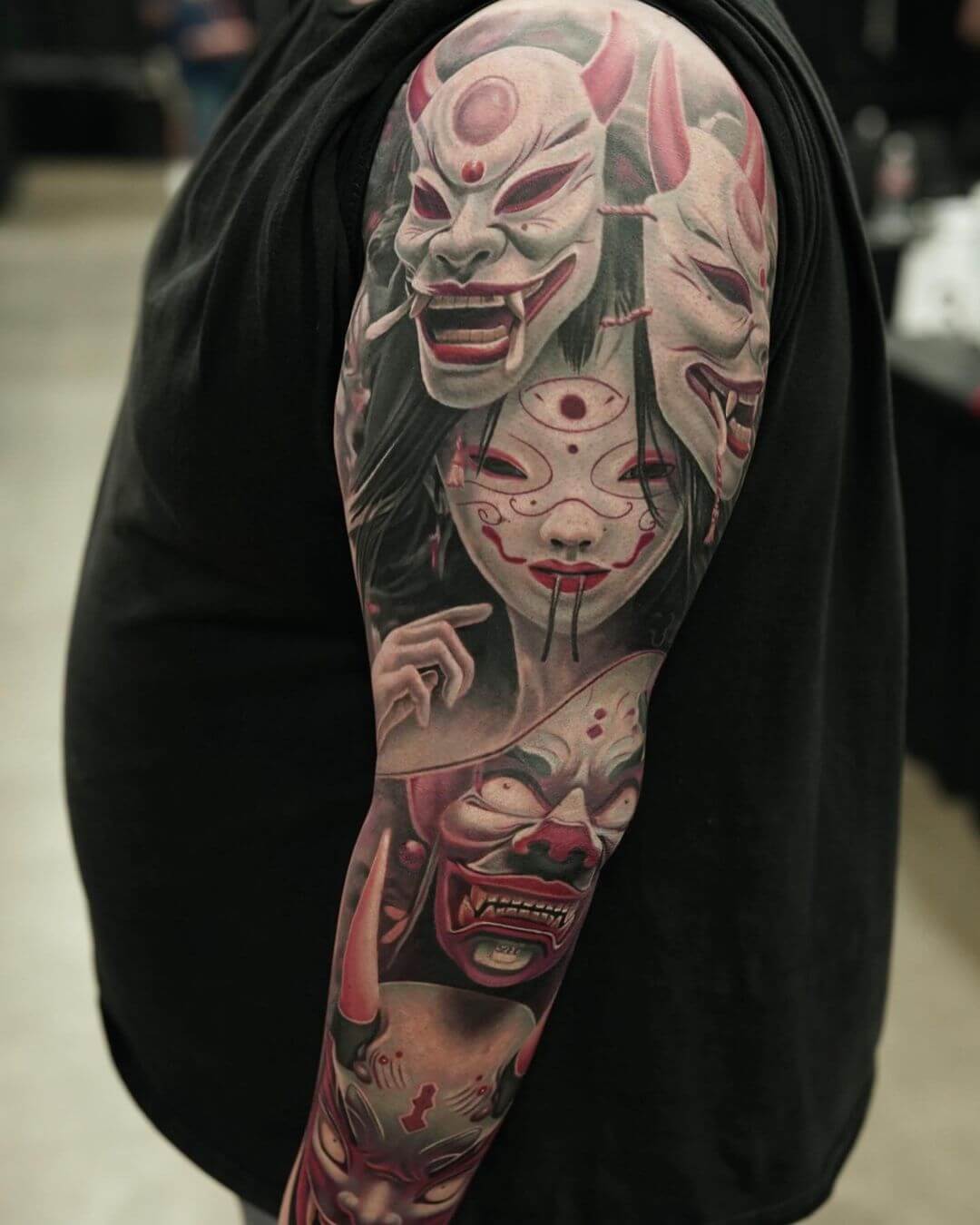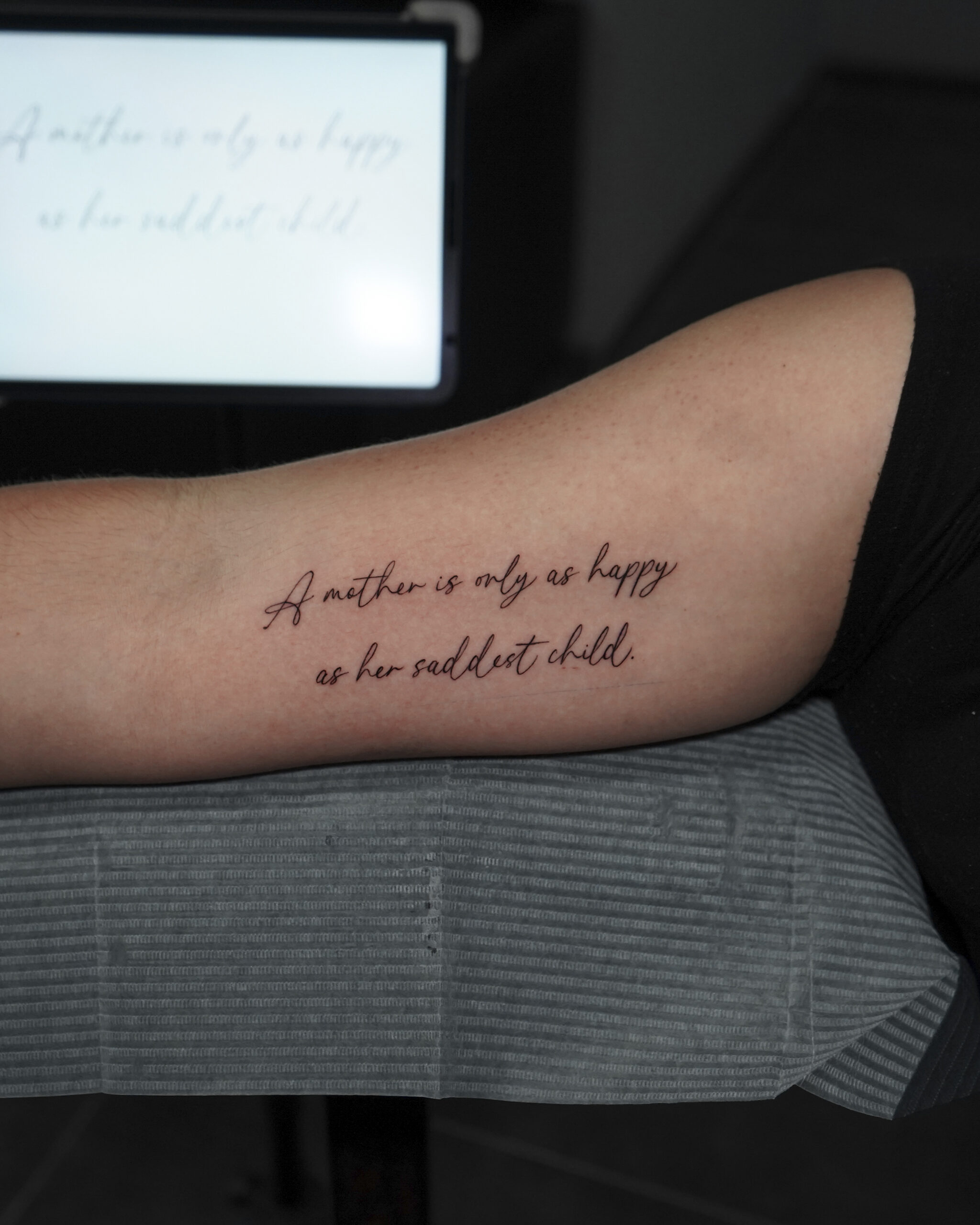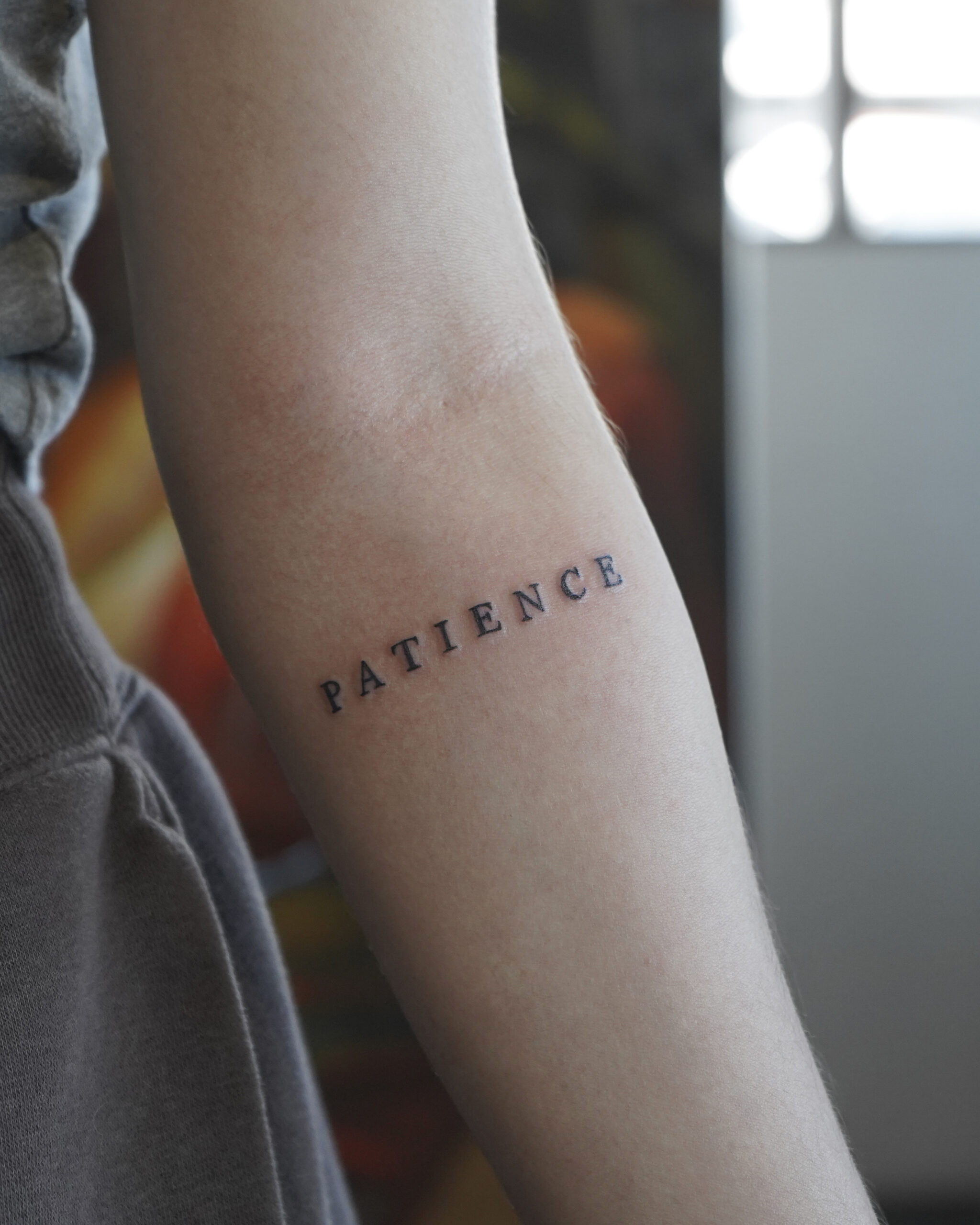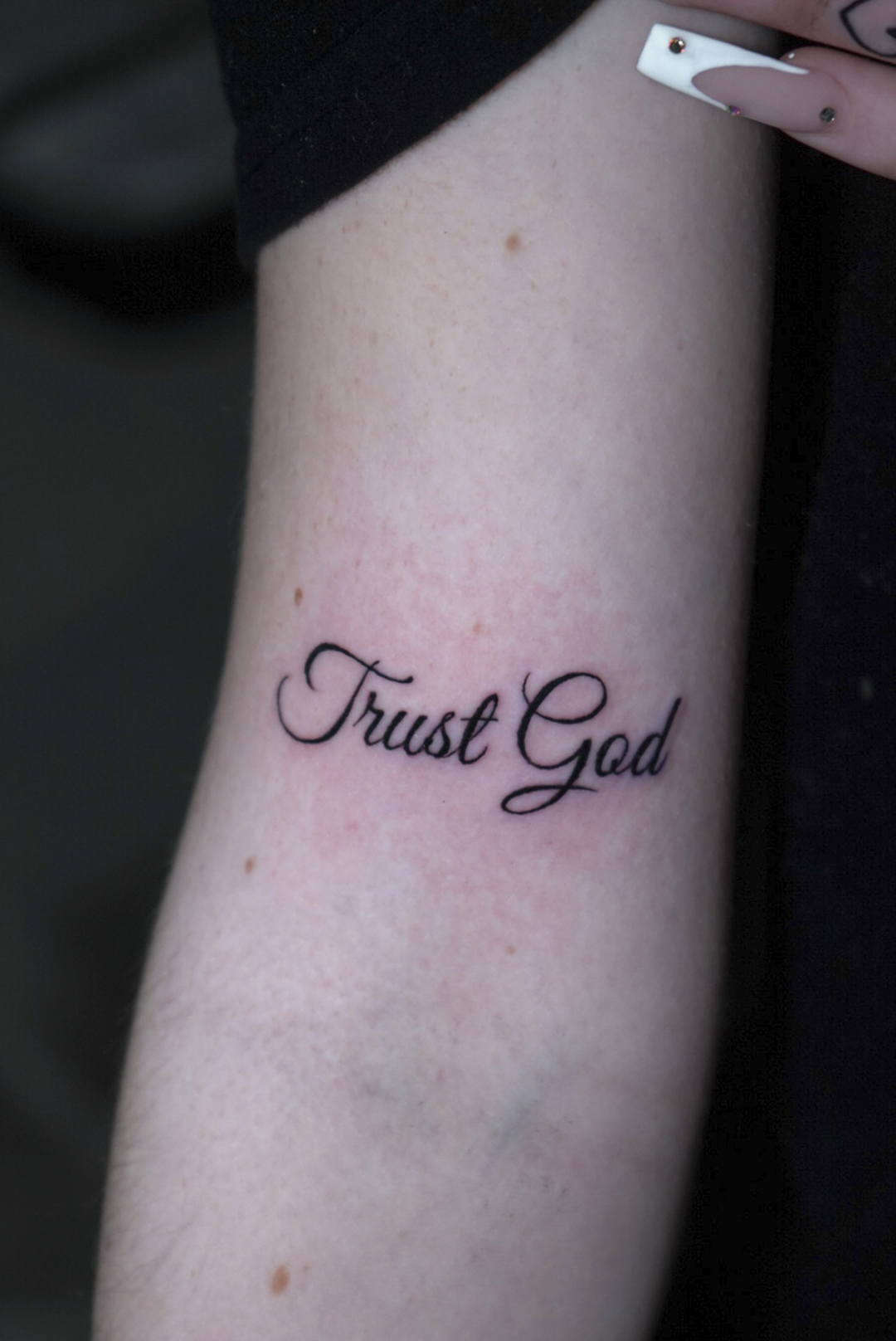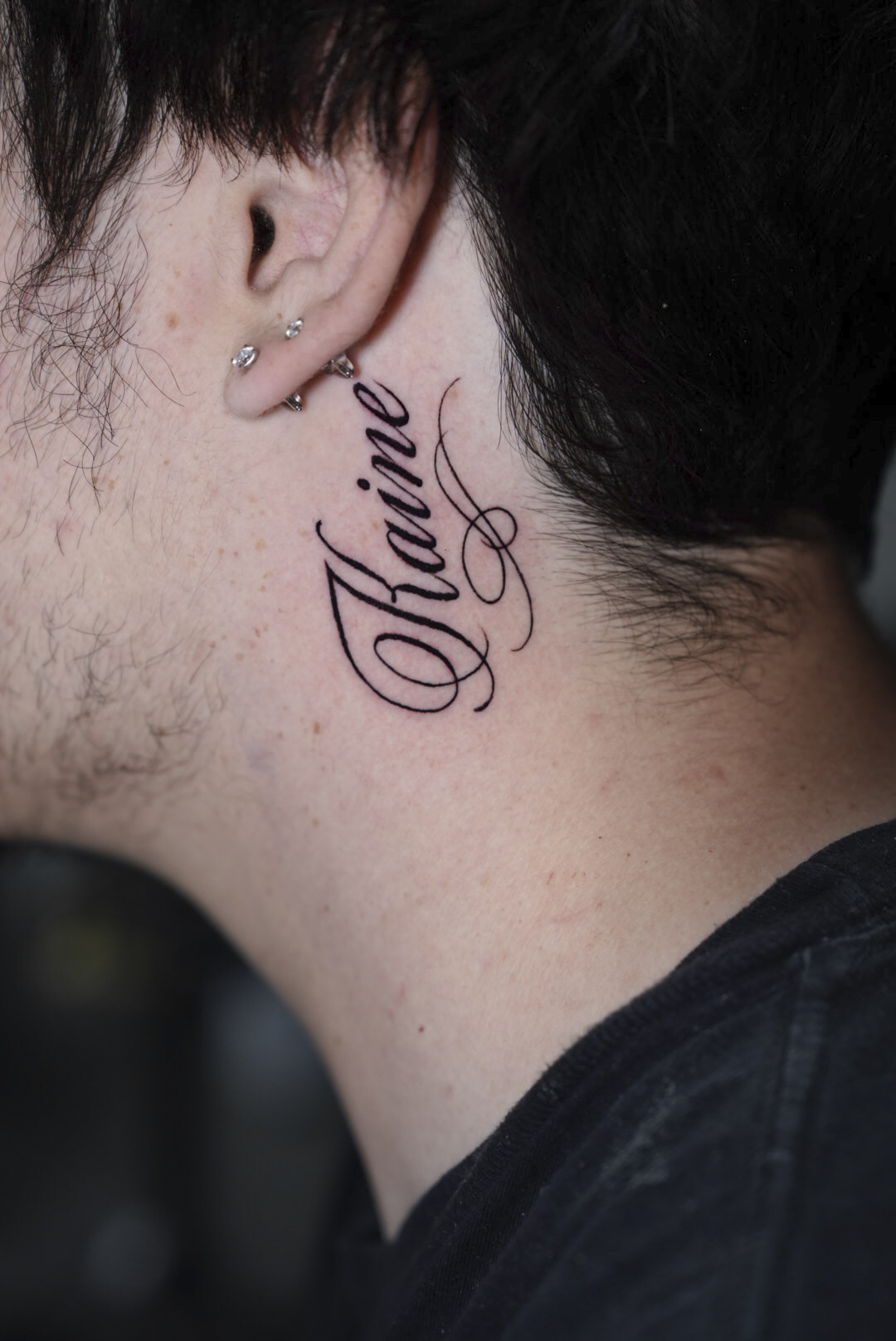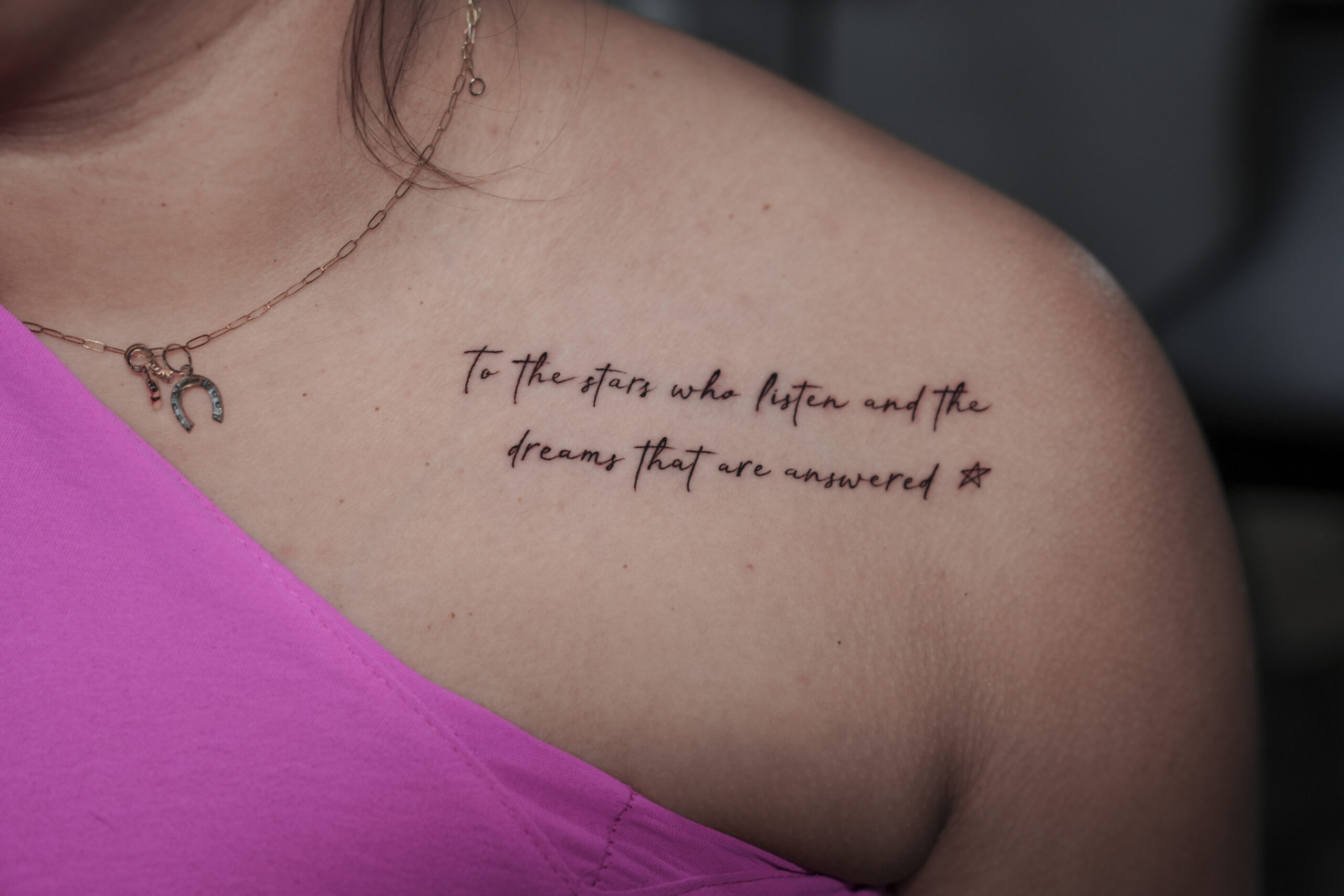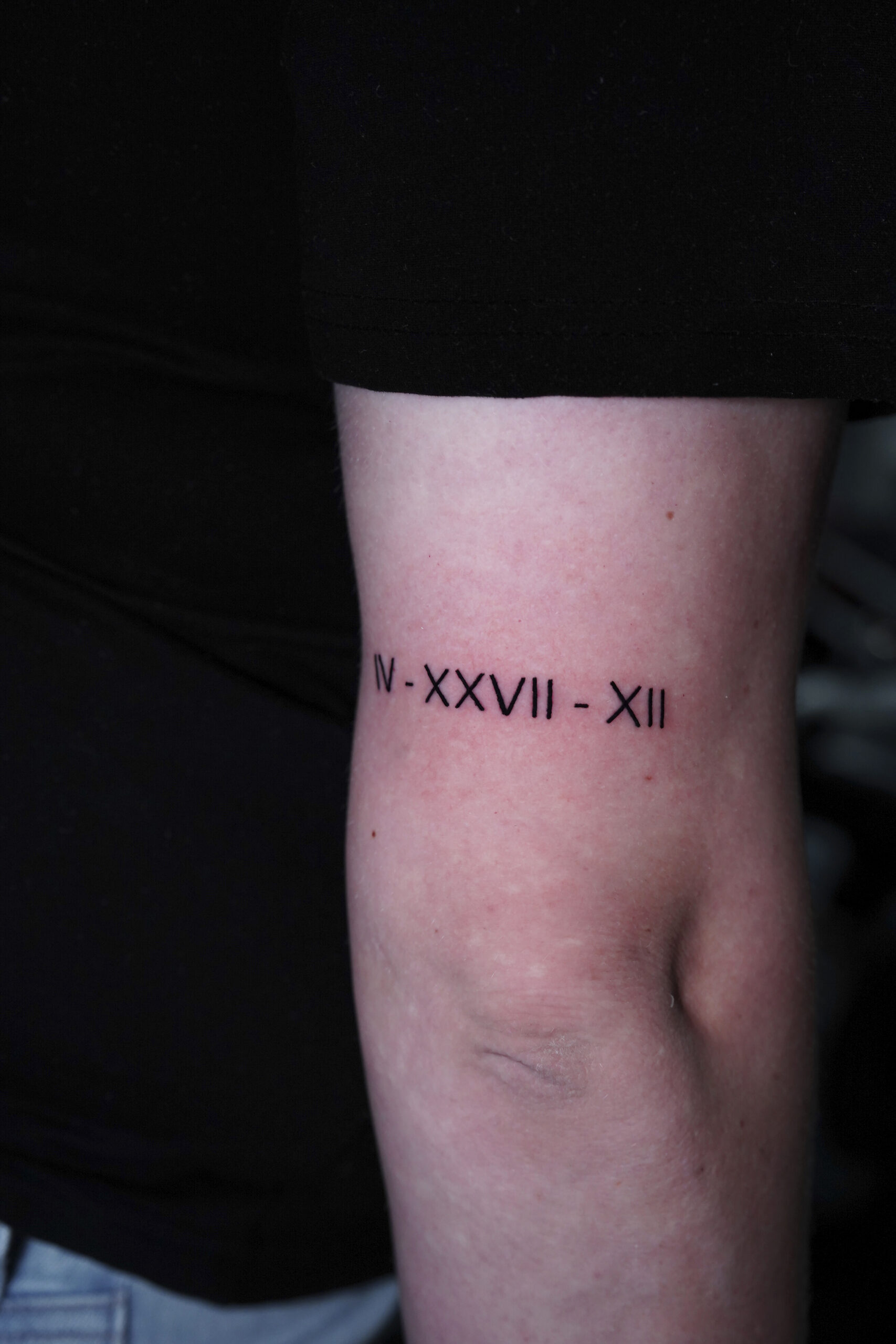Acquiring a new tattoo is an investment in body art; however, the longevity and aesthetic integrity of this investment are critically dependent upon meticulous aftercare during the initial healing phase. The period immediately following the tattoo procedure is paramount, as the skin is an open wound susceptible to various detrimental influences. Adherence to specific post-tattooing protocols is not merely advisable but essential to prevent complications such as infection, pigment loss, and scar tissue formation.
Comprehending and implementing these preventative measures forms the cornerstone of responsible tattoo ownership and the preservation of your artwork. This guide goes over eleven crucial practices and substances to avoid, ensuring your tattoo heals optimally and retains its intended vibrancy and clarity for years to come.

1. Avoid Direct Sun Exposure & Tanning
After getting a new tattoo, it’s imperative to avoid direct sunlight and tanning beds on the tattooed area. UV rays damage tattoos by breaking down ink pigments within your skin. This degradation process causes tattoos to fade, lose their vibrancy, and appear dull over time. Freshly tattooed skin is particularly vulnerable because it’s already irritated and inflamed from the tattooing process, making it more susceptible to sunburn and further damage.
To protect your new ink, you should avoid direct sun exposure for at least the first month, though ideally longer. For fresh ink, it might be best to keep it shielded for the remainder of the season. When you can’t avoid the sun, always cover the tattoo with loose-fitting clothing.
Once the tattoo has healed (not when it’s fresh and unhealed), apply a broad-spectrum sunscreen with an SPF of 30-50, and remember to reapply it every two hours, especially after swimming or sweating.
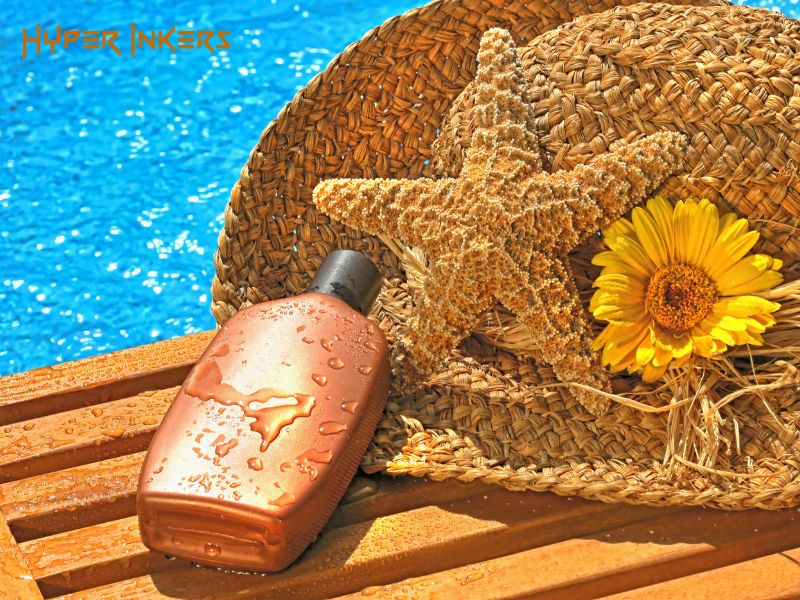
2. Avoid Submerging Your Tattoo in Water
It’s crucial to avoid submerging your new tattoo in water. This means staying out of bathtubs, hot tubs, swimming pools, lakes, and oceans. Even long showers should be avoided. The primary reason is that soaking your tattoo can introduce various bacteria into the open wound, significantly increasing the risk of infection. An infection can severely damage the healing process and ultimately compromise the design of your tattoo.
Saltwater is particularly harmful as it can leach ink from your tattoo because the saline nature of the water can draw out unsettled ink from the fresh wound through osmosis and cause irritation, potentially leading to a faded or patchy appearance.
You should avoid submerging the tattooed area for at least two weeks, though many artists recommend waiting a month or even longer, depending on your healing progress and the type of water. For ocean swimming, wait at least 4 weeks, and if you surf, plan for 6 weeks of healing time if the tattooed area will contact your board.
Short, lukewarm showers remain appropriate during healing, as long as you don’t directly soak the tattooed area for extended periods. When washing, use gentle, fragrance-free soap and pat (don’t rub) the area dry with a clean towel.
3. Avoid Excessive Sweating
Avoid activities that cause heavy sweating, including intense gym workouts, saunas, steam rooms, and any vigorous exercise that leads to profuse perspiration immediately after getting a tattoo, and for a significant portion of the initial healing period or at minimum, the first two weeks. Because excessive sweating is that the prolonged moisture can create a damp environment on your newly tattooed skin. These conditions are ideal for bacteria to thrive, potentially leading to an infection or interfering with the natural healing process.
If you must exercise, consider gentle, low-impact activities that won’t cause profuse sweating in the tattooed area; gently clean sweat from the tattoo as soon as possible and as directed by your tattoo artist.
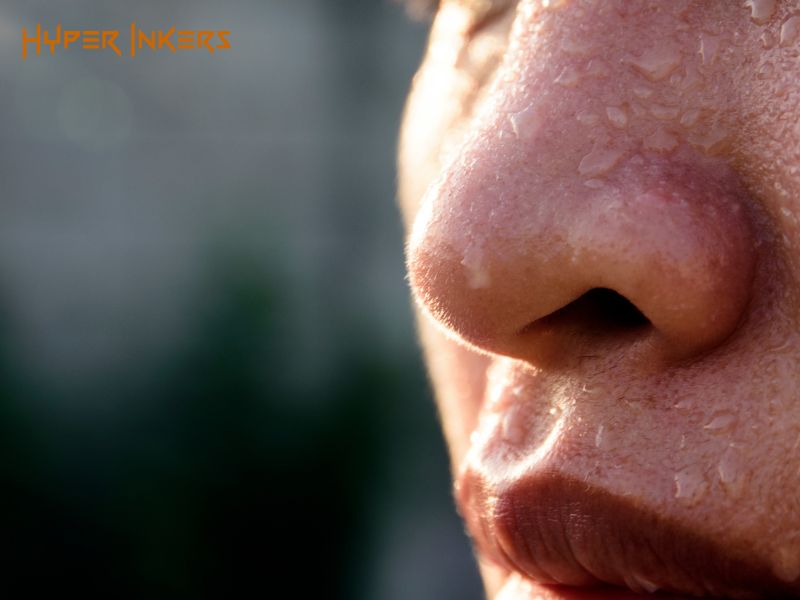
4. Avoid Picking or Scratching Your Tattoo
As your tattoo heals, it will itch – sometimes intensely. Resist the urge to touch, pick, or scratch your tattooed area, no matter how itchy it becomes. Itchiness is a completely normal part of the tattoo healing process, especially as scabs begin to form and the skin starts to peel. However, succumbing to the itch by picking or scratching can have detrimental effects. These include prematurely pulling out ink, which can lead to a patchy or faded tattoo. It can also cause scarring, permanently altering the skin’s texture over your design.
Furthermore, your fingernails can introduce bacteria into the healing wound, increasing the risk of infection and interfering with proper healing. If the itchiness is bothersome, gently patting the area can sometimes provide relief. Keeping the area appropriately moisturized, as per your artist’s advice, can also help alleviate some of the dryness and itching.
5. Avoid Wearing Tight Clothing Over the Tattoo
When your tattoo is new and healing, avoid wearing tight-fitted clothing that covers the tattooed area. Tight clothes can rub and chafe against the sensitive, healing skin. This constant friction can cause irritation, potentially dislodge scabs prematurely, and negatively affect the healing process.
Moreover, tight clothing restricts airflow to the tattoo, which is essential for it to breathe and heal properly. Instead, opt for loose, comfortable, and breathable fabrics that won’t cling to or irritate your new ink, while also protecting the area from external contaminants
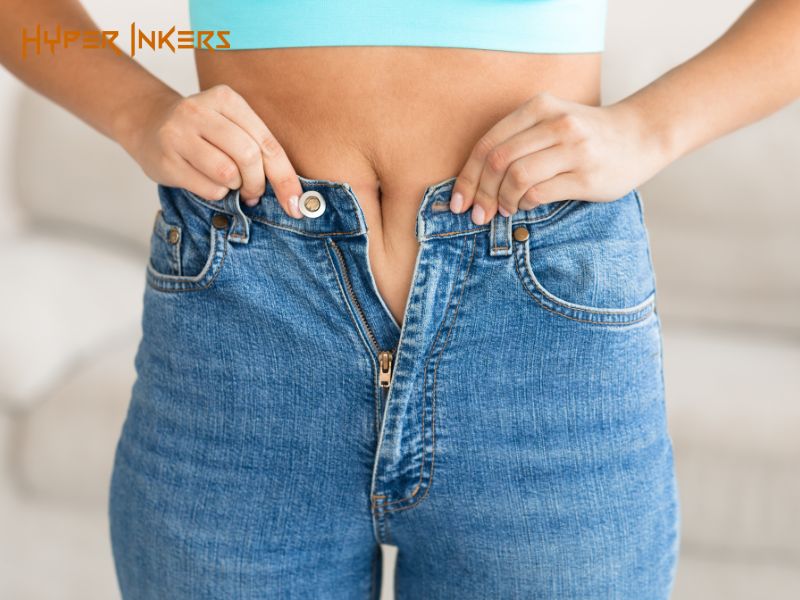
6. Avoid Shaving the Tattooed Area
It is crucial to refrain from any form of hair removal on the skin bearing your fresh tattoo until the healing process is fully complete. Attempting to shave this delicate skin, particularly during the vital scabbing or flaking stages, presents a substantial risk. A razor blade can easily snag or tear away the protective crusts or the vulnerable new skin, which can re-traumatize the site, potentially resulting in compromised ink retention, permanent scarring, and interference with proper skin regeneration, significantly elevating the likelihood of infection.
Consequently, it is highly recommended to postpone grooming the tattooed region for approximately one month, or until all epidermal shedding has naturally subsided and the skin’s surface texture feels smooth and integrated.
7. Avoid Excessive Alcohol Consumption Immediately After Getting Inked
It is strongly advised to refrain from consuming excessive amounts of alcohol for at least the initial 48 hours following your tattooing procedure. Alcohol consumption induces systemic dehydration, a condition that significantly impairs dermal healing and the overall recovery process.
Furthermore, the anticoagulant properties of alcohol, which can linger for up to 48 hours post-ingestion, promote increased fluid excretion by your body. This consequence directly impedes healthy scab development, prolongs the healing timeline, and increases your risk of infection. Consequently, instead of reaching for alcoholic beverages, prioritize robust hydration by consuming ample water to actively support your body’s intrinsic restorative functions and facilitate optimal skin regeneration.

8. Avoid 100% Petroleum Jelly Products
During the initial healing phase of your tattoo, you should avoid using products that are 100% petroleum jelly, such as original Vaseline. While petroleum jelly is known for creating a barrier on the skin, this is precisely why it’s not ideal for new tattoos. Thick products, like vaseline can trap too much moisture against the wound and, prevent the essential airflow needed for proper healing. This suffocating environment can slow down healing and potentially cause the ink to look blurred or faded over time.
Instead, opt for tattoo artist-recommended ointments or lotions, or products like Aquaphor (which is not pure petroleum jelly and allows more breathability), as these are generally formulated to be safer and more conducive to the tattoo healing process.
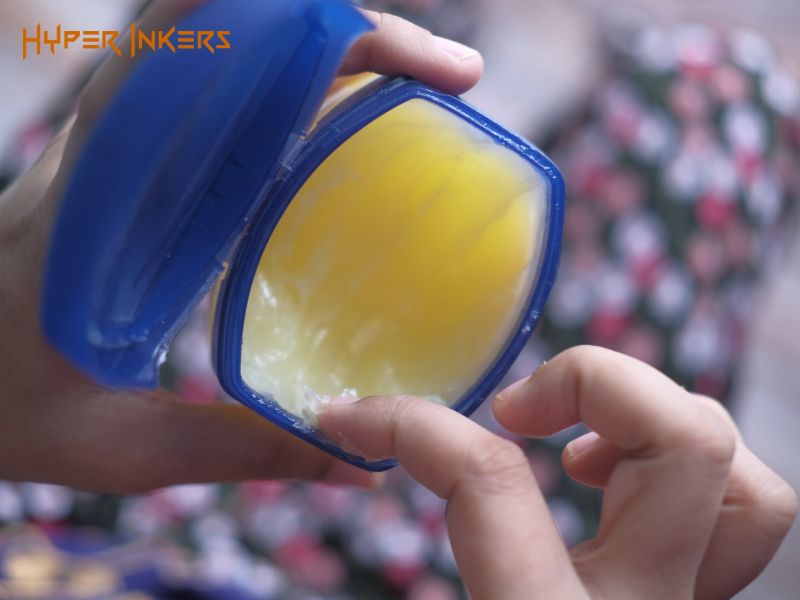
9. Avoid Medicated Ointments (Unless Directed by Doctor)
Steer clear of applying over-the-counter medicated ointments like Neosporin, Polysporin, or general burn ointments on your new tattoo, unless specifically directed by a doctor for signs of an infection.
While these products are designed to treat minor wounds, some ingredients commonly found in standard medicated ointments are thought to be too harsh for healing tattoos. They might potentially strip the ink from the skin or cause allergic reactions, which could manifest as rashes or bumps, ultimately messing up the tattoo’s appearance and leading to fading. Always use only the aftercare products specifically recommended by your tattoo artist or a healthcare professional if a complication arises.
10. Avoid Over-Moisturizing
While keeping your new tattoo appropriately moisturized is a key part of aftercare, it’s equally important to avoid over-moisturizing. This means not slathering on excessive amounts of moisturizer or using very thick, non-breathable creams that just sit on the skin’s surface. Applying too much product can make the wound overly damp, clog pores, suffocate the skin, delay healing, and create a breeding ground for bacteria, potentially leading to infection. The goal is to keep the tattoo hydrated, not wet.
It’s best to apply a very thin layer of your artist-recommended moisturizer several times a day, just enough to keep the skin from becoming too dry.
To fully understand the risks to your new ink, read our detailed guide on why you should not drink alcohol after getting a tattoo.
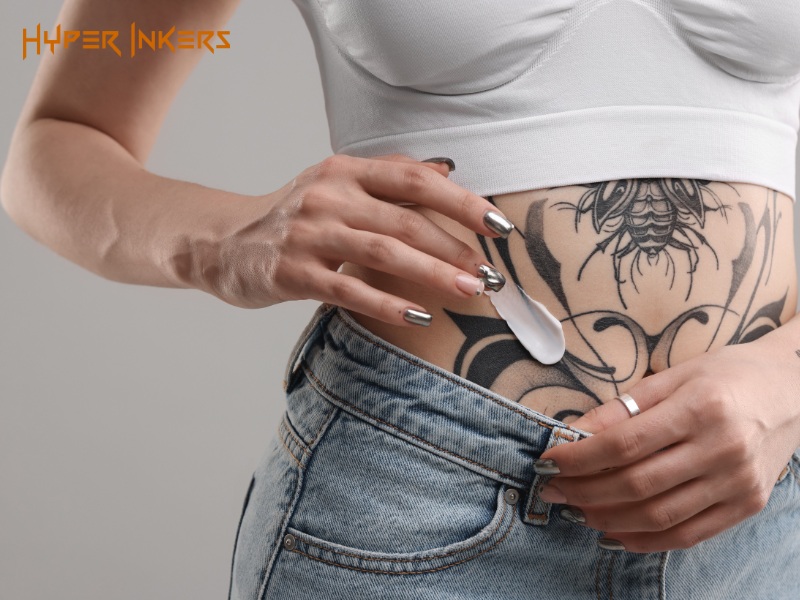
11. Listen to your artist’s advice
Above all, it’s crucial to listen to and follow the specific aftercare instructions provided by your tattoo artist. They are the expert on their work and understand the nuances of how their tattoos heal best. Your artist will give you tailored recommendations regarding how long to keep the initial covering on, the preferred washing schedule, and which specific cleansing and moisturizing products to use for your new tattoo. If you have any doubts or questions about something not explicitly covered in their instructions, don’t hesitate to ask them directly. Their guidance is paramount for a beautifully healed tattoo.
Now that you know what to avoid, see how these rules fit into the bigger picture. Our complete tattoo healing process guide walks you through what to expect week by week, from the initial swelling to the final peel.
FAQ
When to Seek Professional Help?
Seek professional help from a doctor if you notice signs of infection such as excessive redness that spreads, swelling, pus or discharge (especially if it’s yellow or green), foul odor, prolonged pain, or fever. Also, consult a doctor if you suspect an allergic reaction.
What damages tattoos the most?
The sun (UV exposure) is one of the biggest culprits for damaging tattoos over time, causing fading and loss of clarity. Picking at scabs, infections, and improper healing due to neglecting aftercare instructions also significantly damage tattoos.
What should not eat after a tattoo?
There aren’t specific foods universally banned after getting a tattoo. However, maintaining a healthy diet rich in vitamins and staying well-hydrated can support your body’s healing process. Some advise avoiding excessive amounts of sugary or processed foods that might promote inflammation, but this is general health advice rather than tattoo-specific.
Can I apply ice after getting a tattoo?
Yes, you can apply ice a new tattoo to reduce swelling and discomfort after getting a tattoo, but wrap it in a clean cloth and avoid direct contact with the tattoo.
Following the proper steps for taking care of a fresh tattoo, particularly avoiding the detrimental practices outlined, is fundamental to achieving a well-healed tattoo that maintains its artistic integrity. By shielding your new tattoo from sun exposure, refraining from water submersion, minimizing perspiration, resisting the urge to pick or scratch, and following all specific instructions provided by your tattoo artist, you actively contribute to an optimal healing environment. These preventive measures are not suggestions but crucial steps in protecting your investment and ensuring the long-term vibrancy and clarity of your body art. Responsible aftercare is the final, critical stage of the tattooing process, a journey that begins with choosing the right tattoo shop in San Antonio to ensure professional work and guidance from the start.


